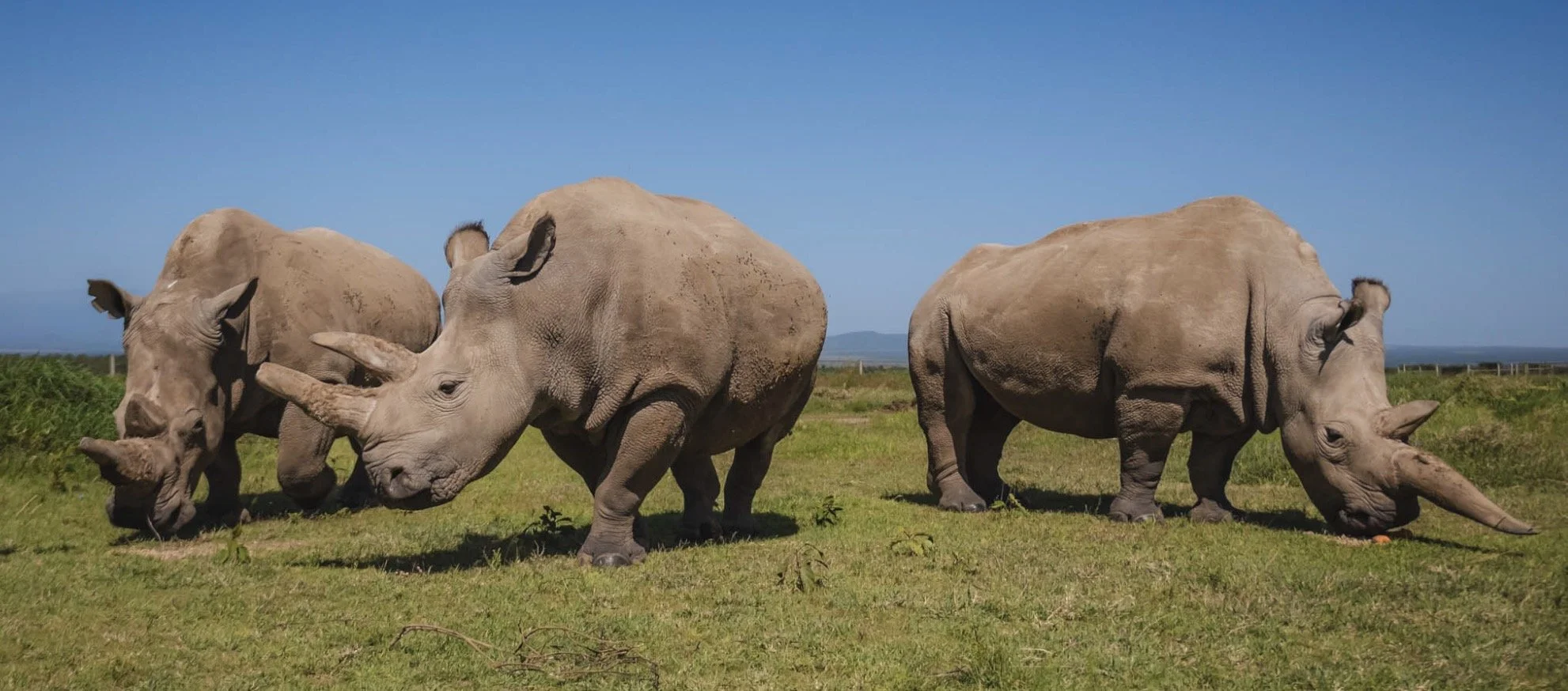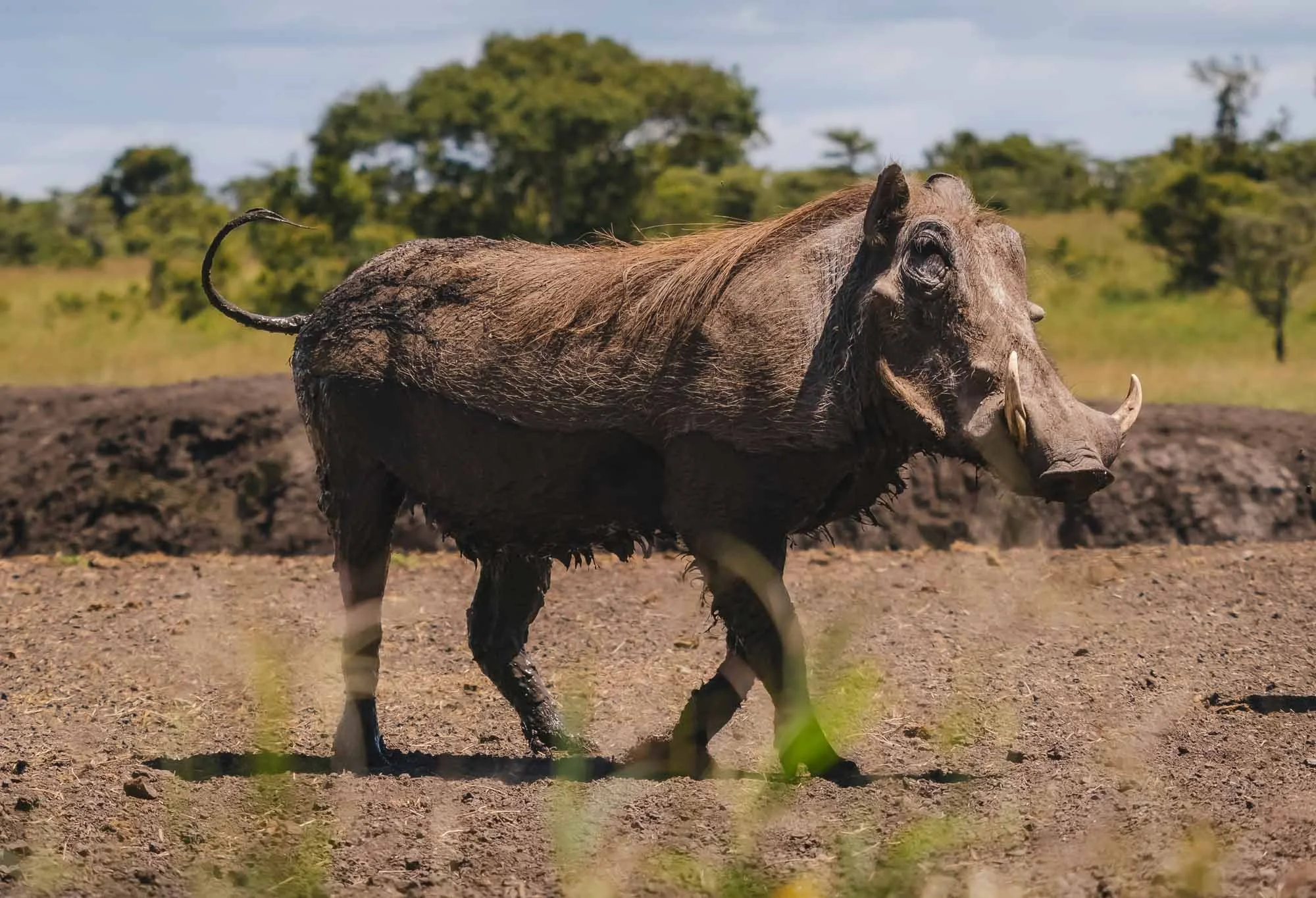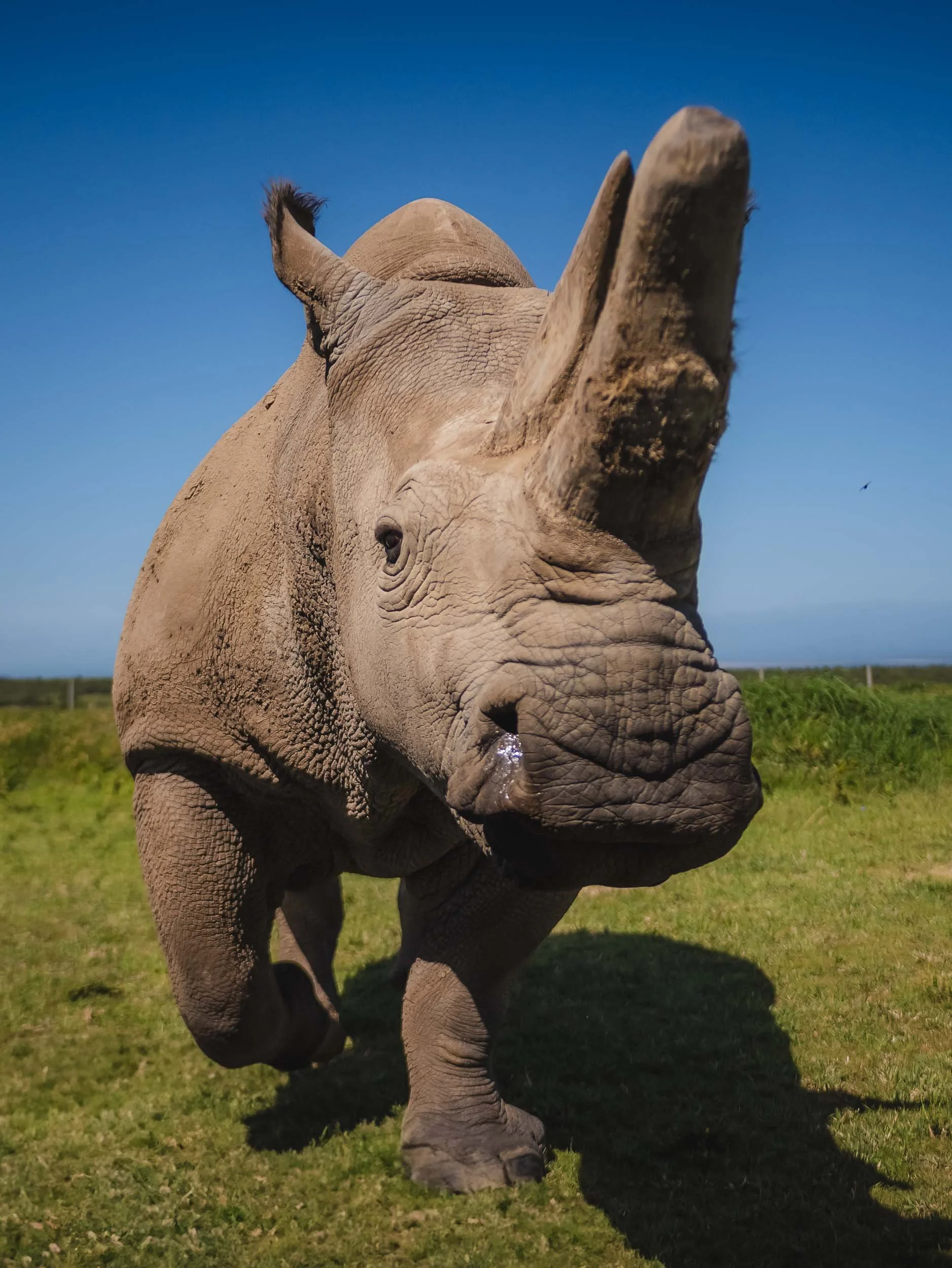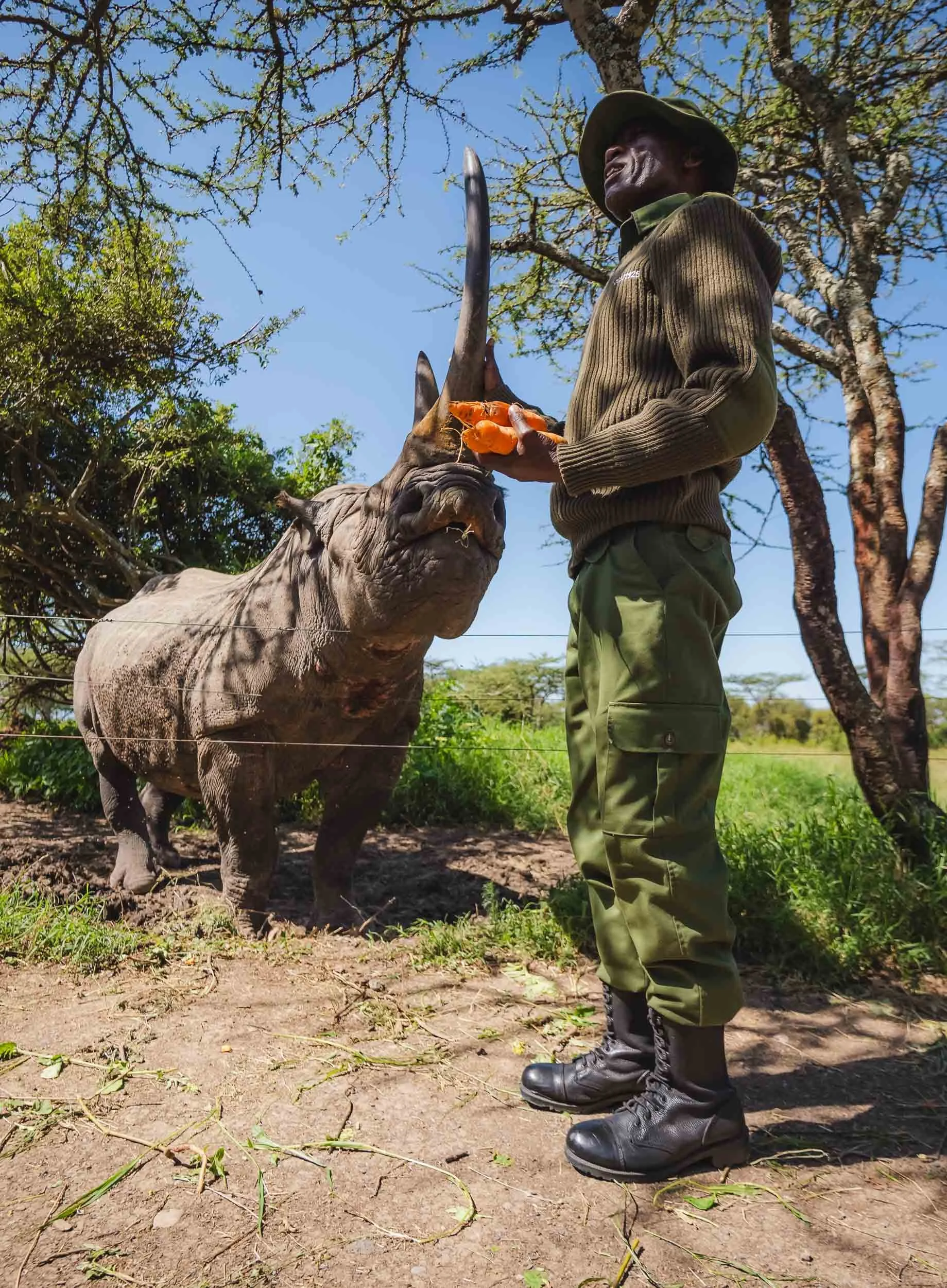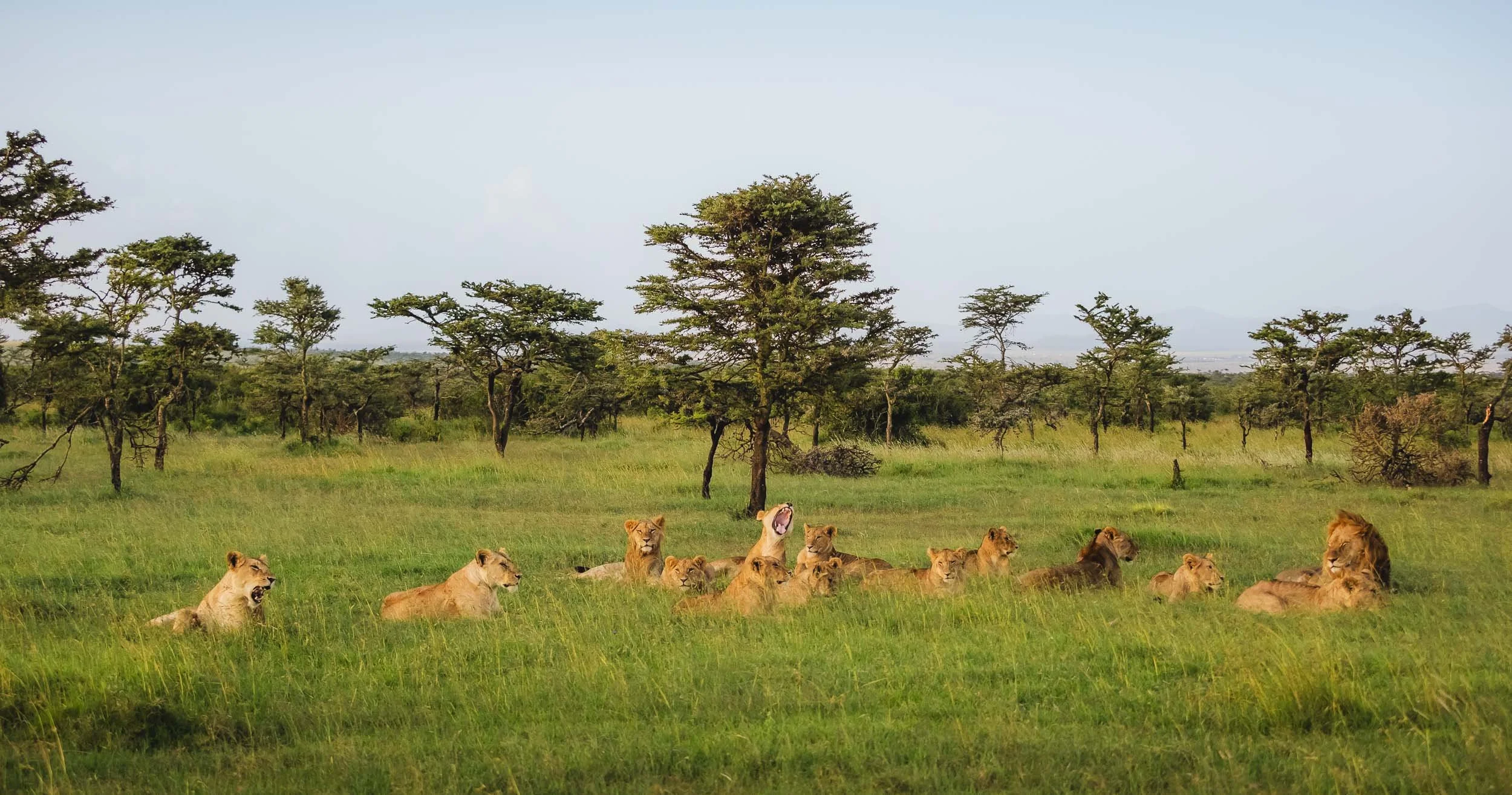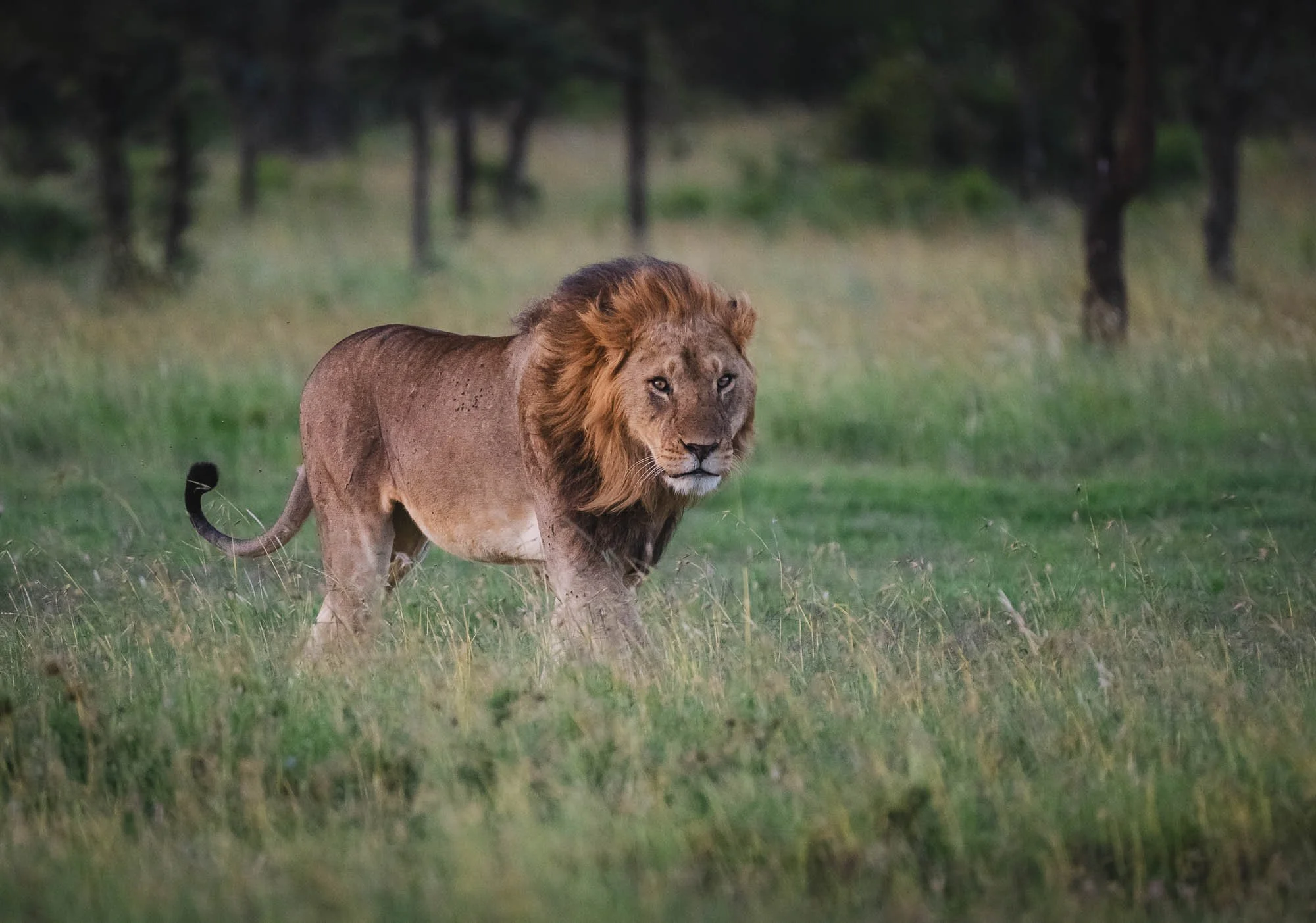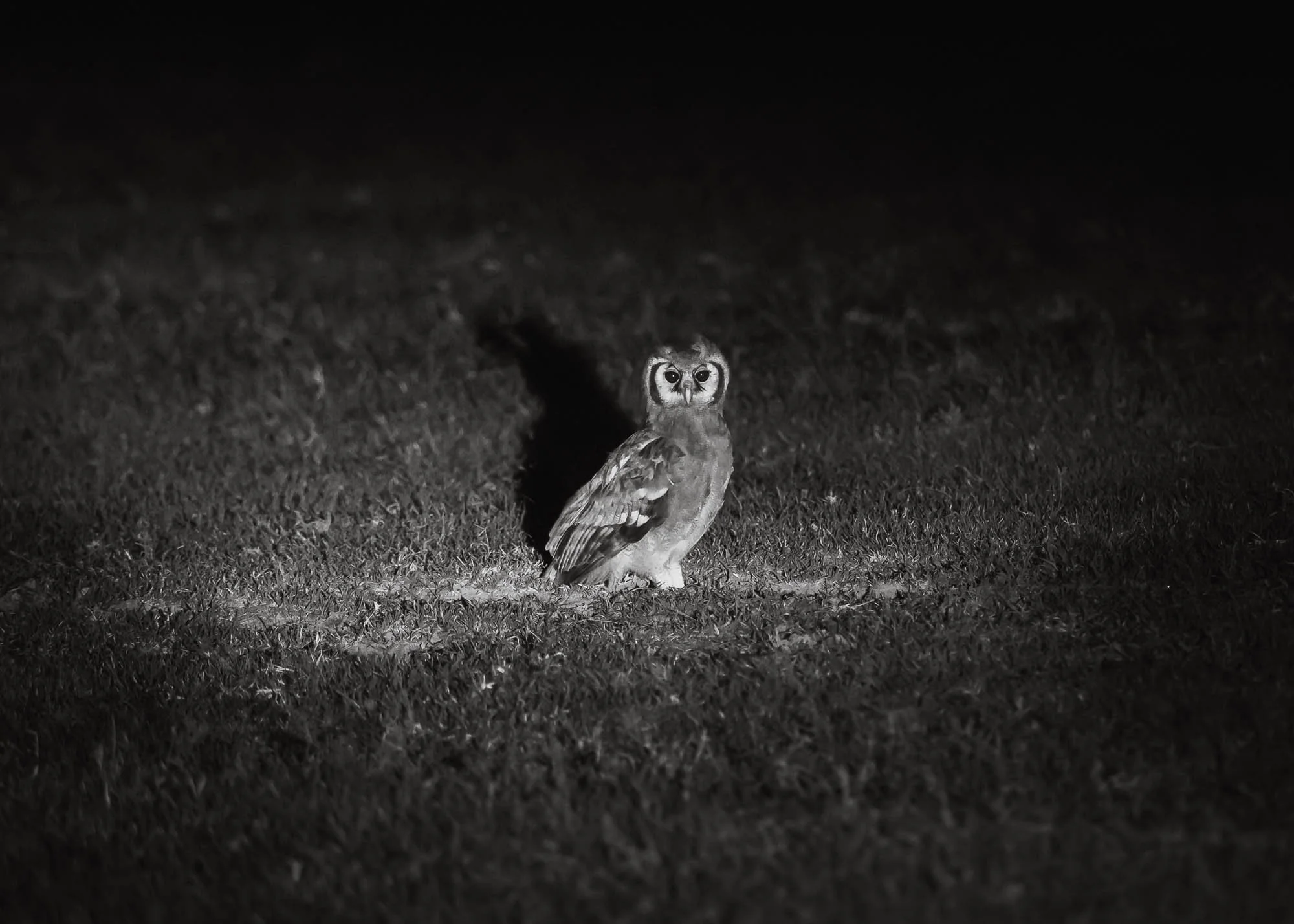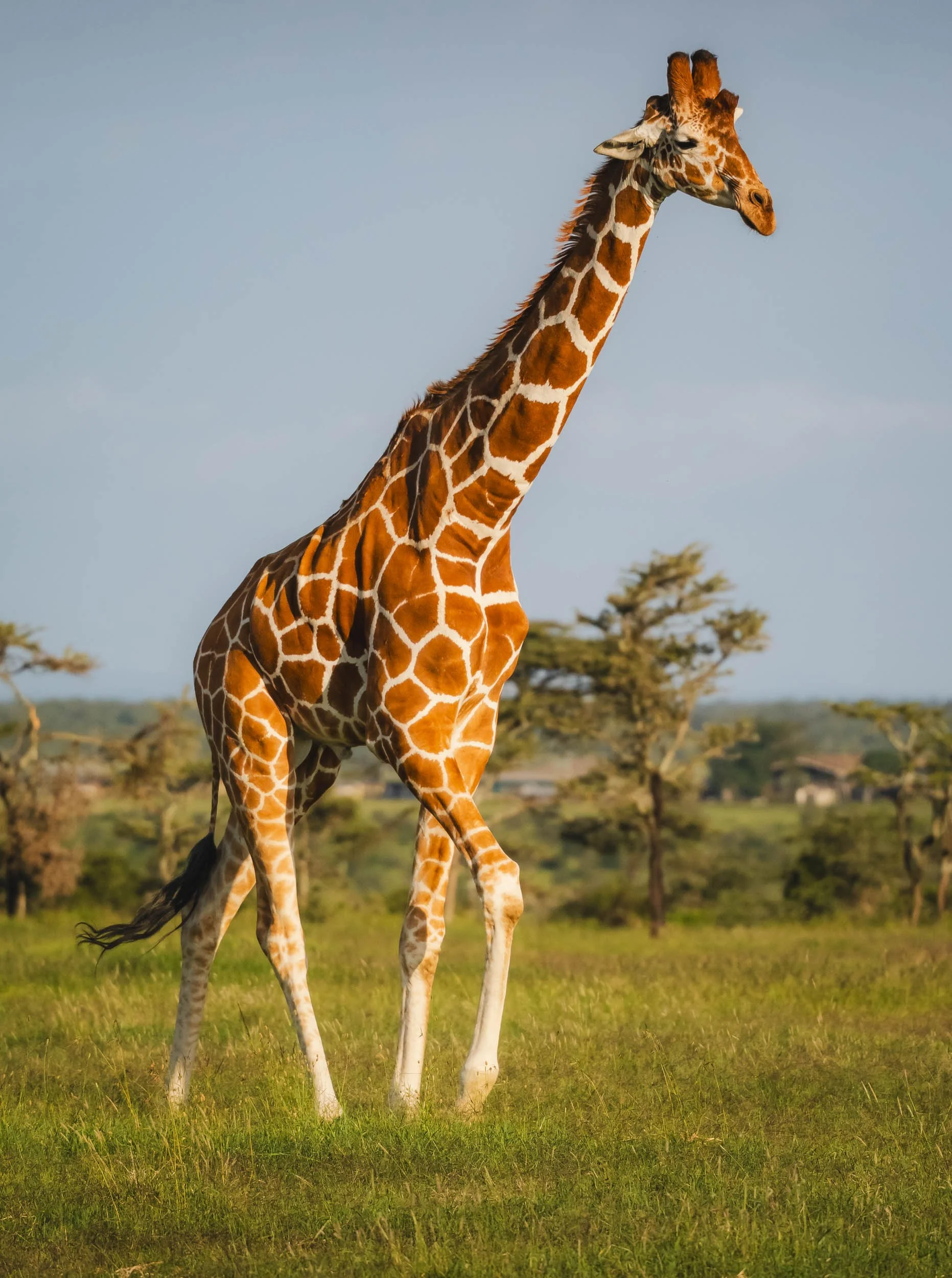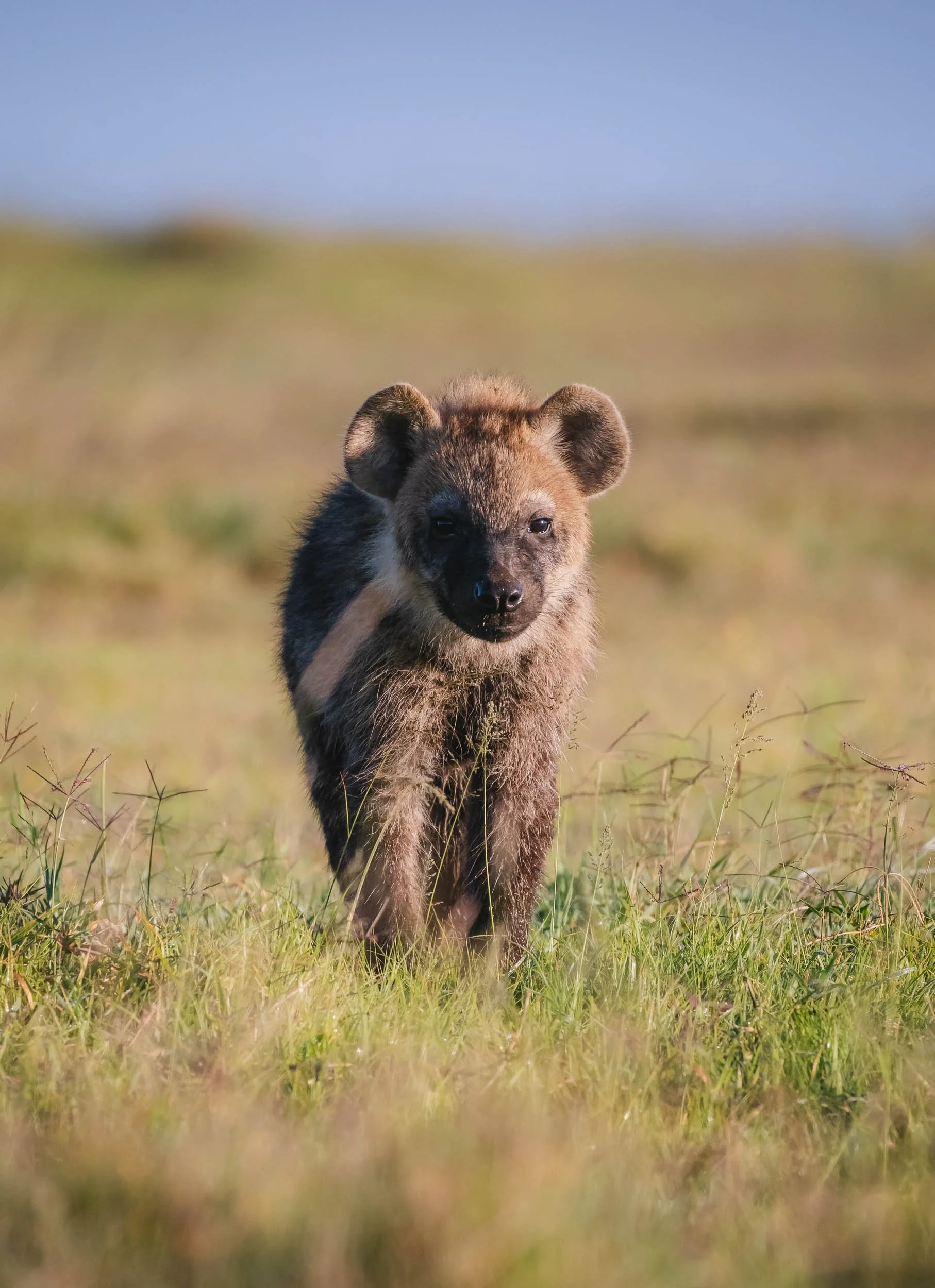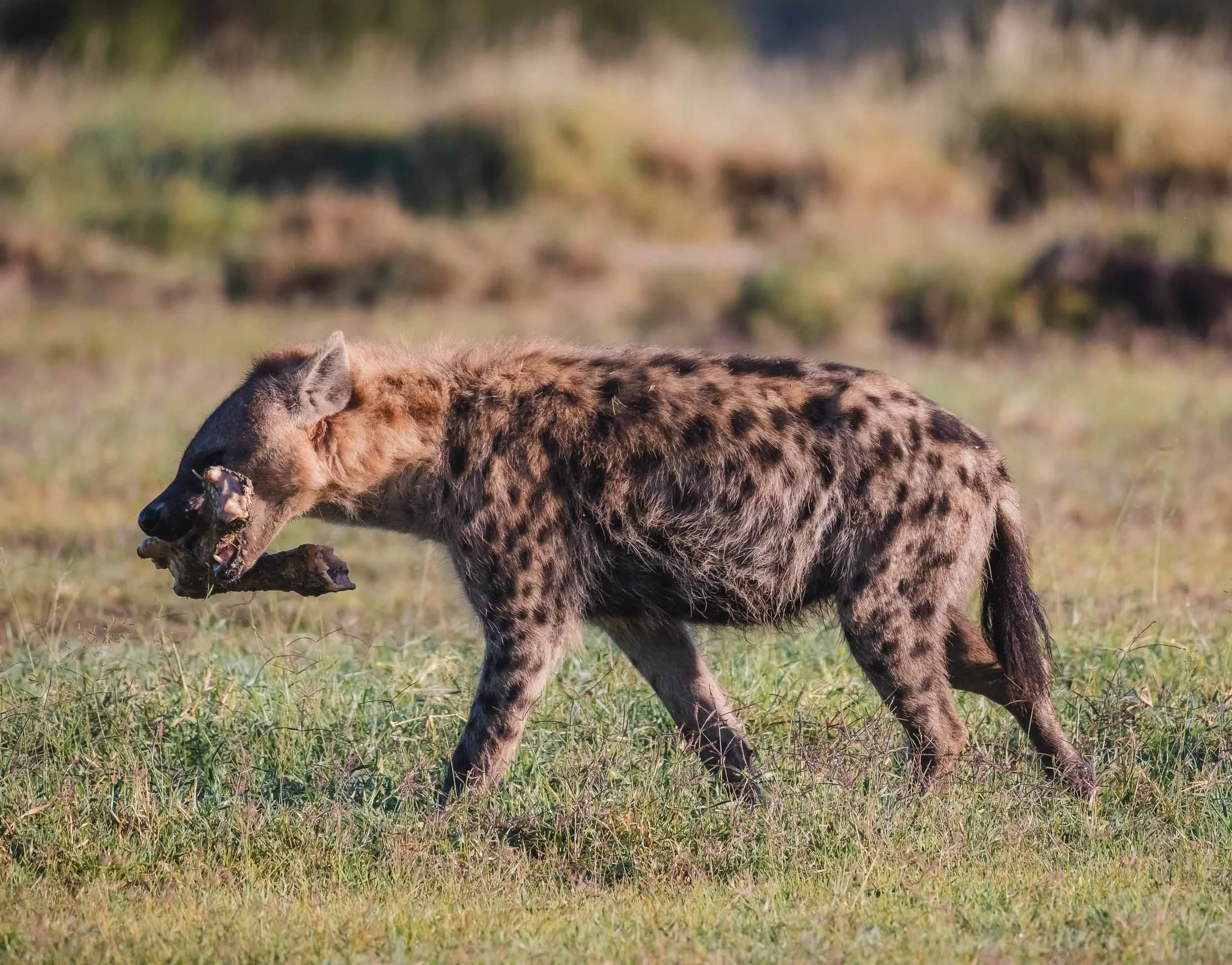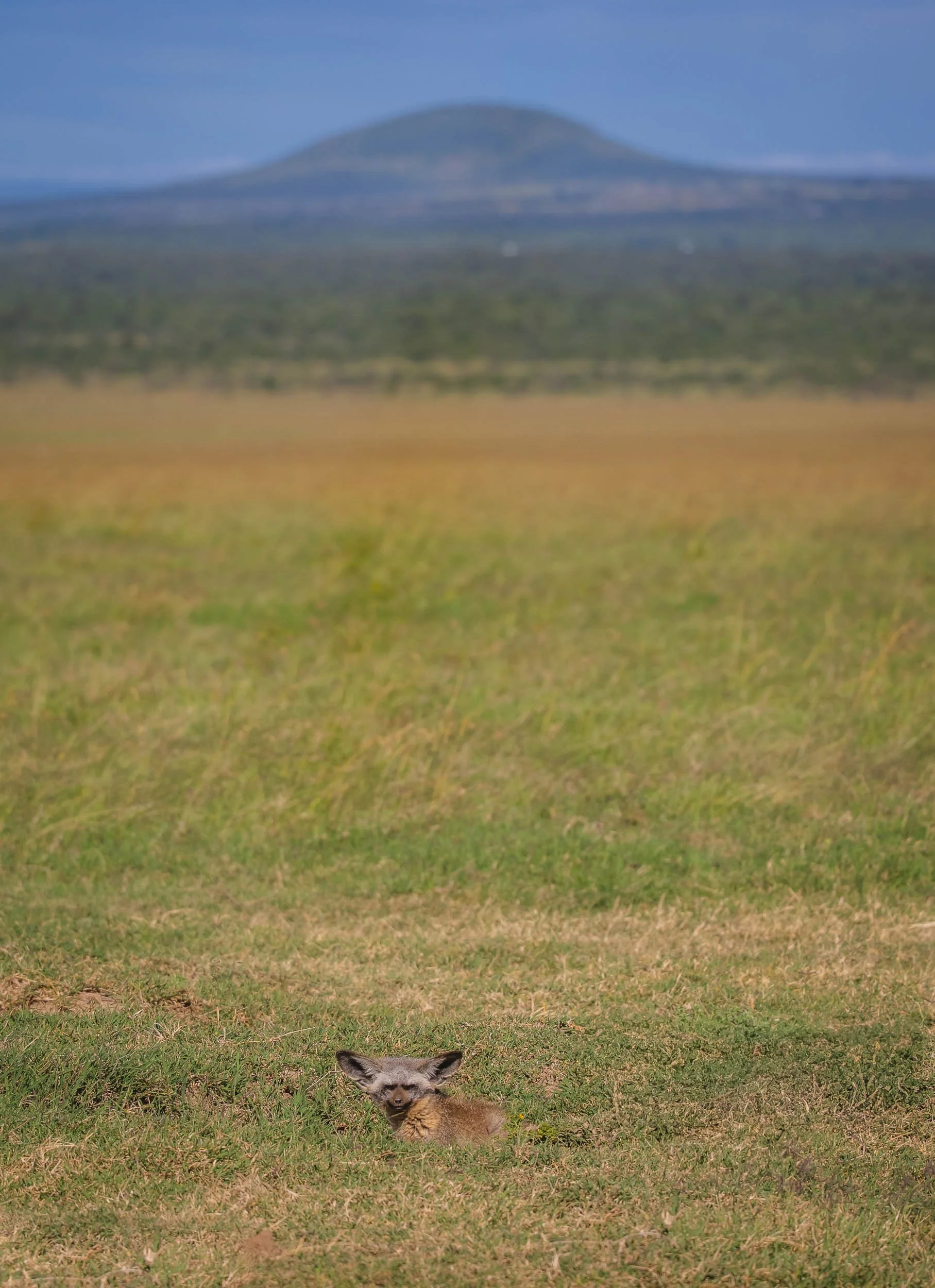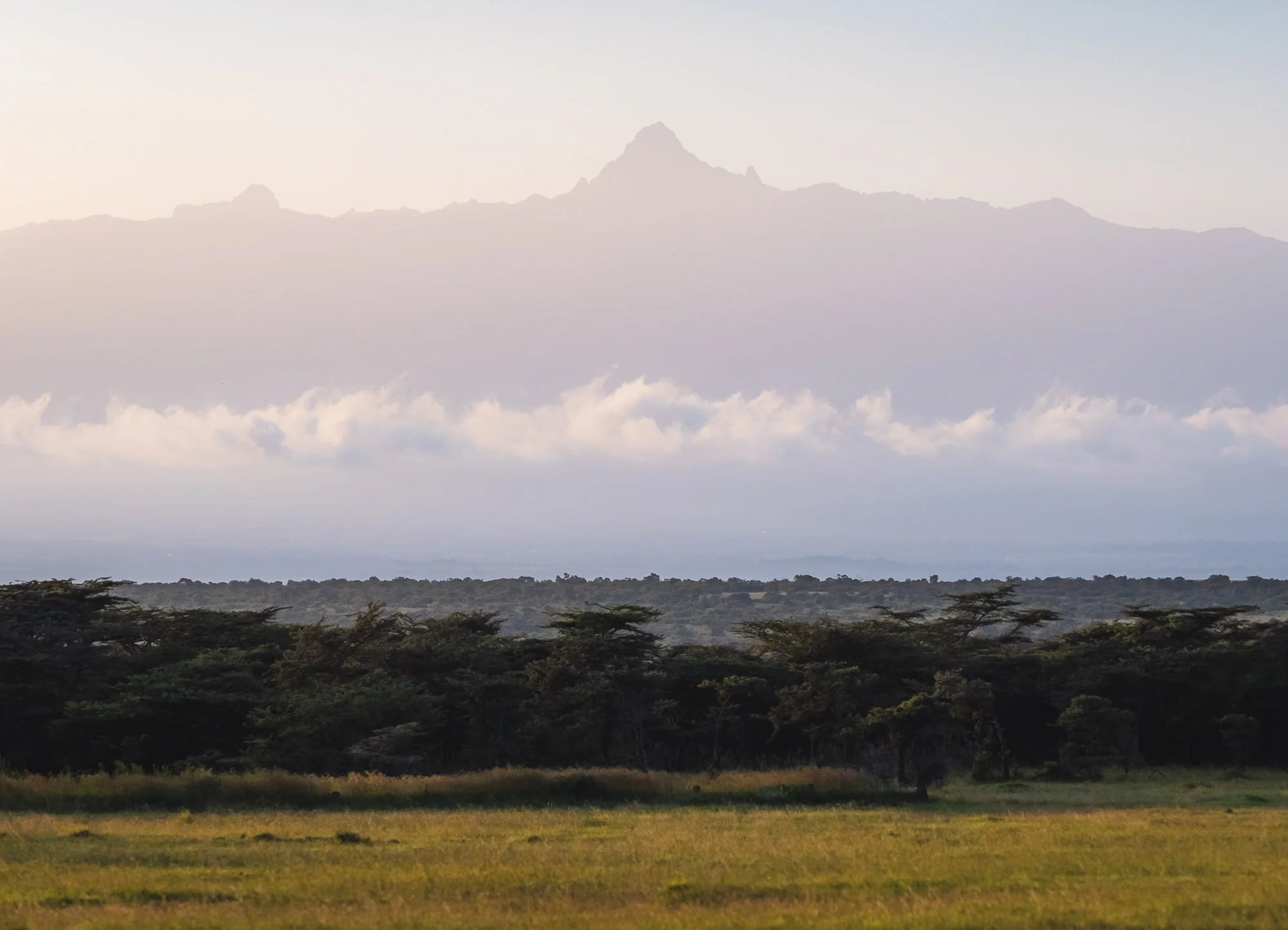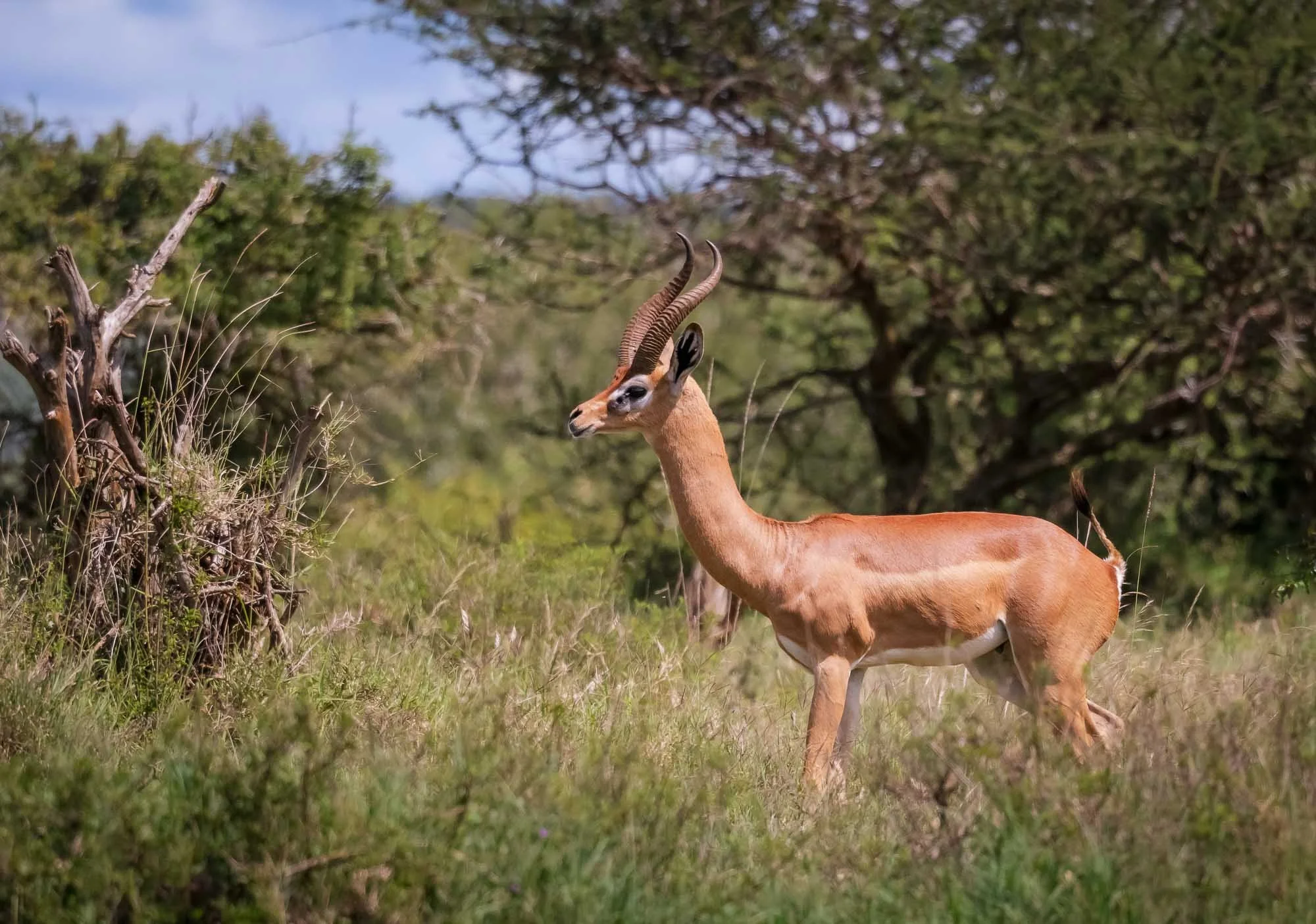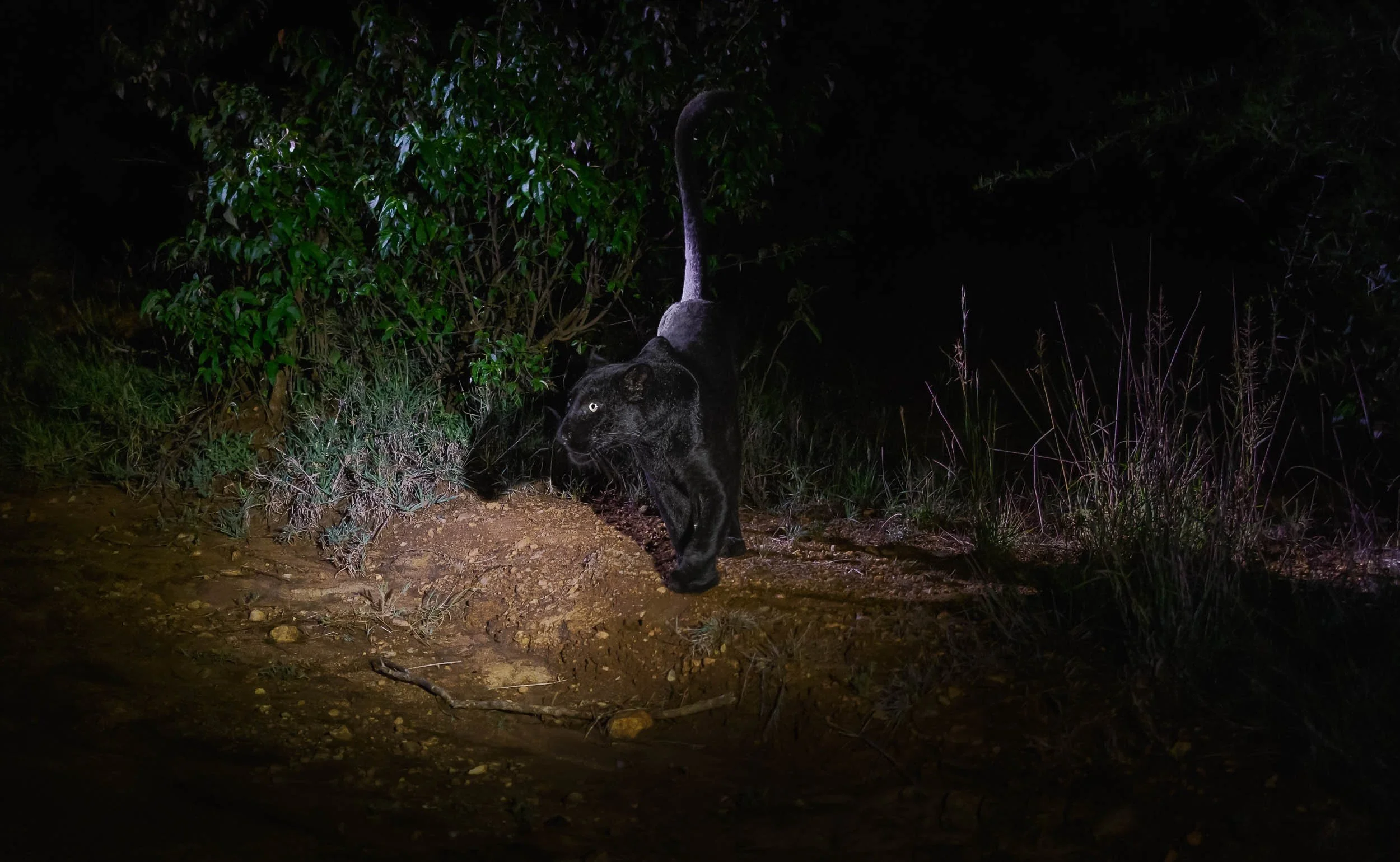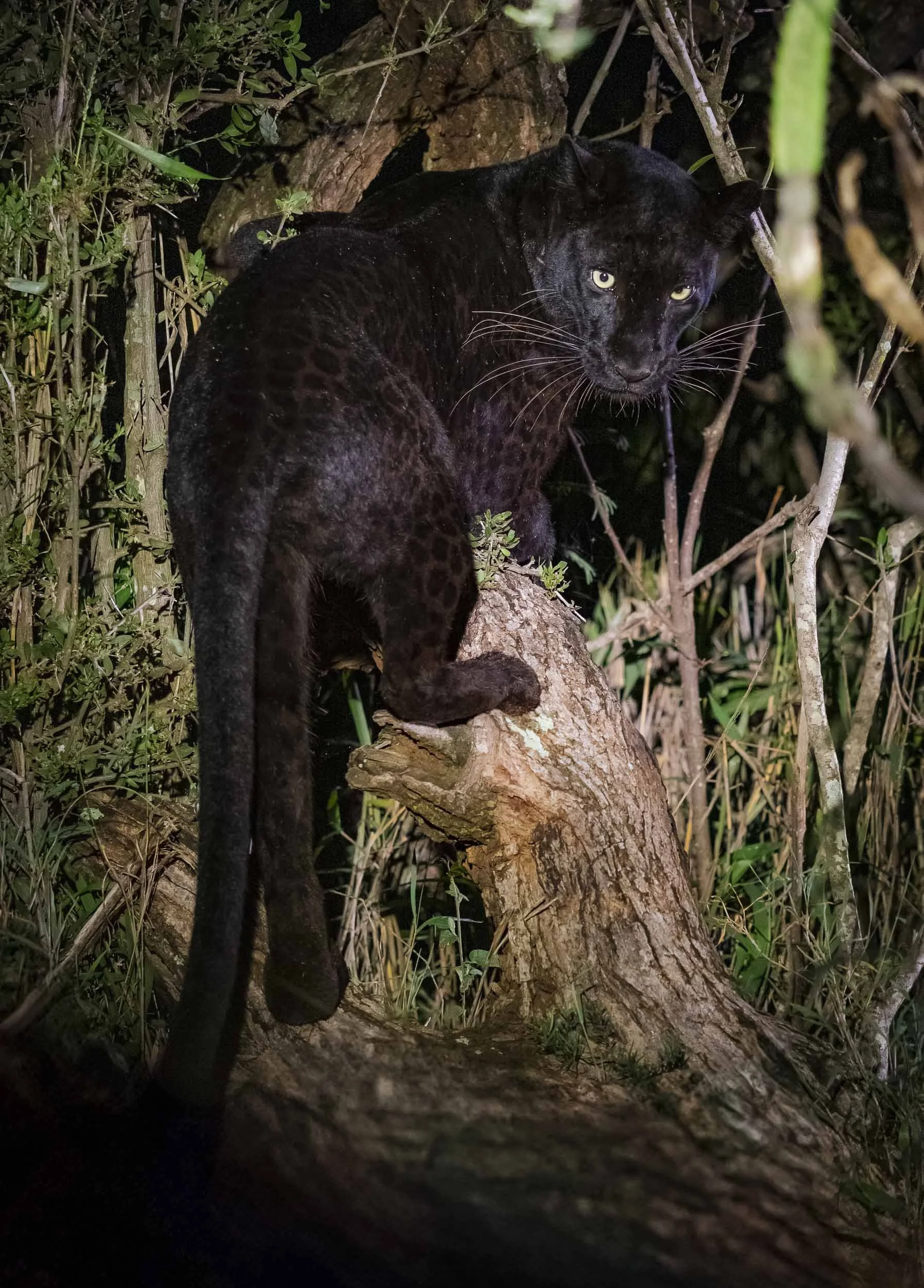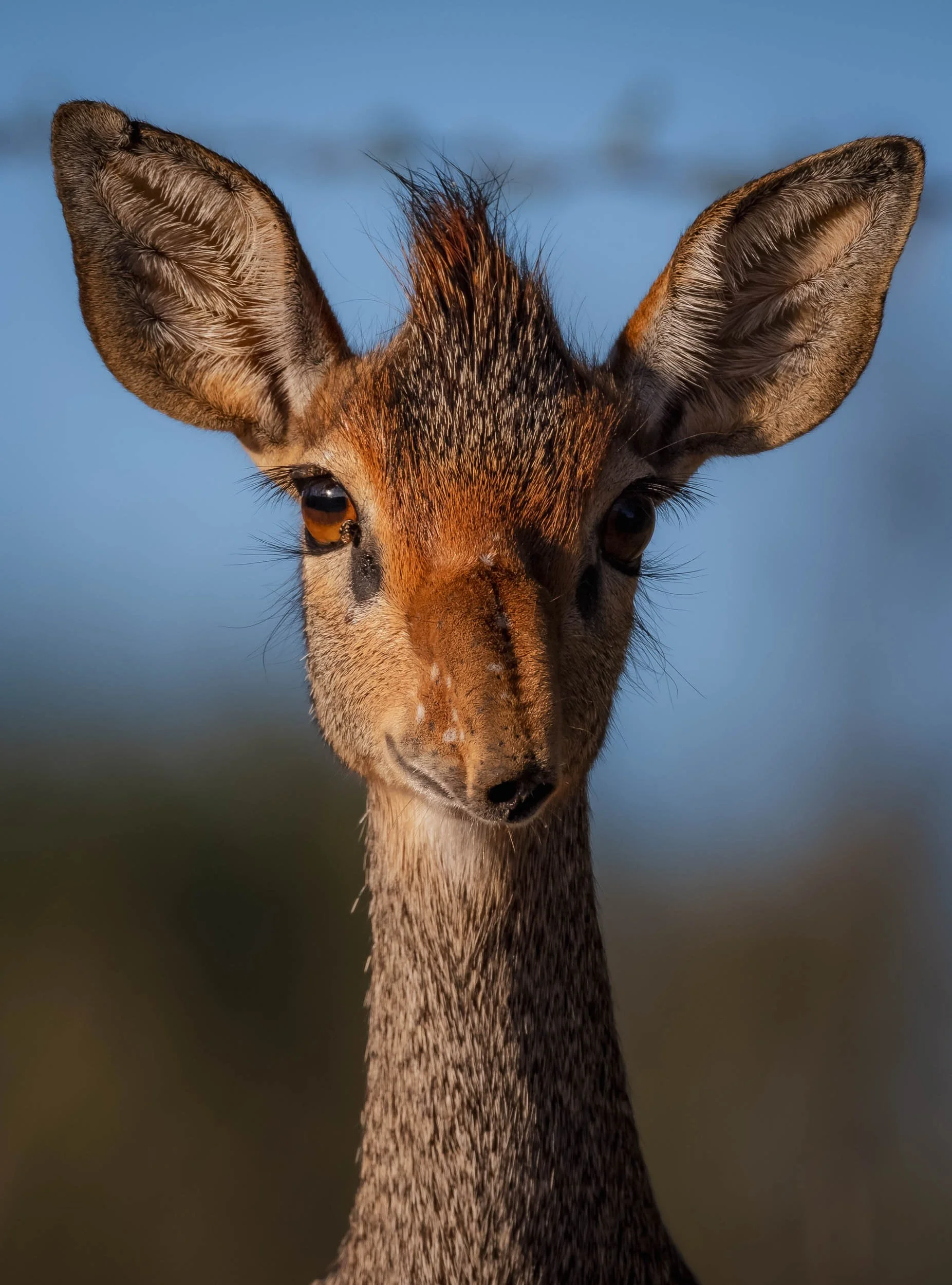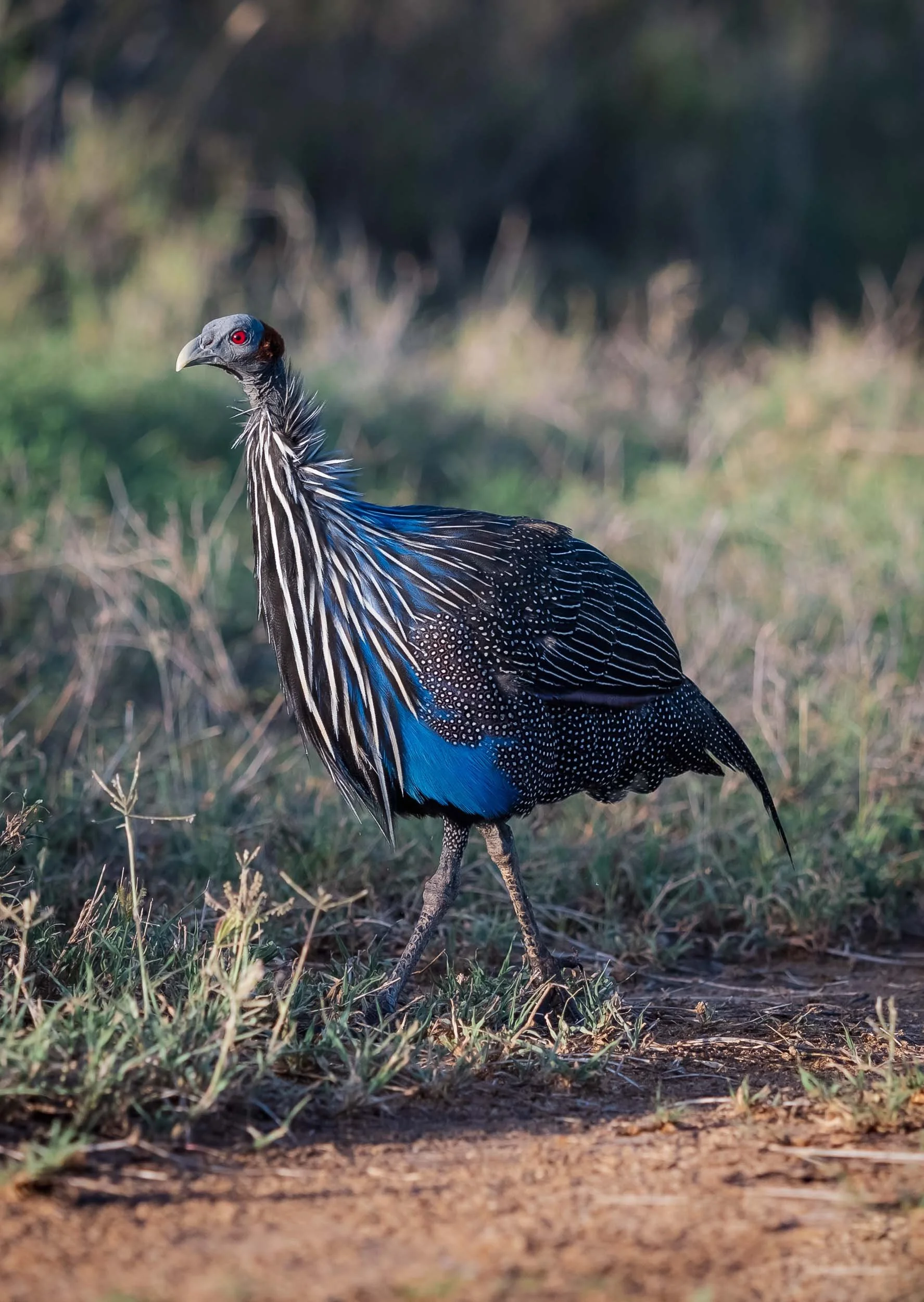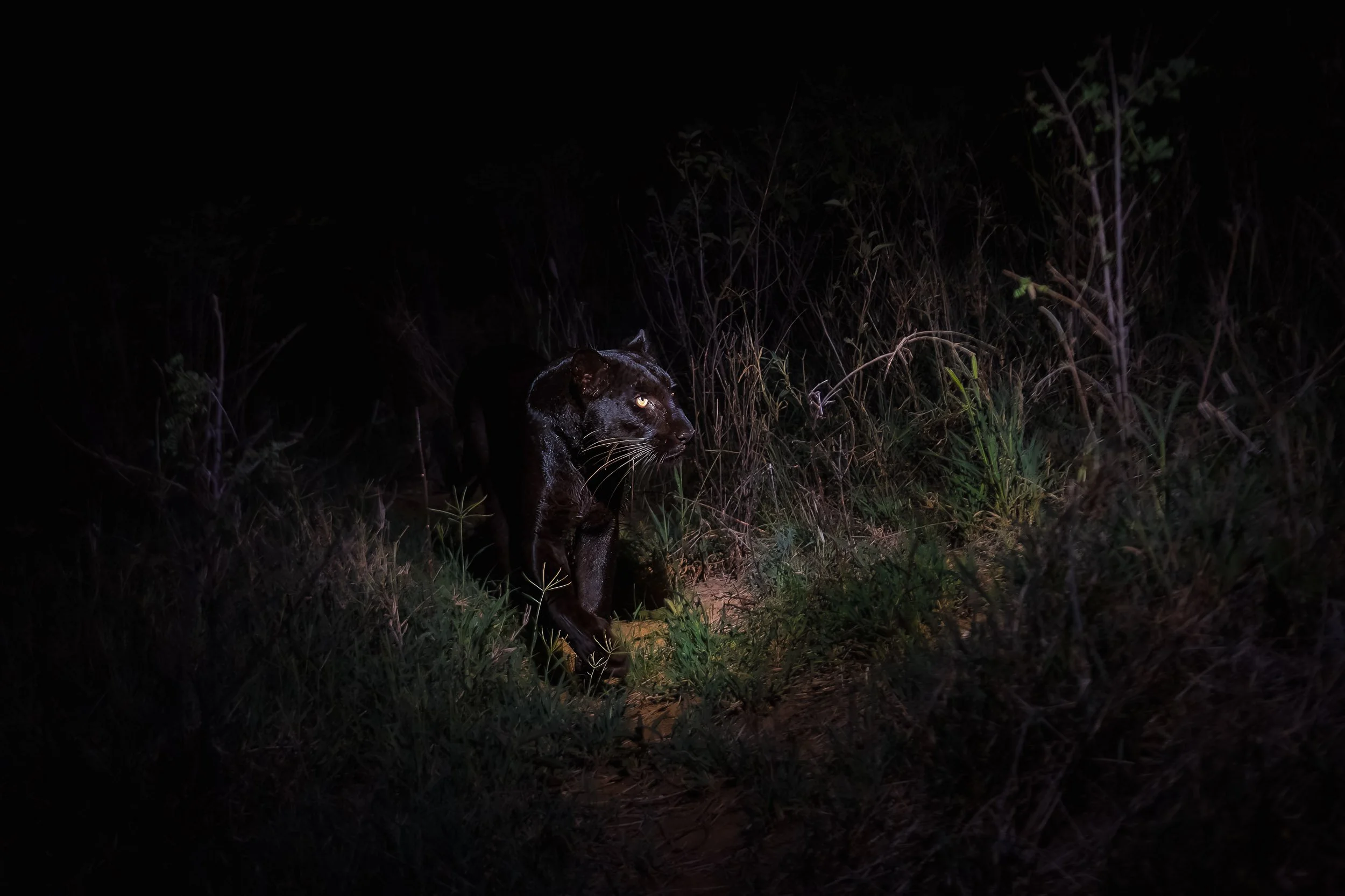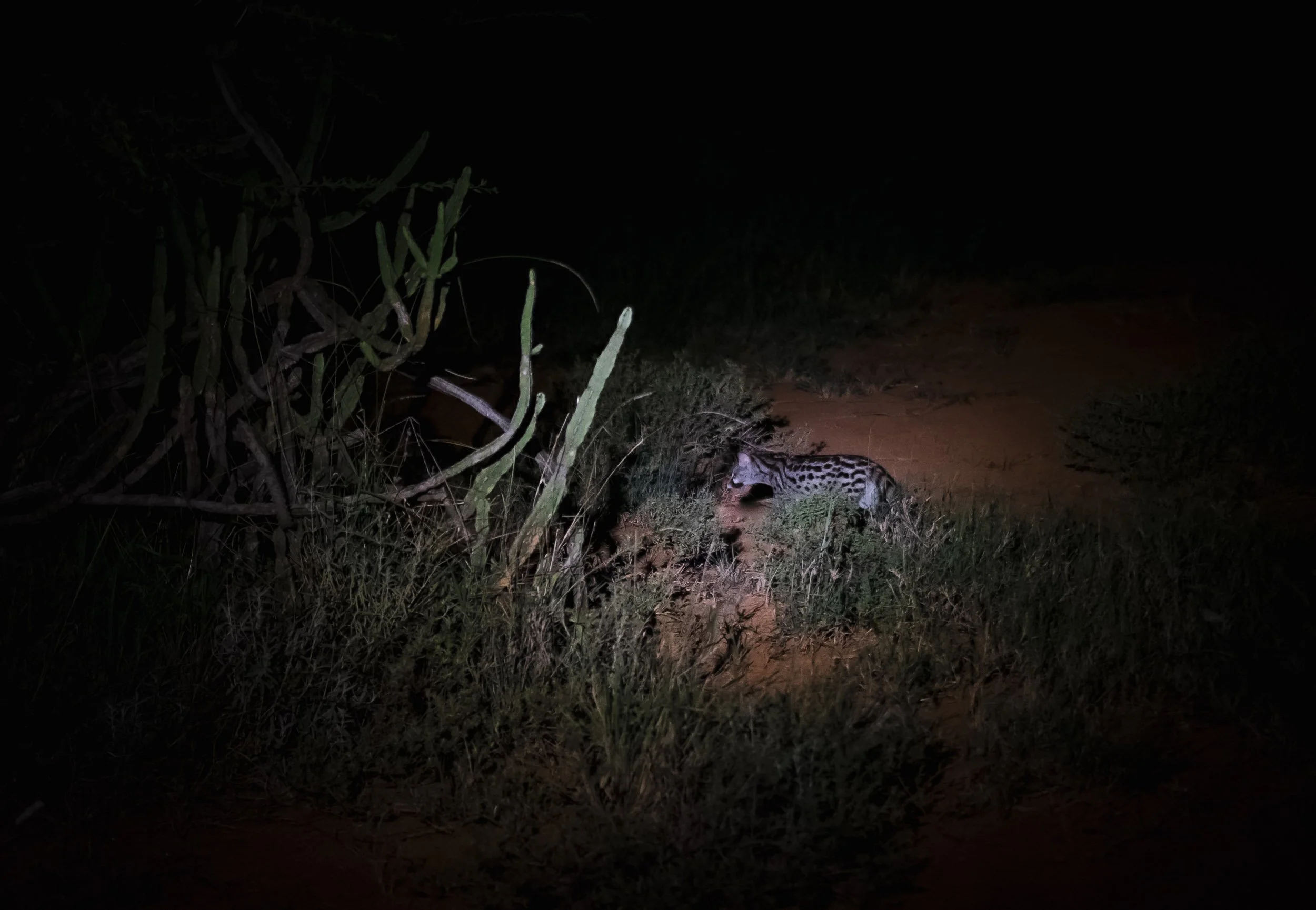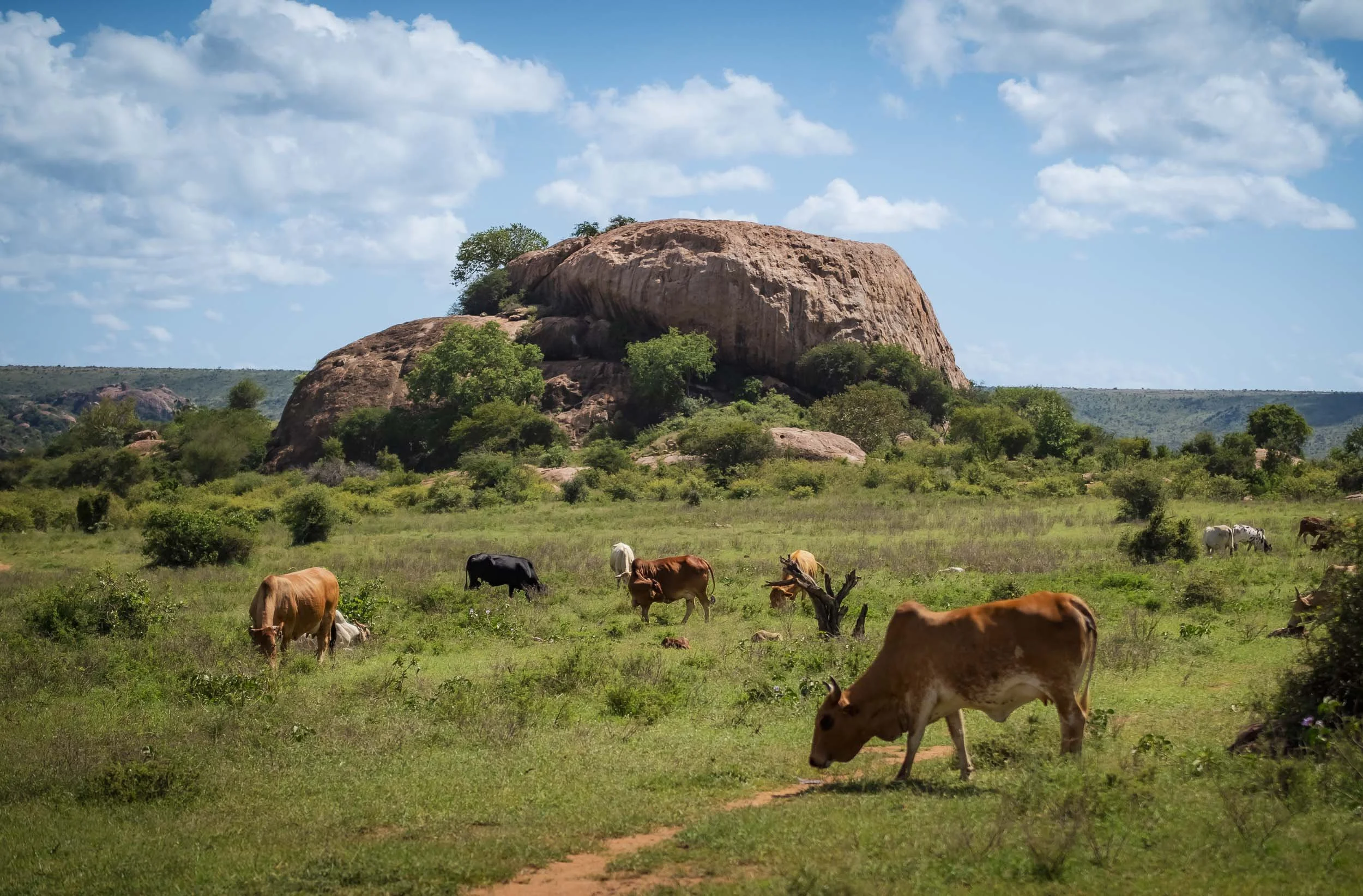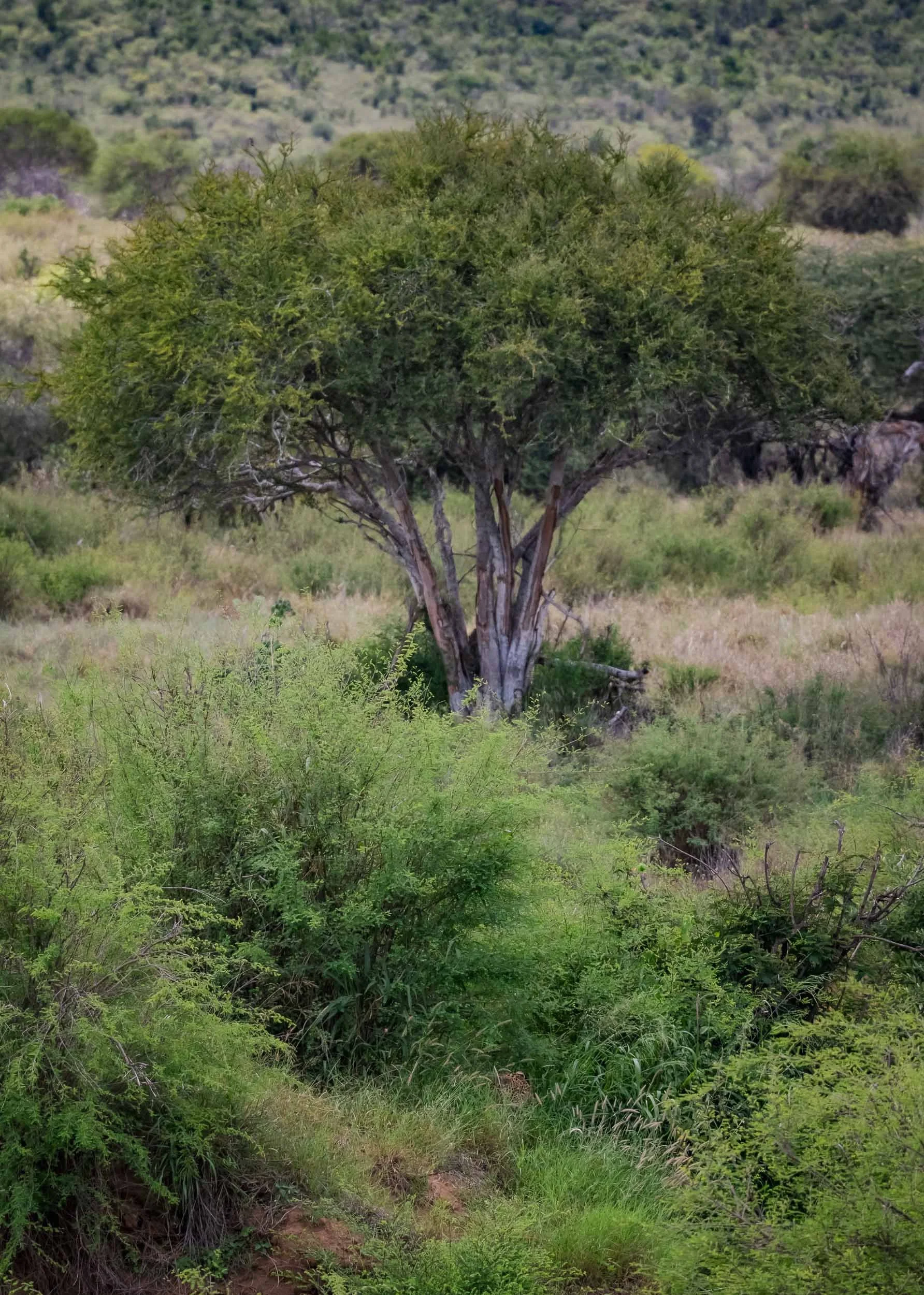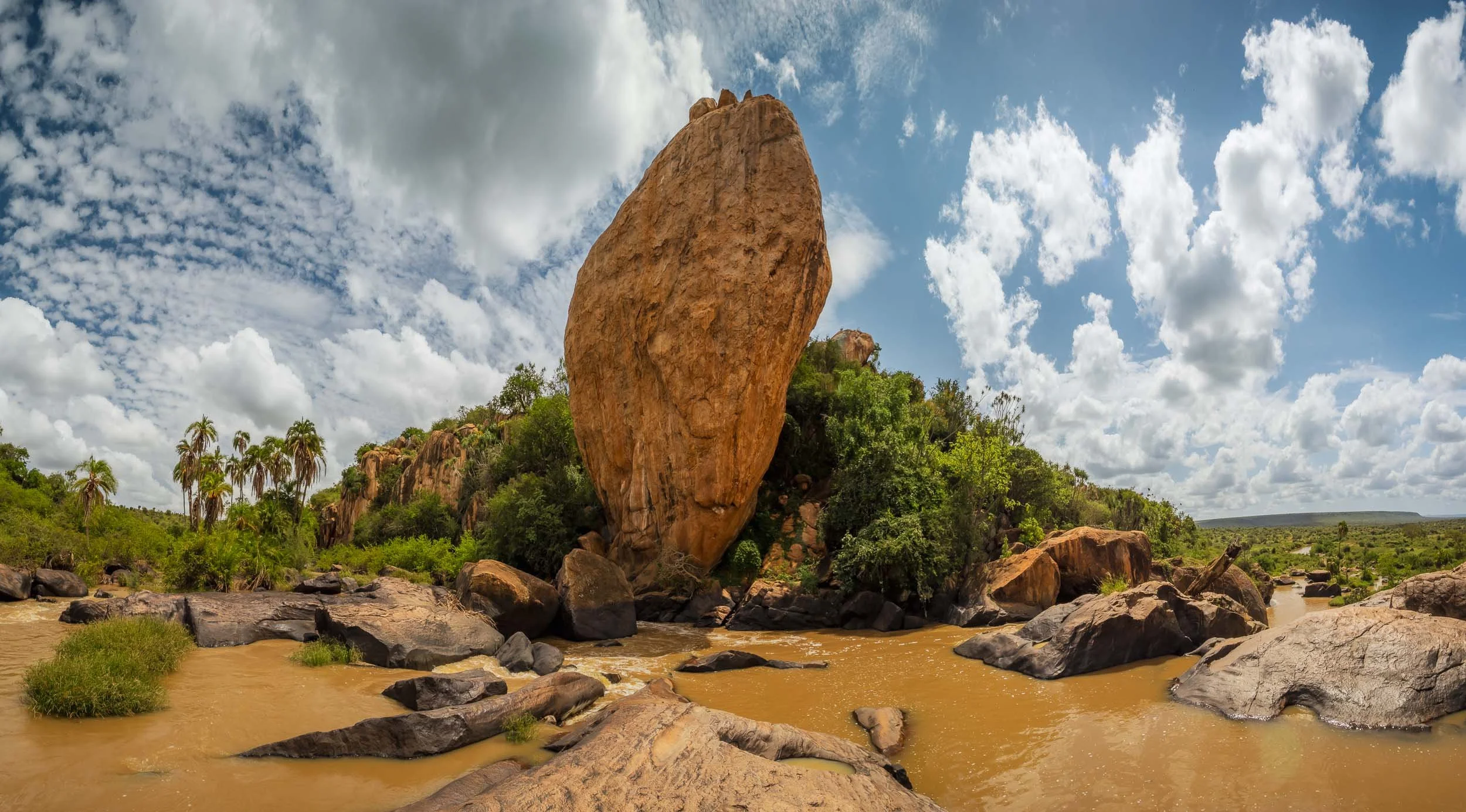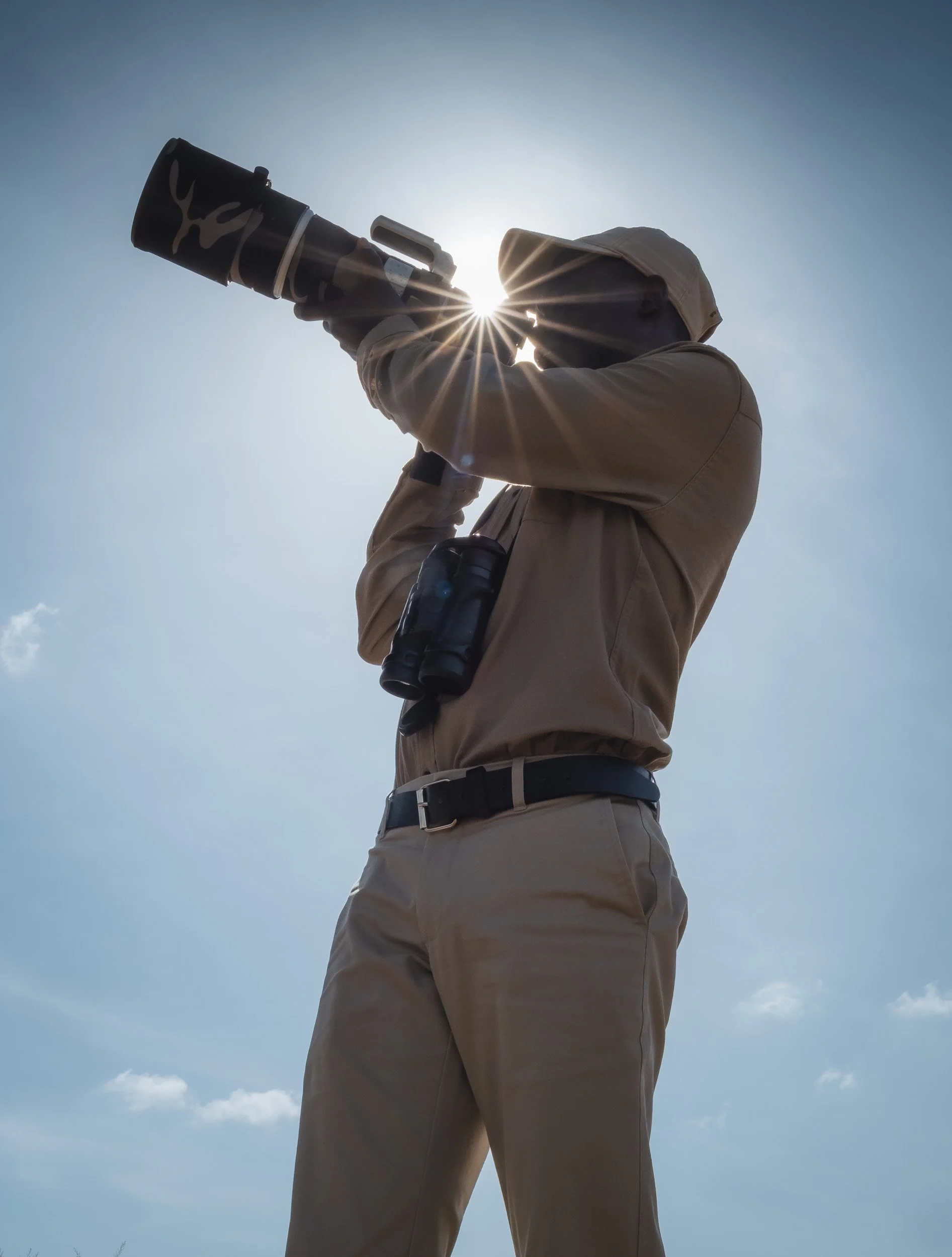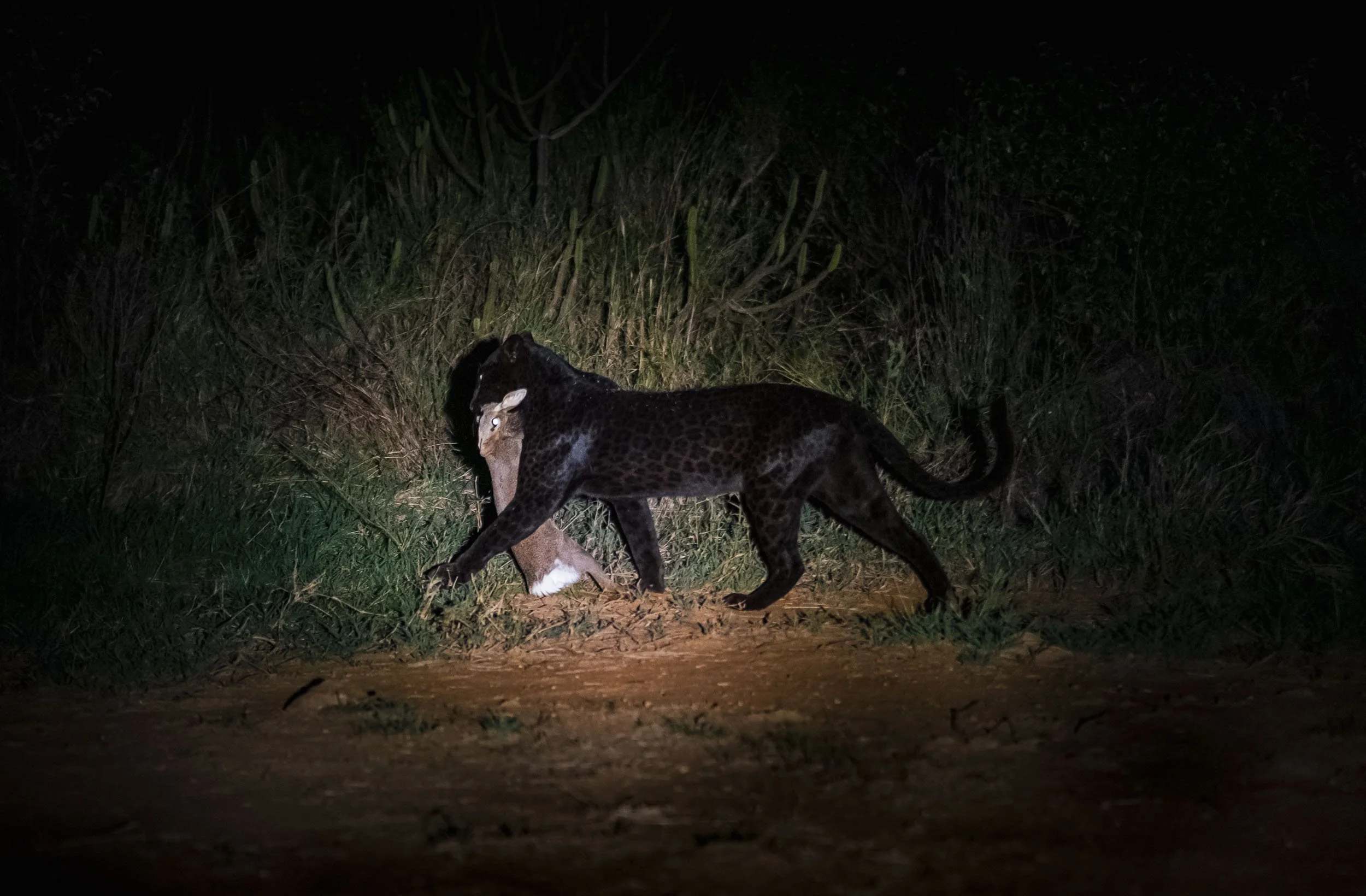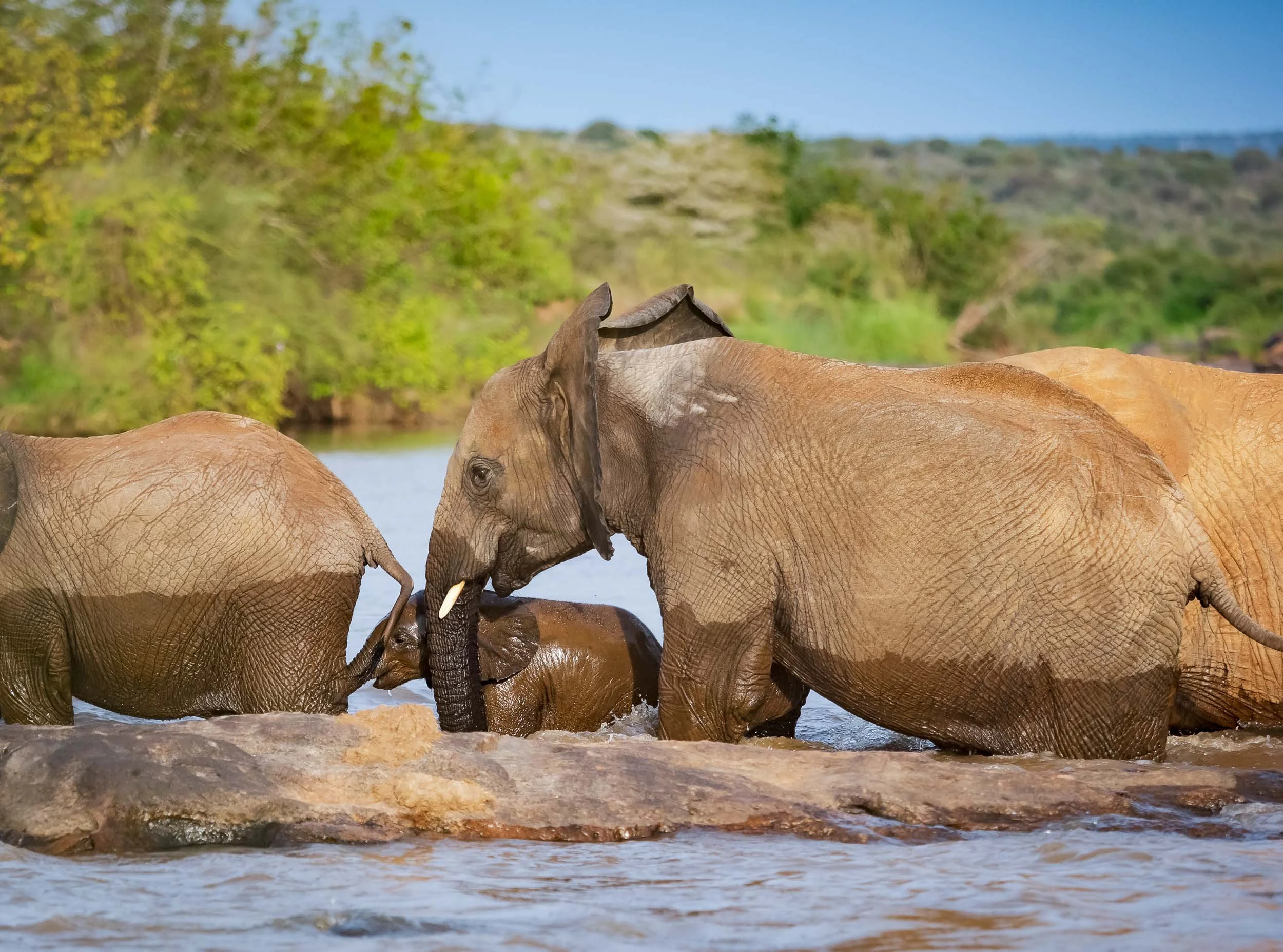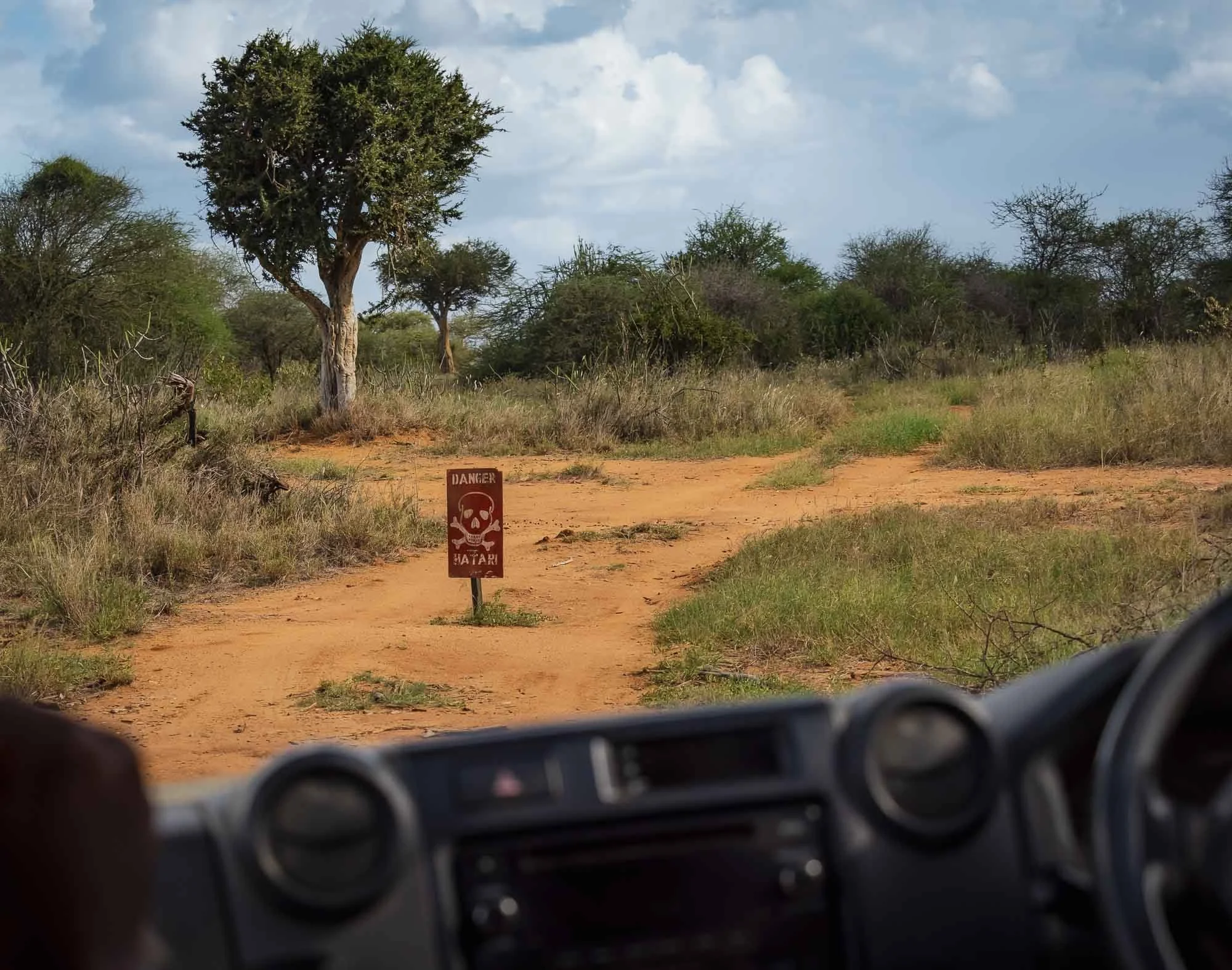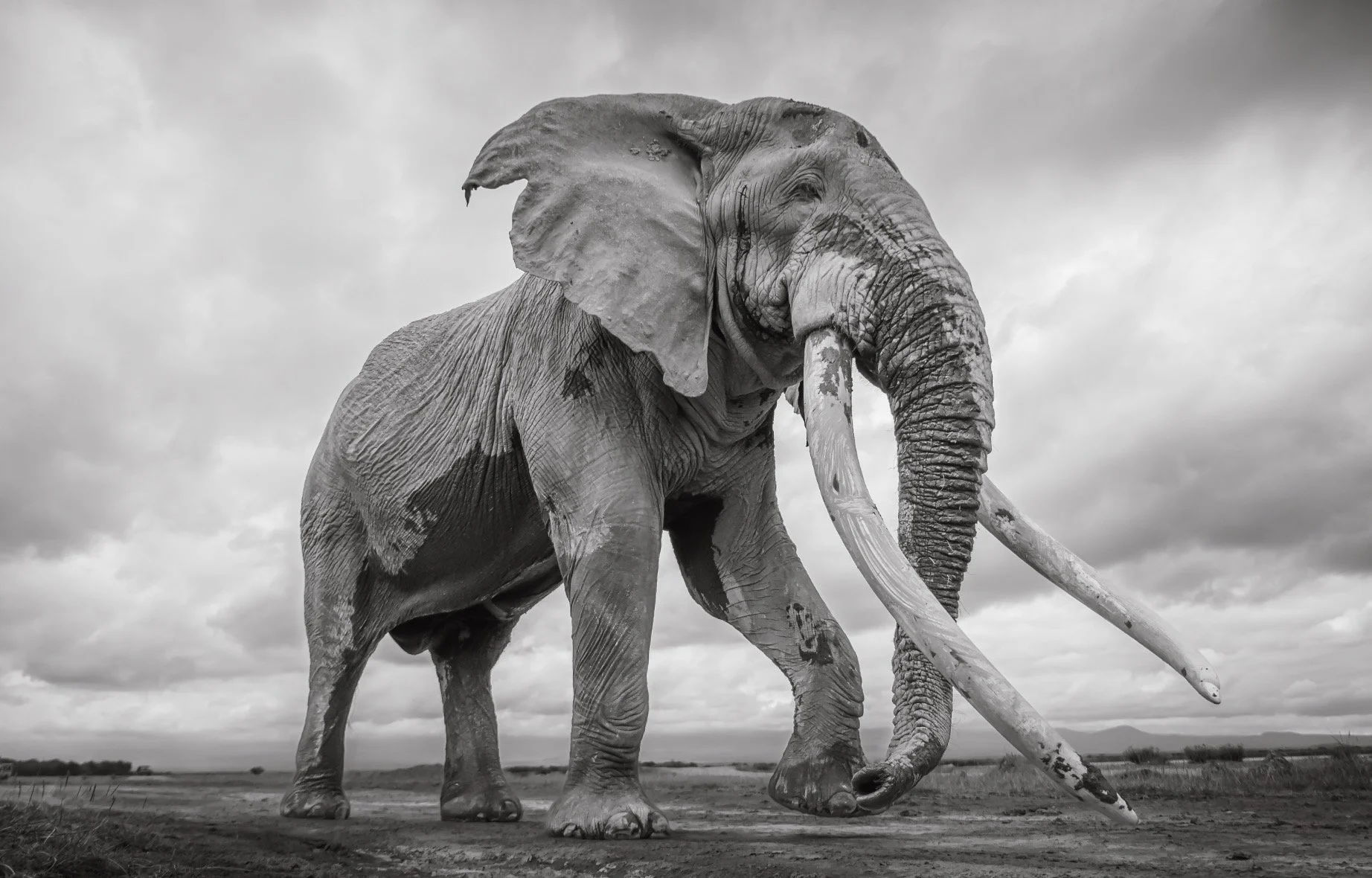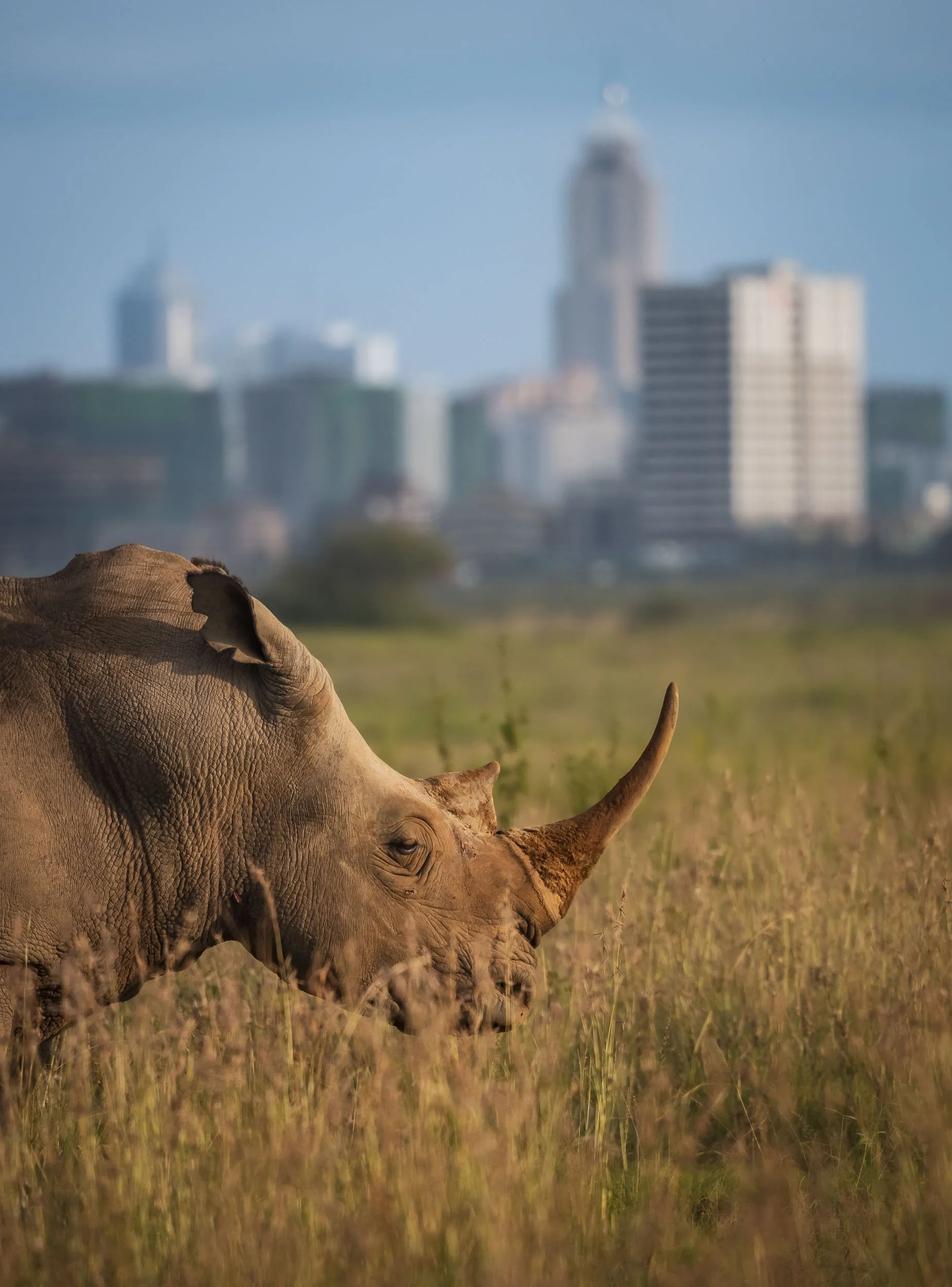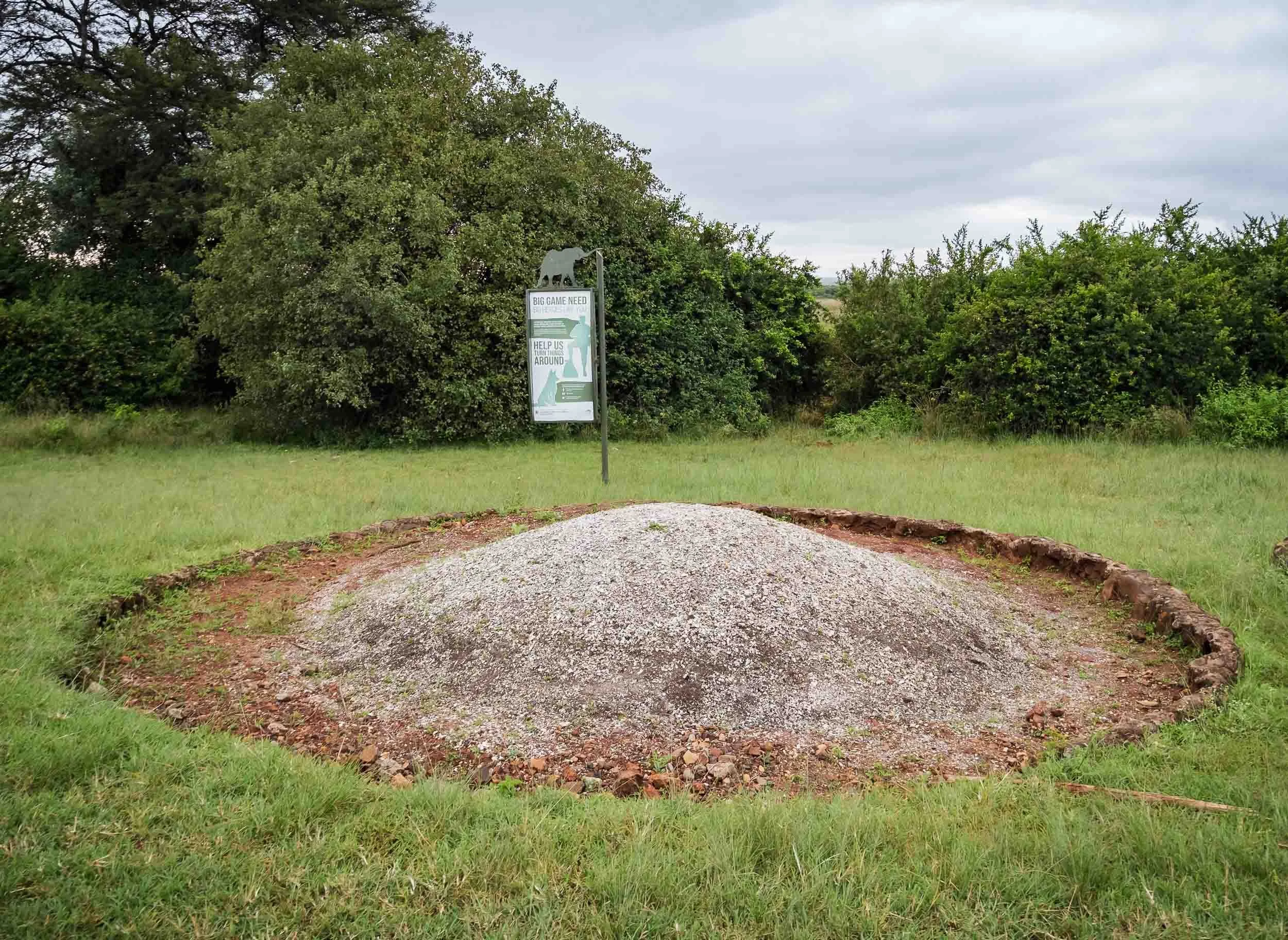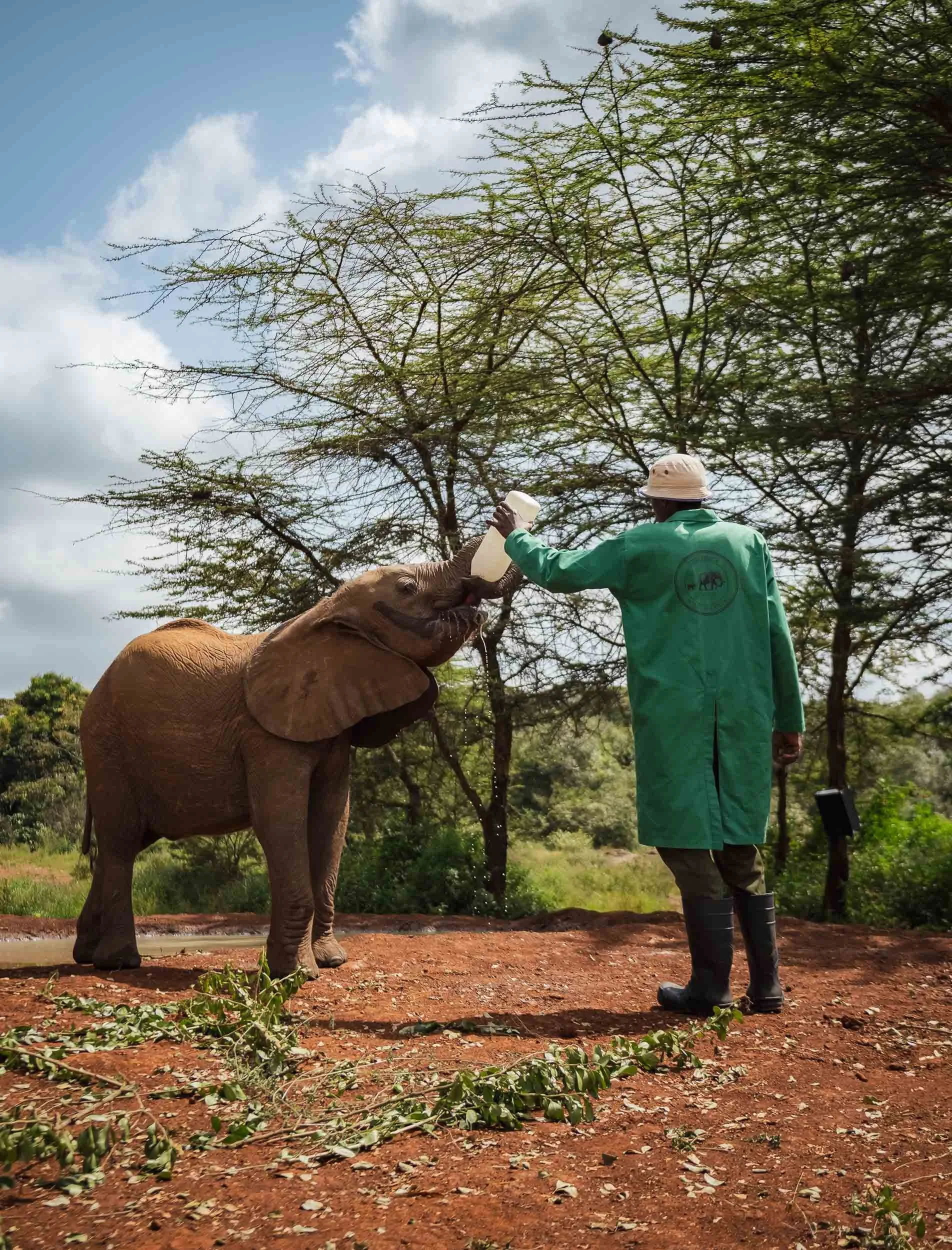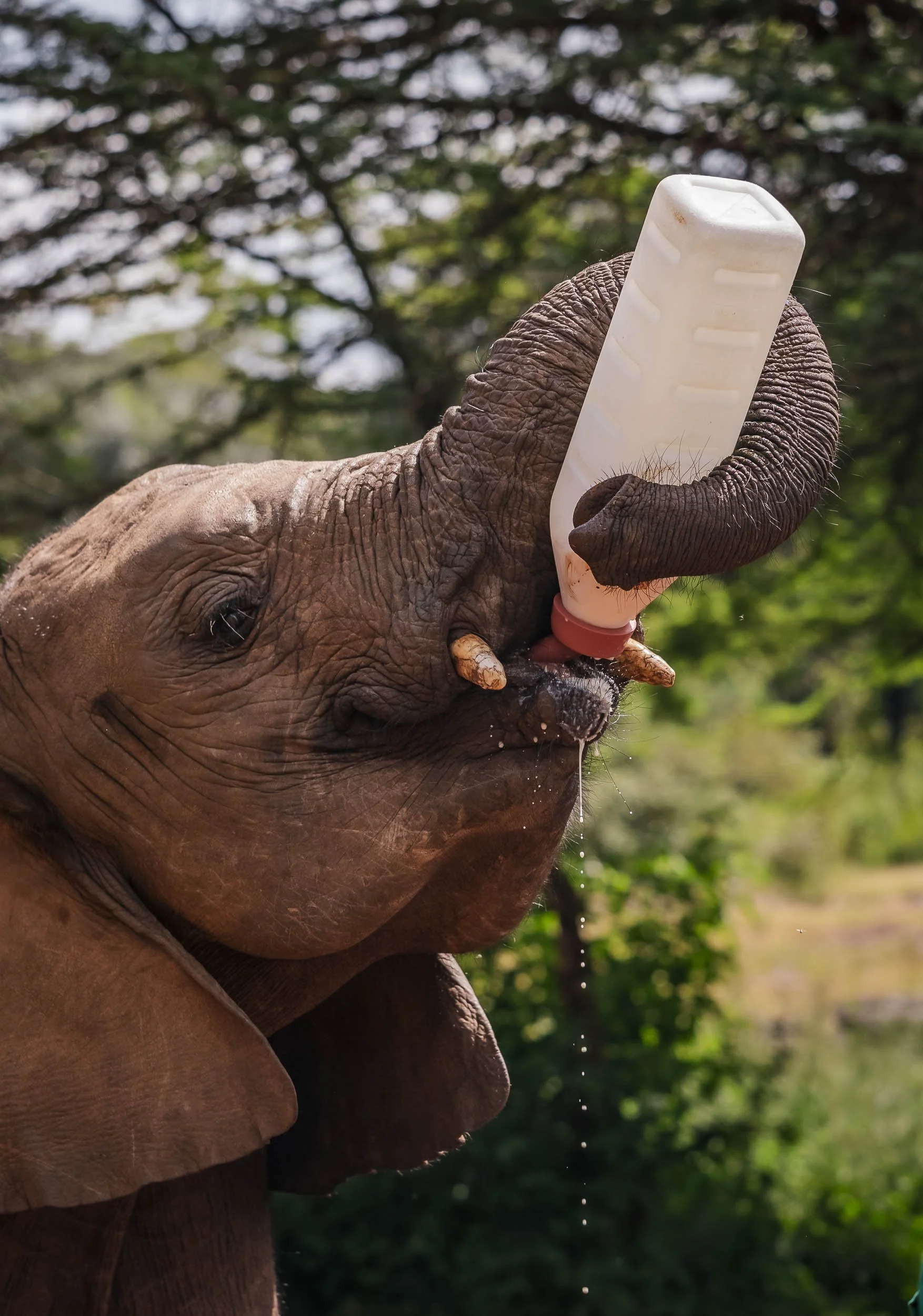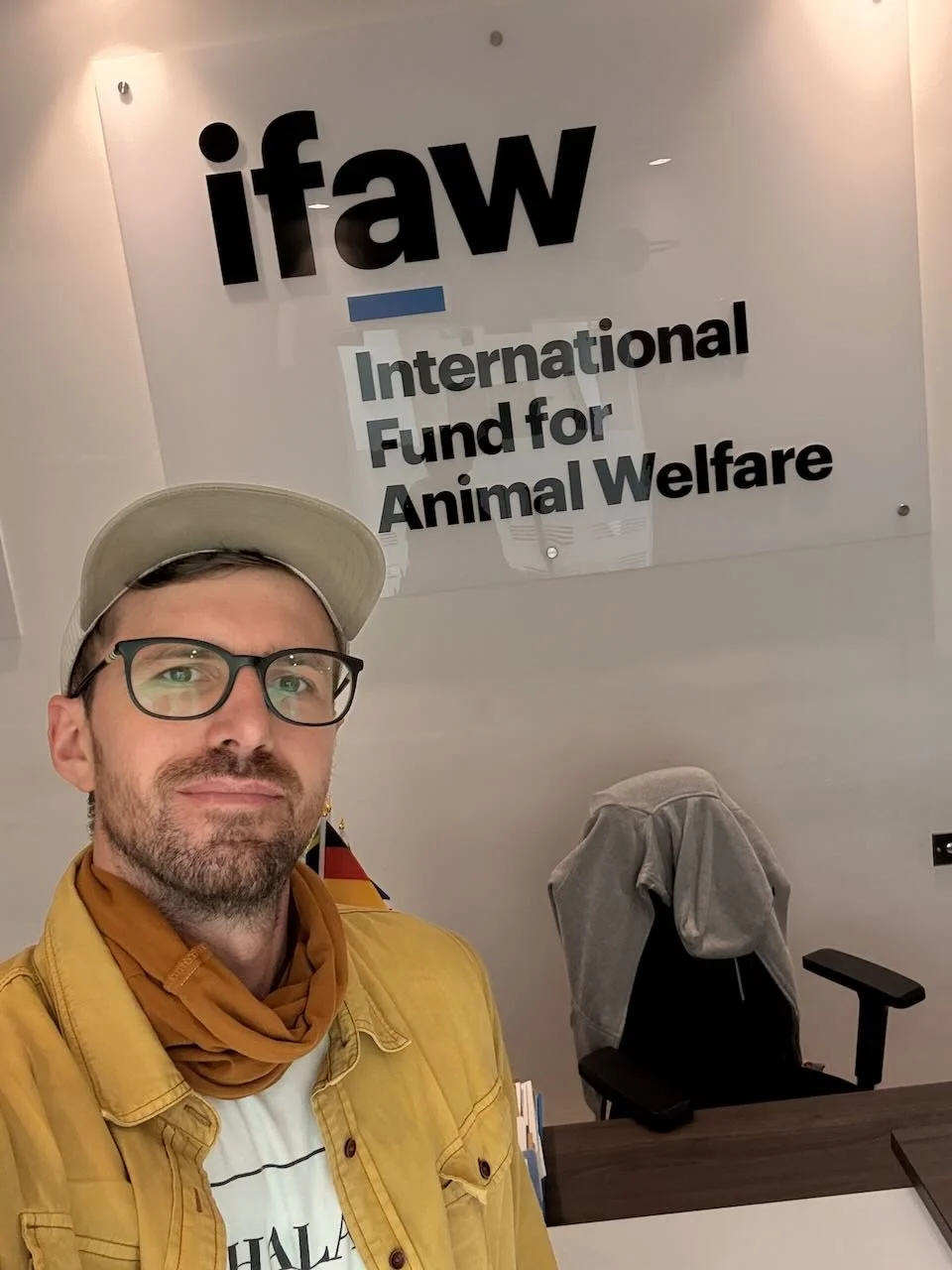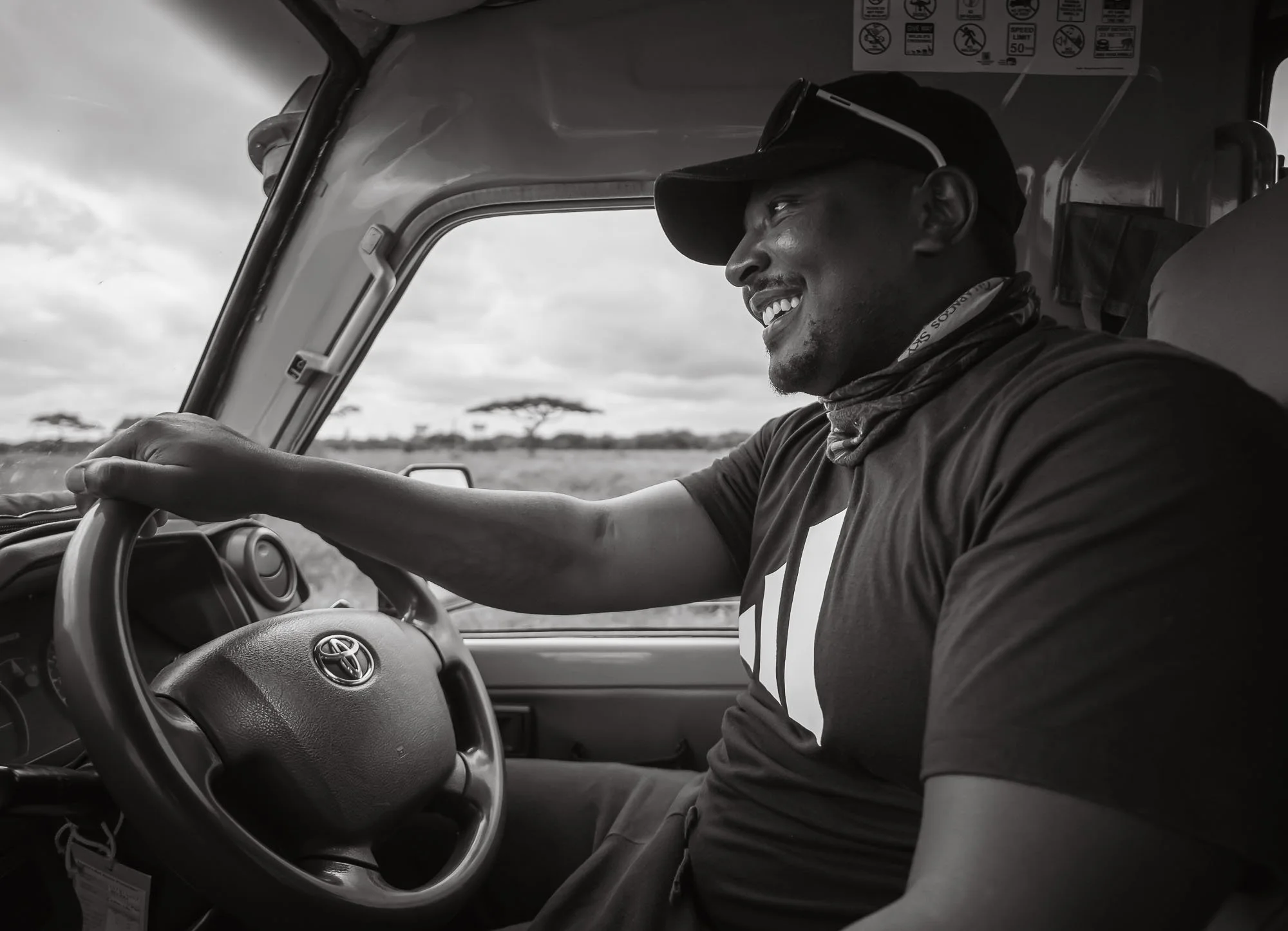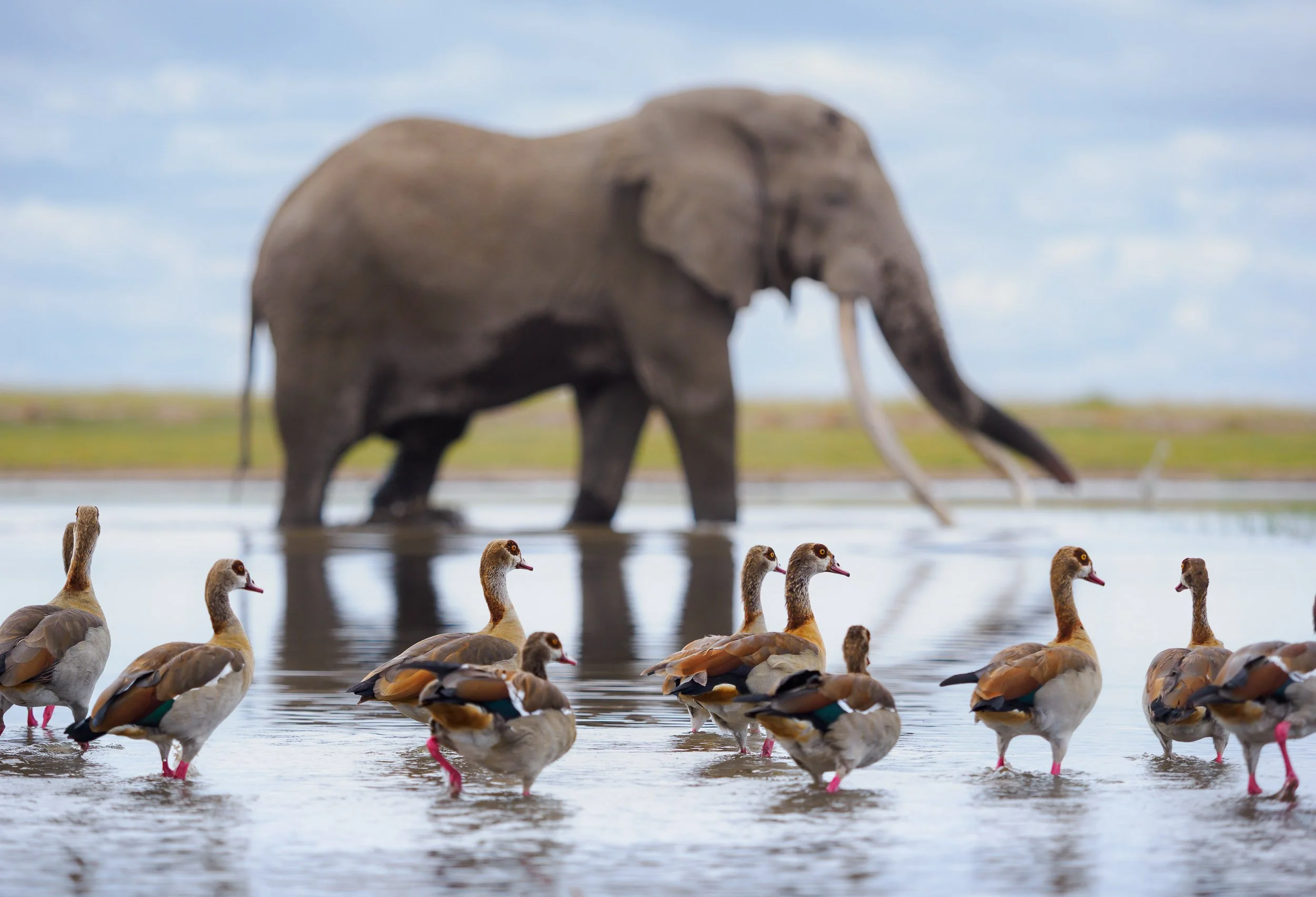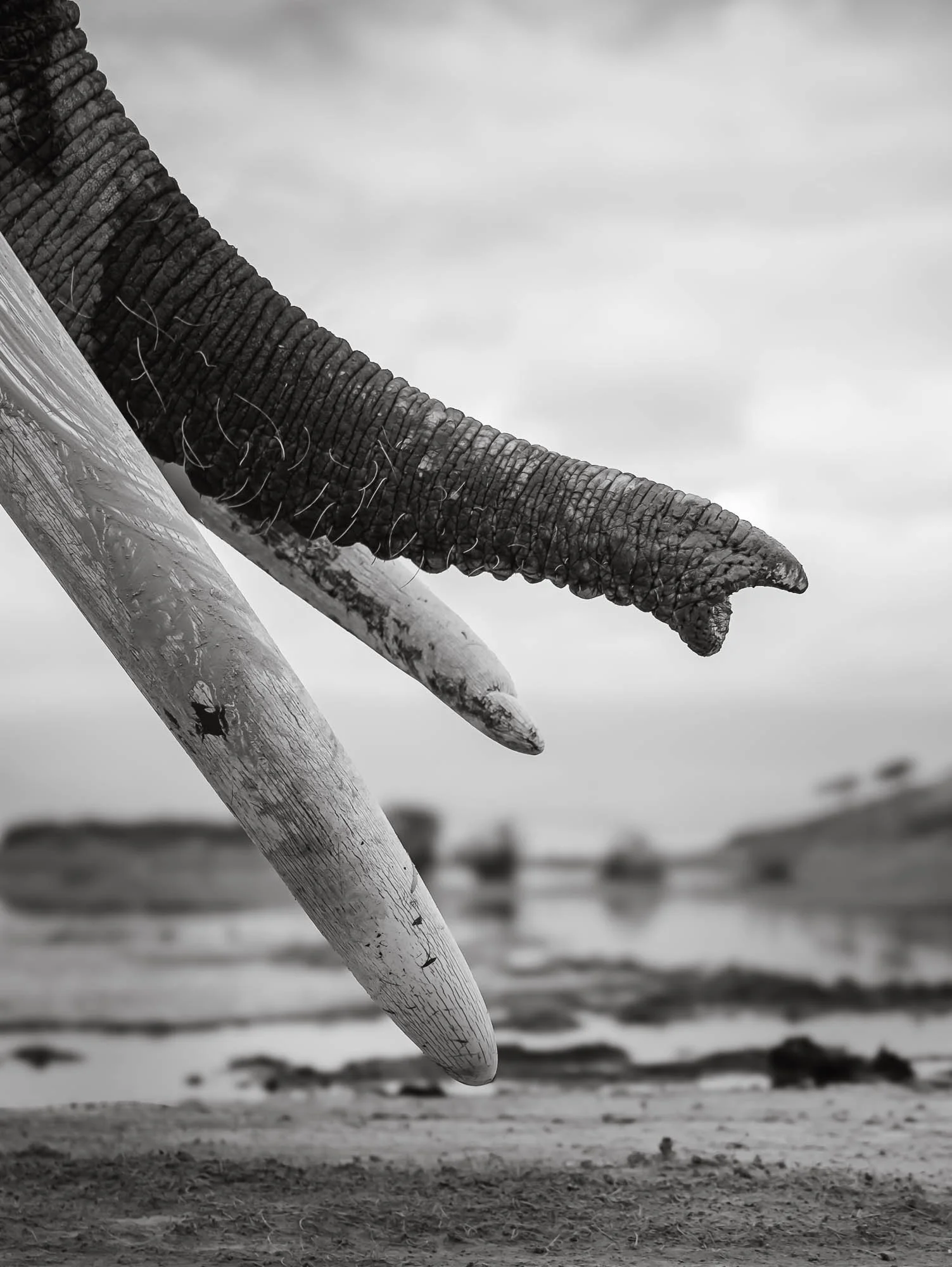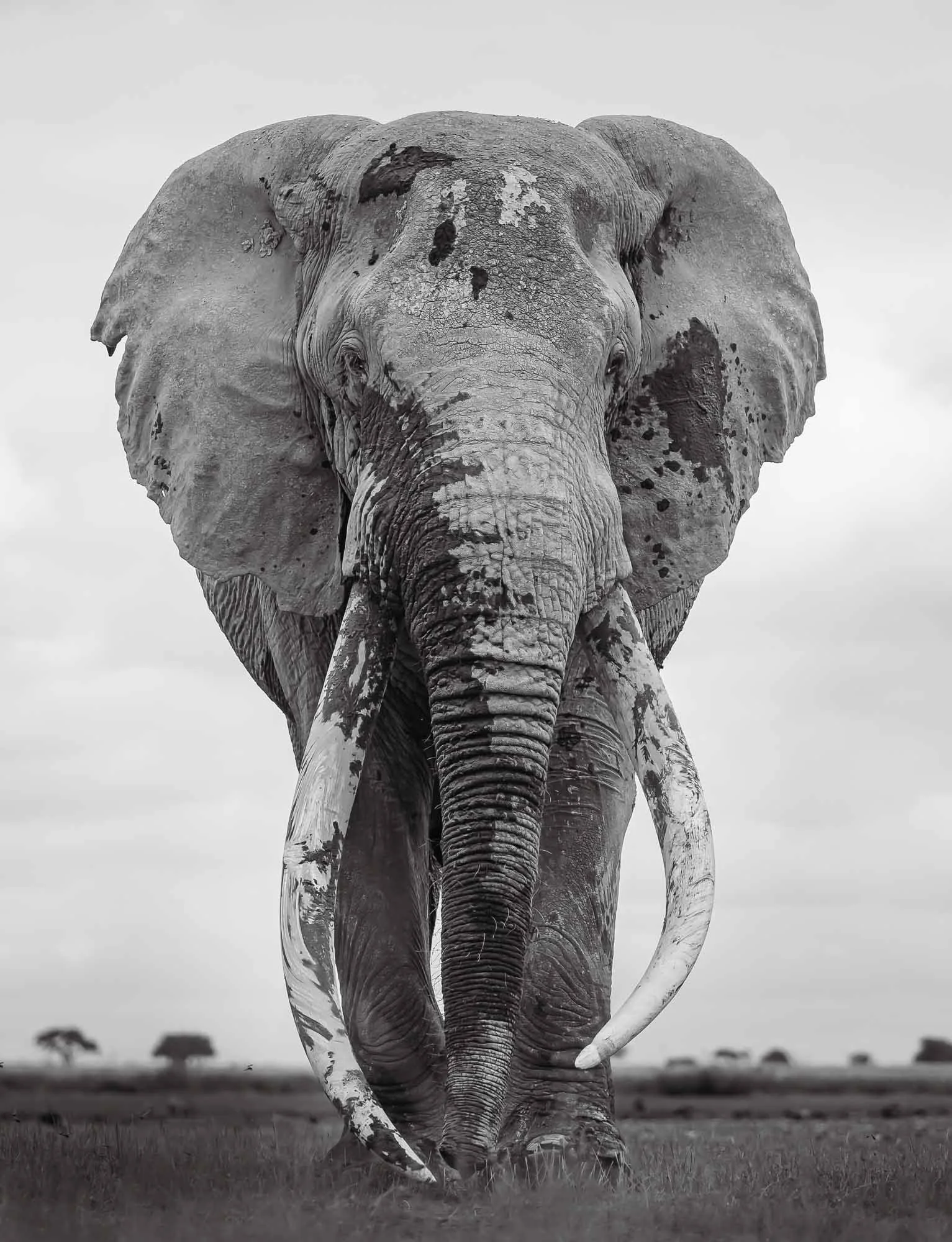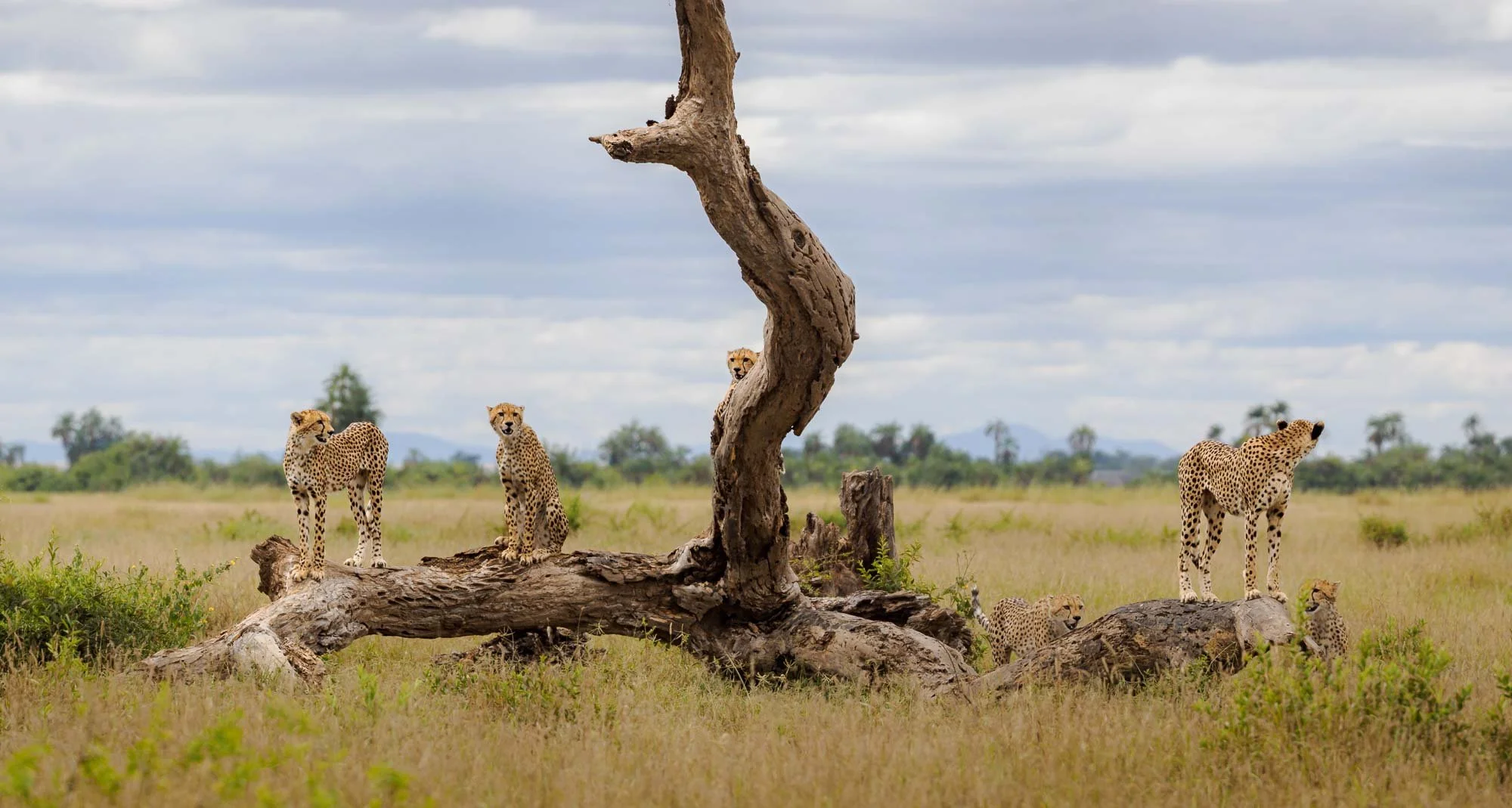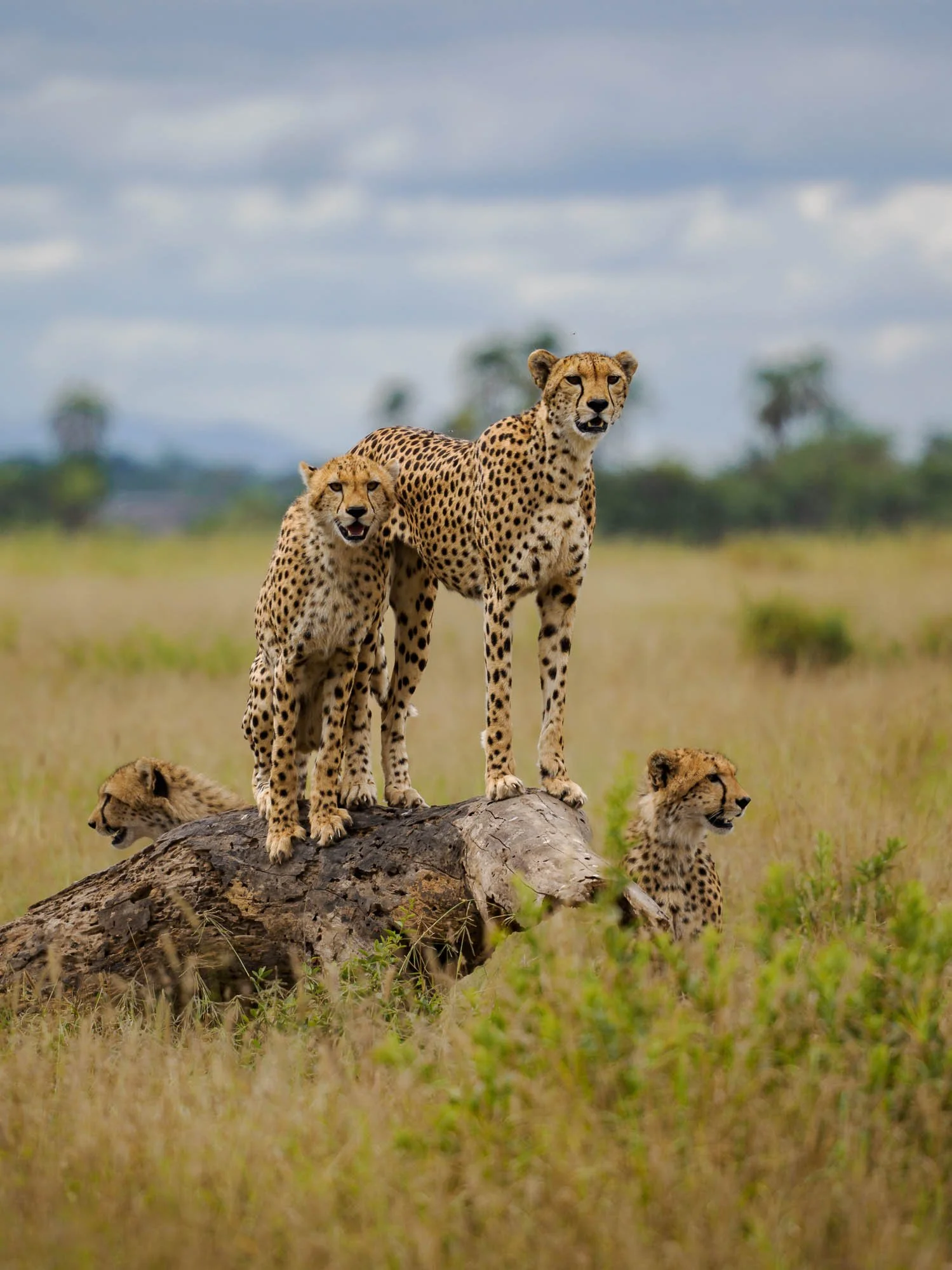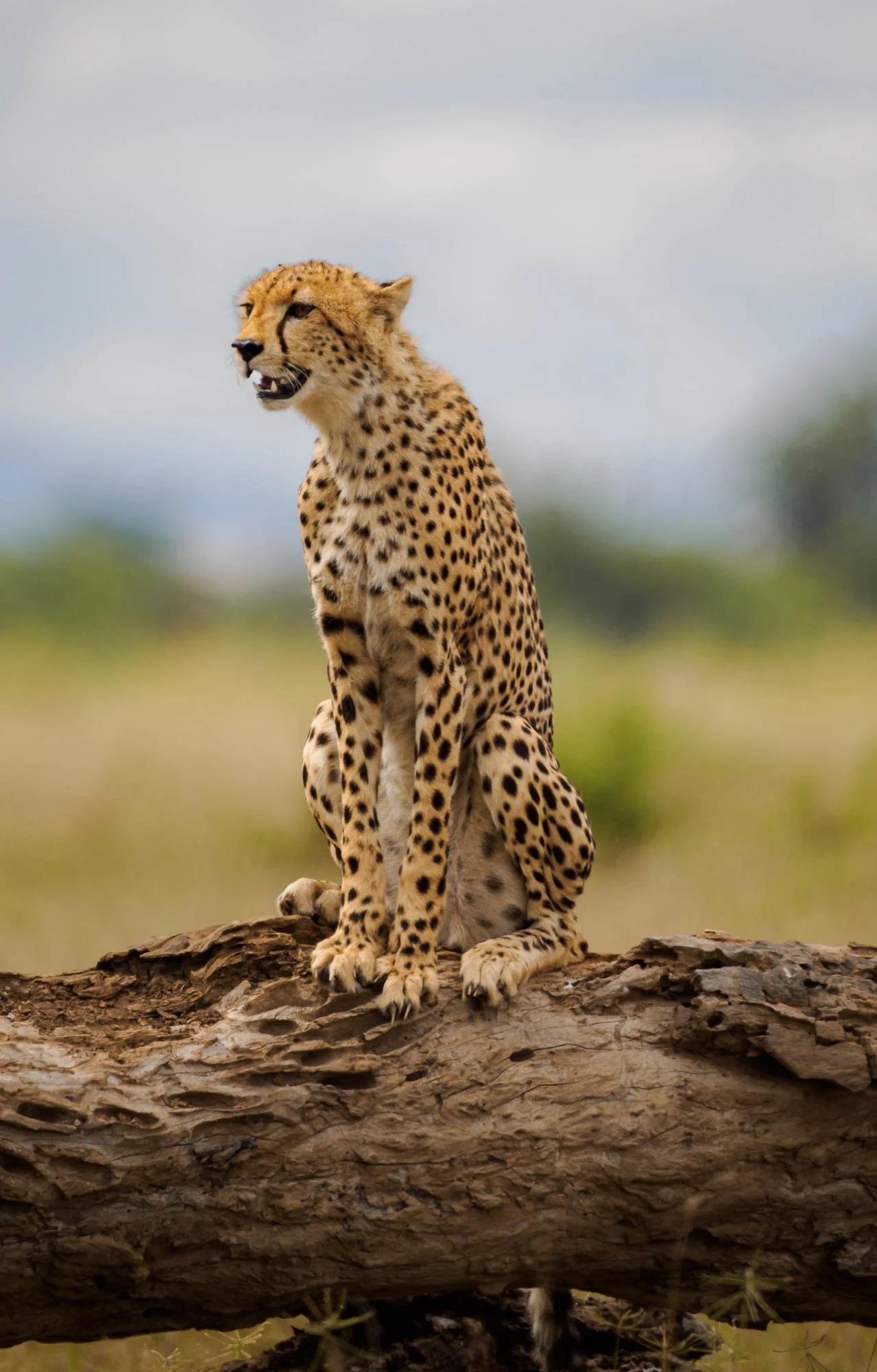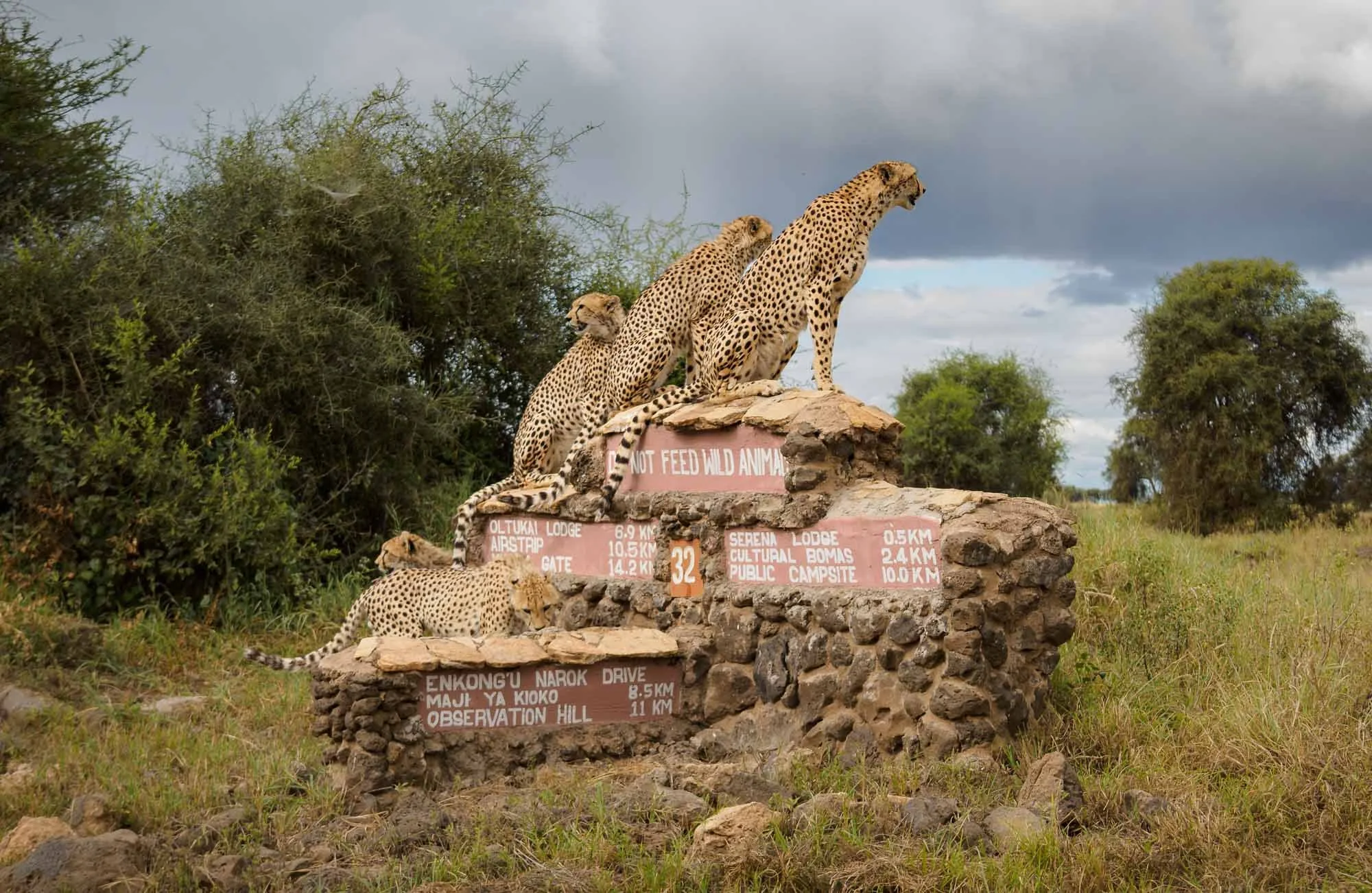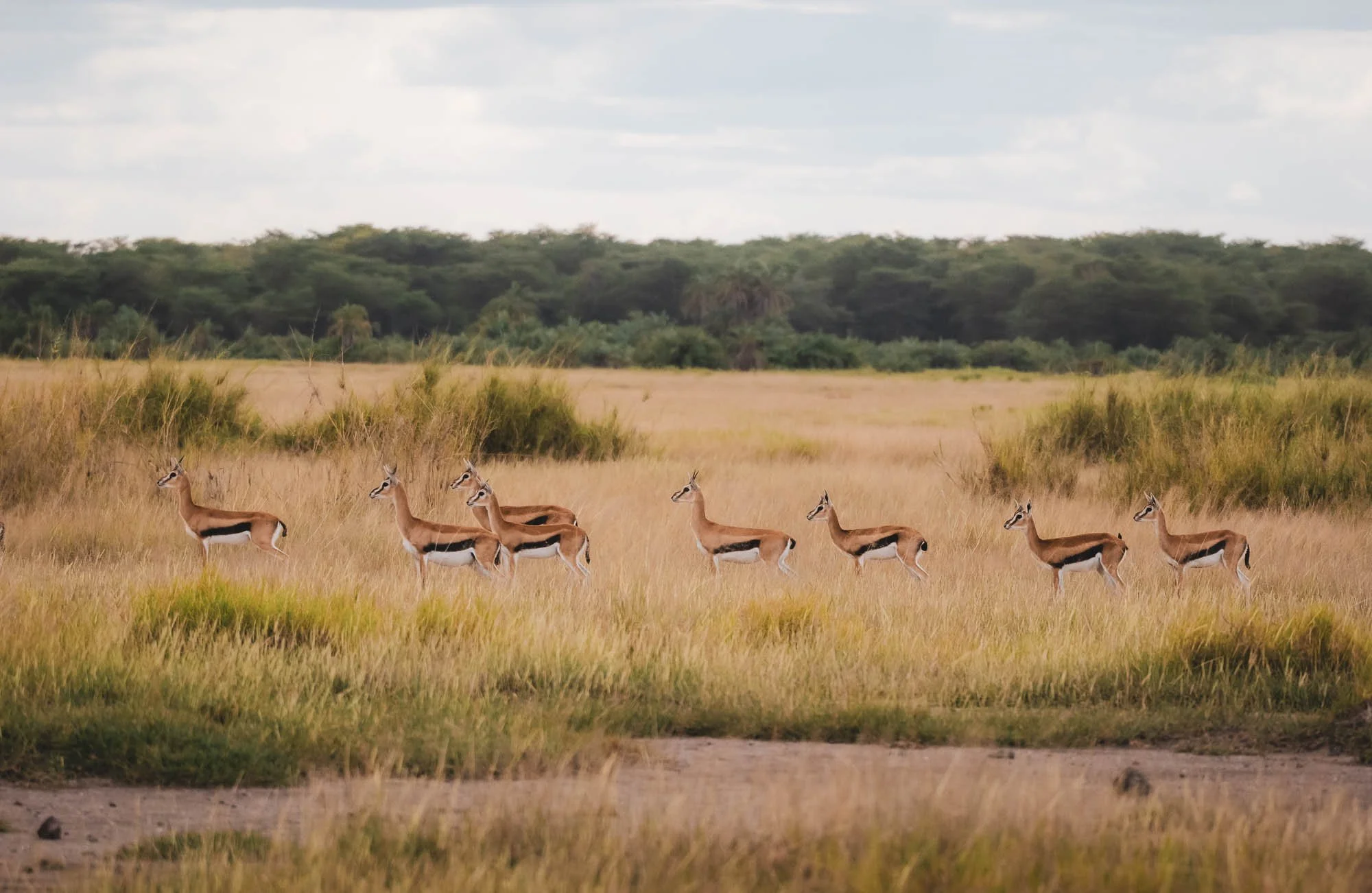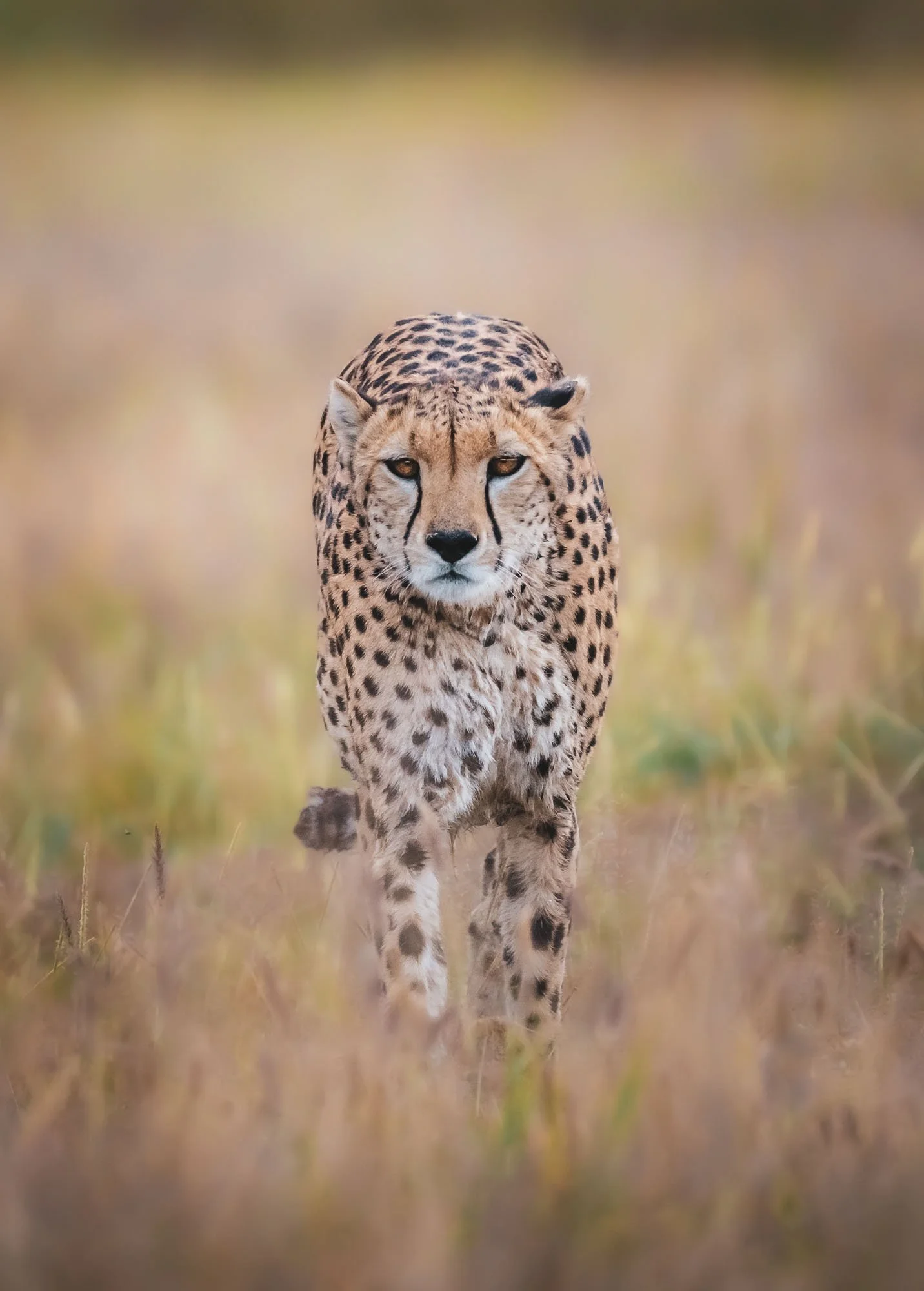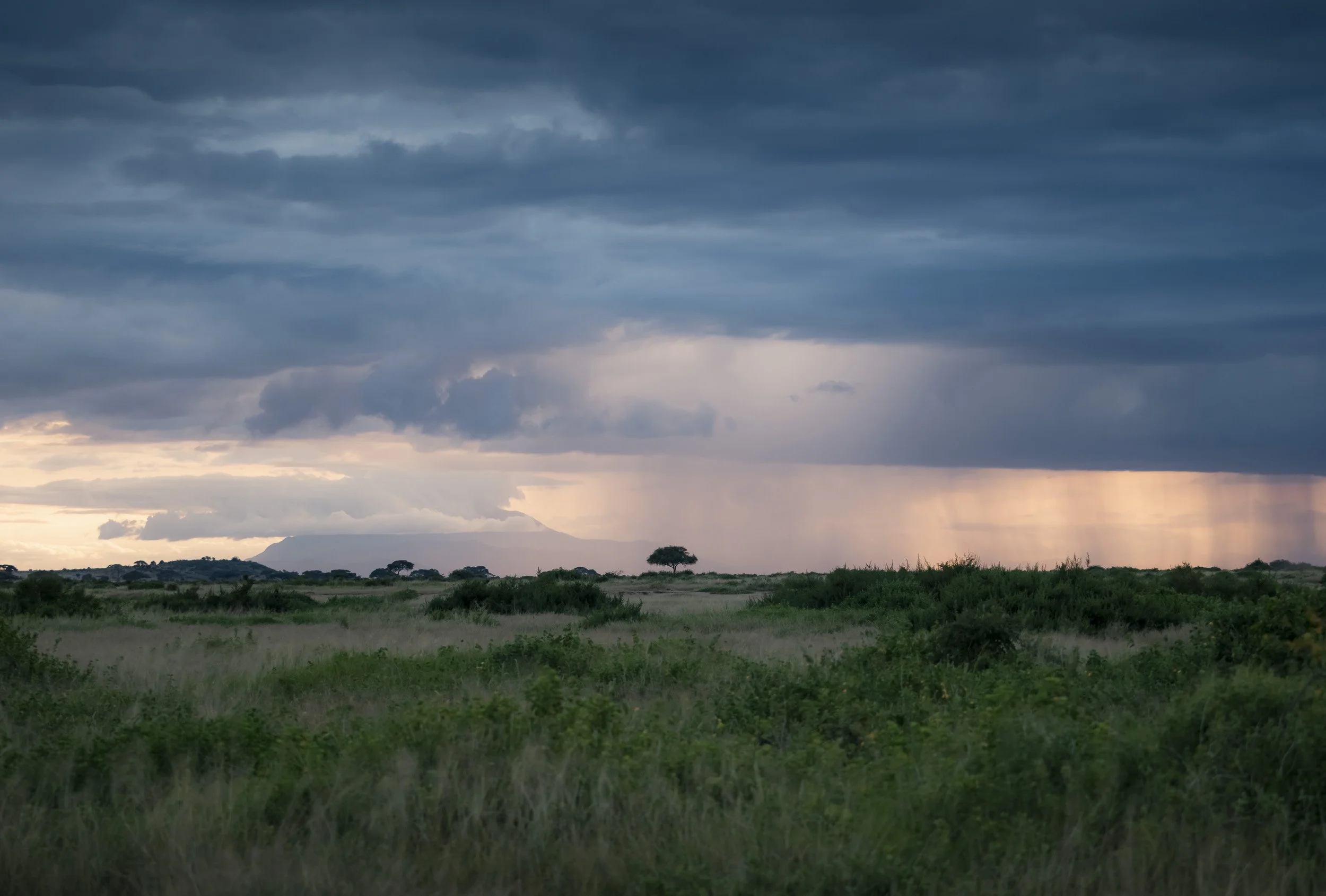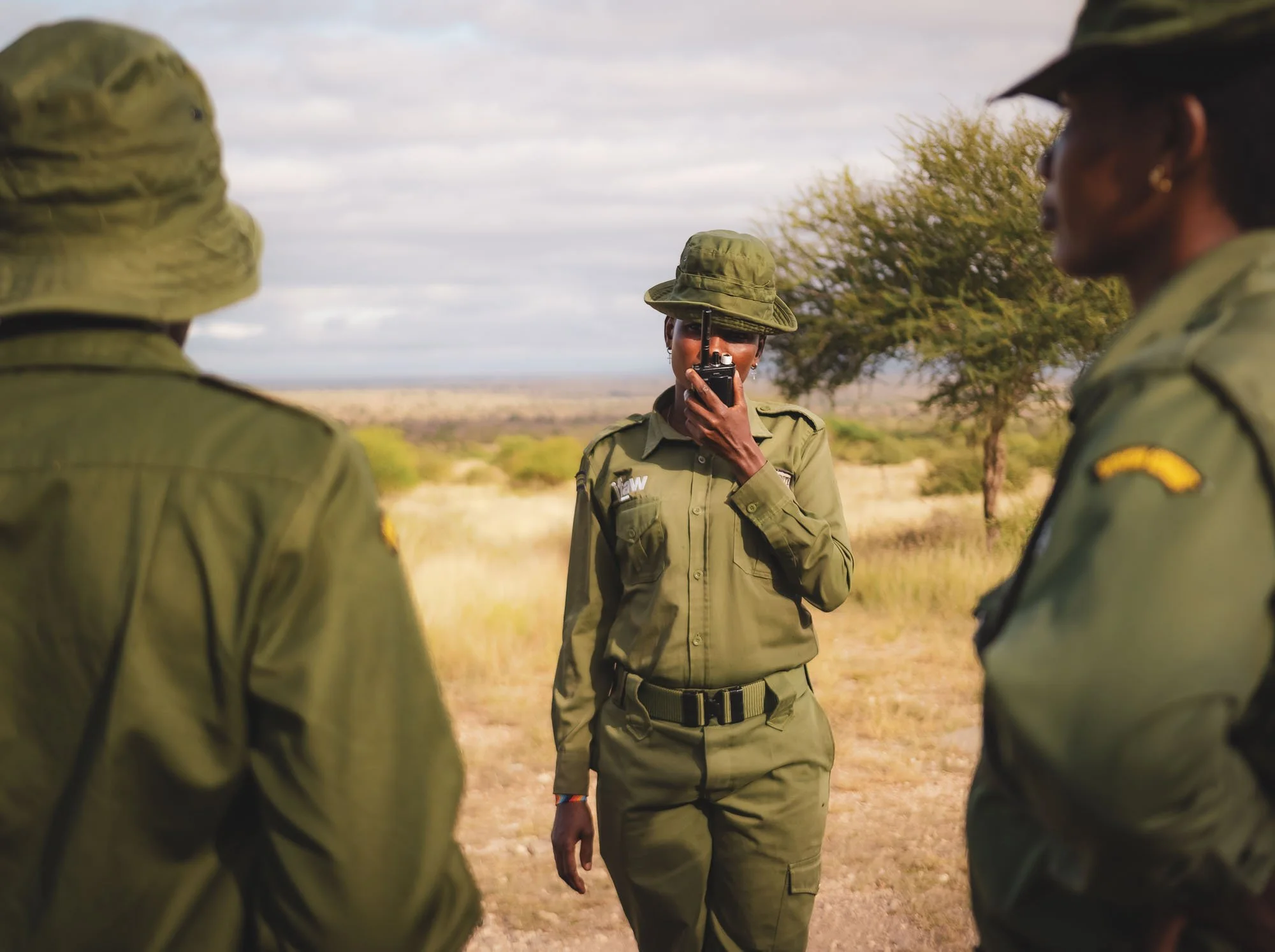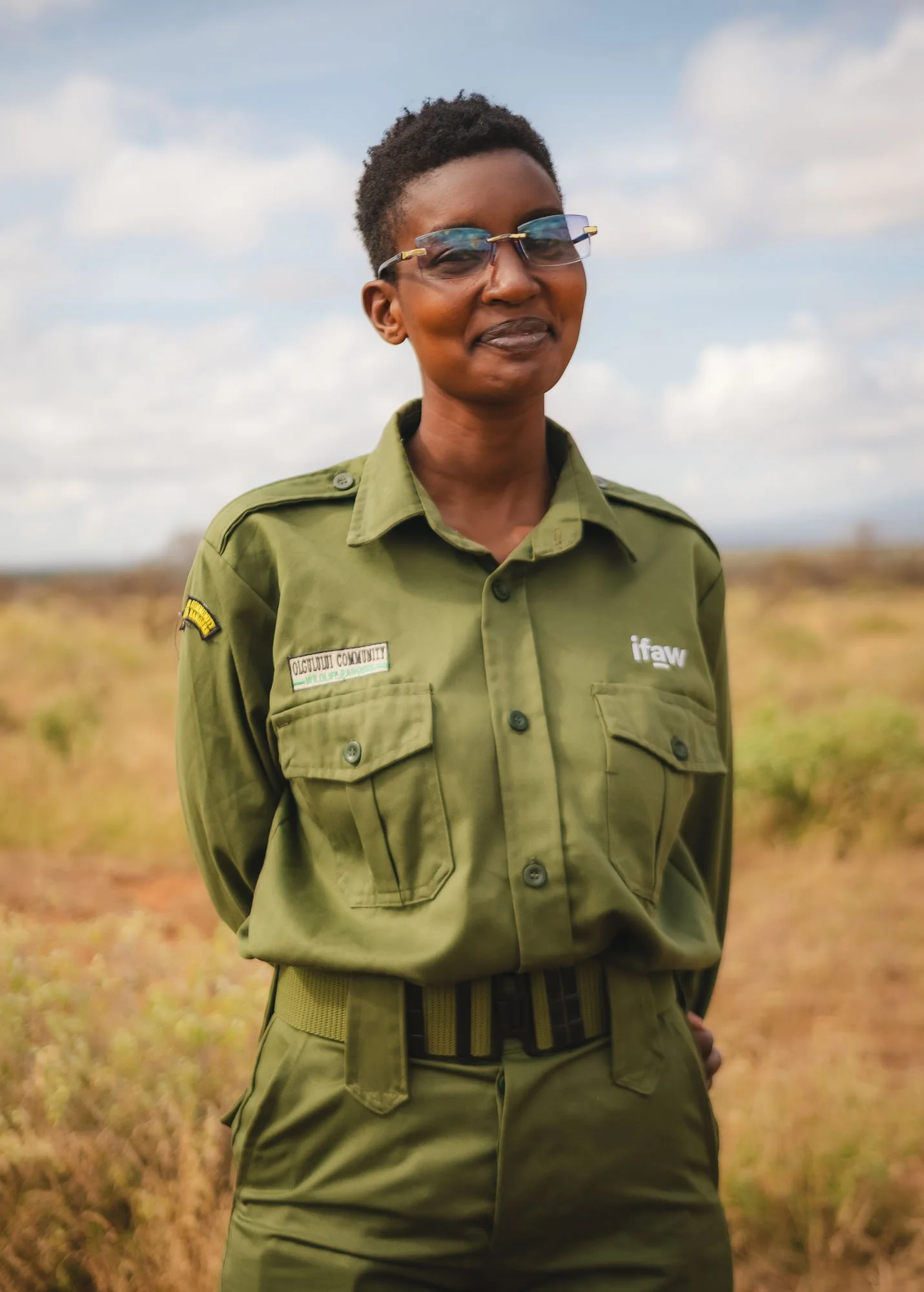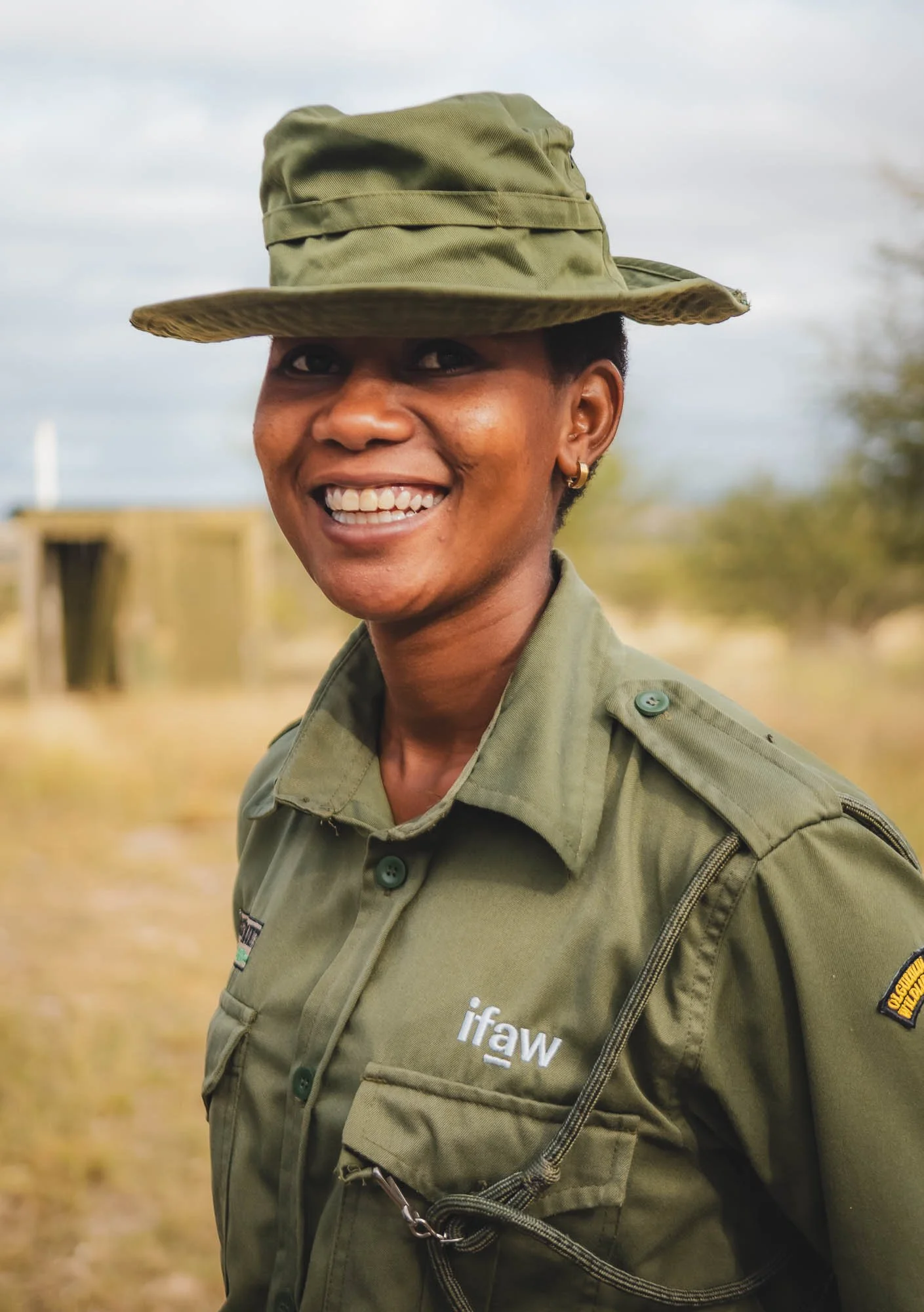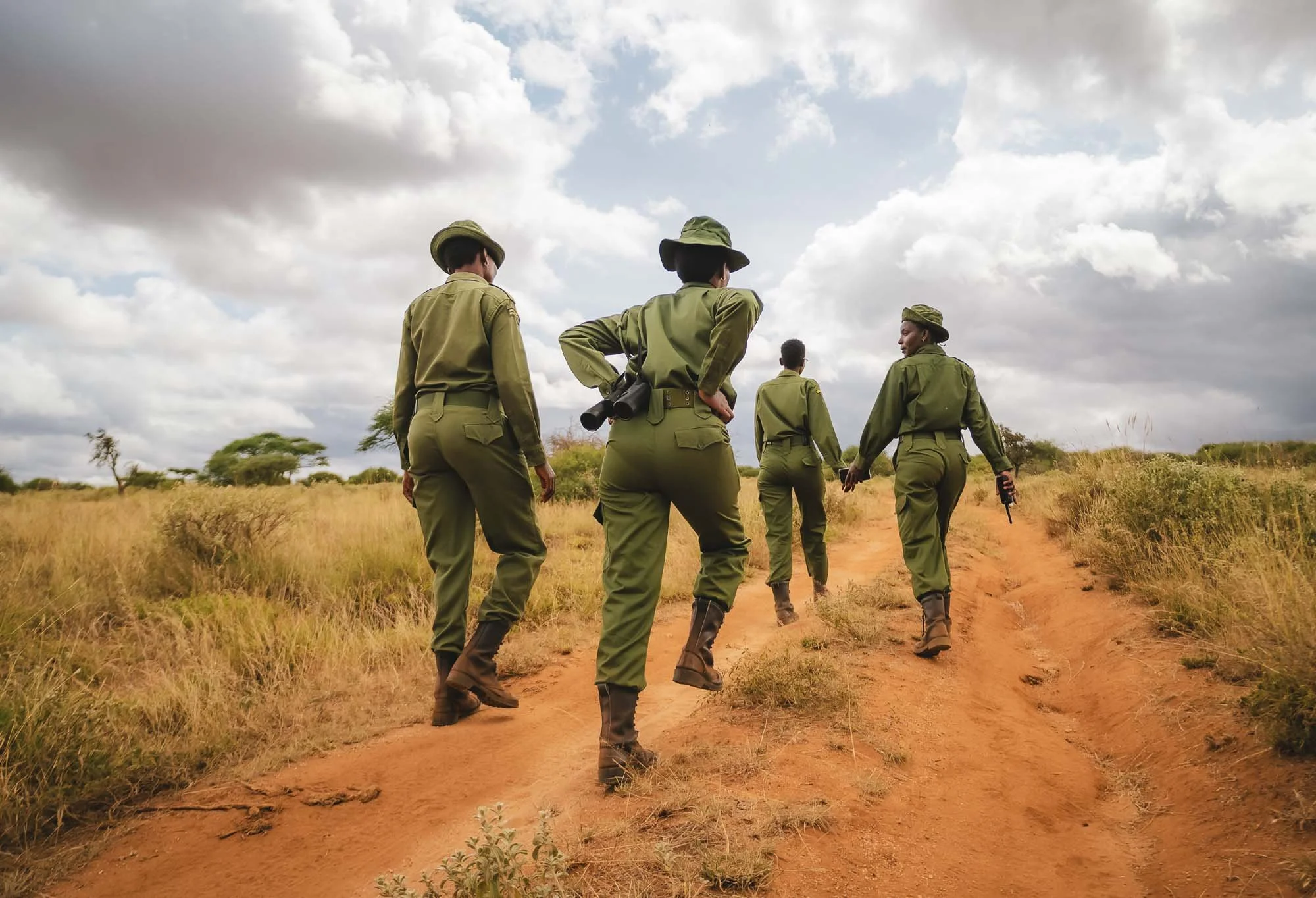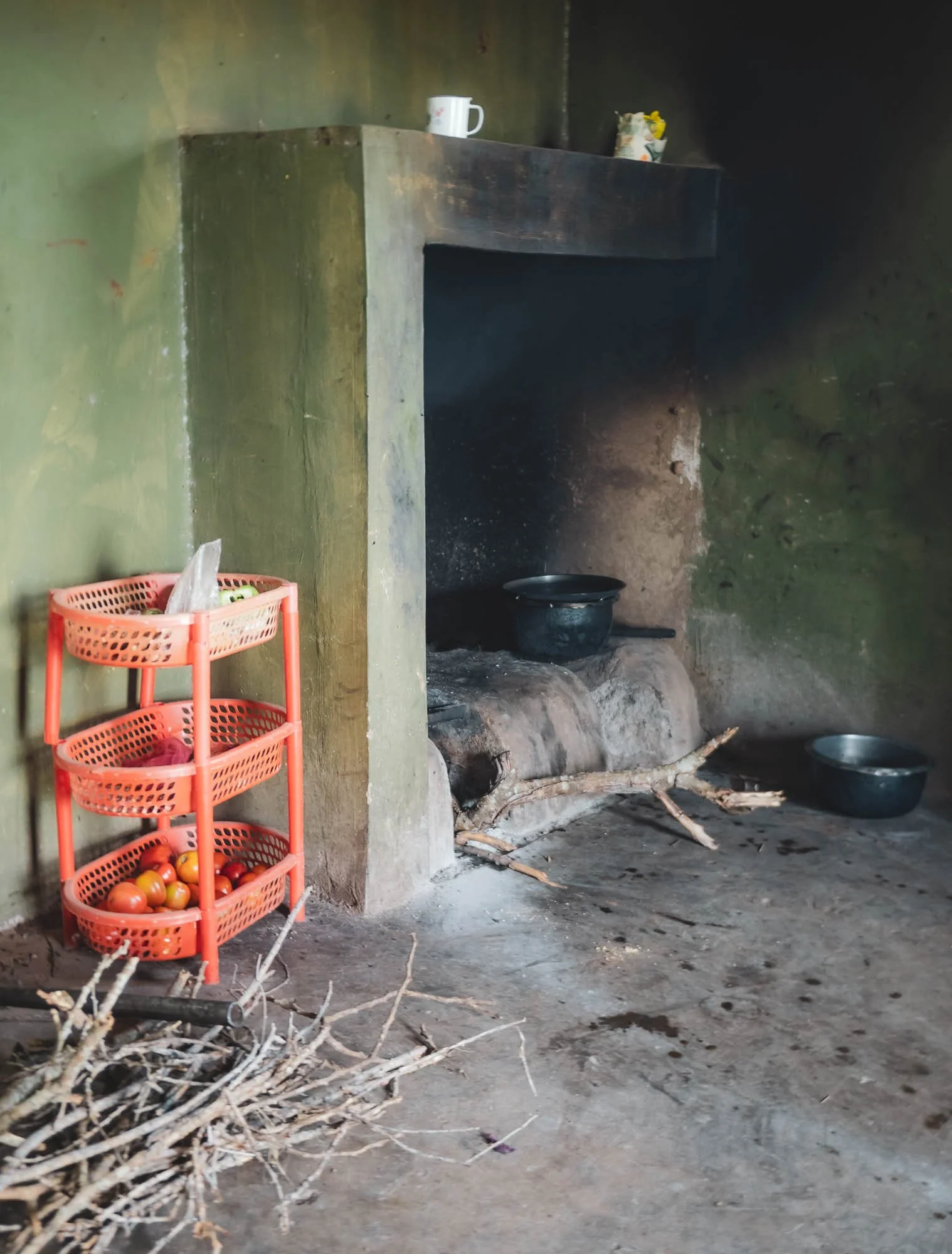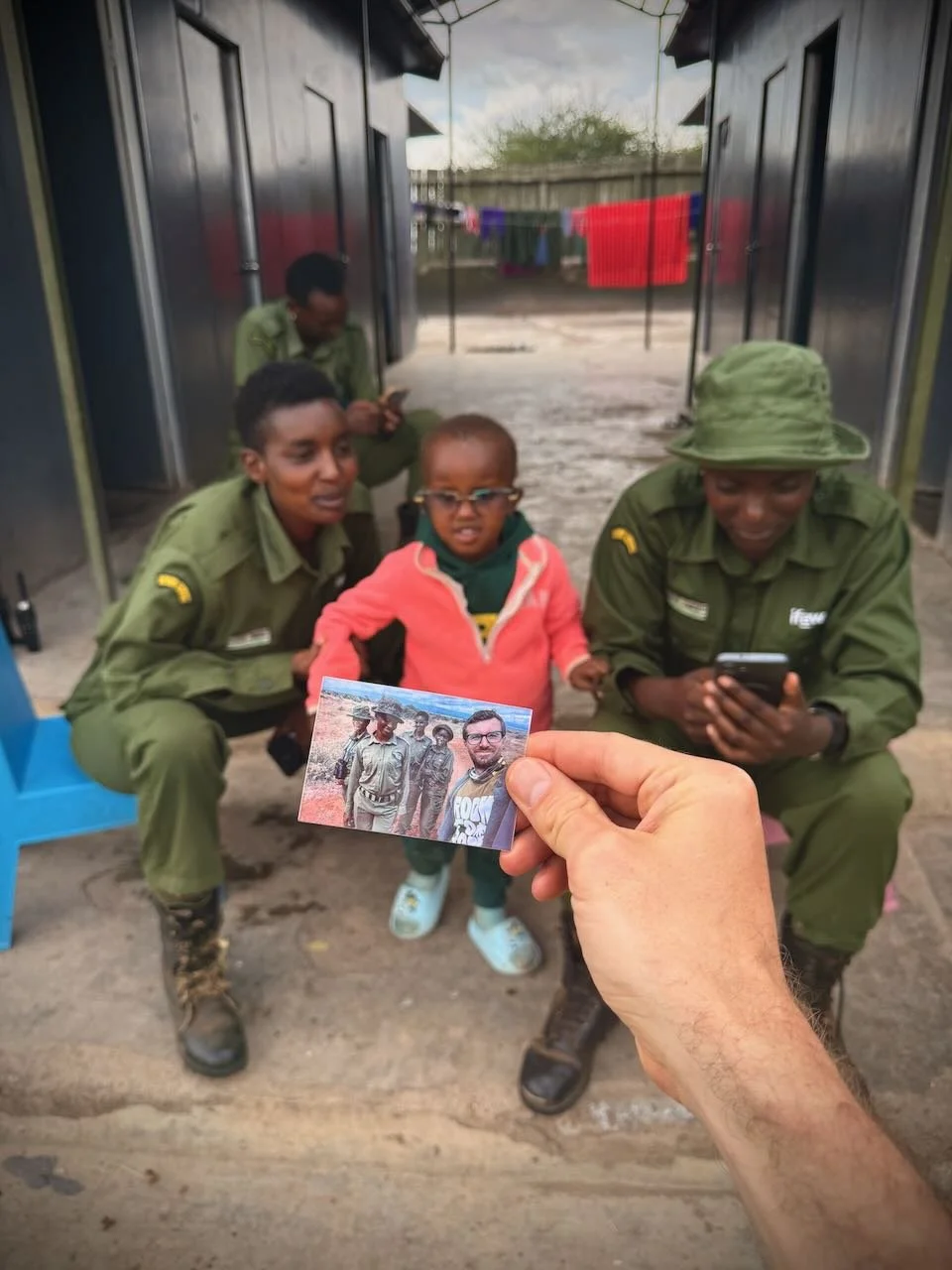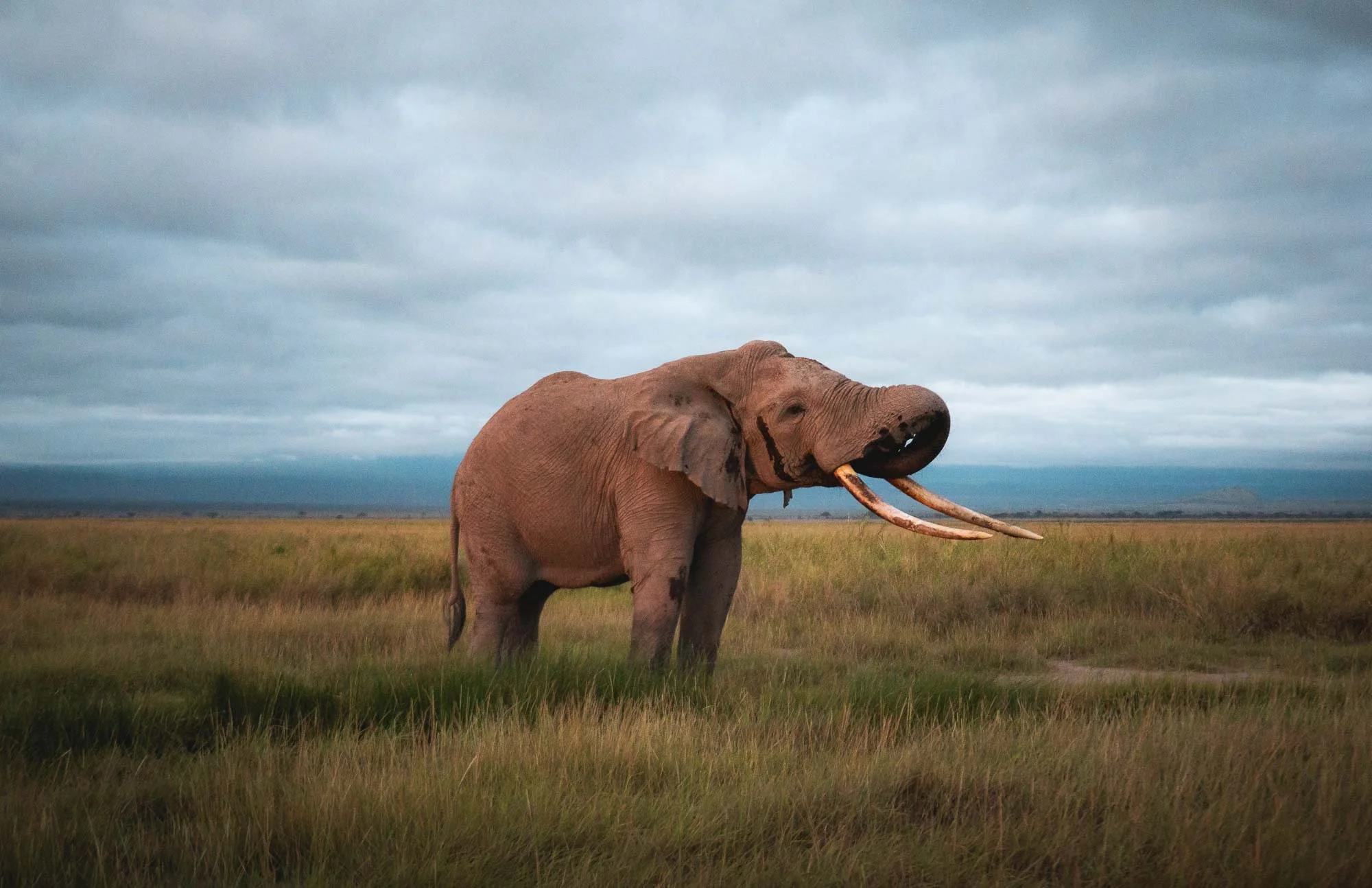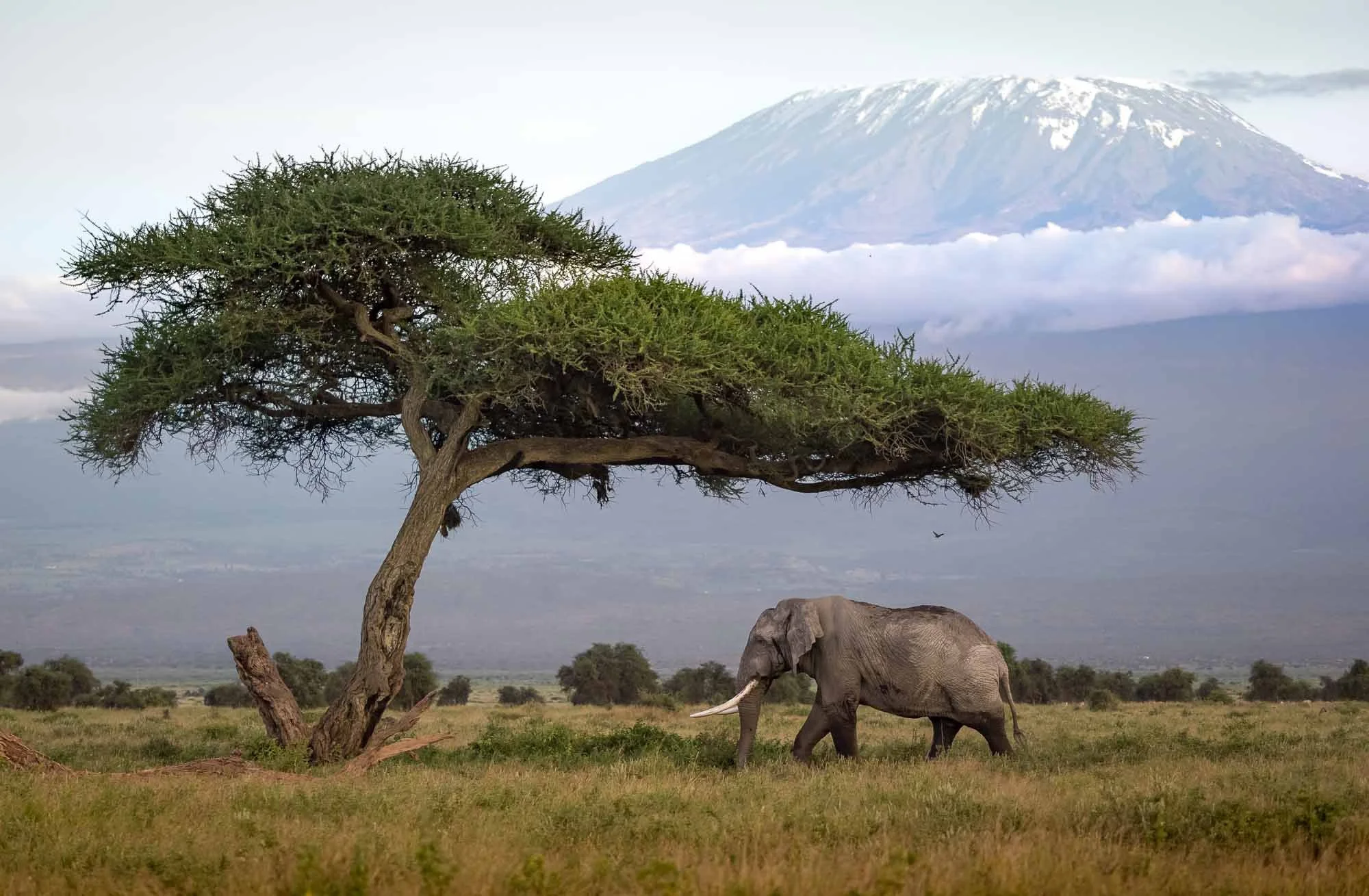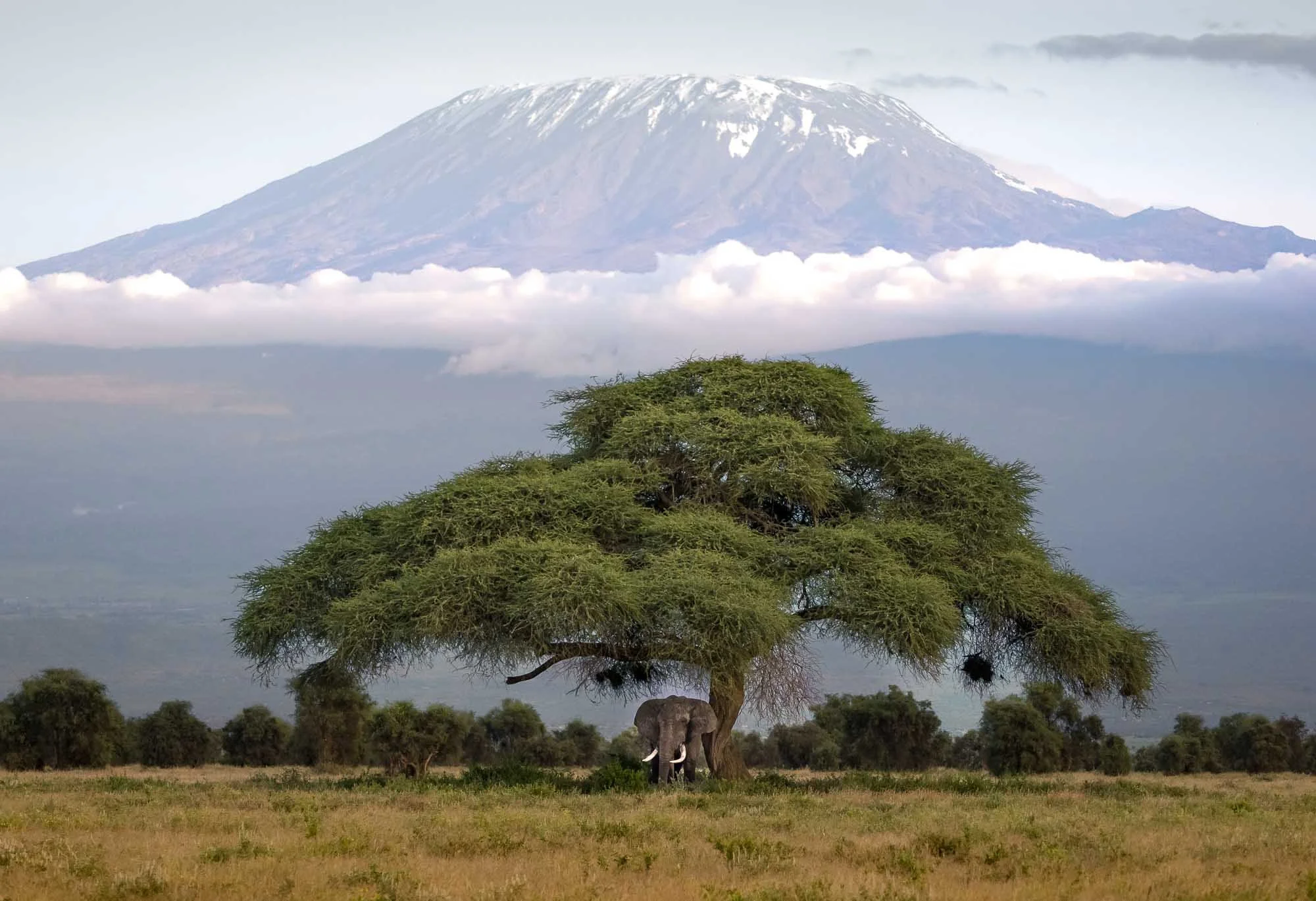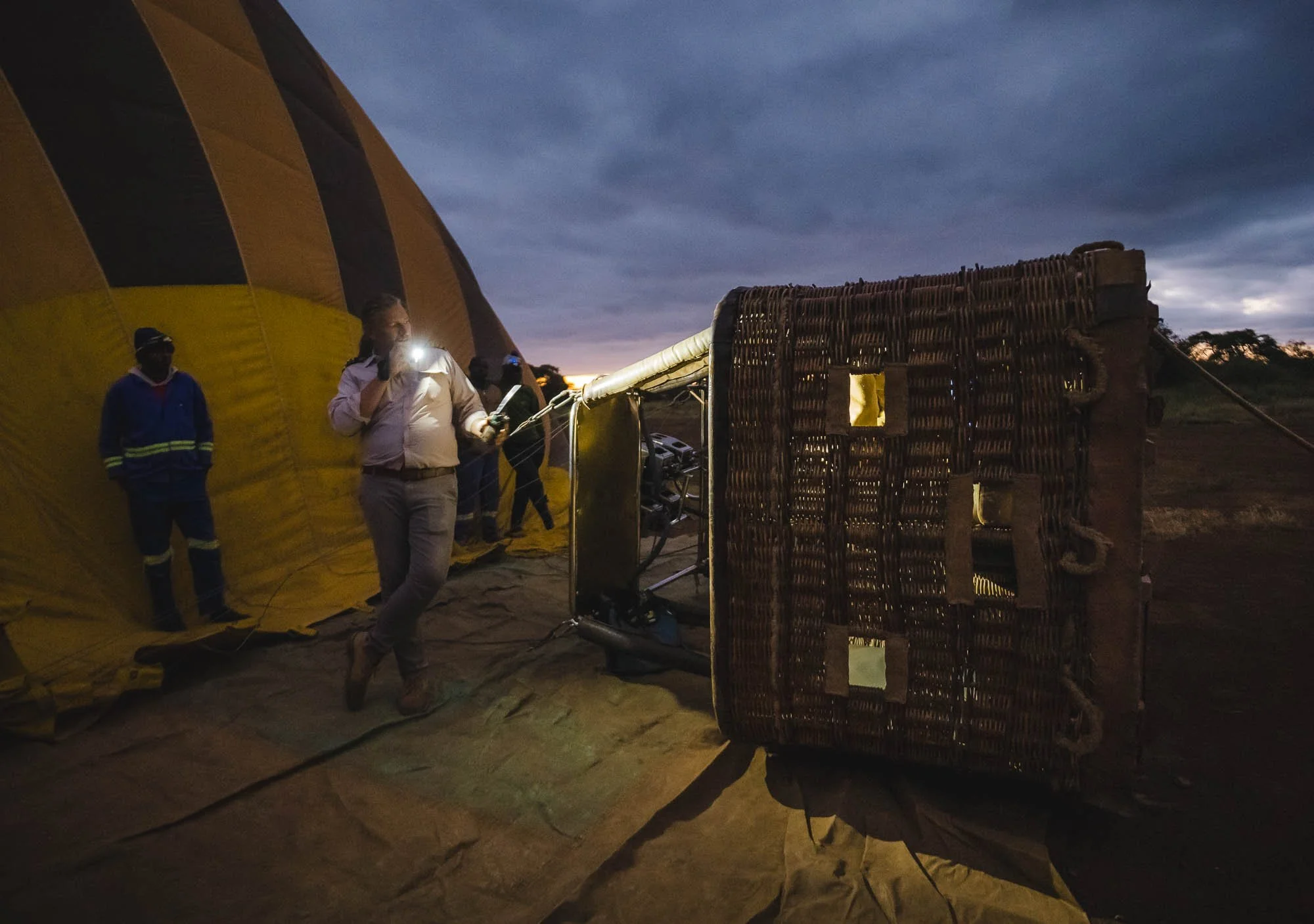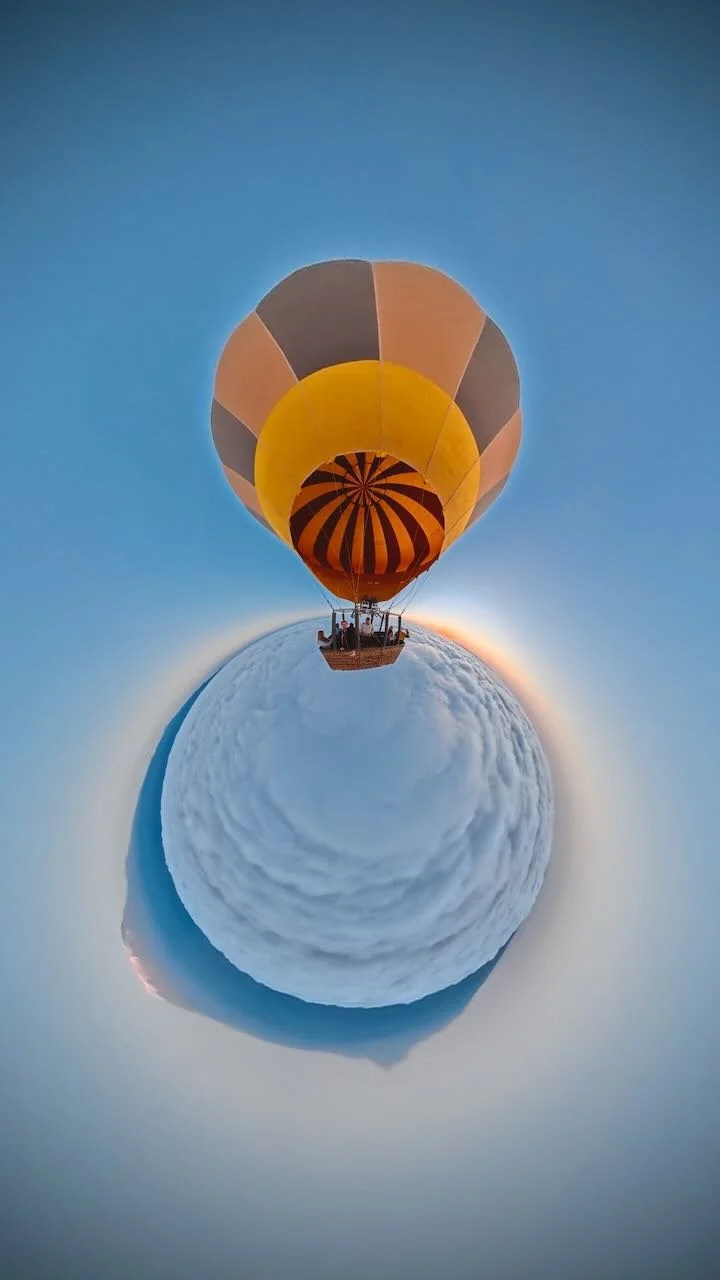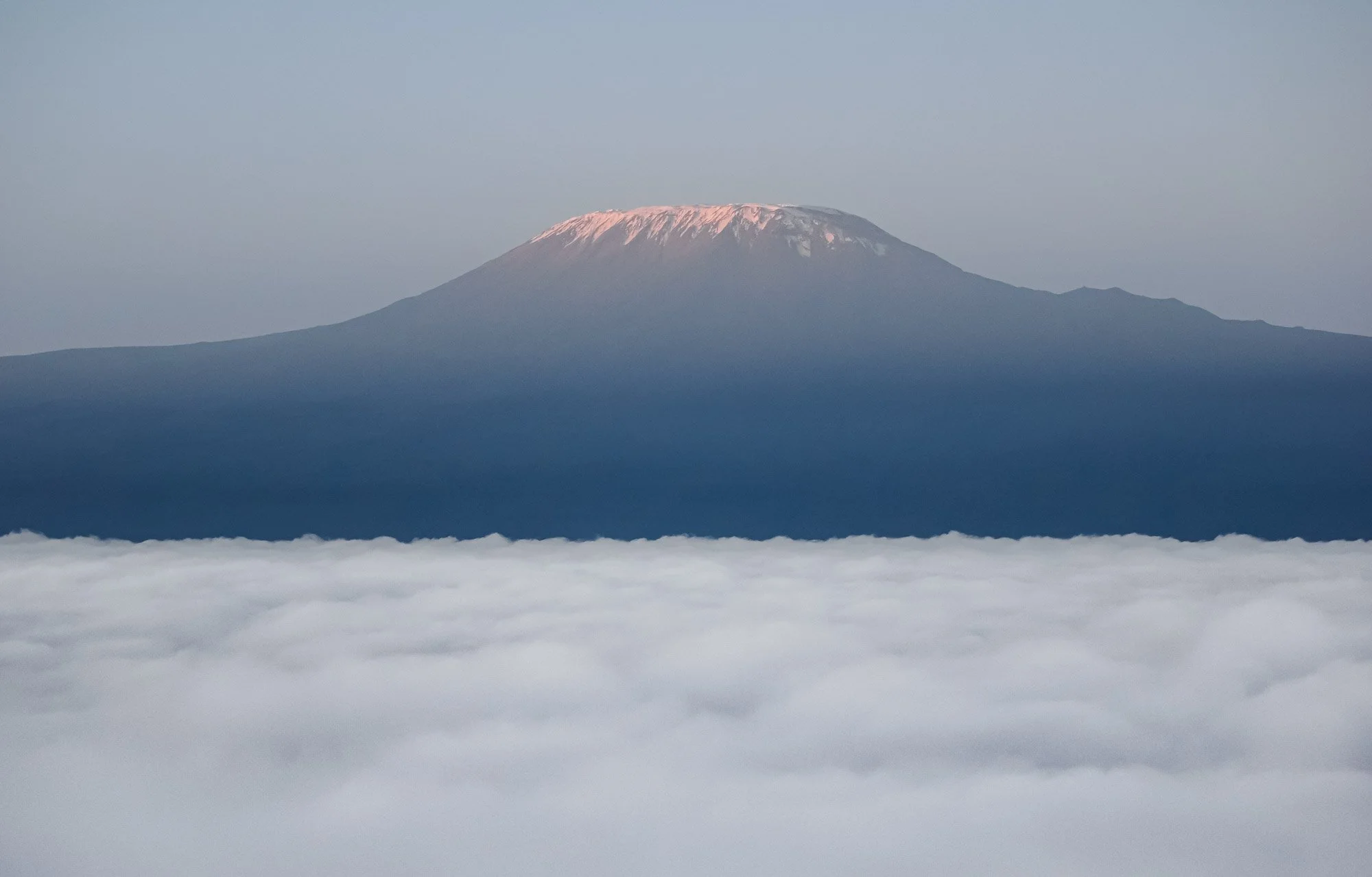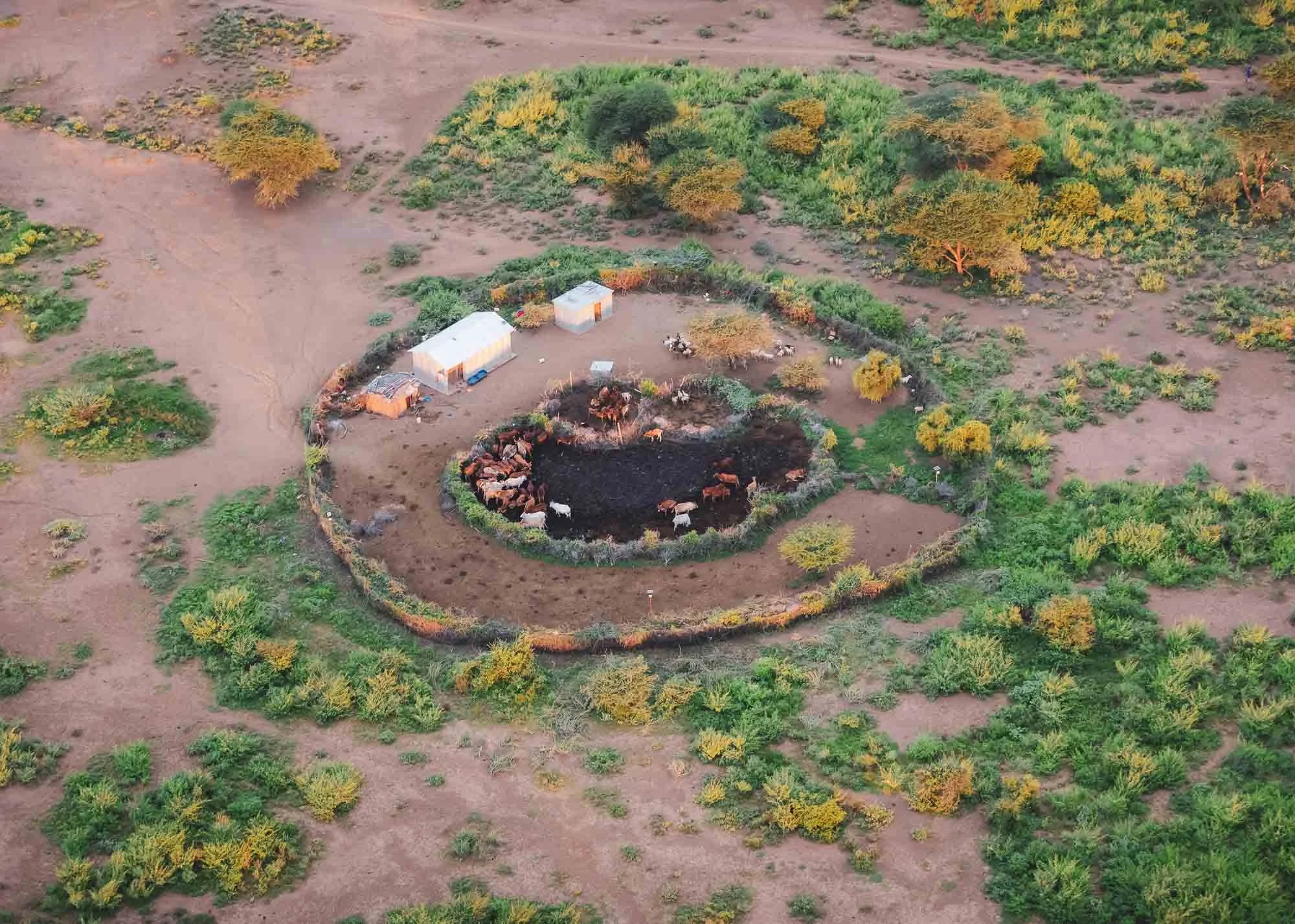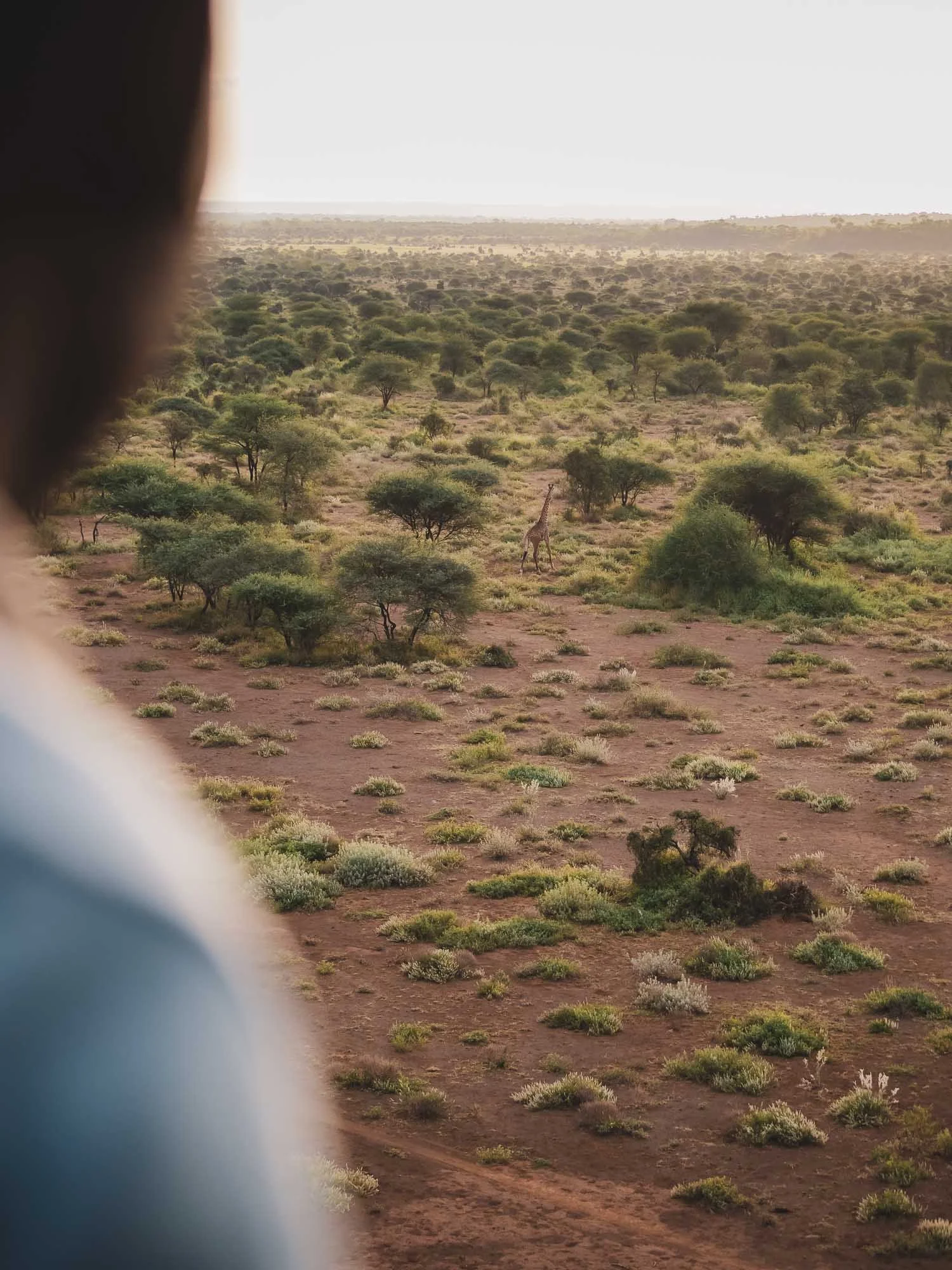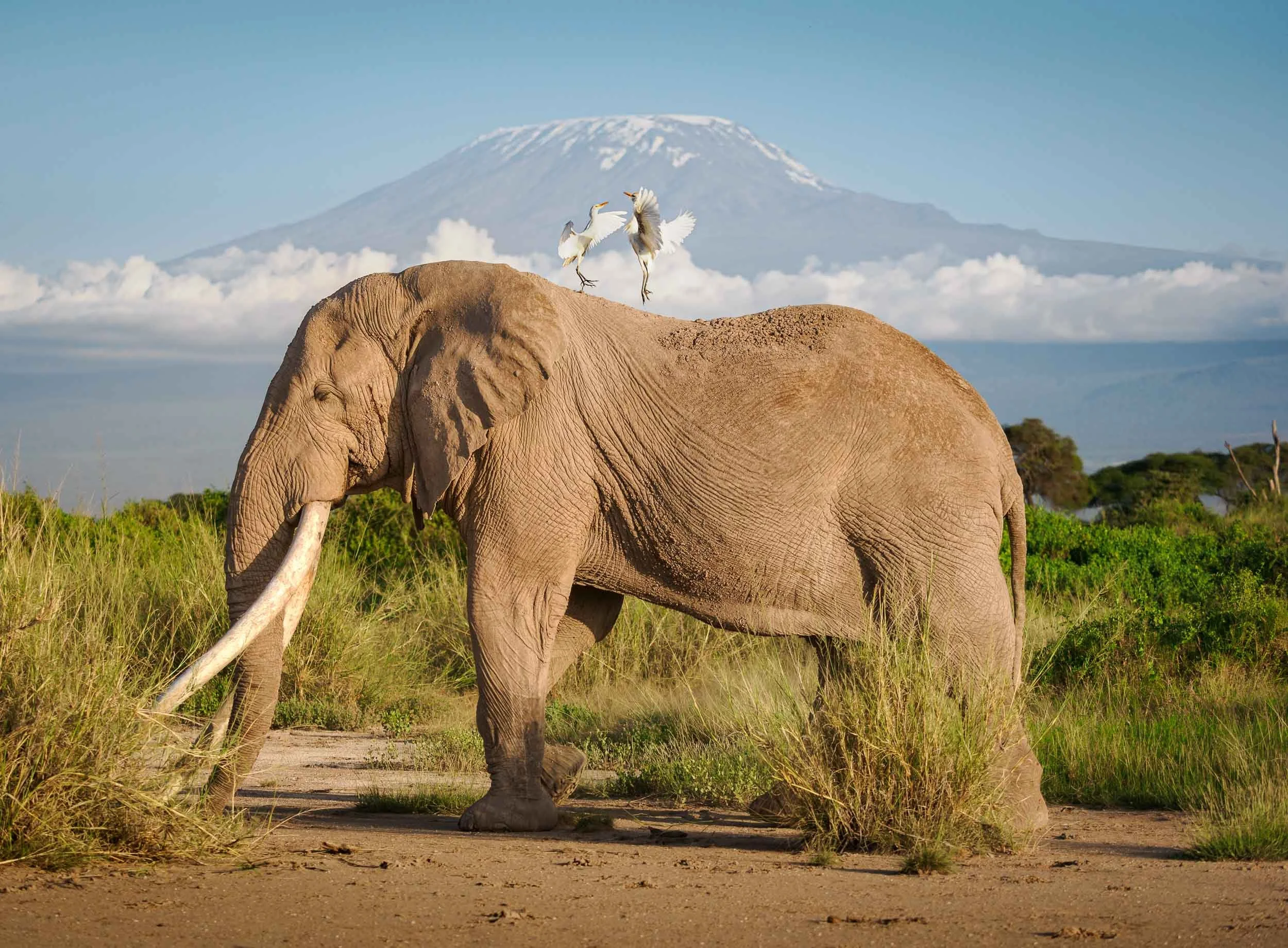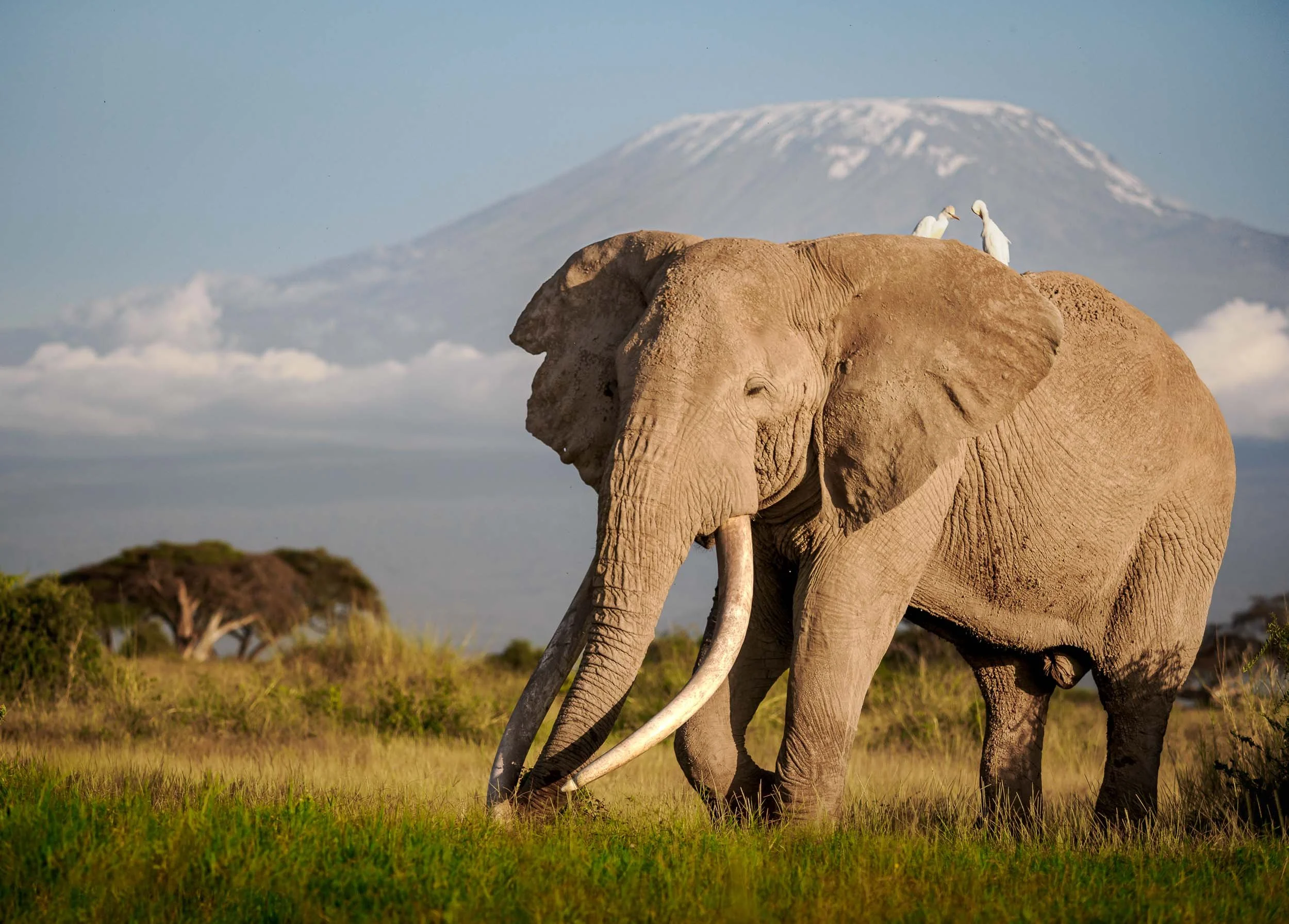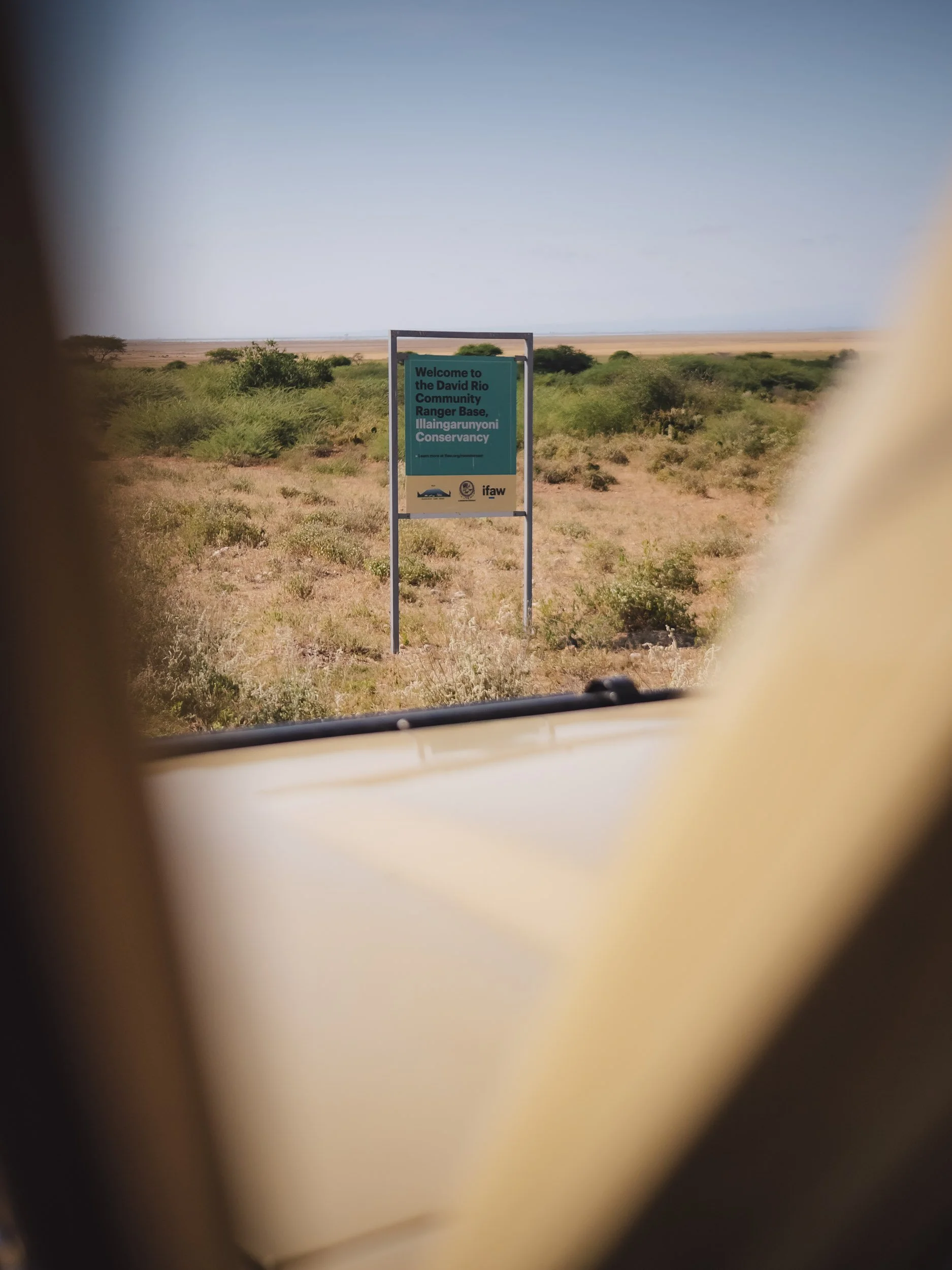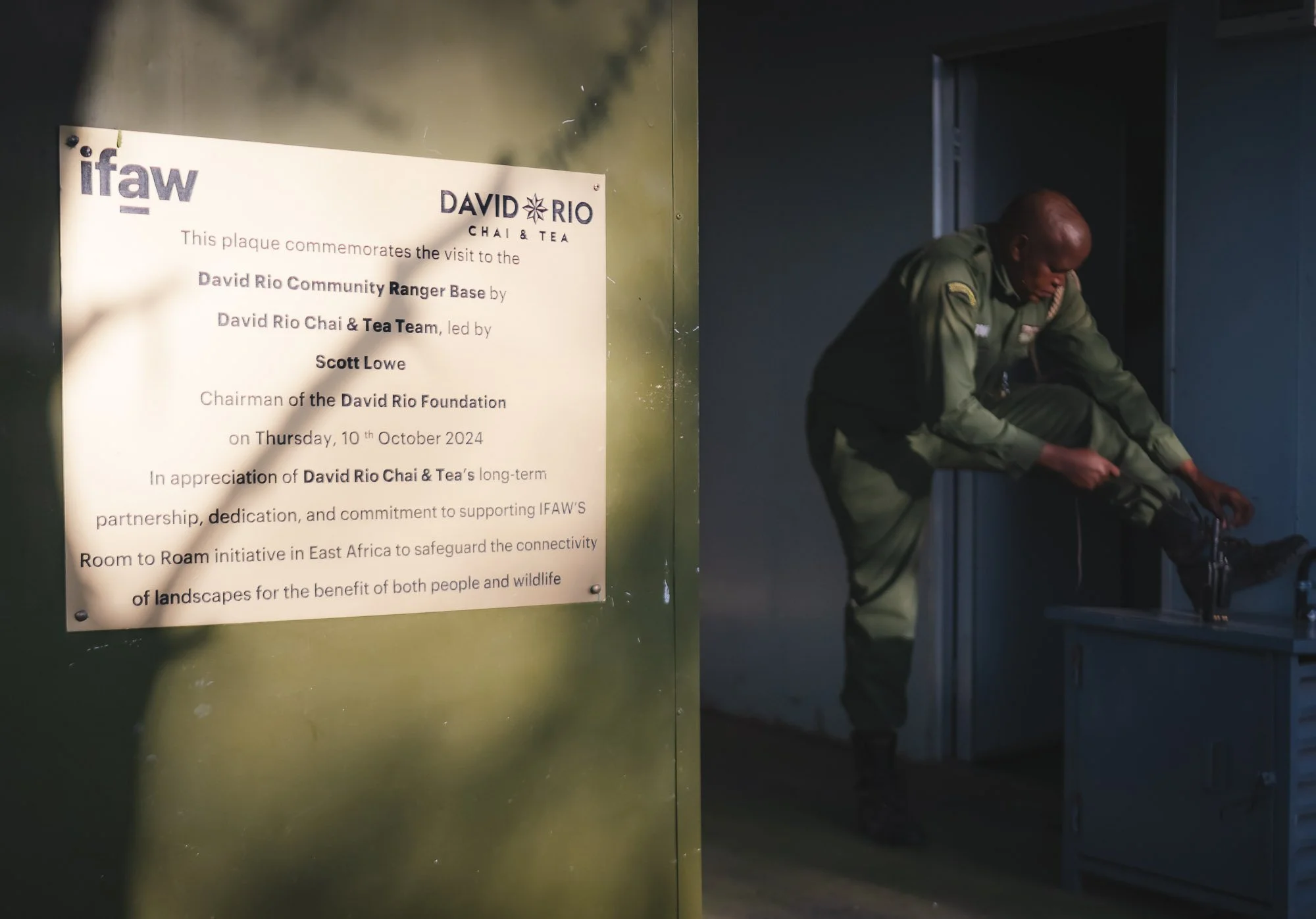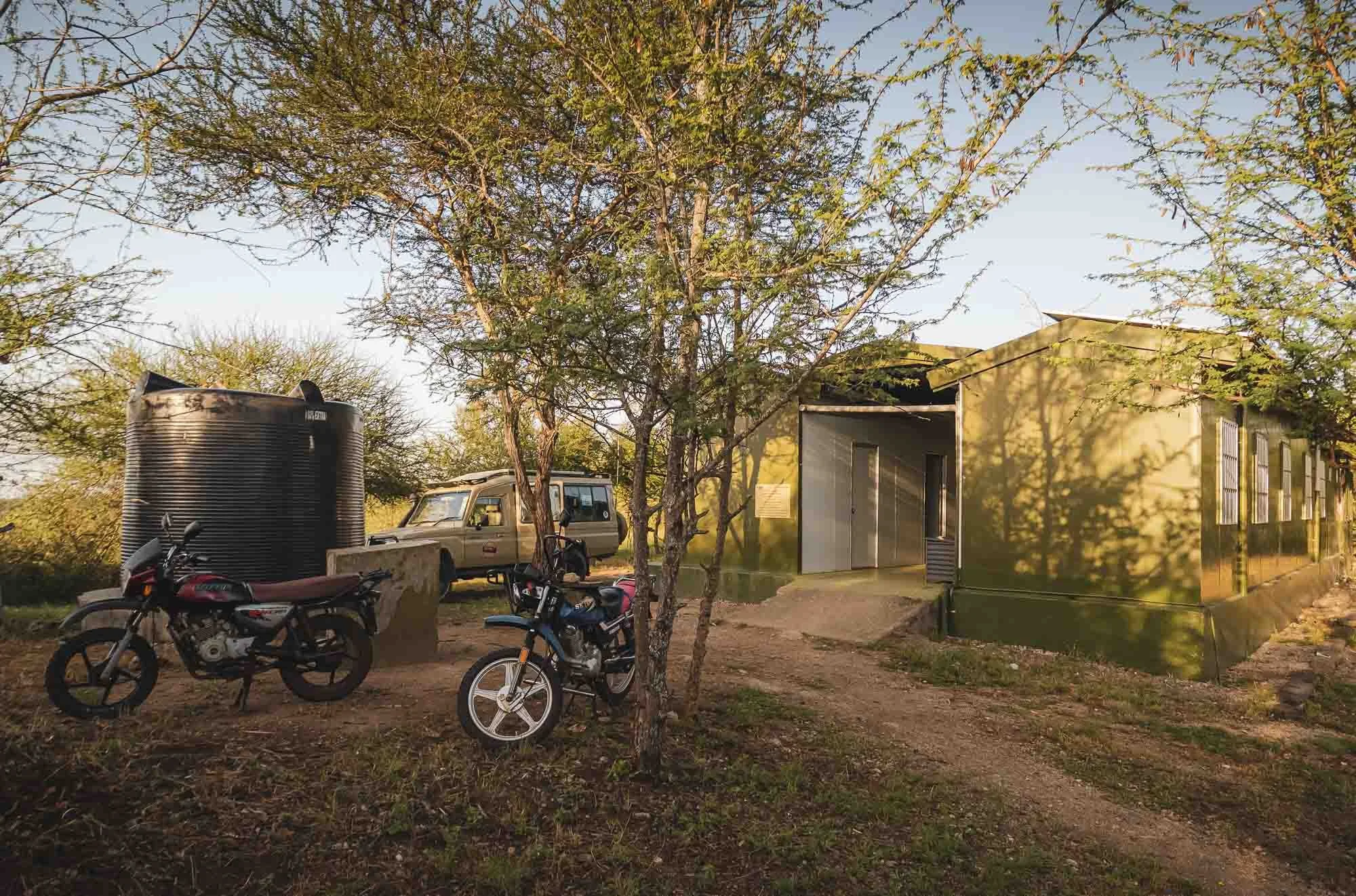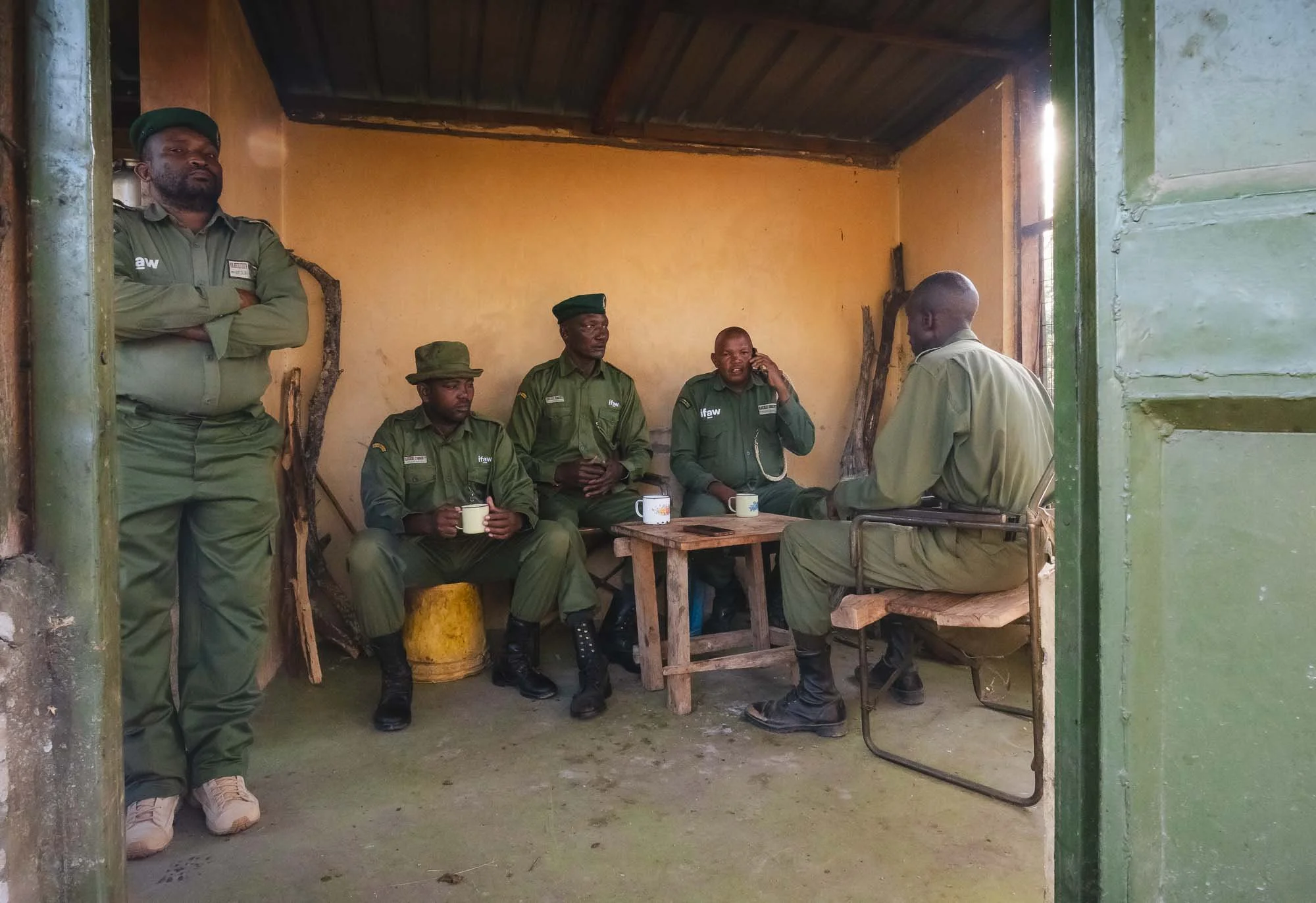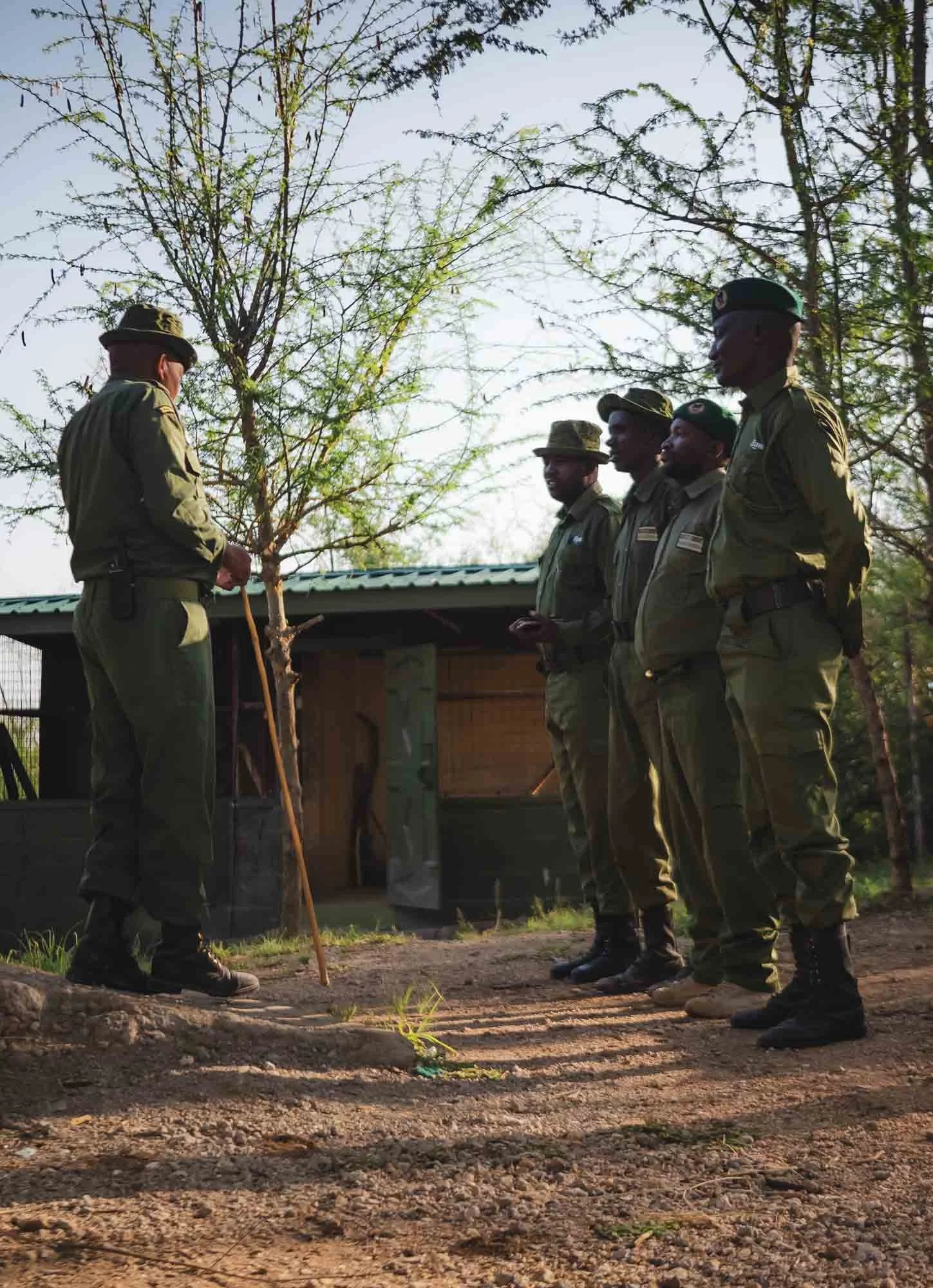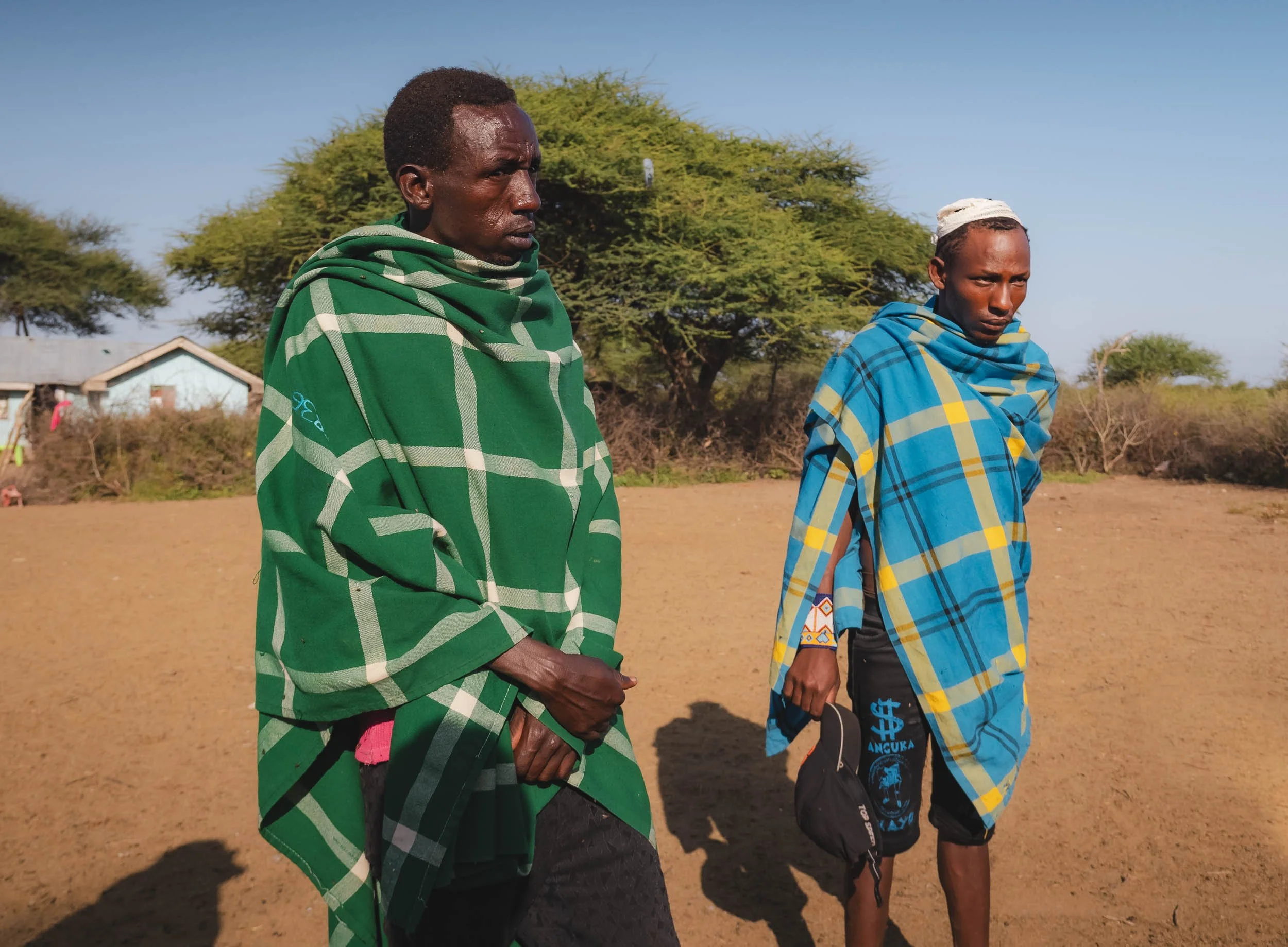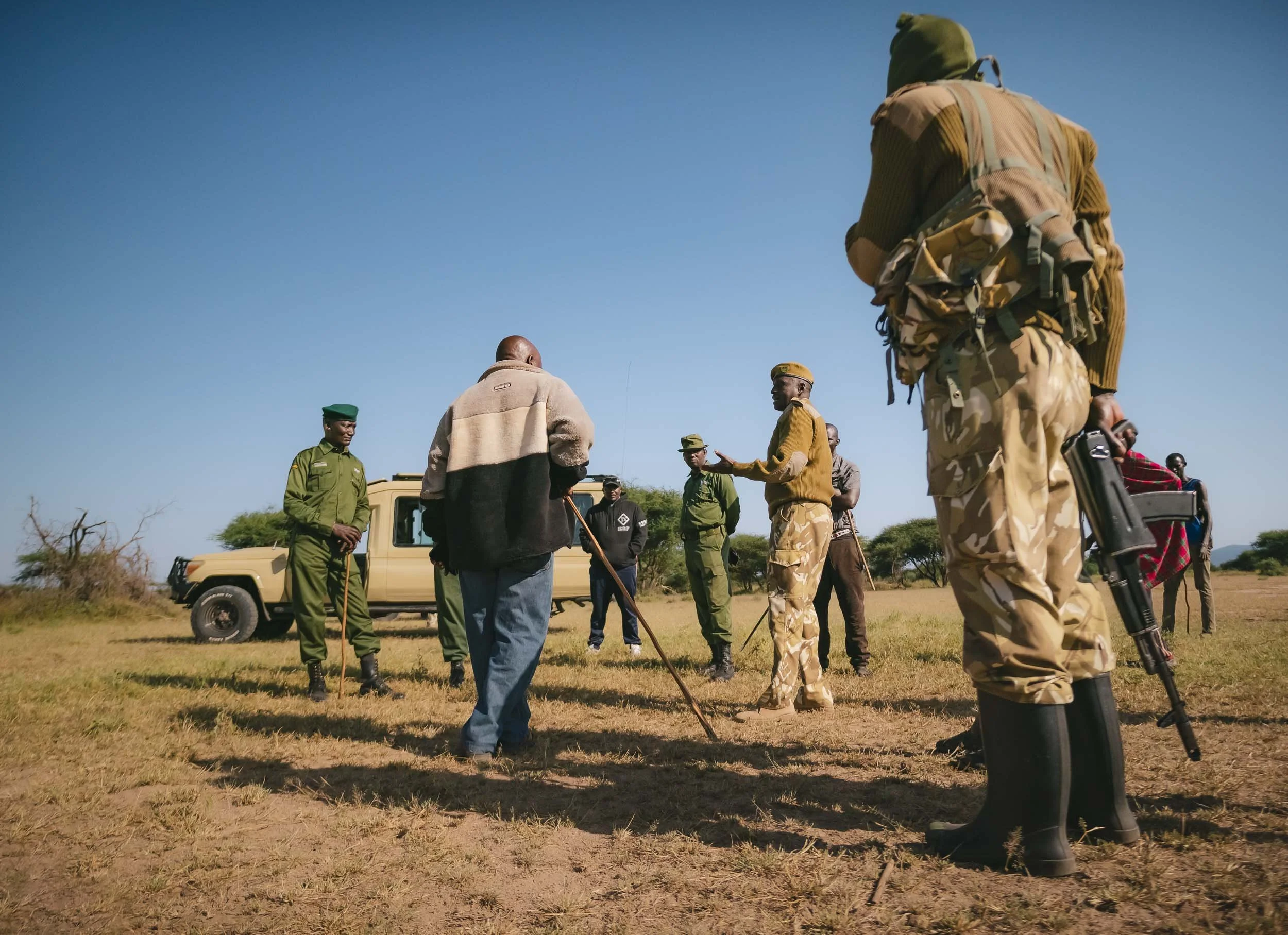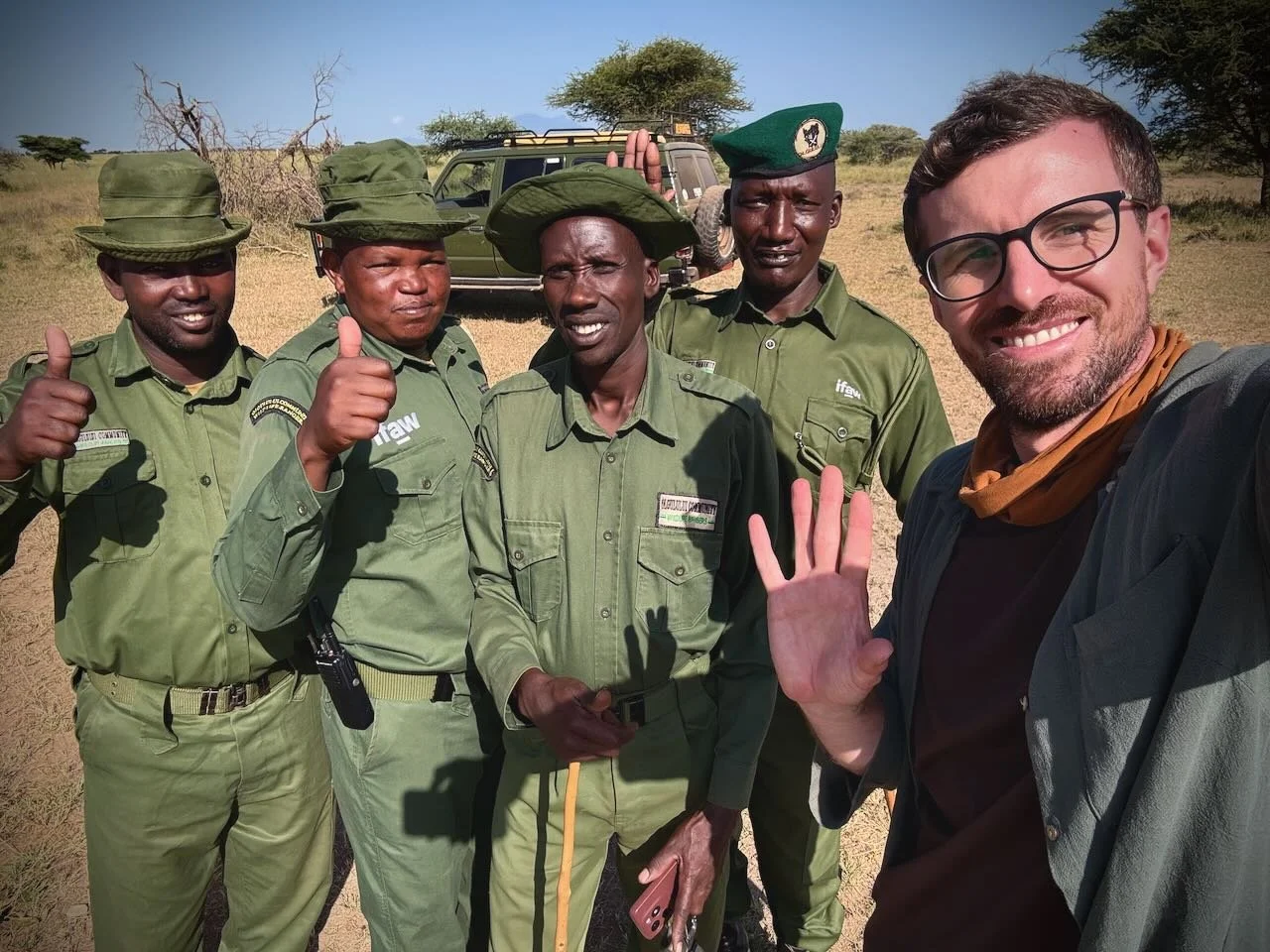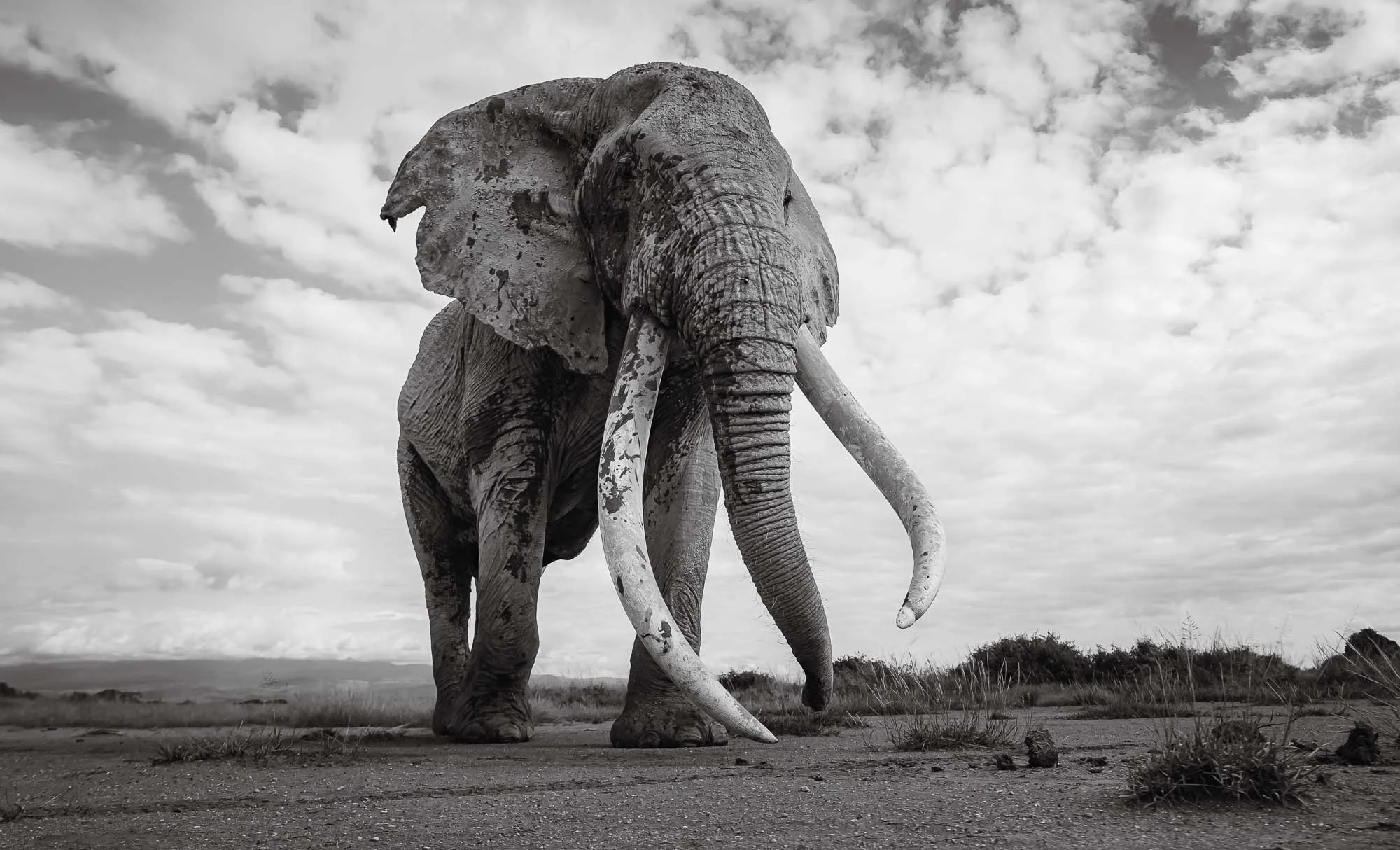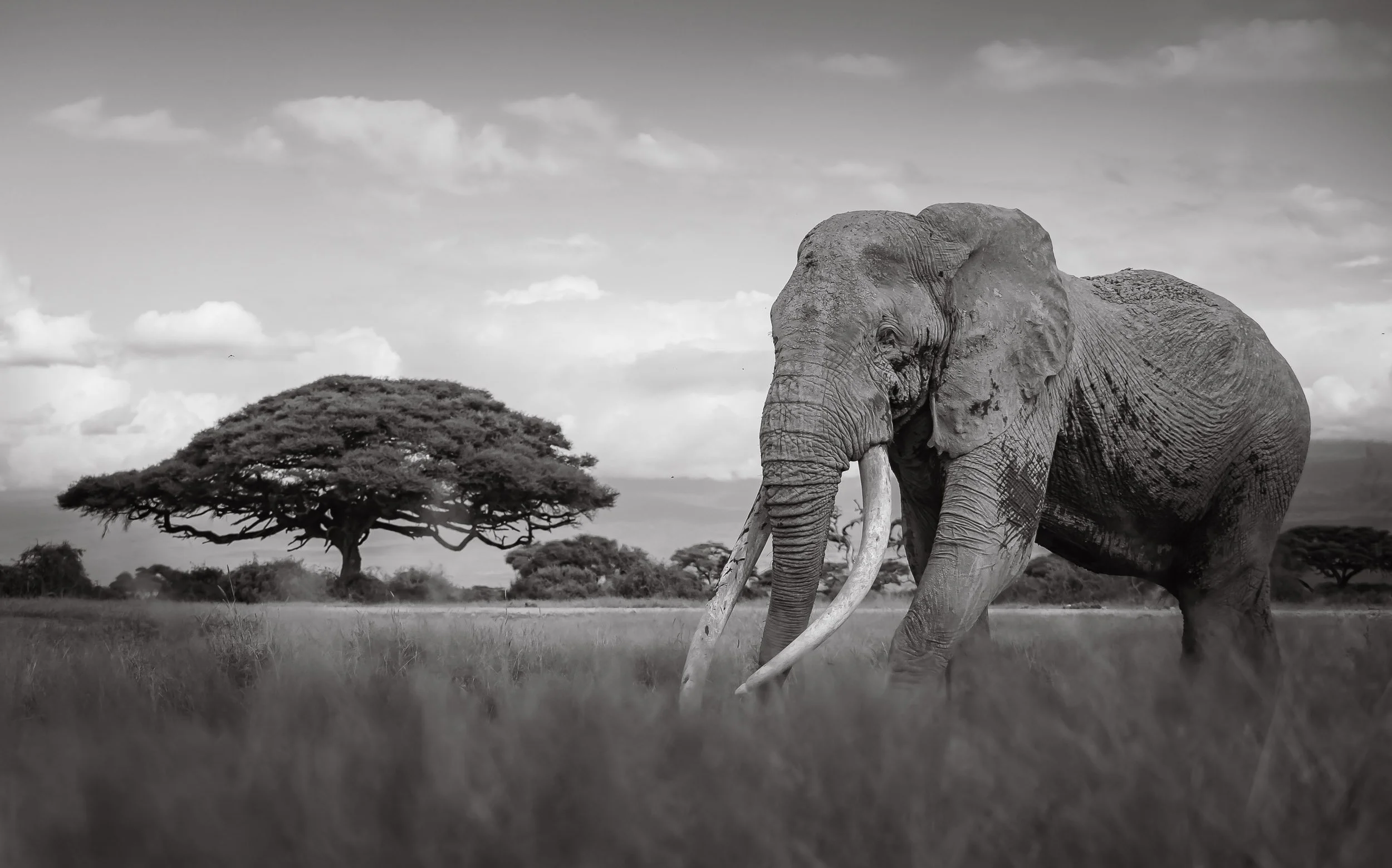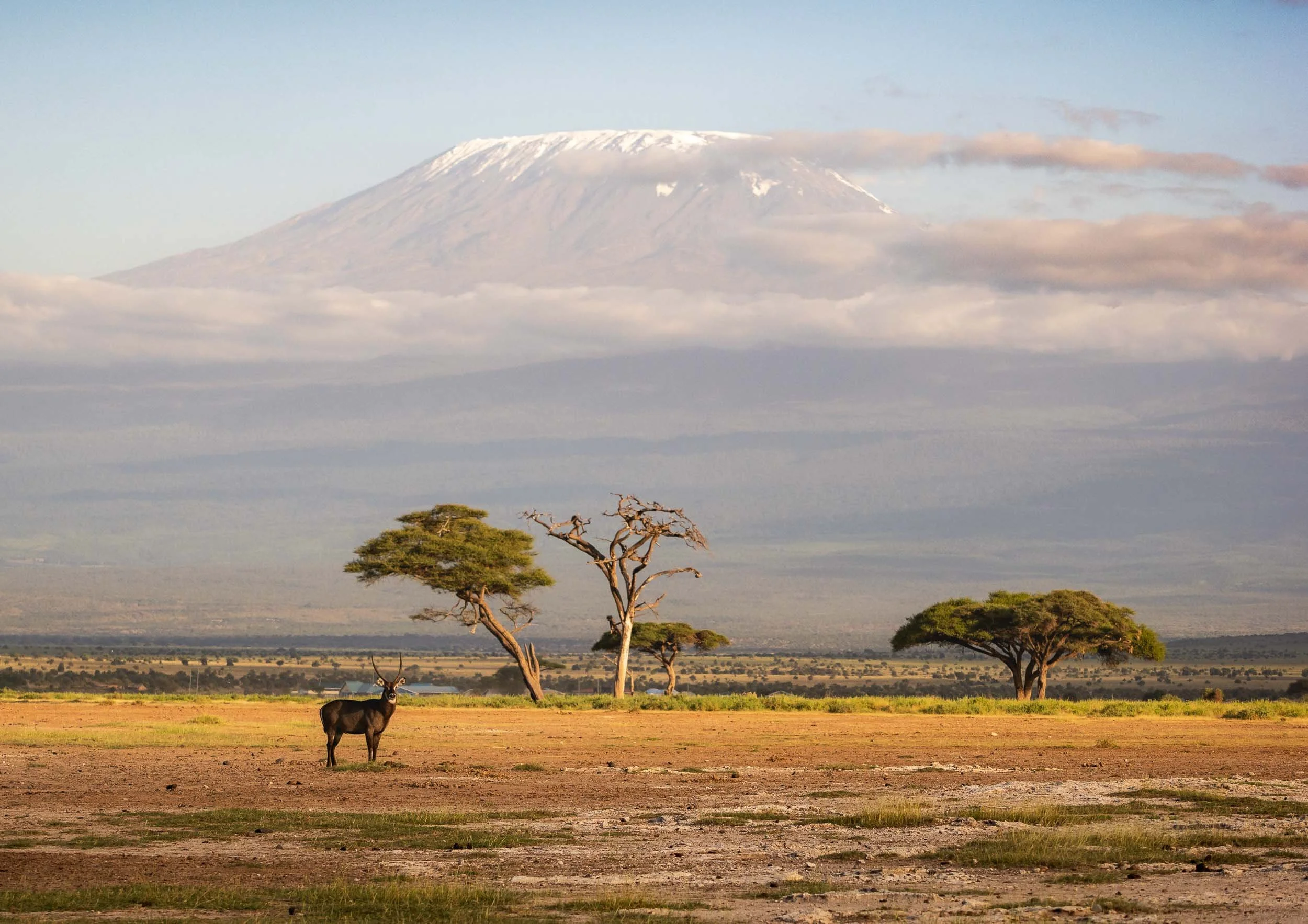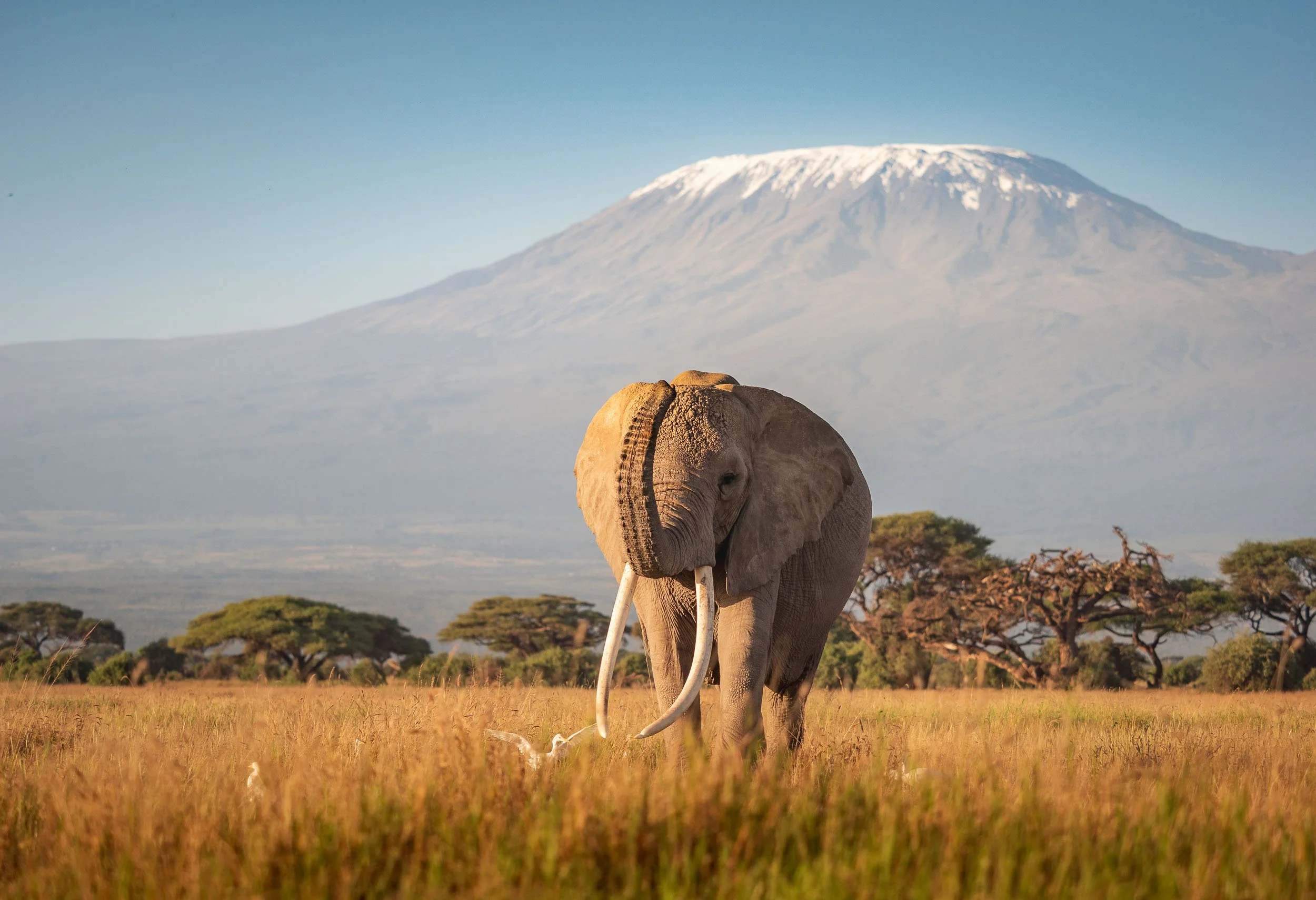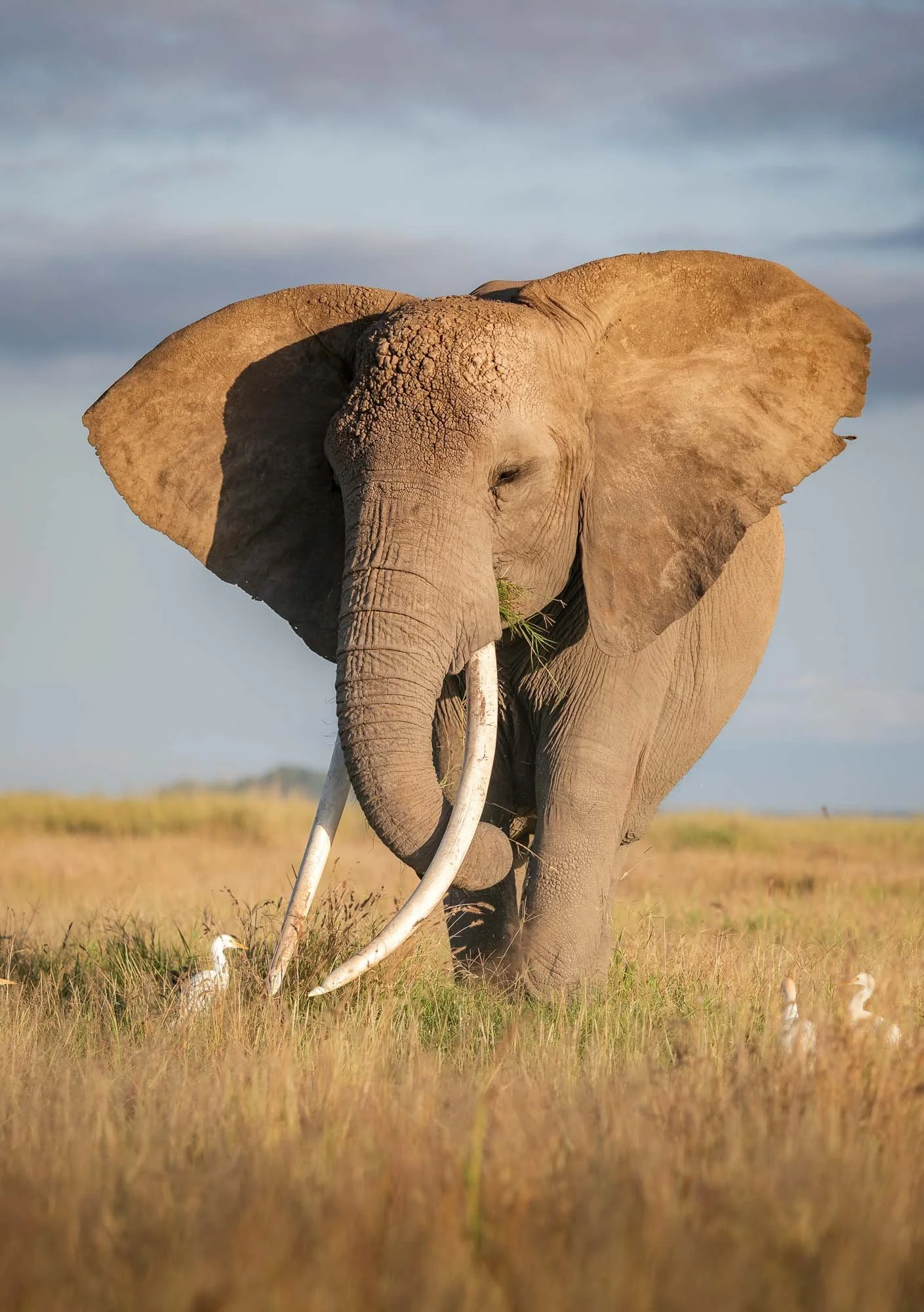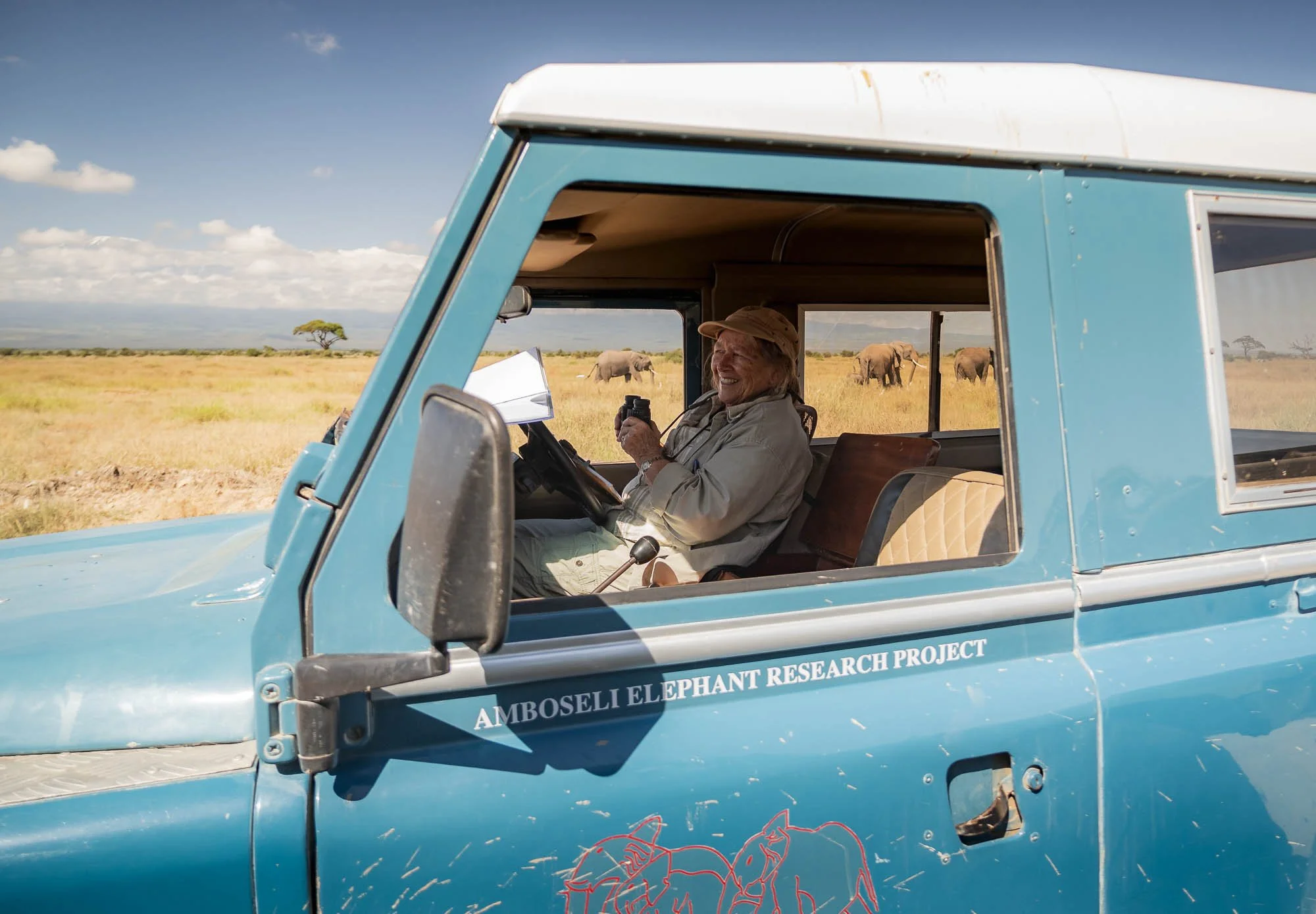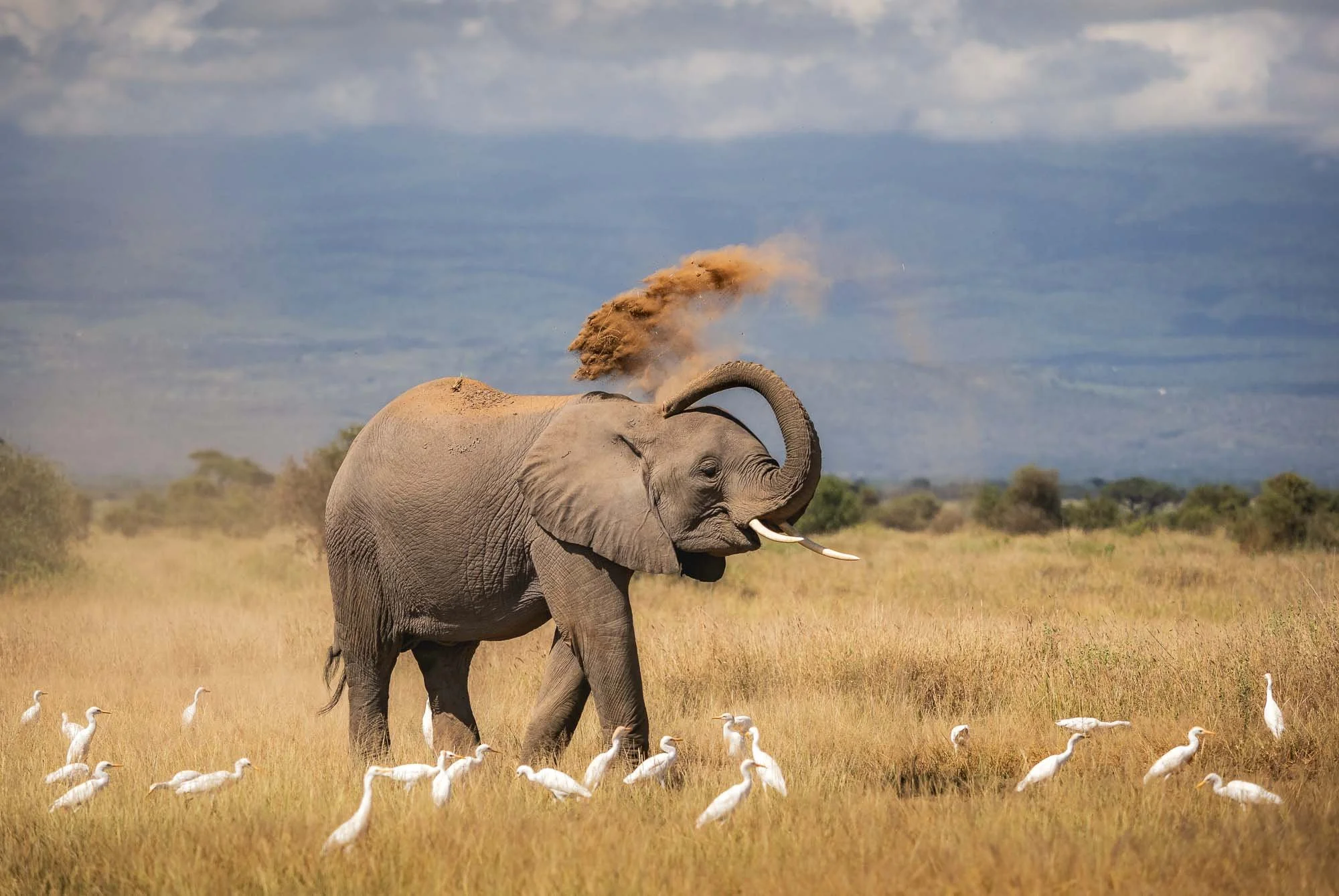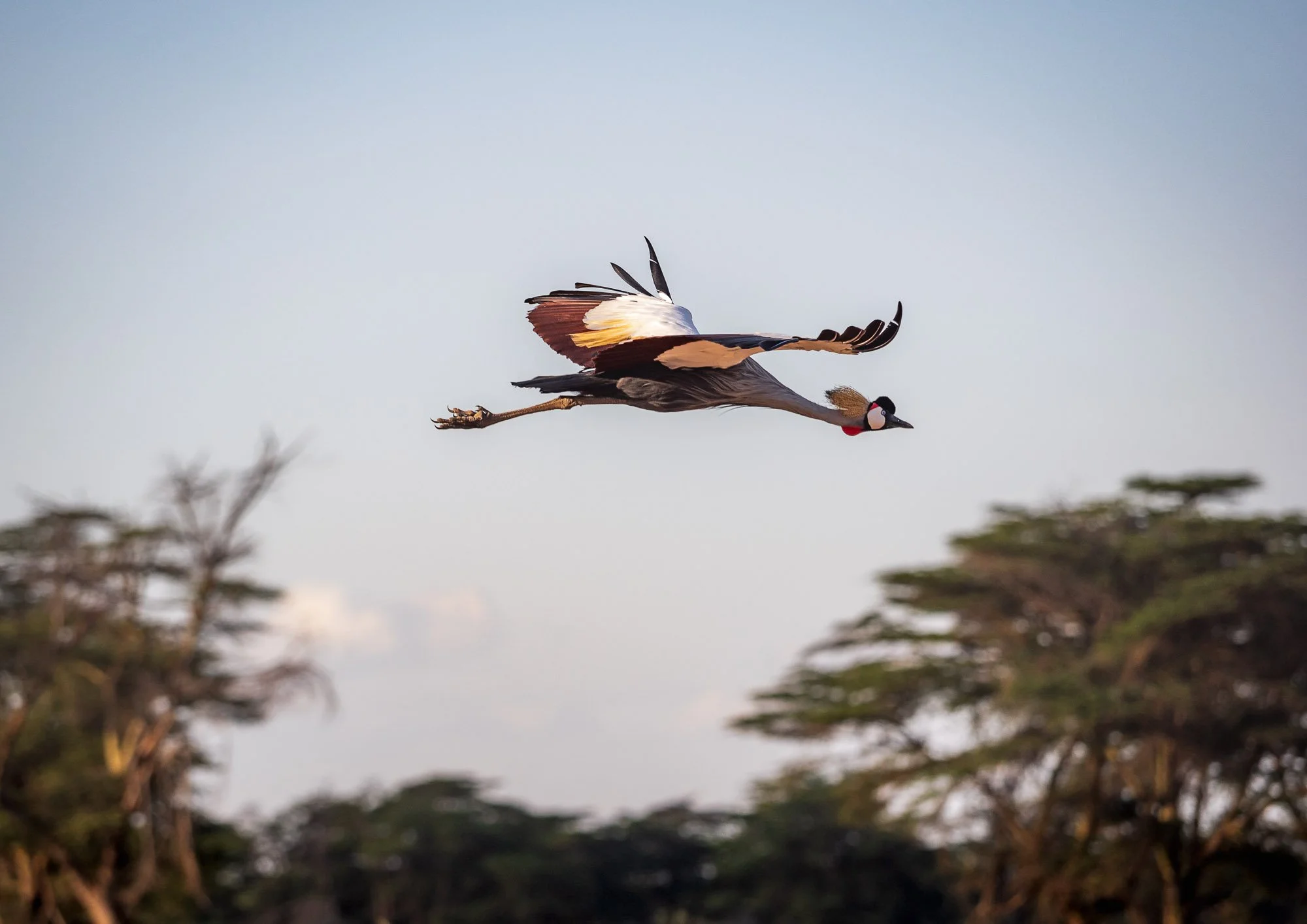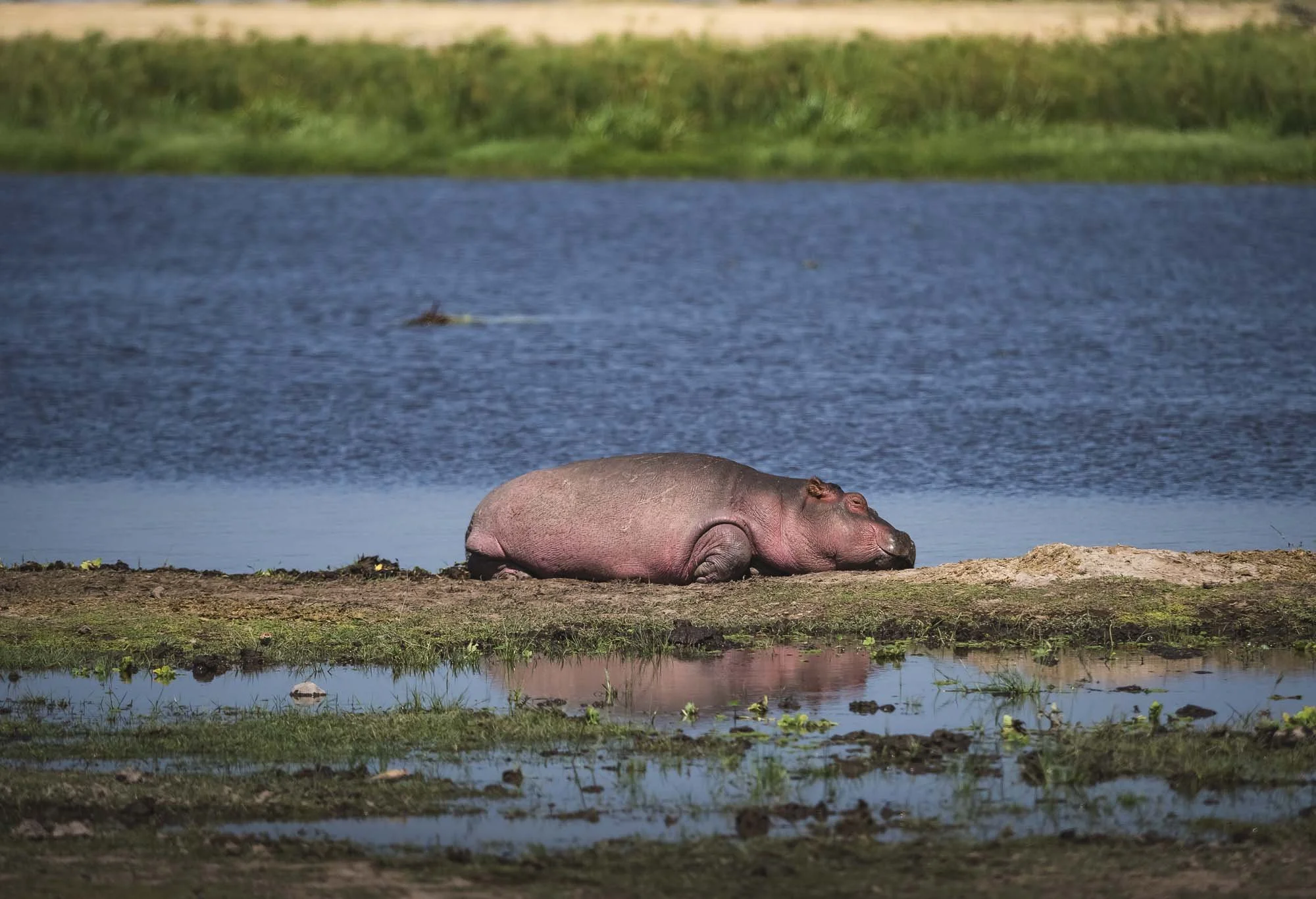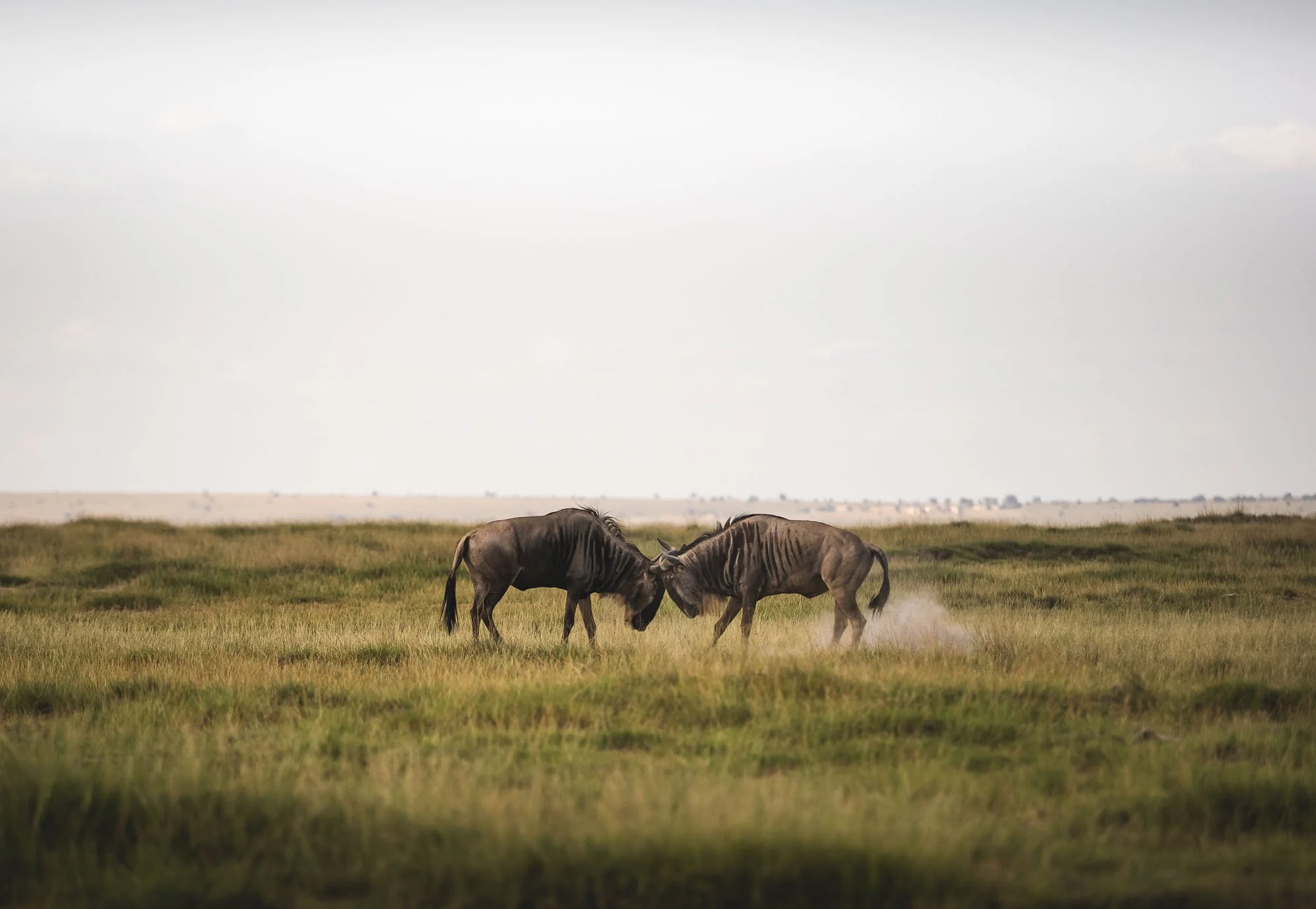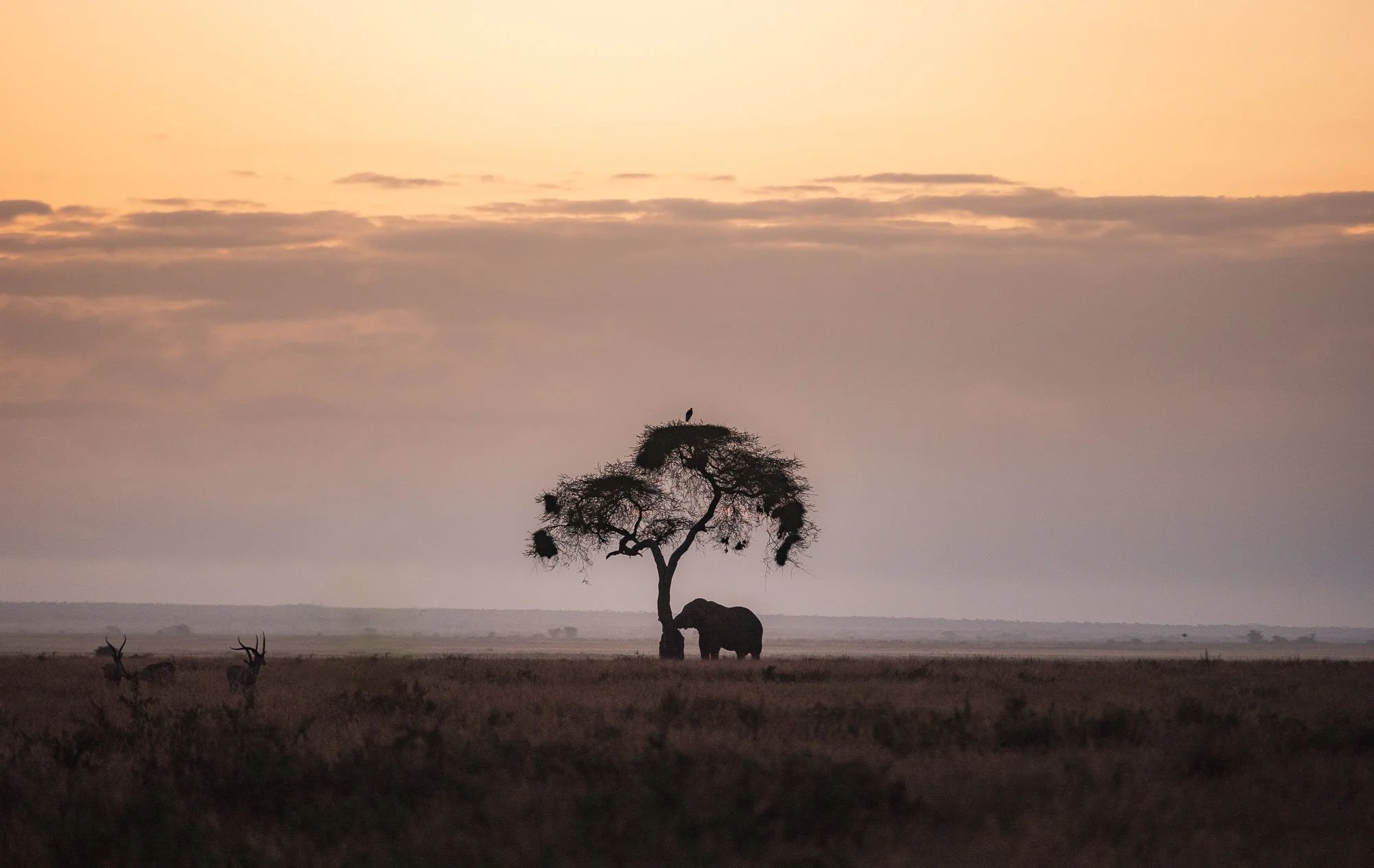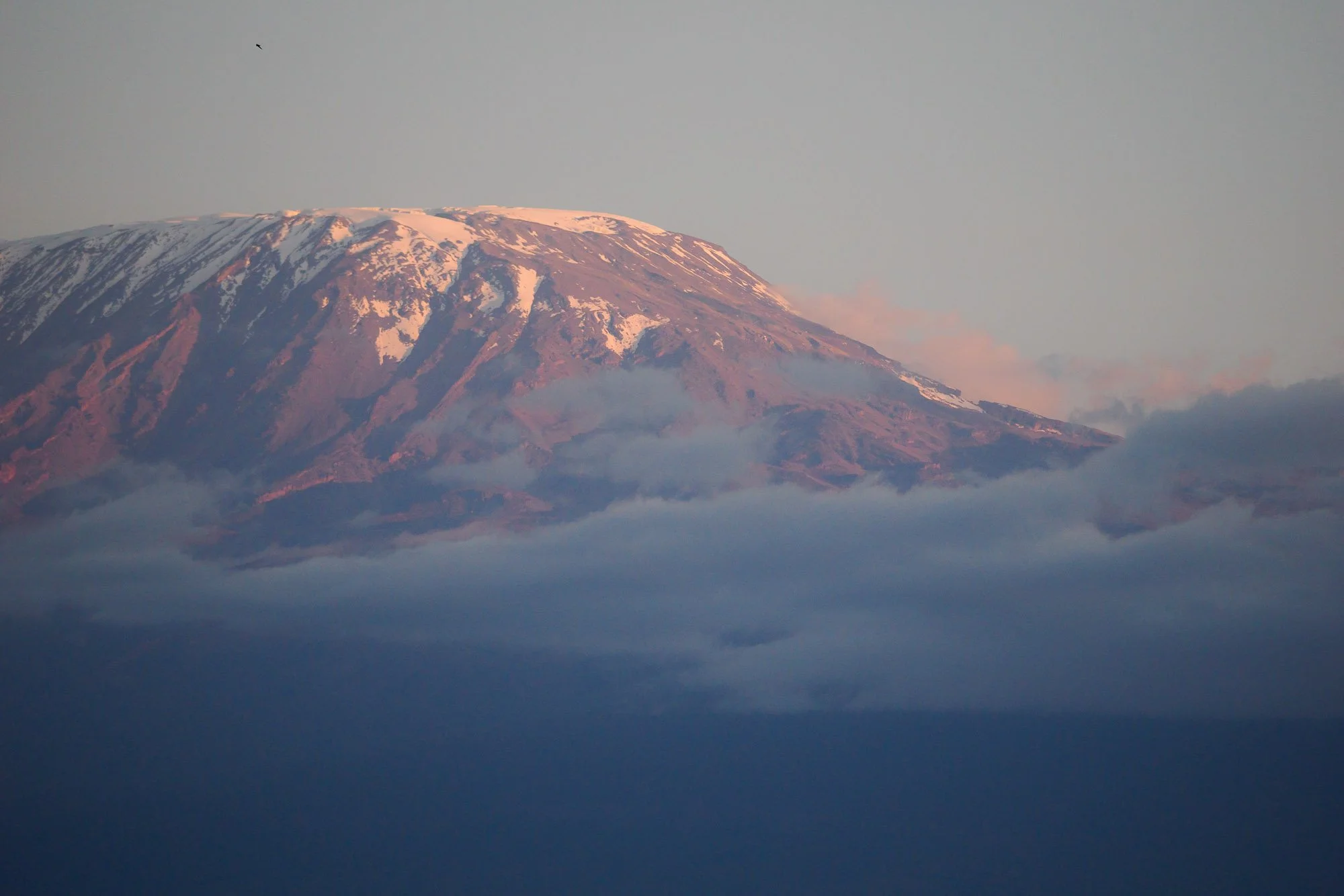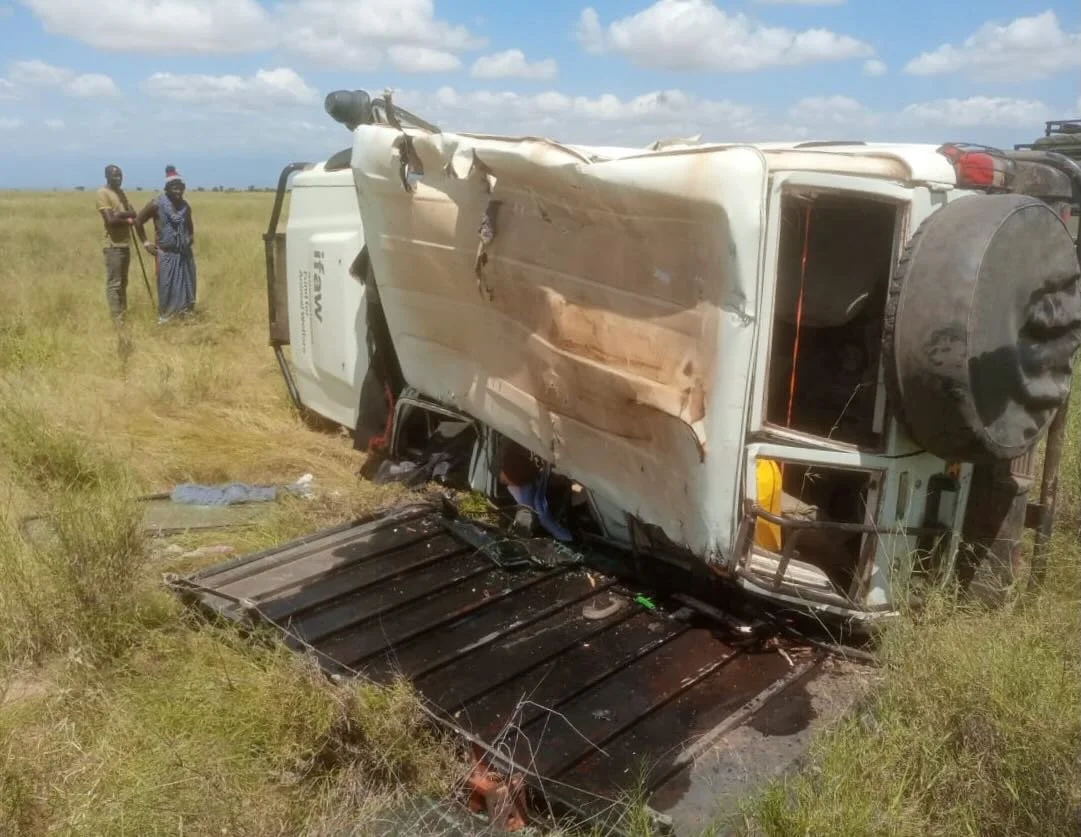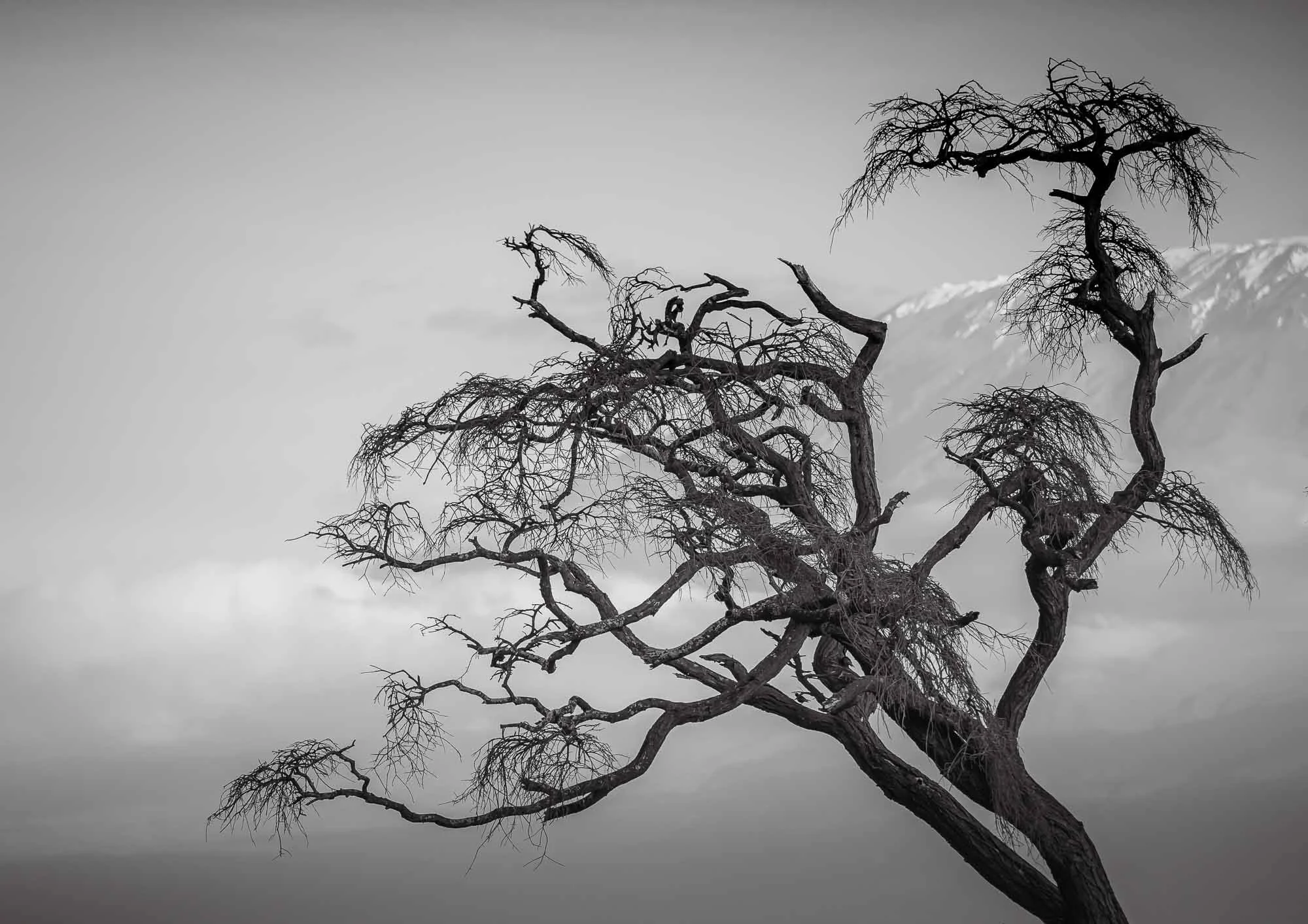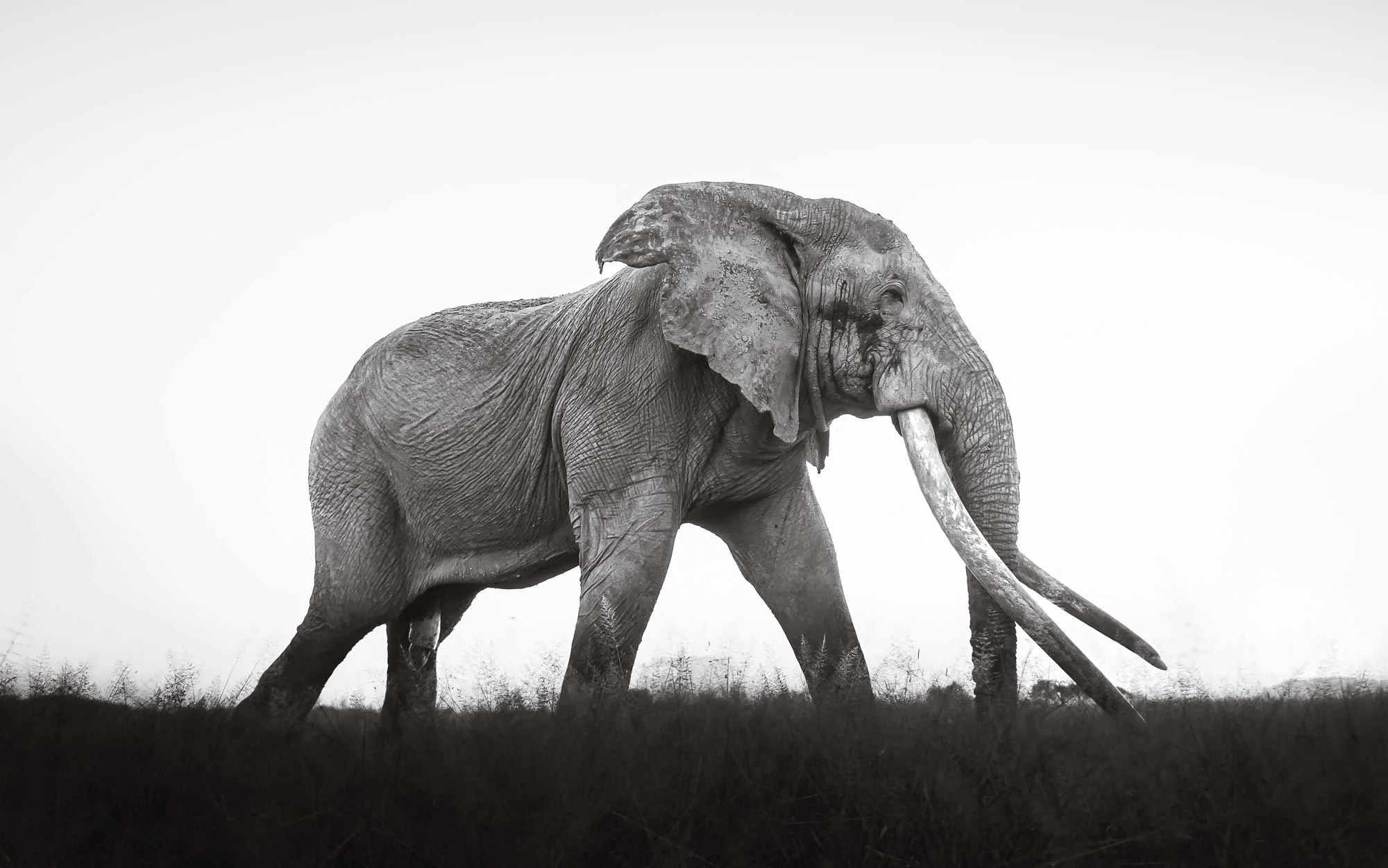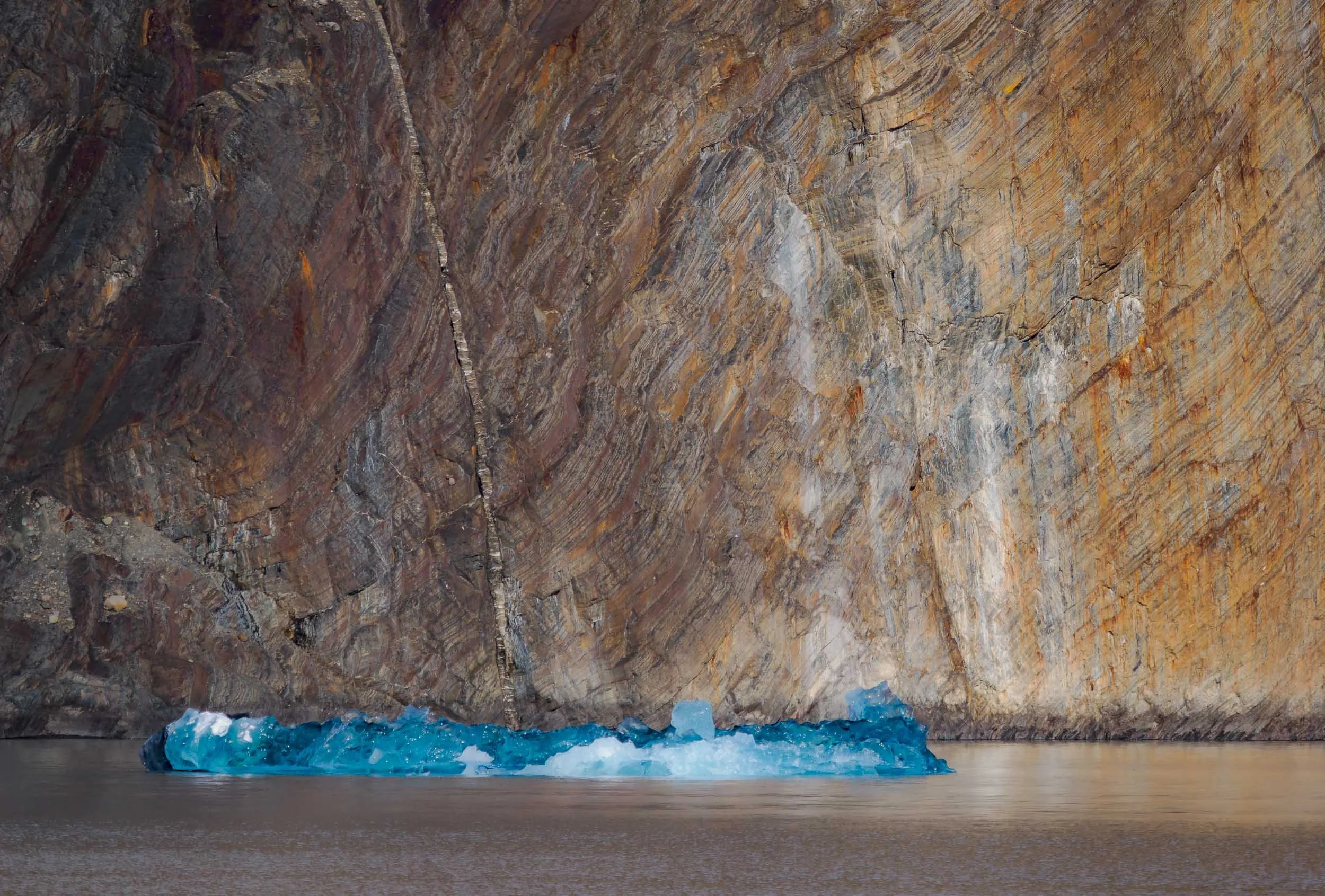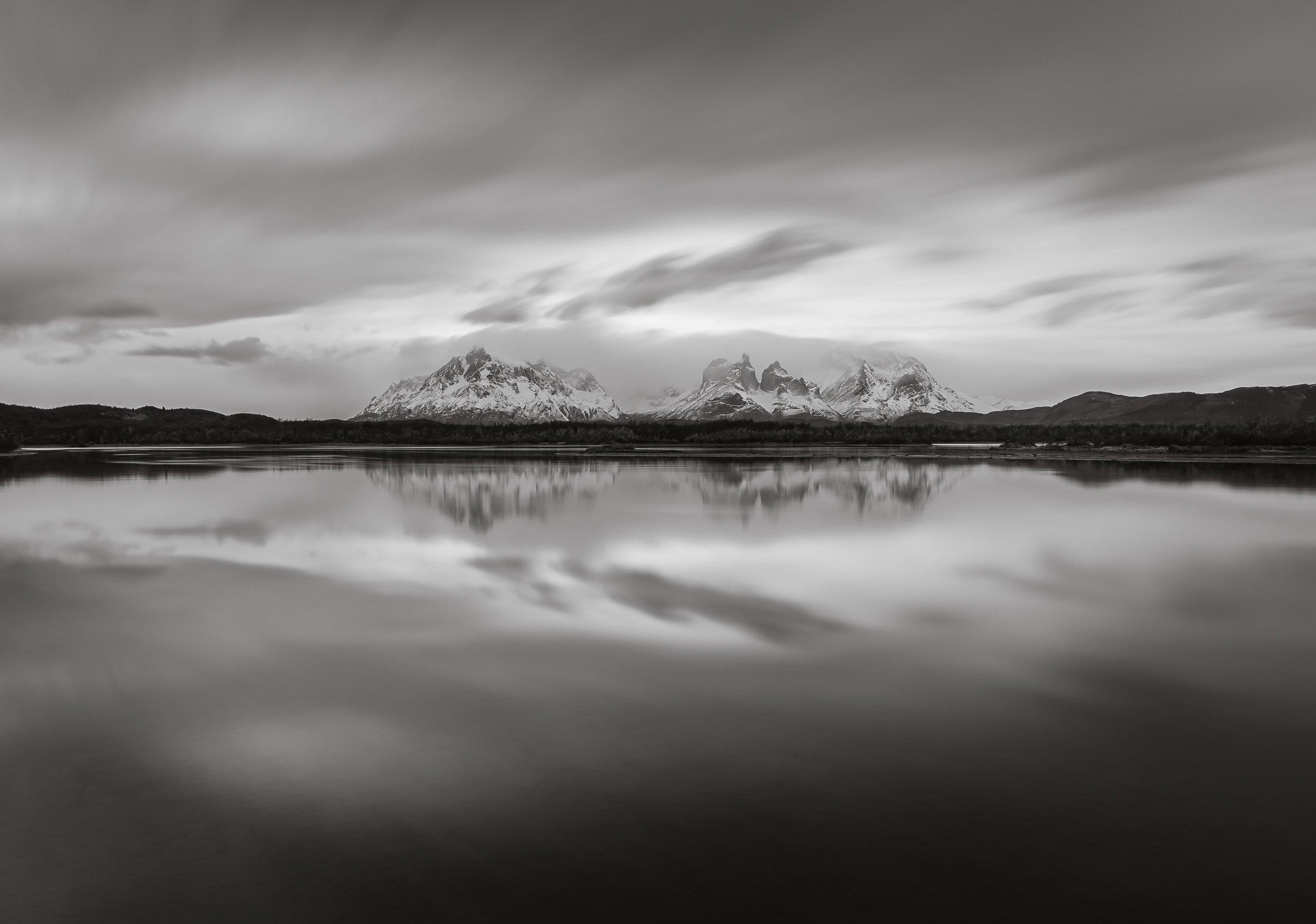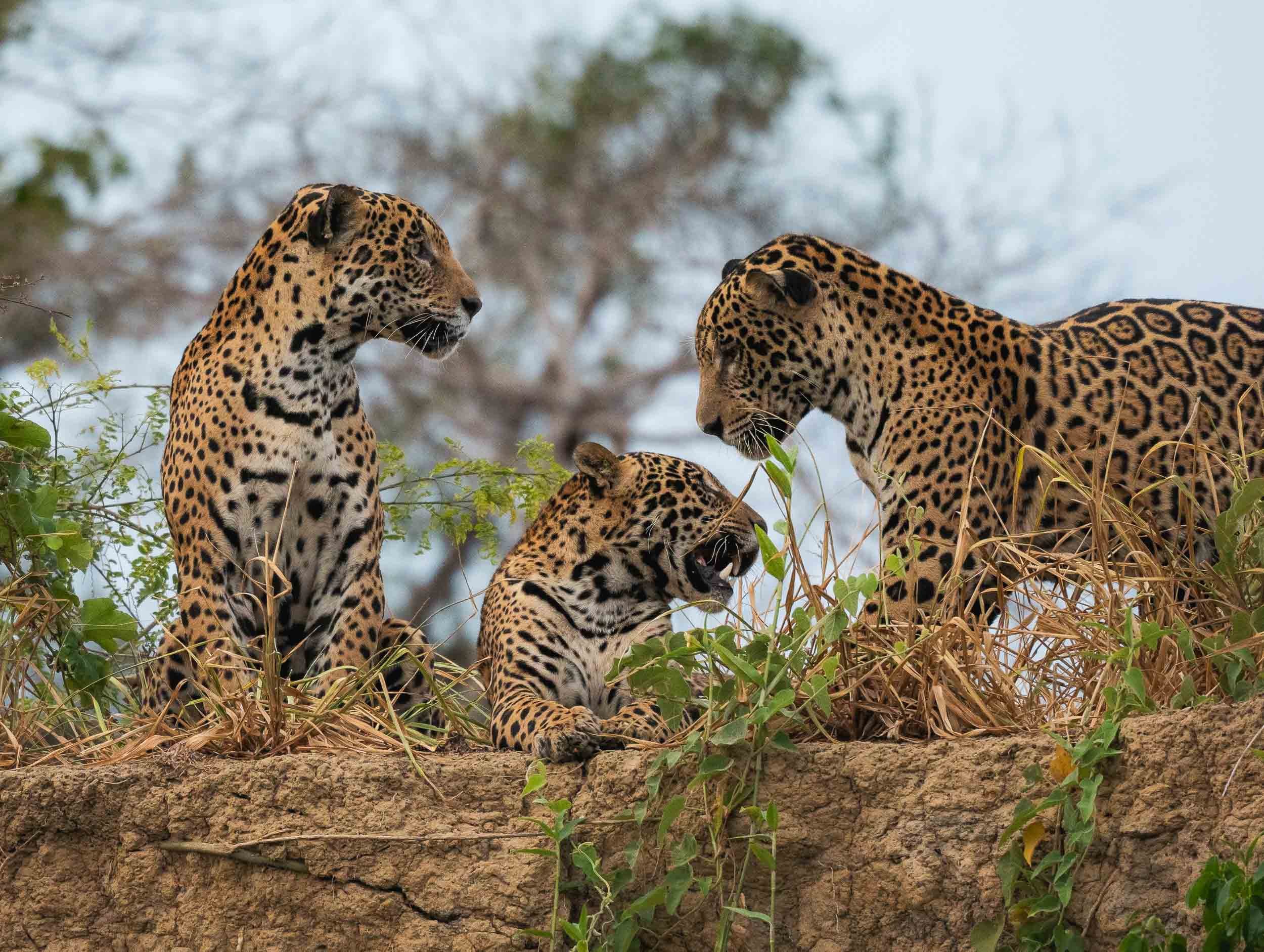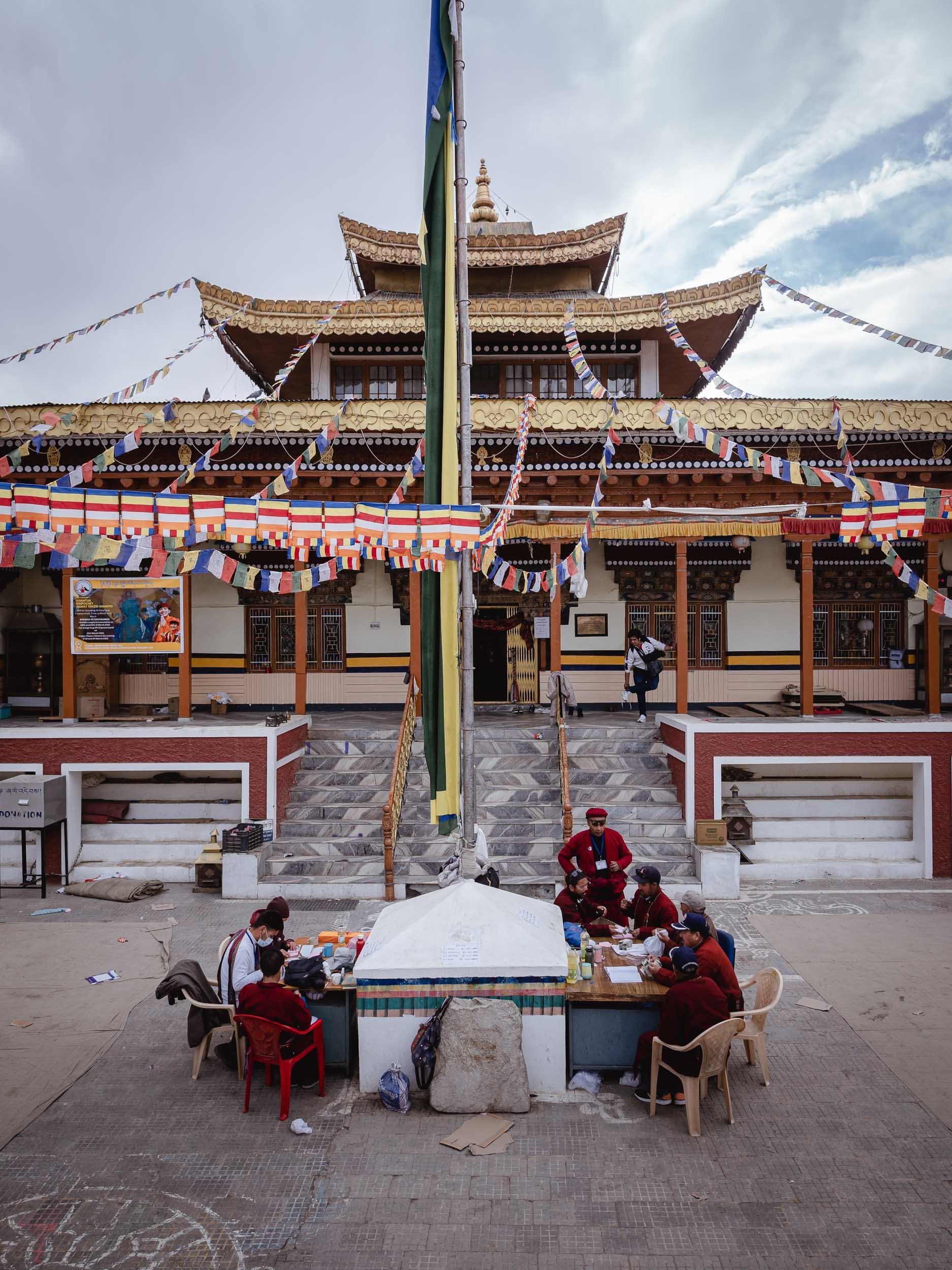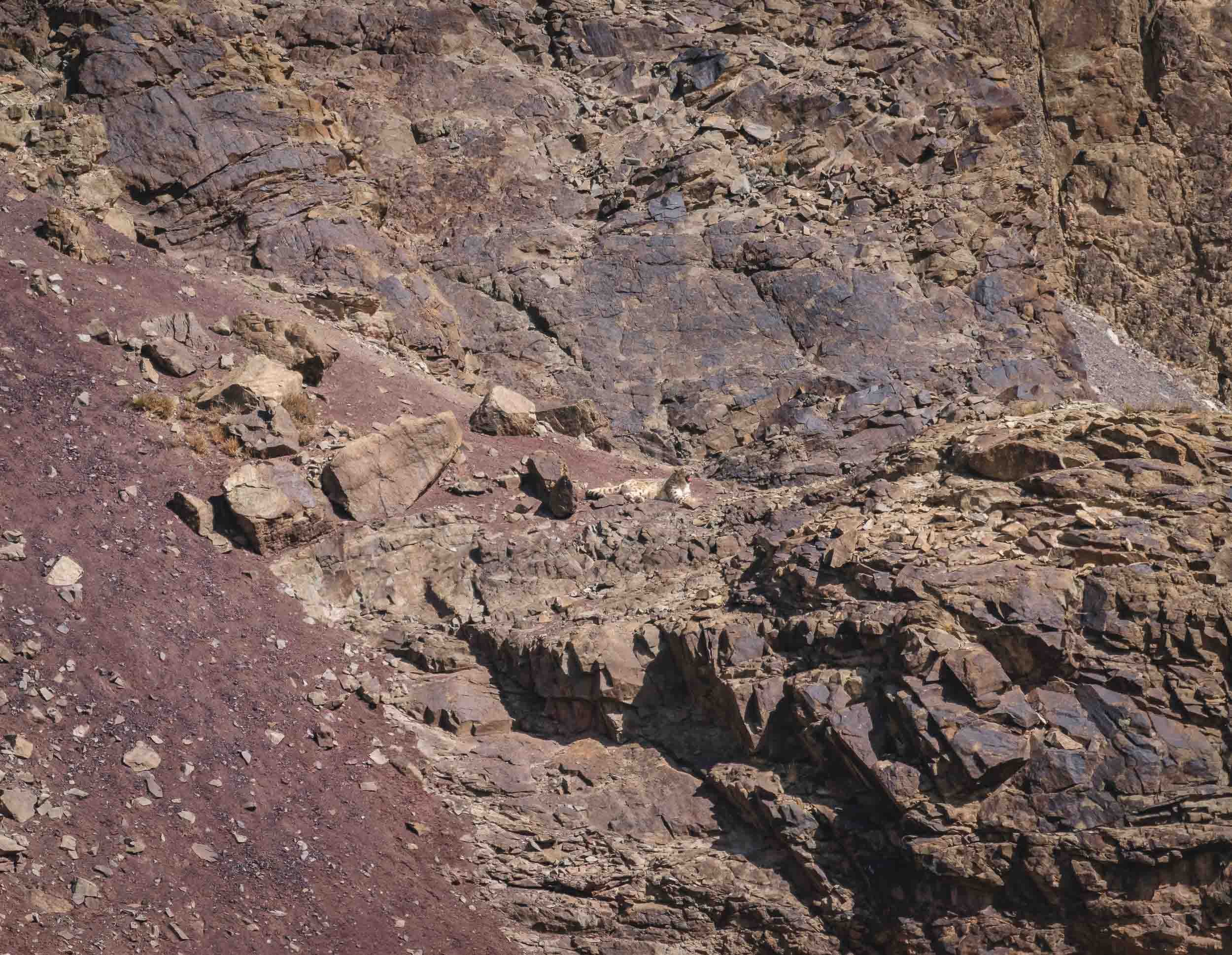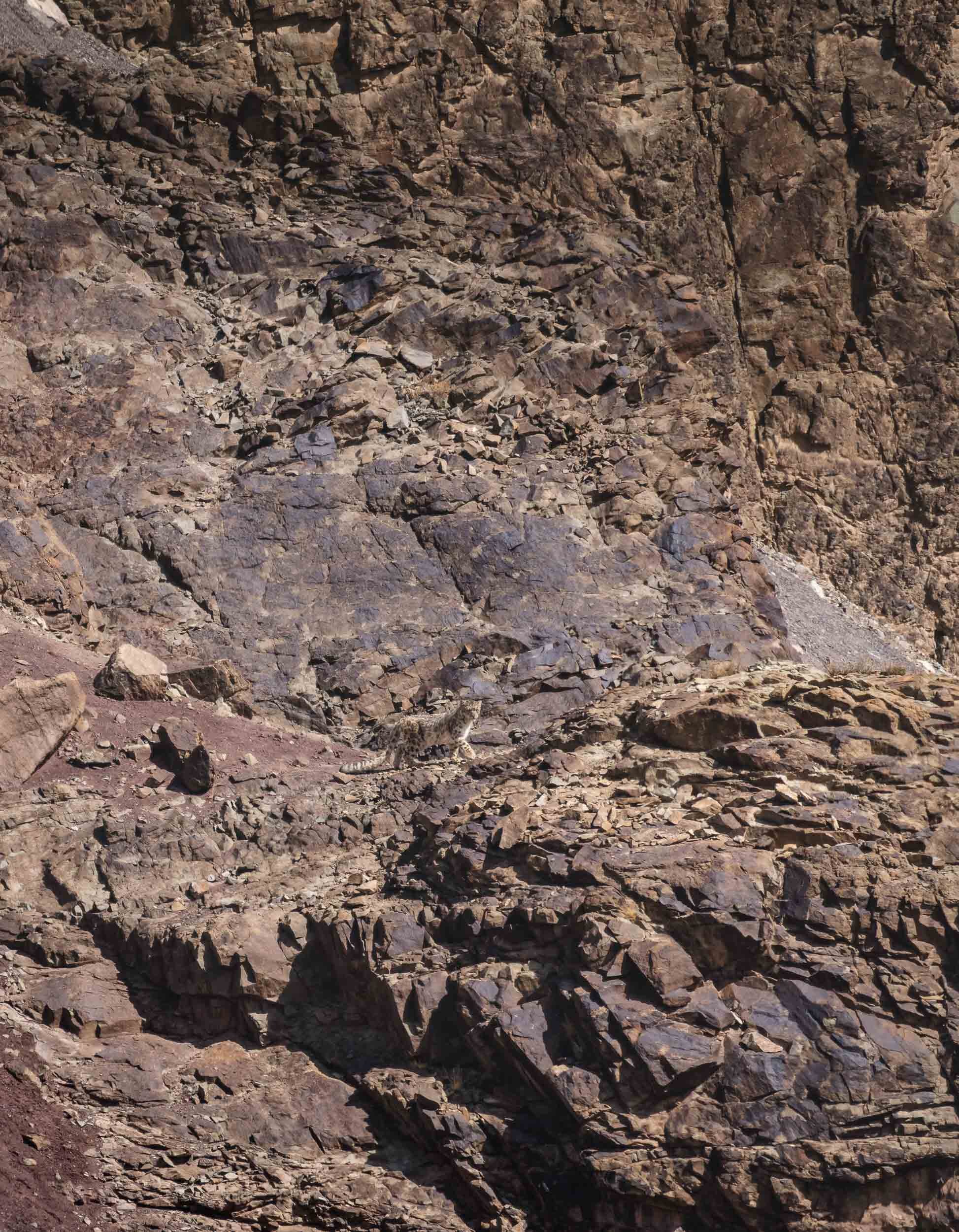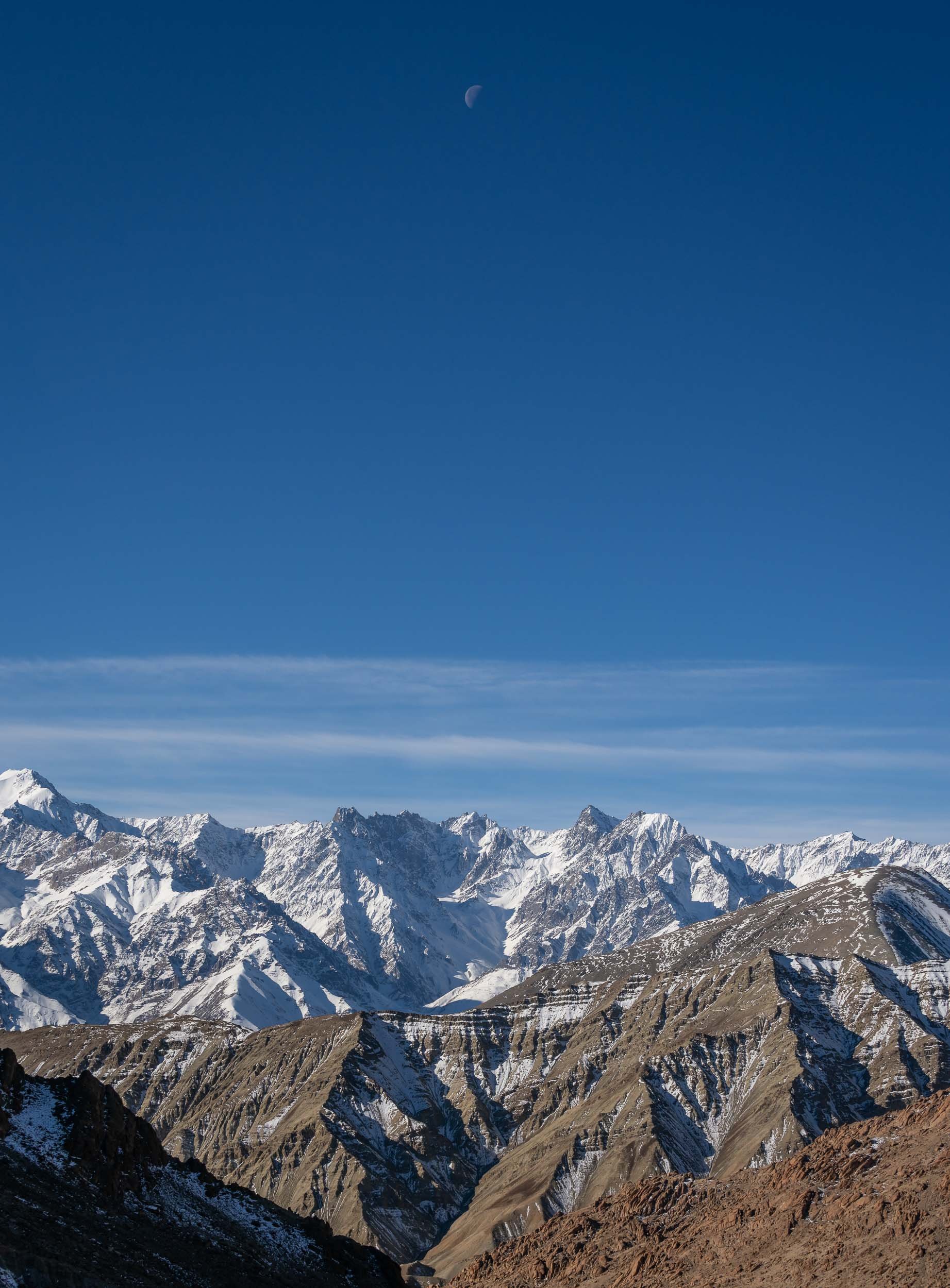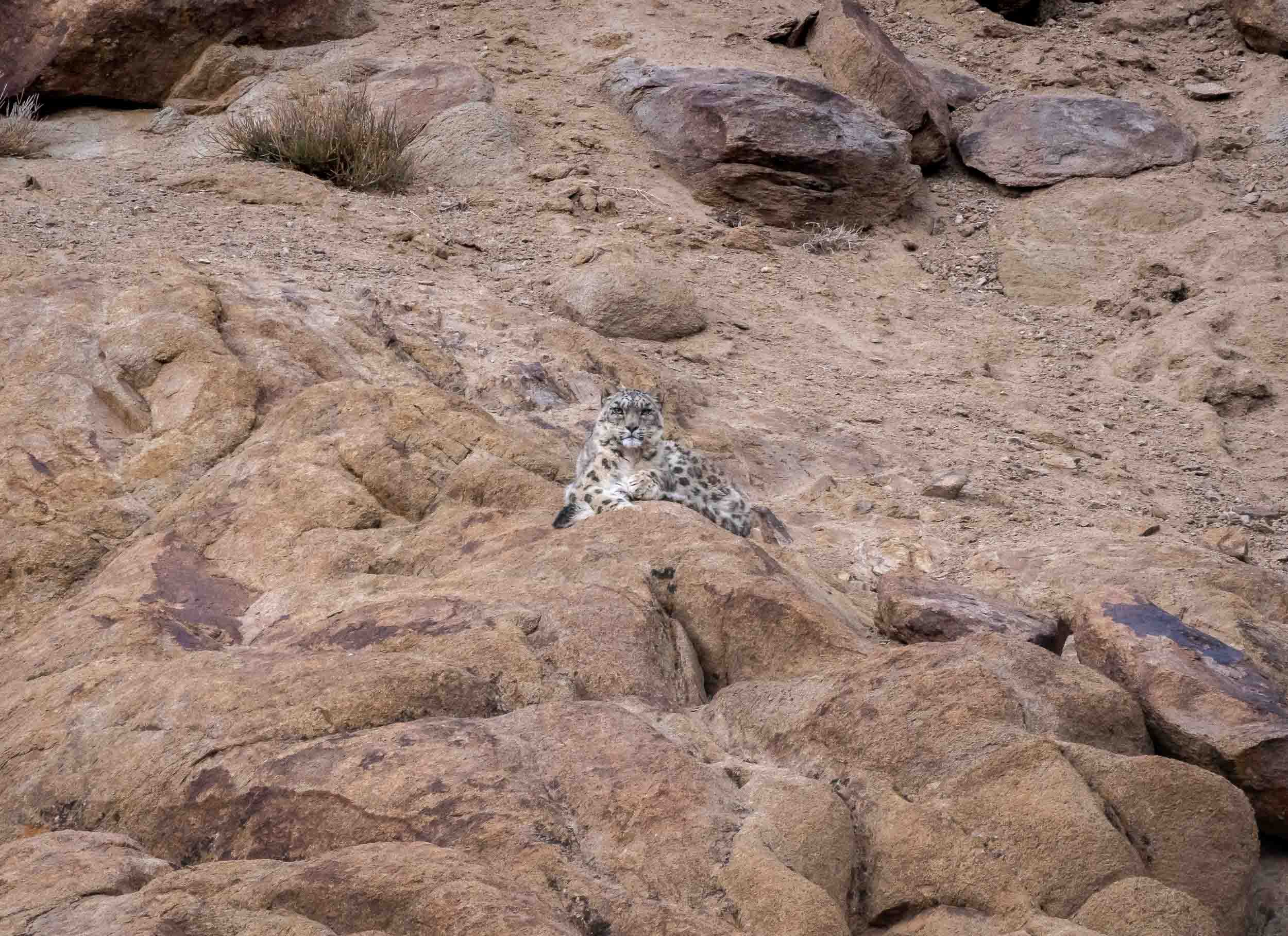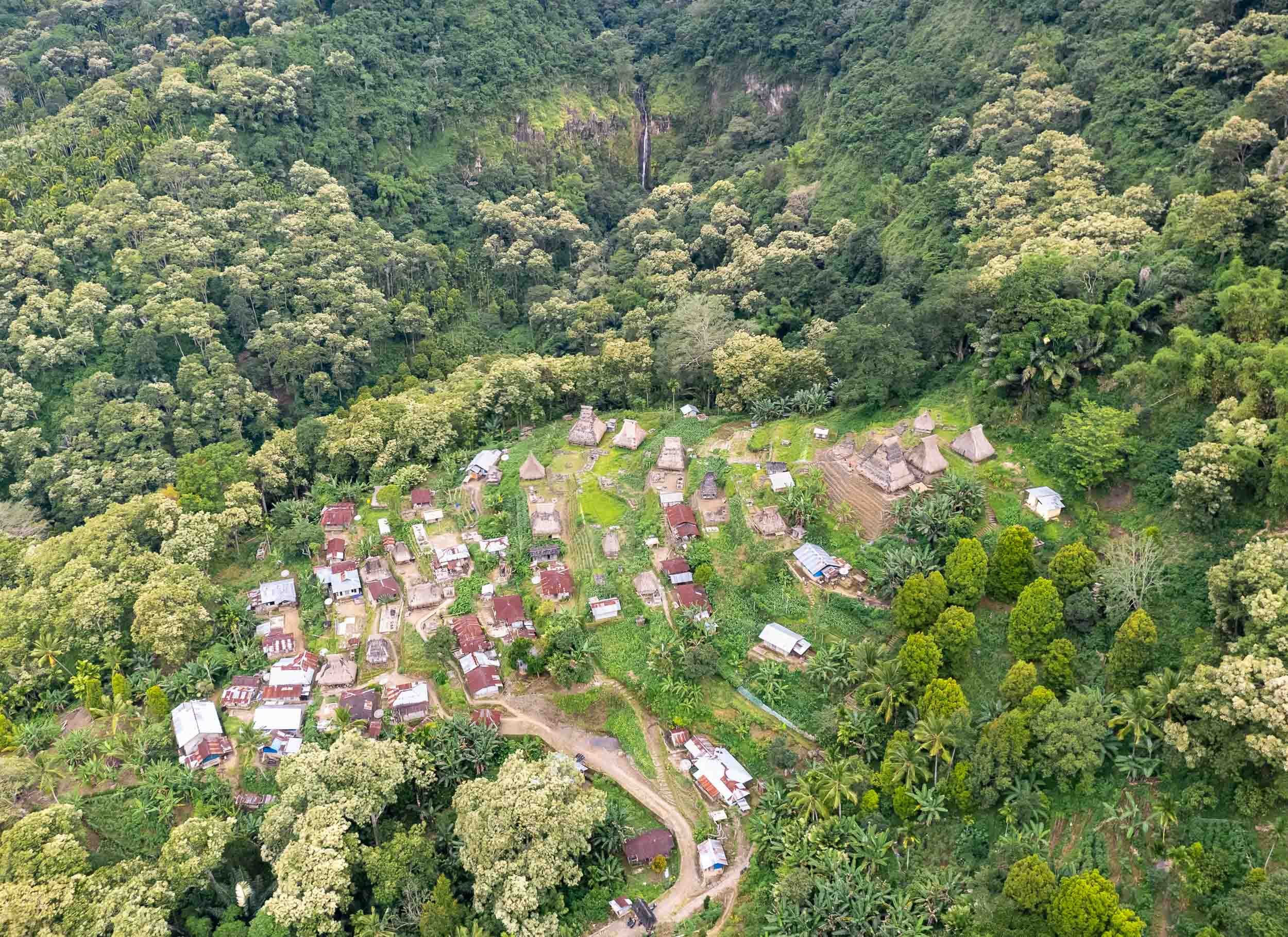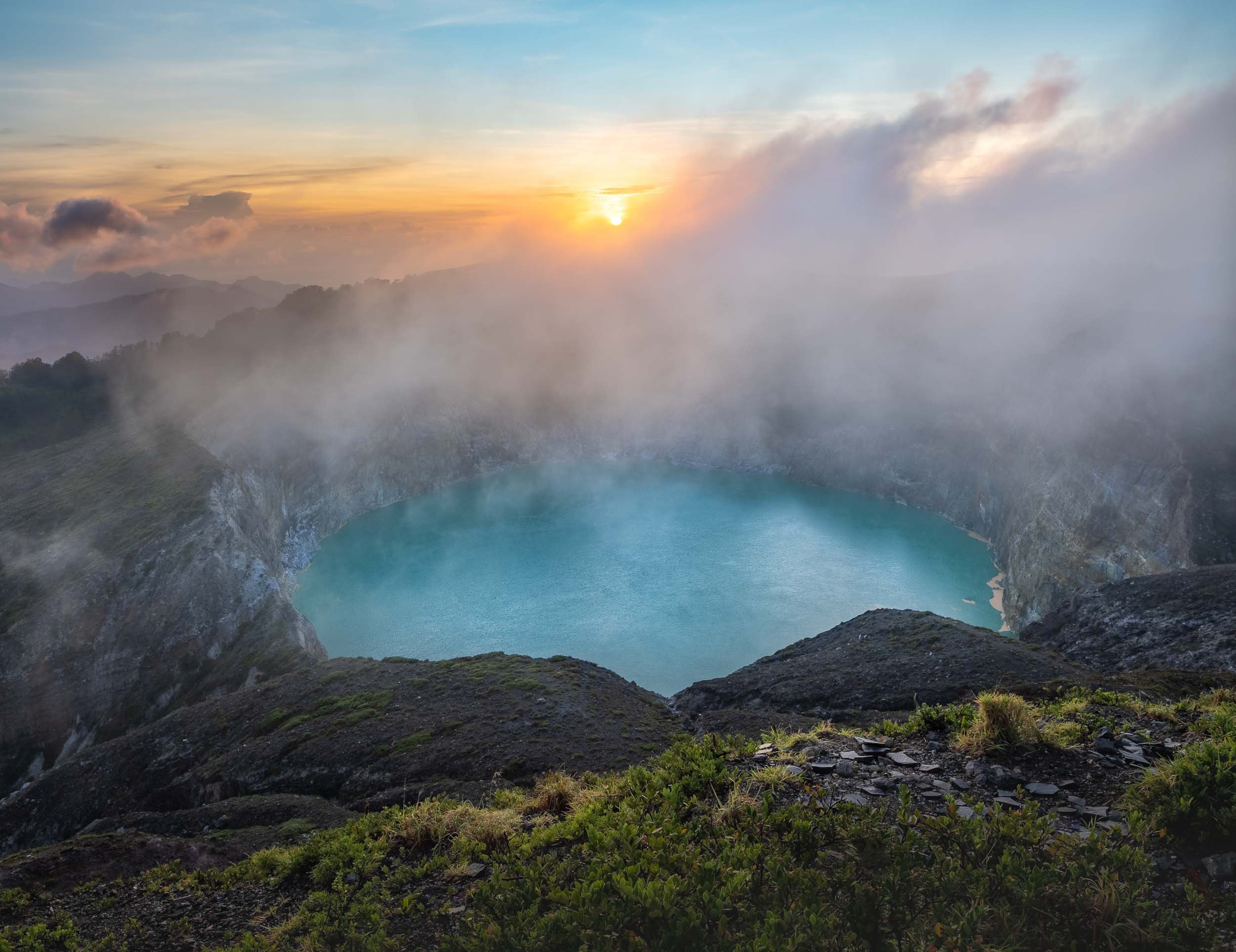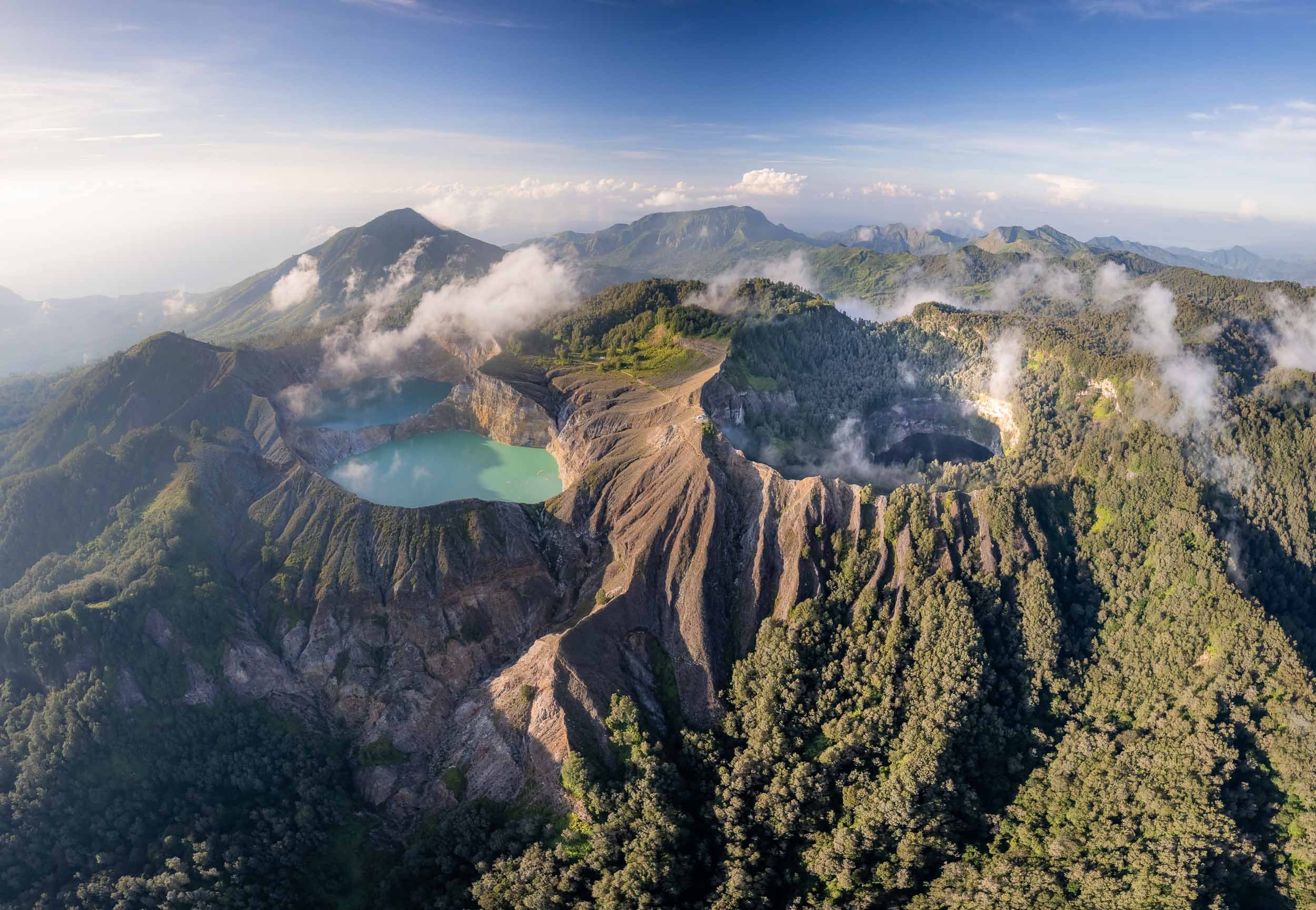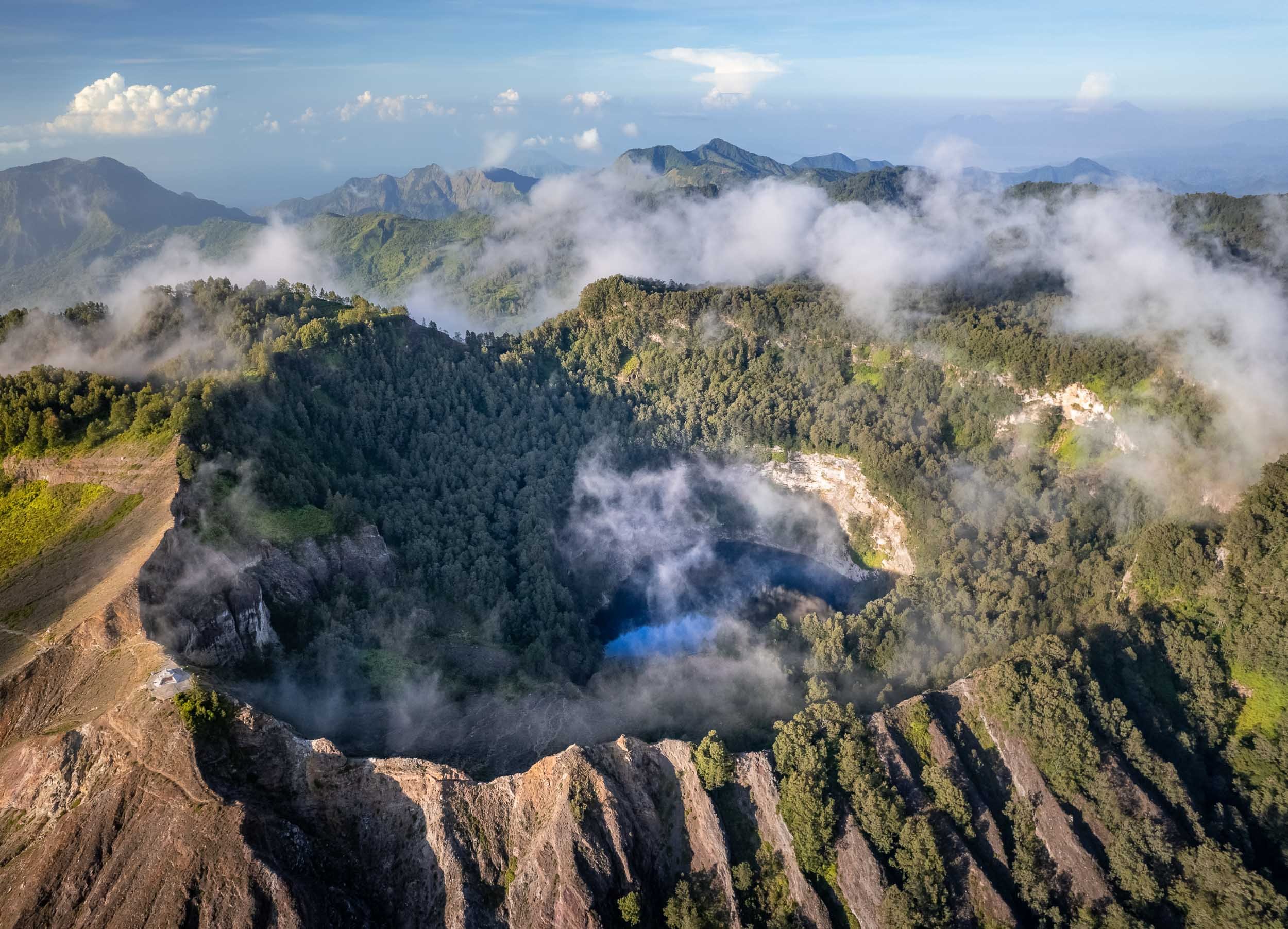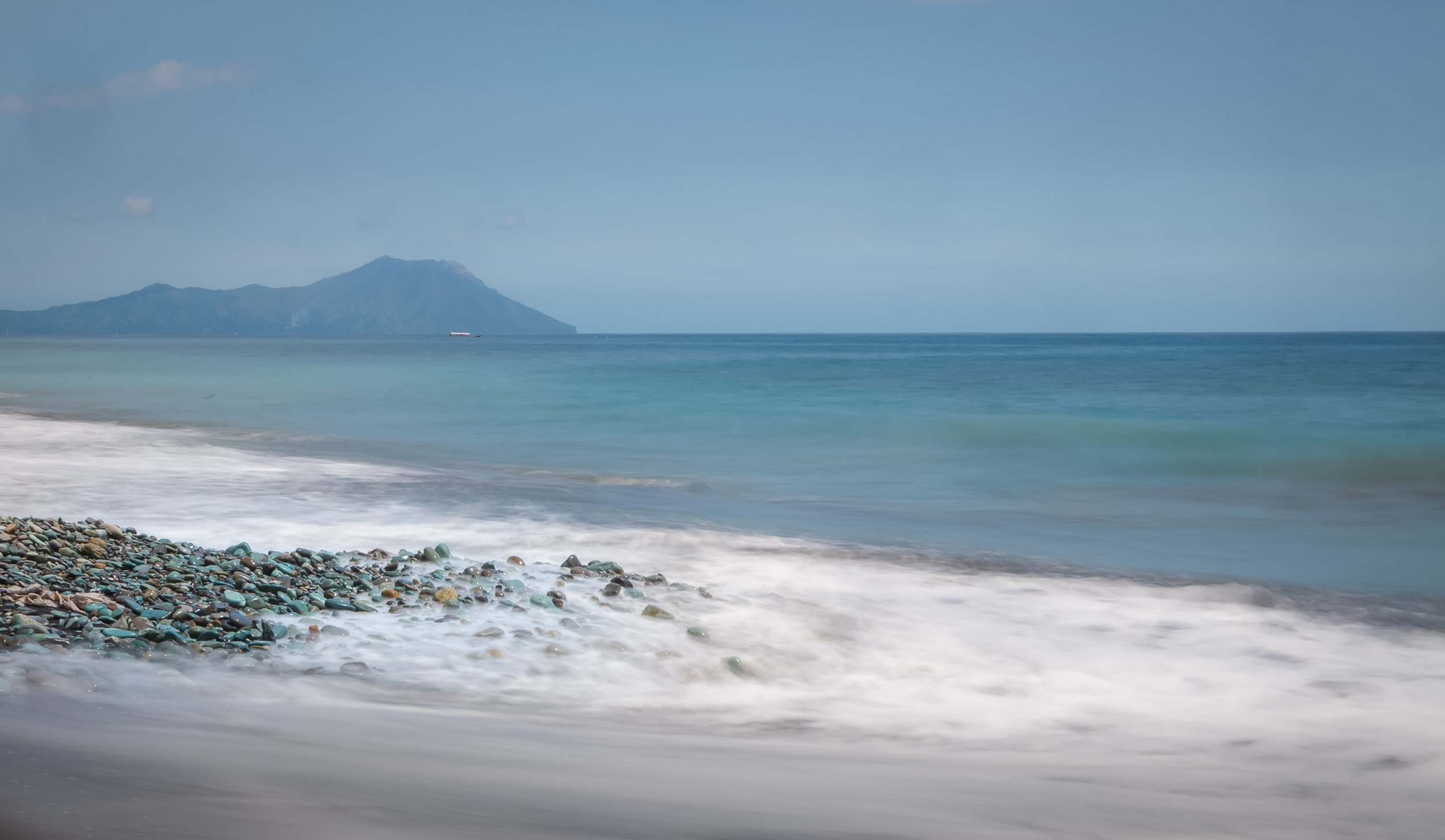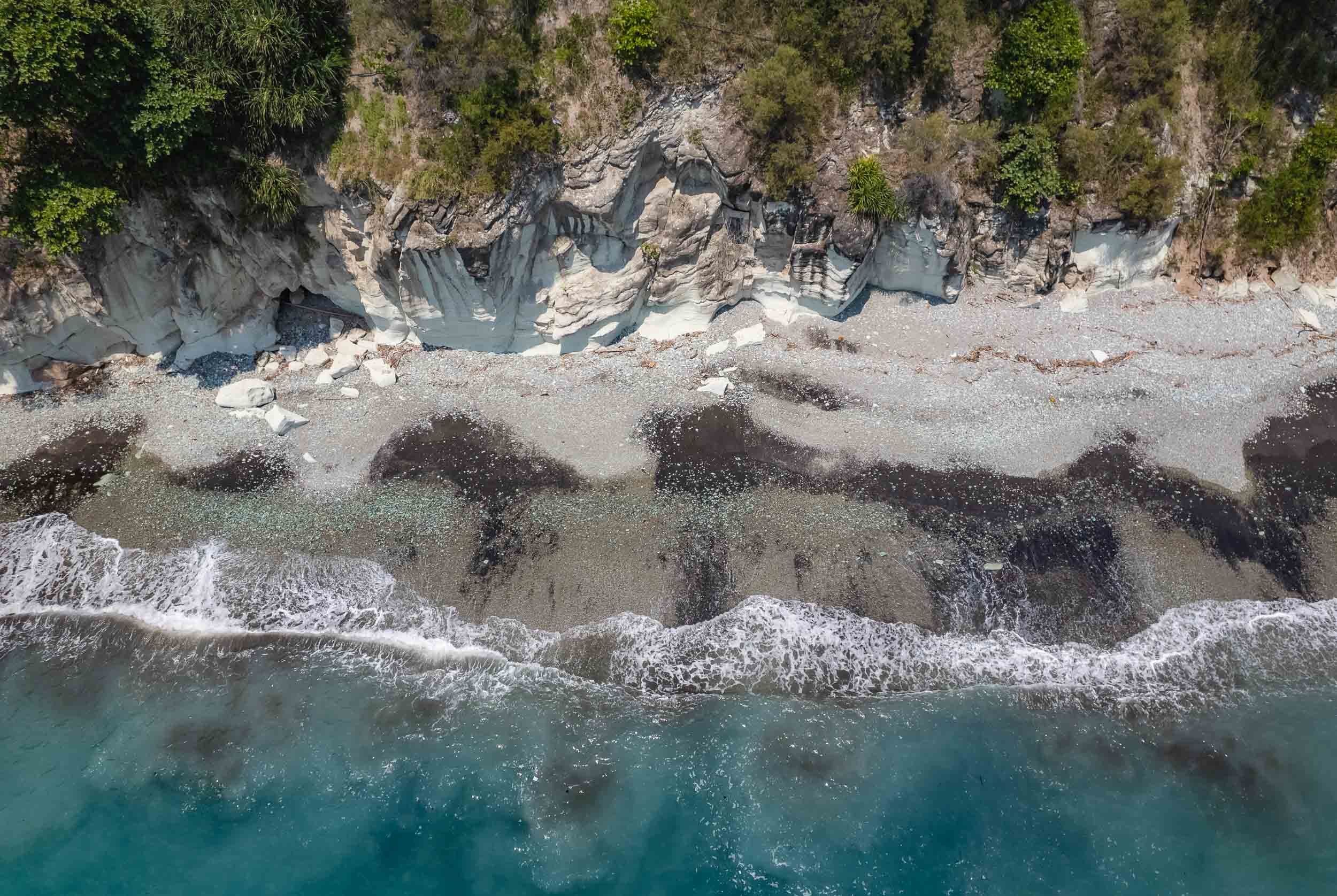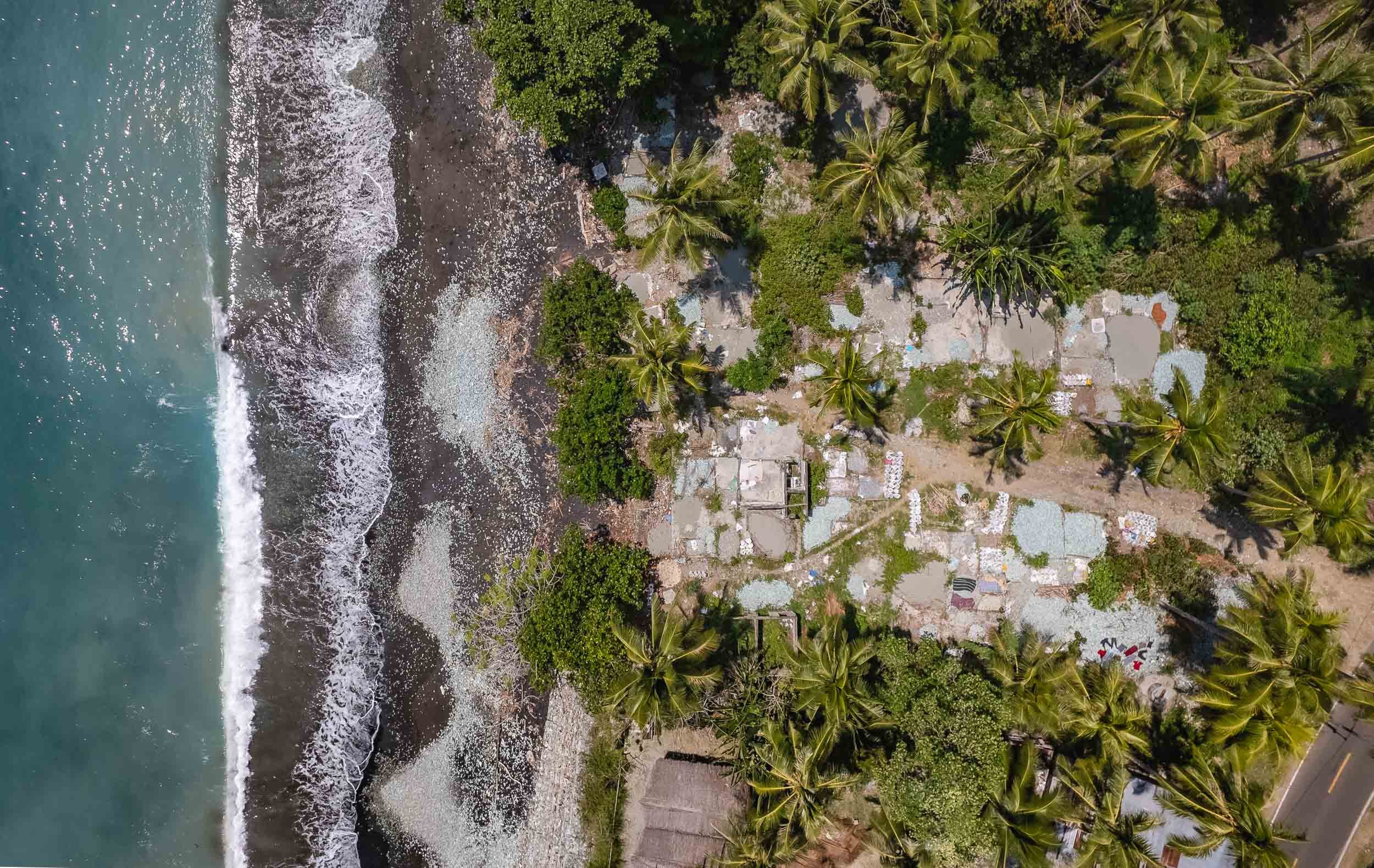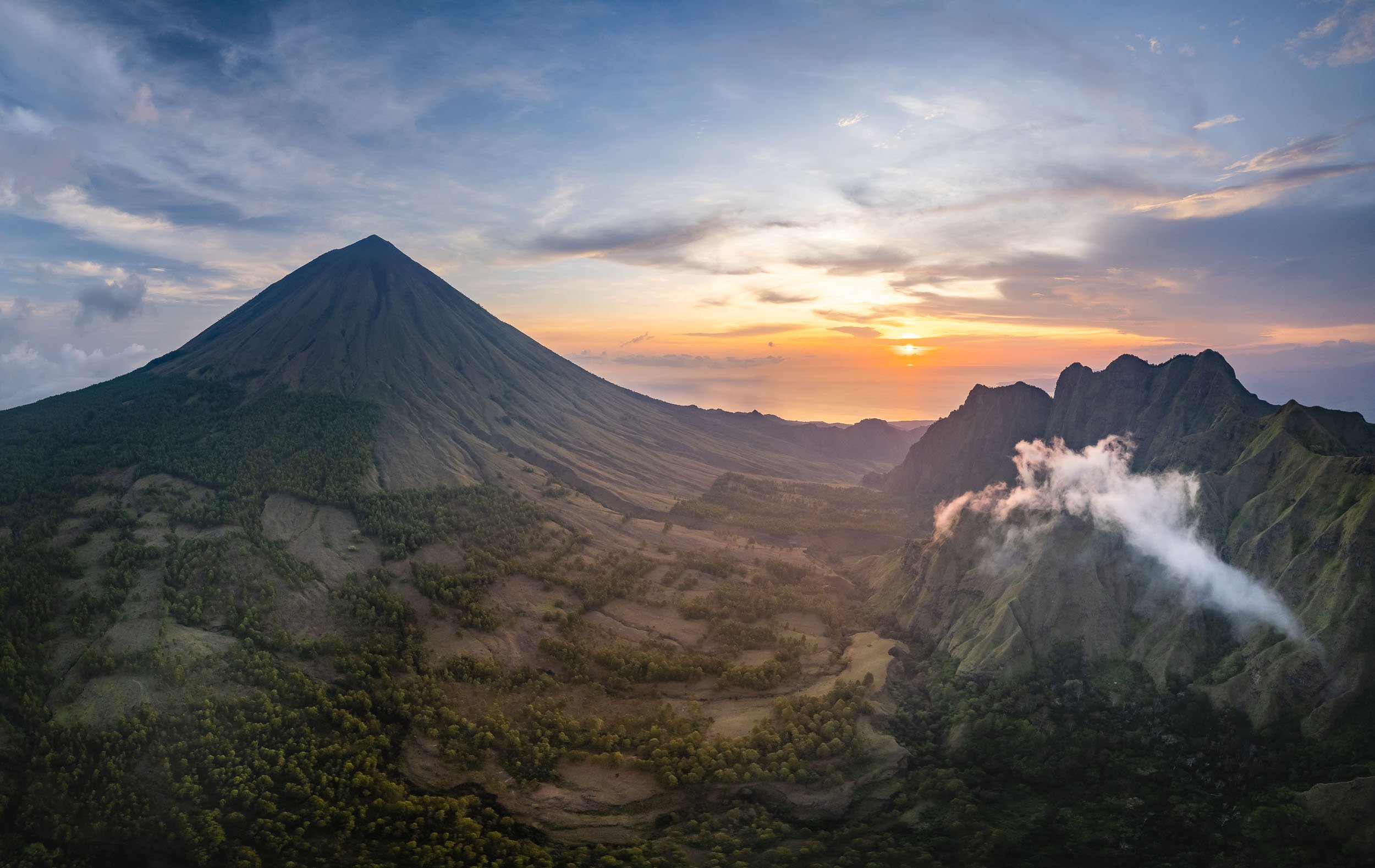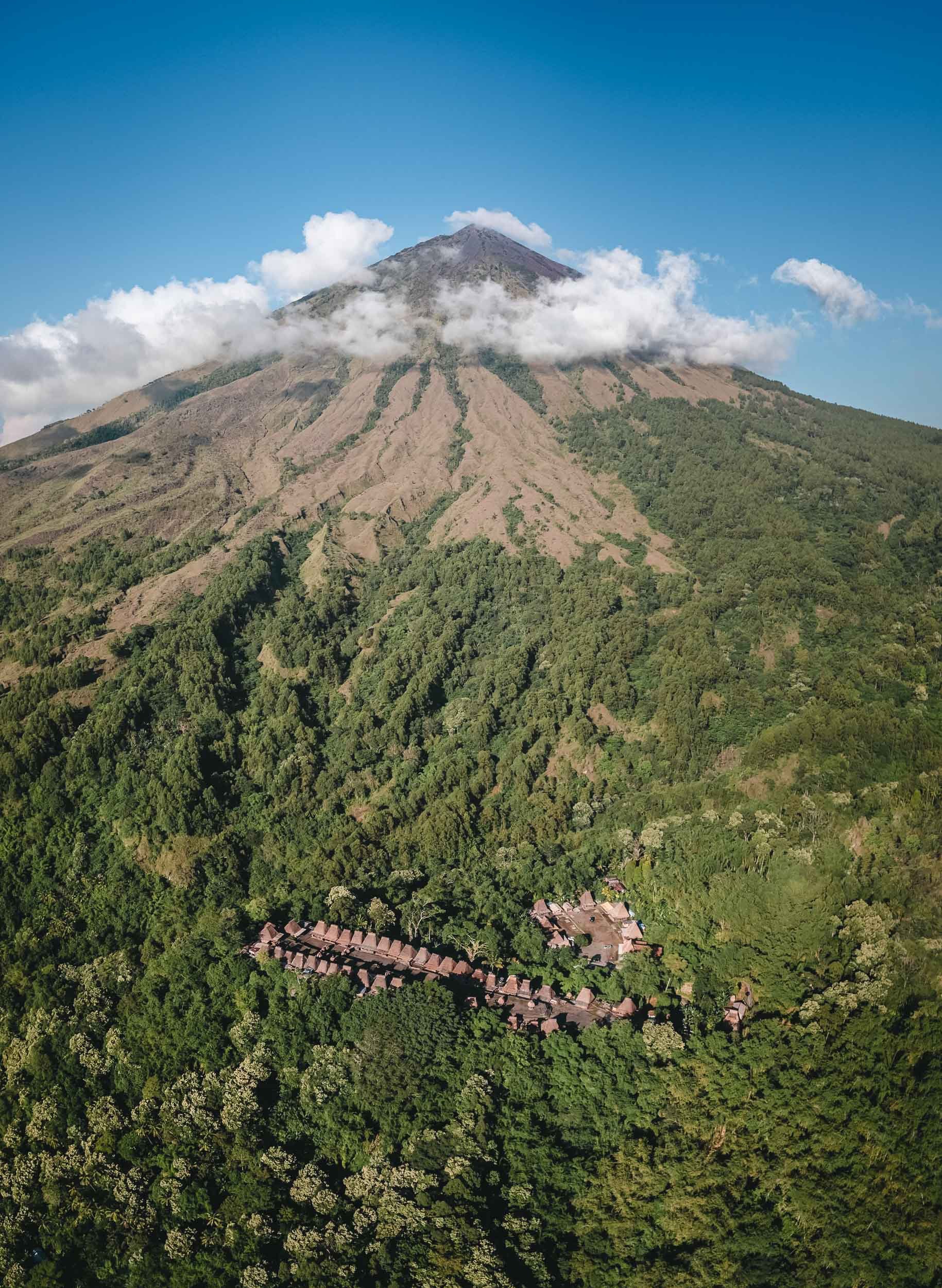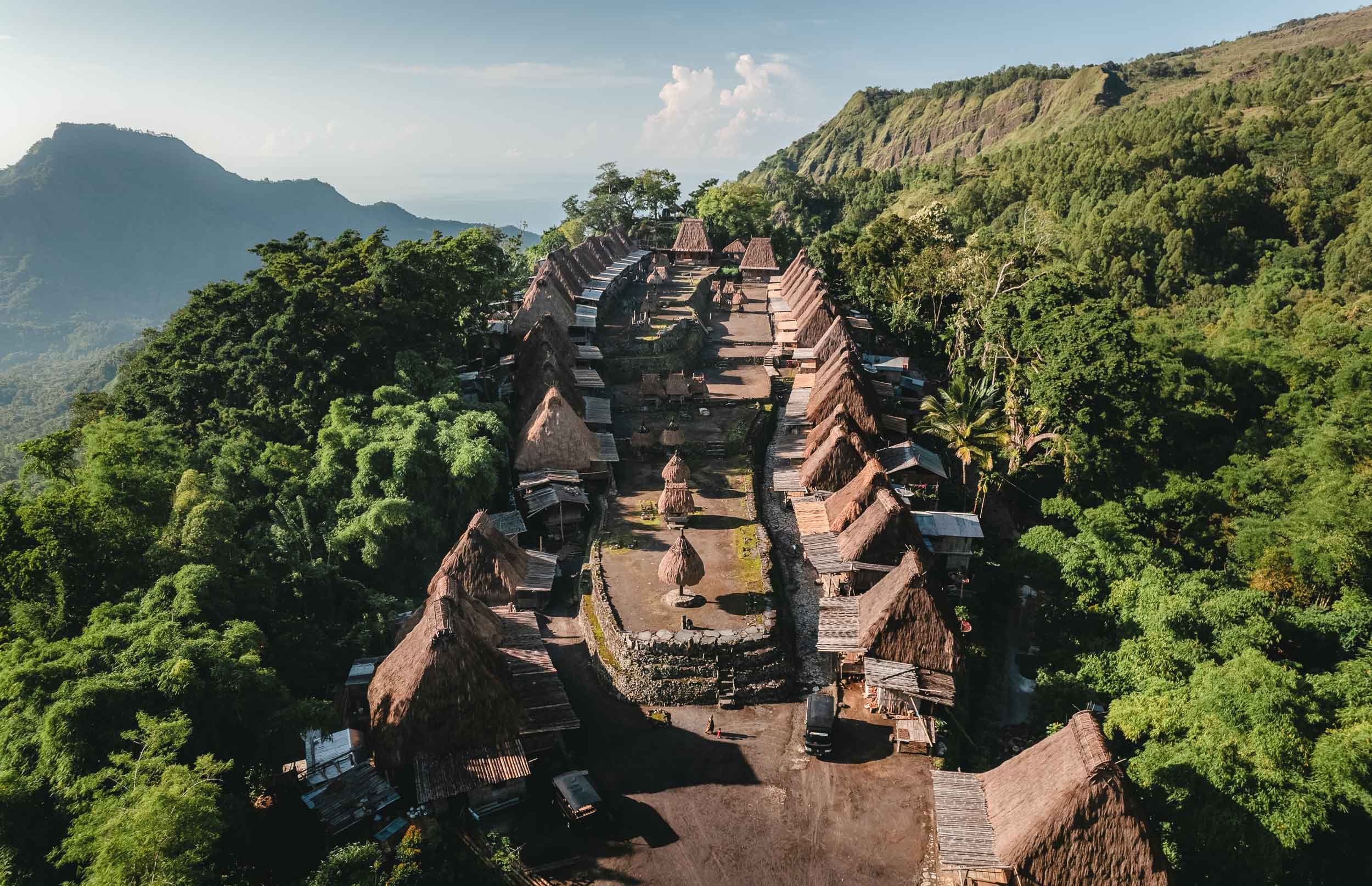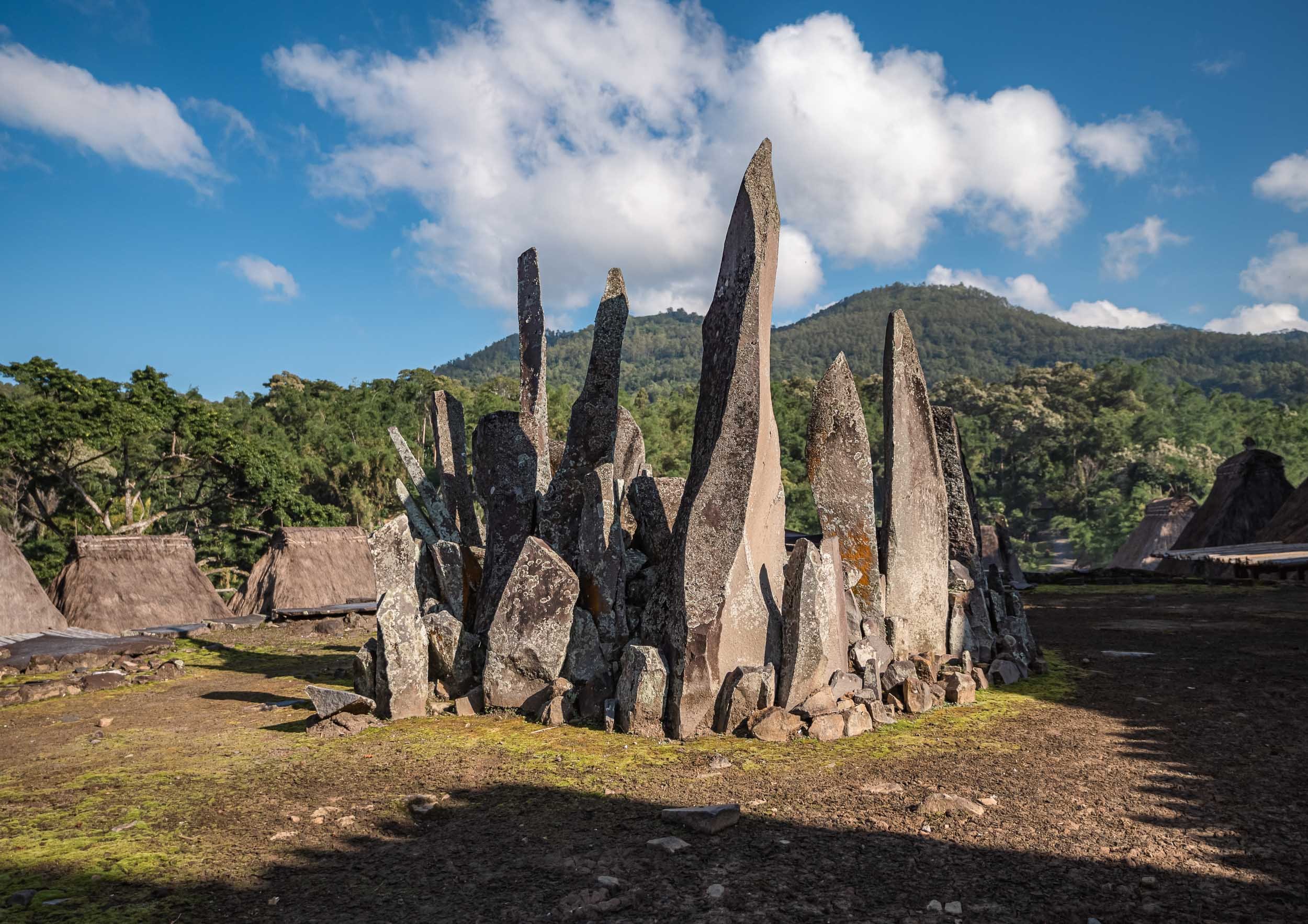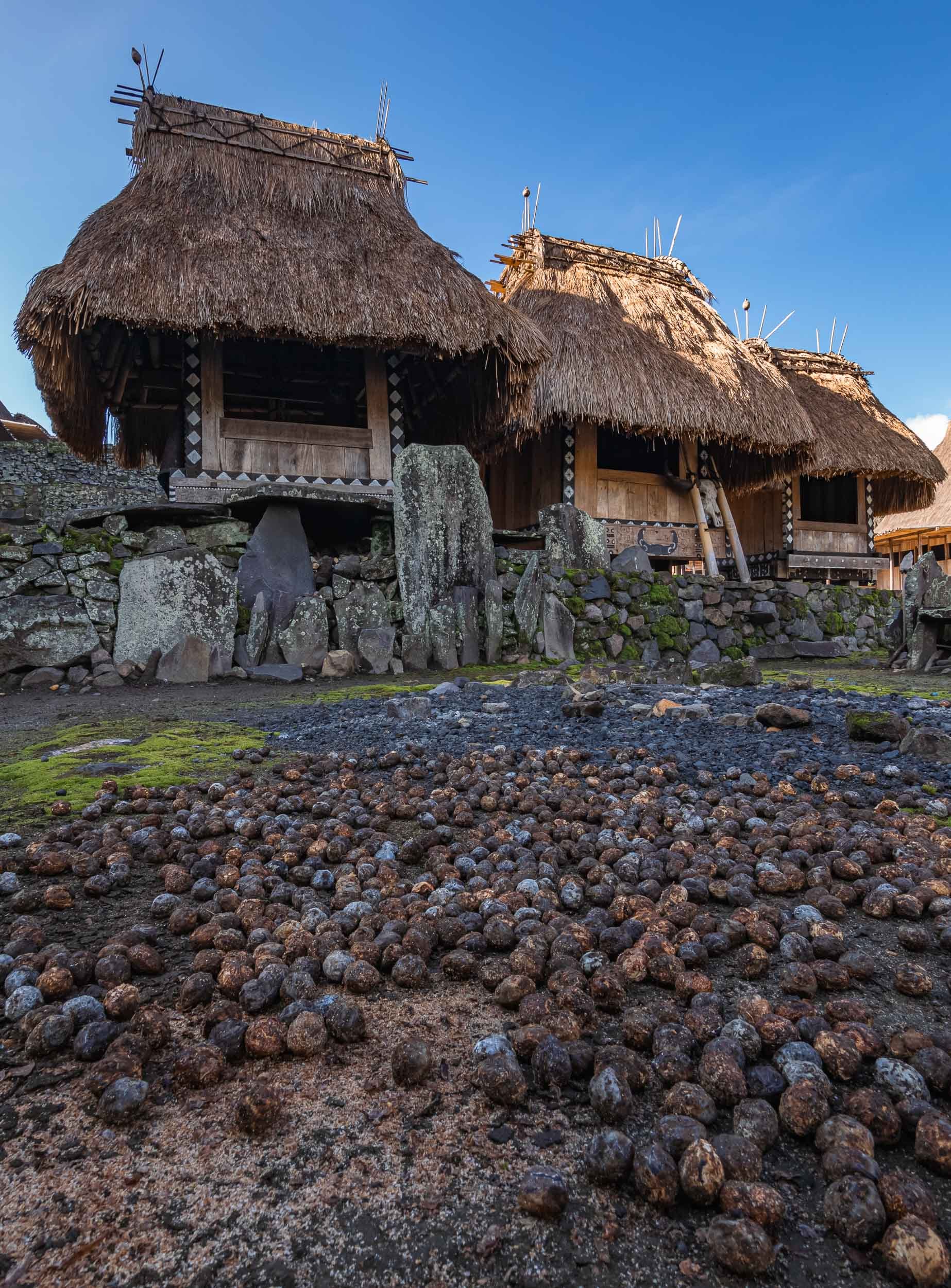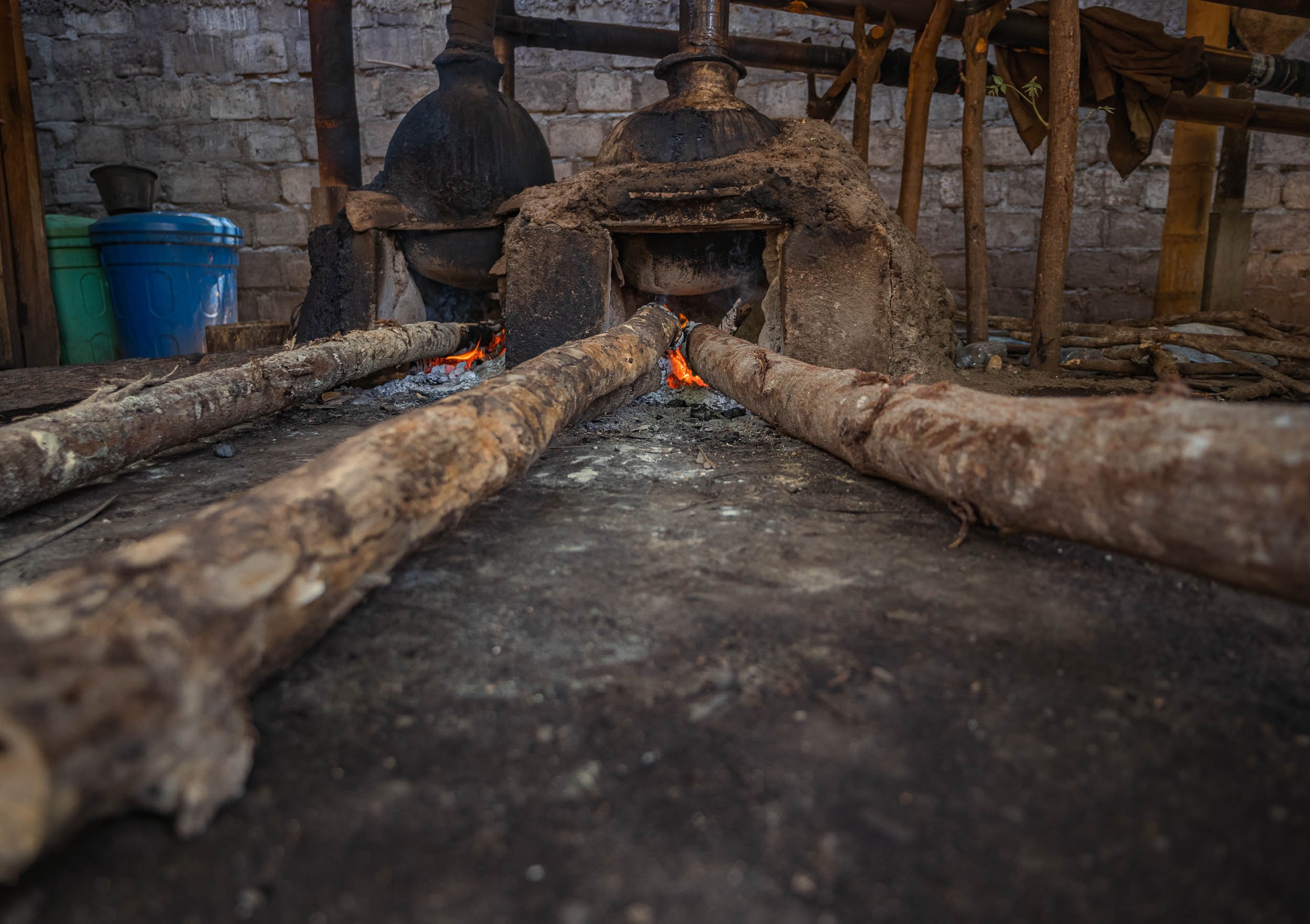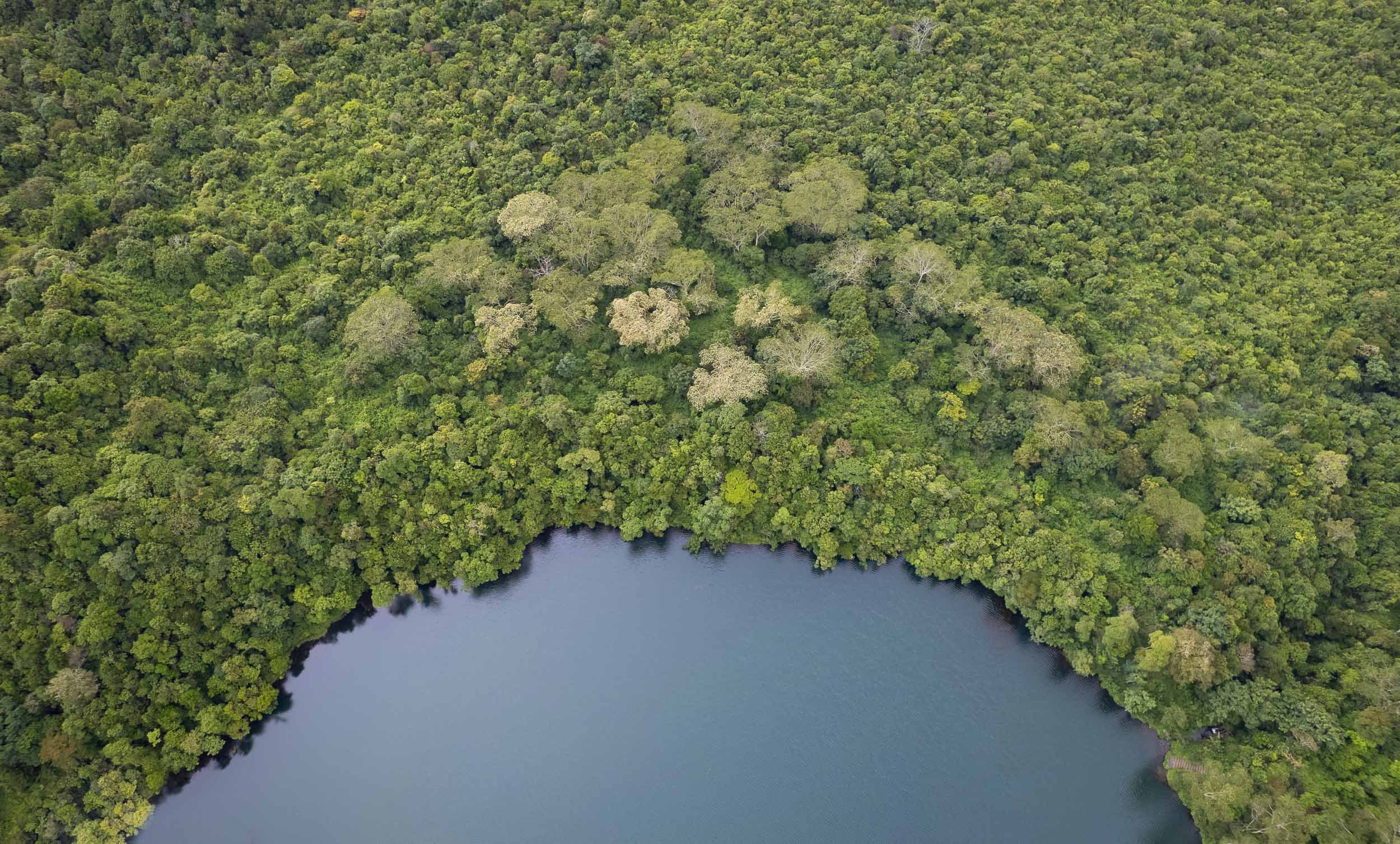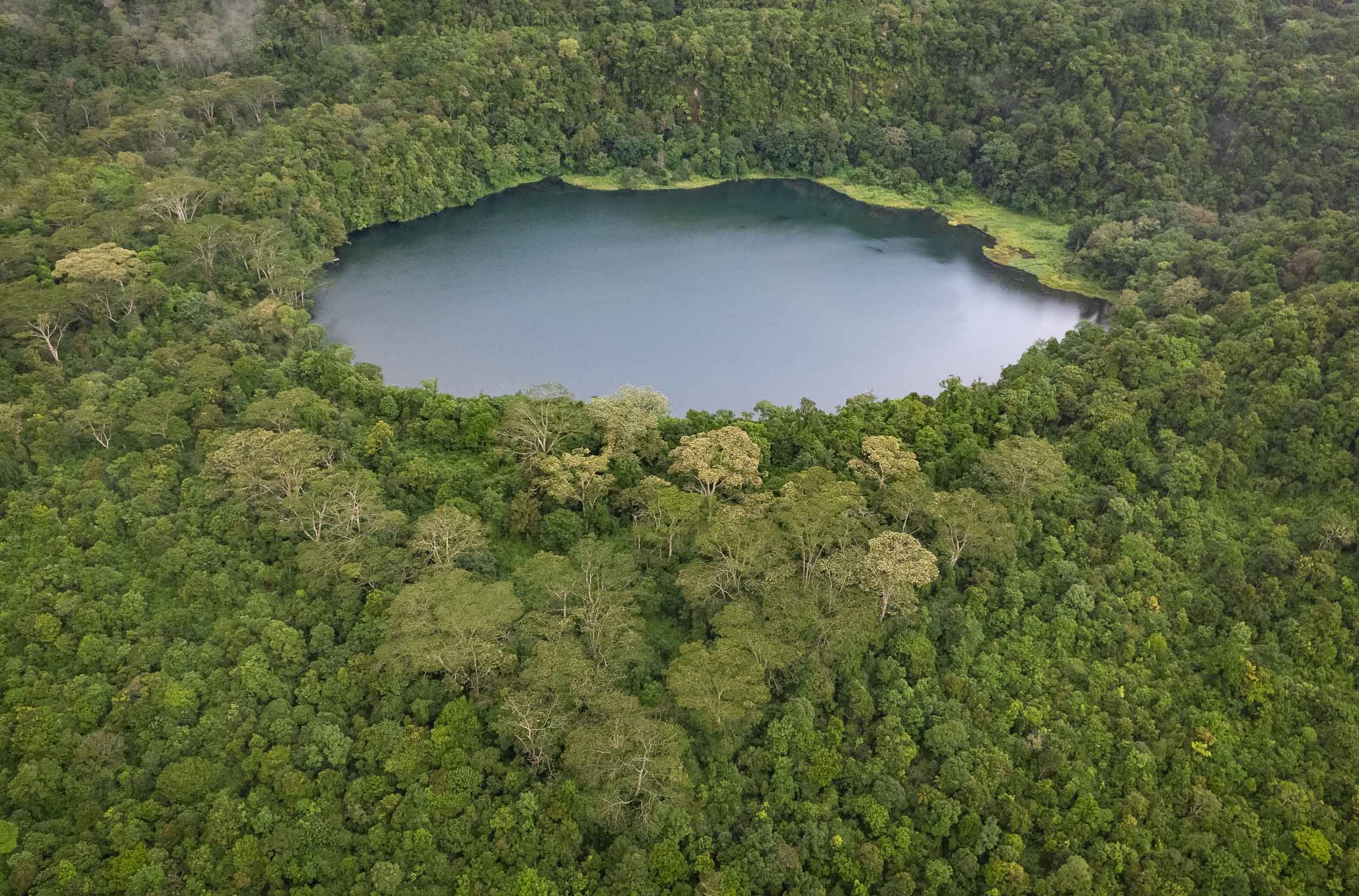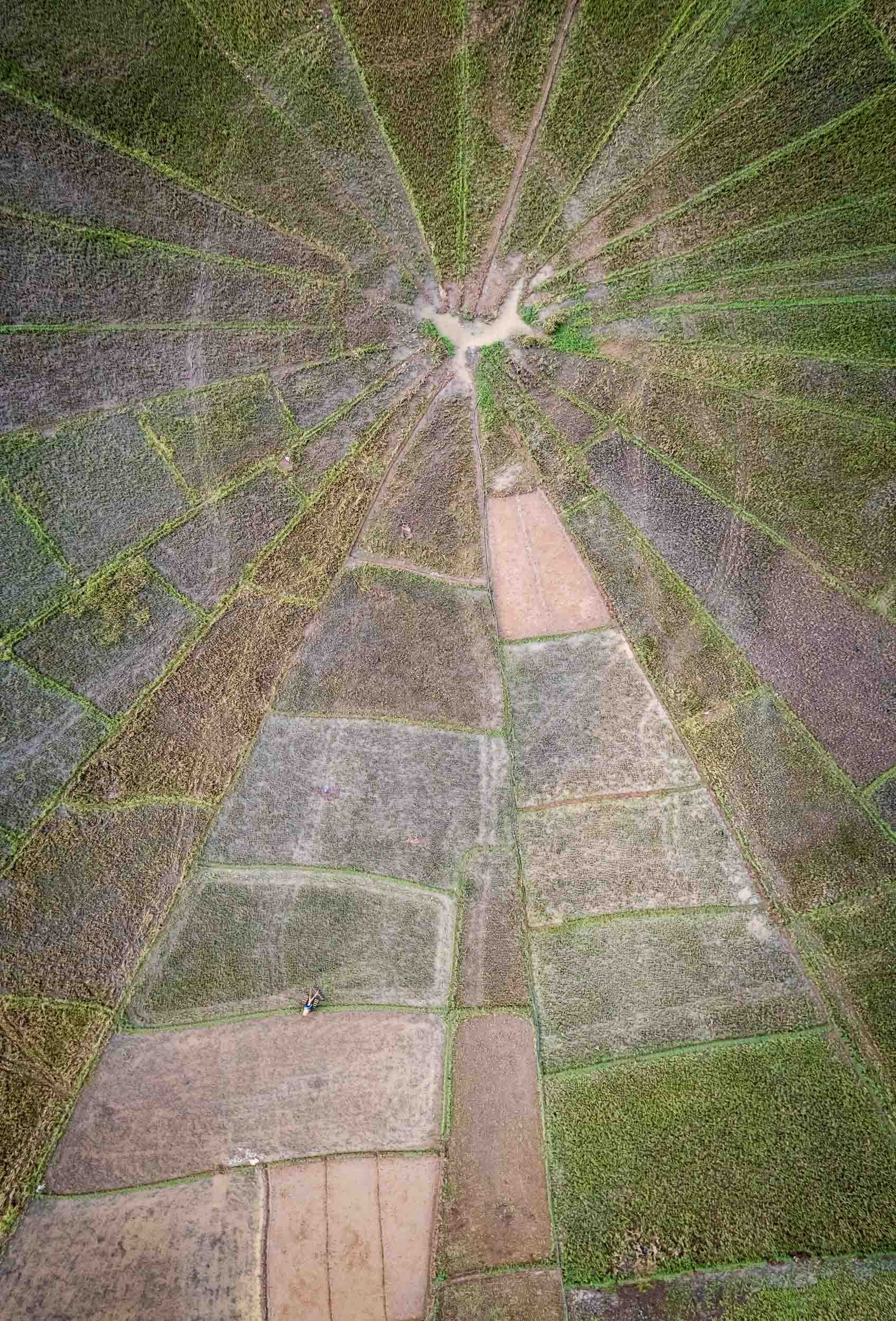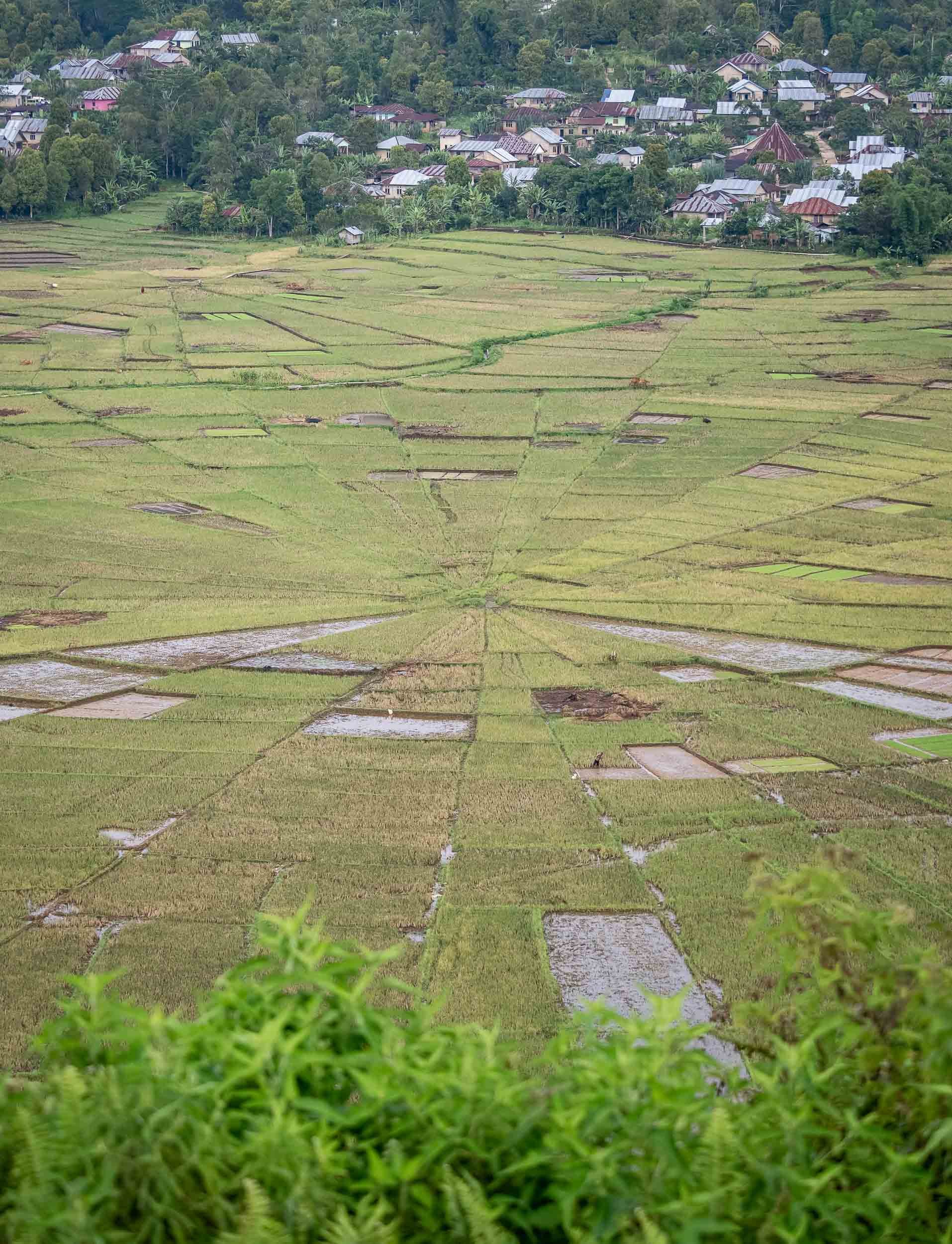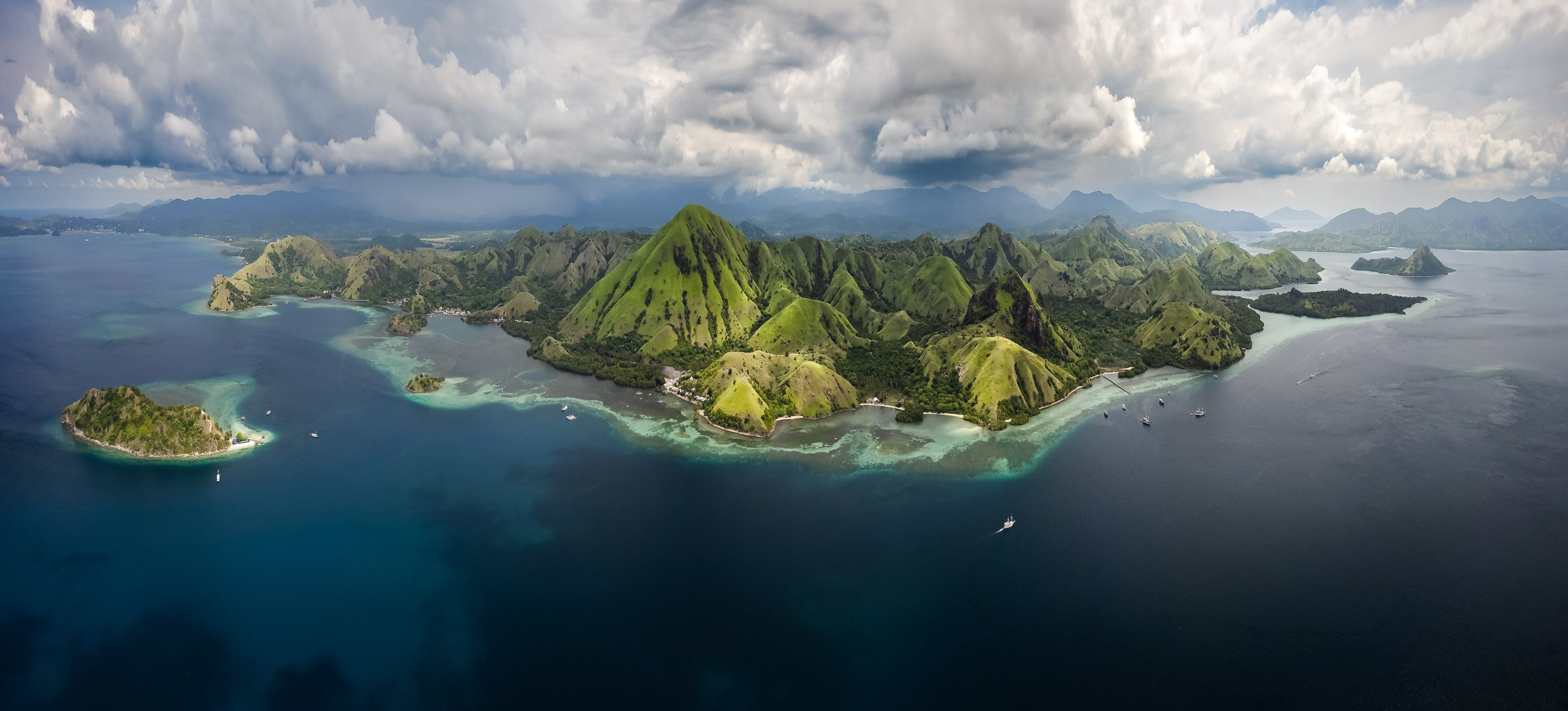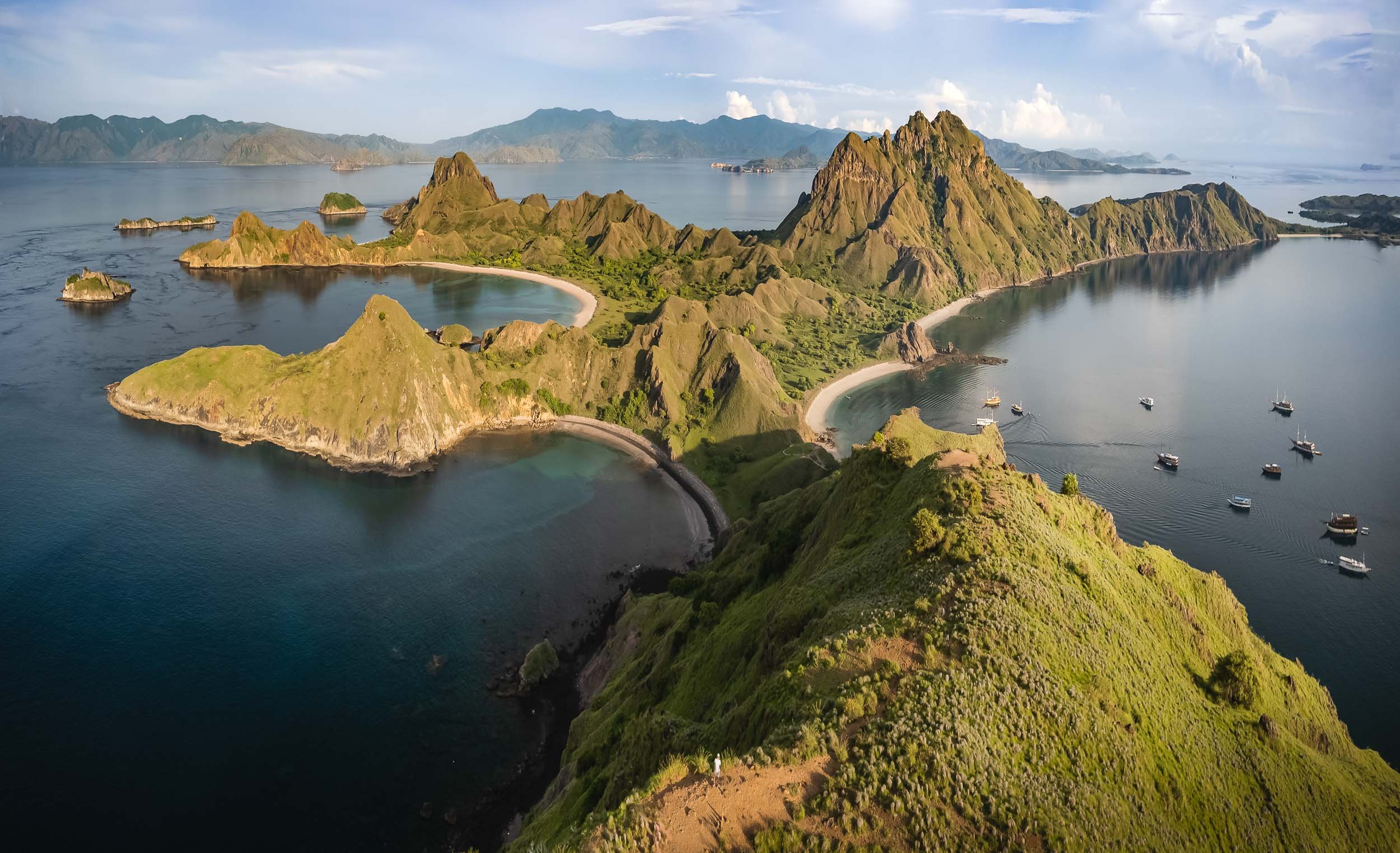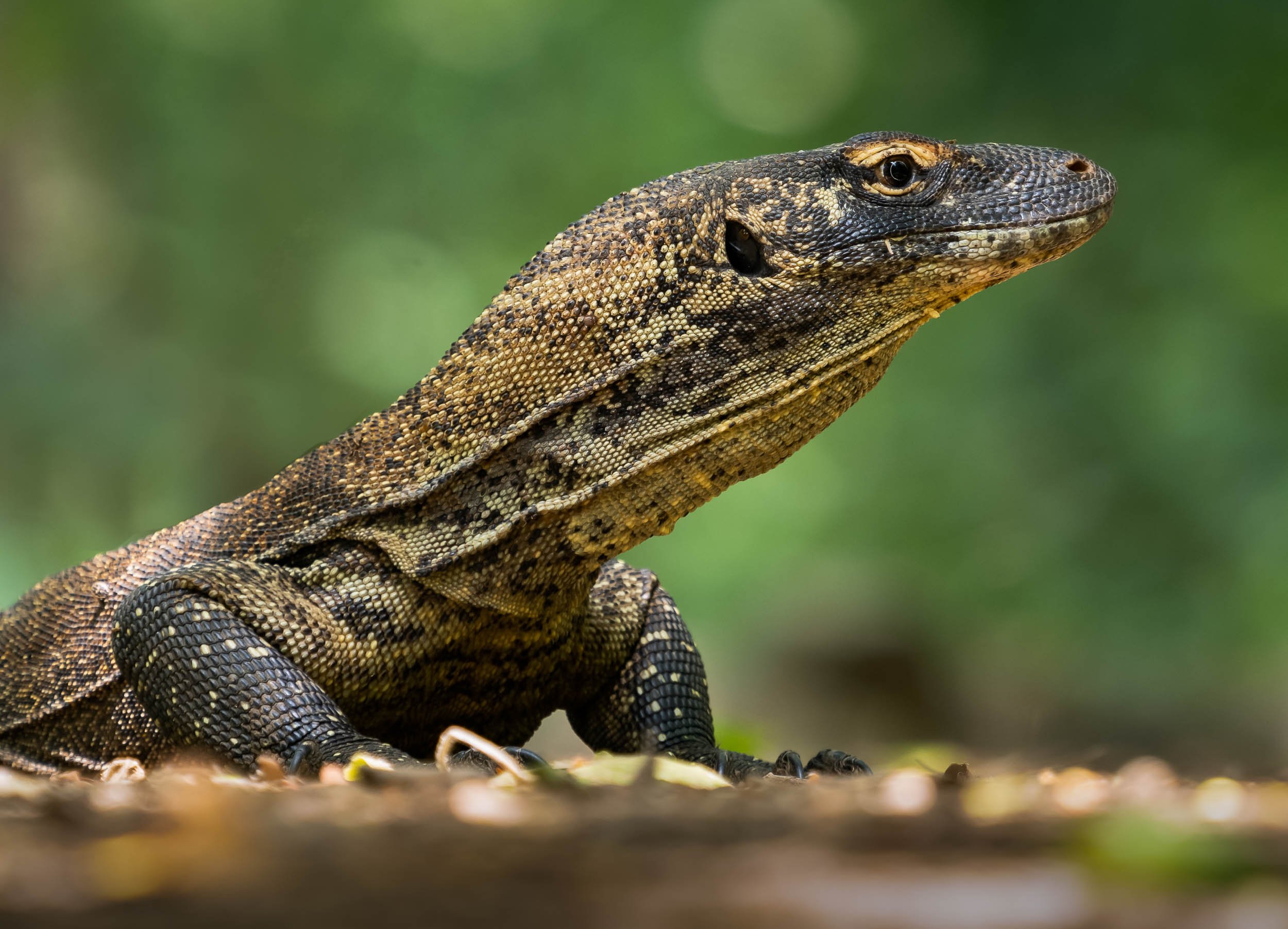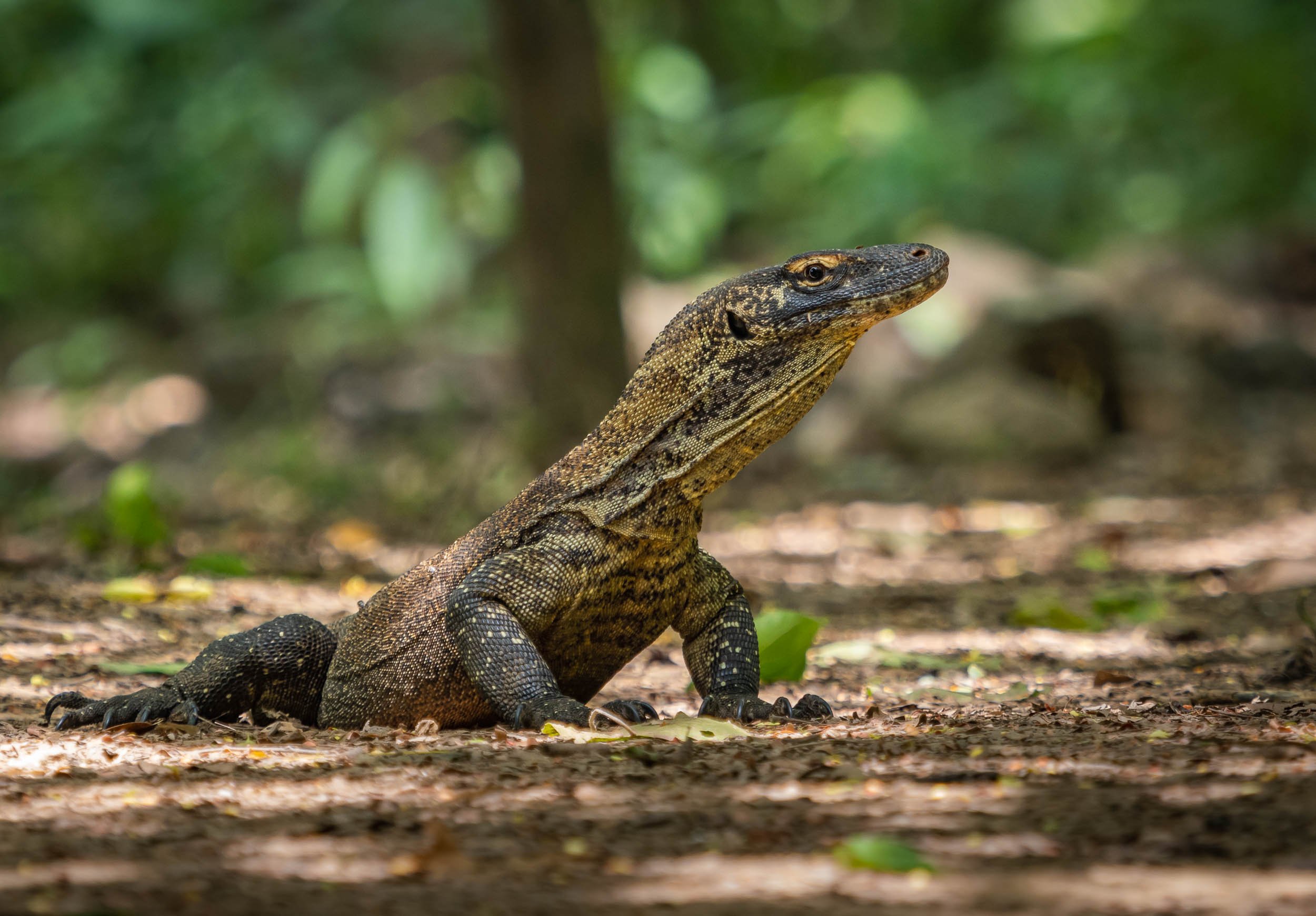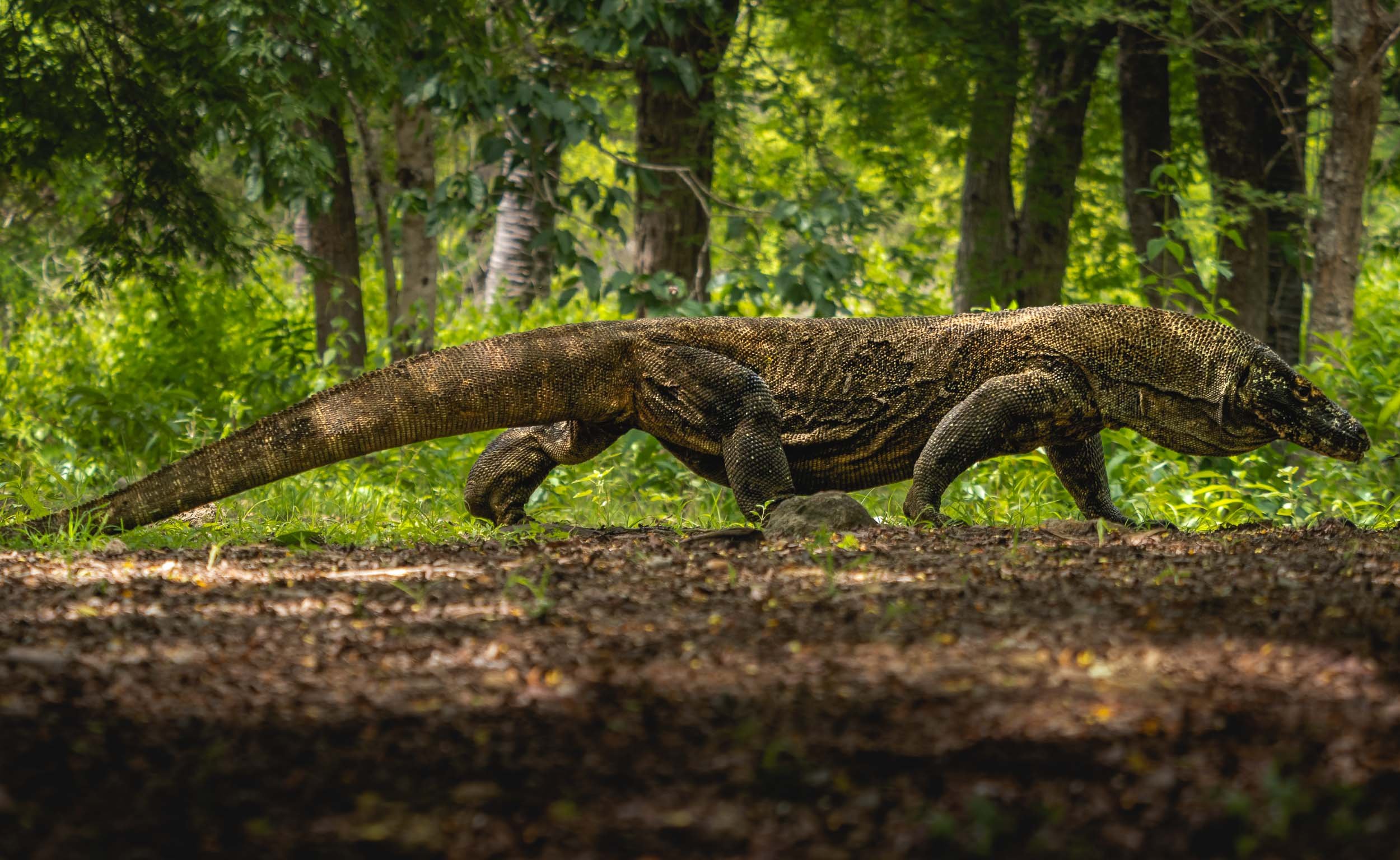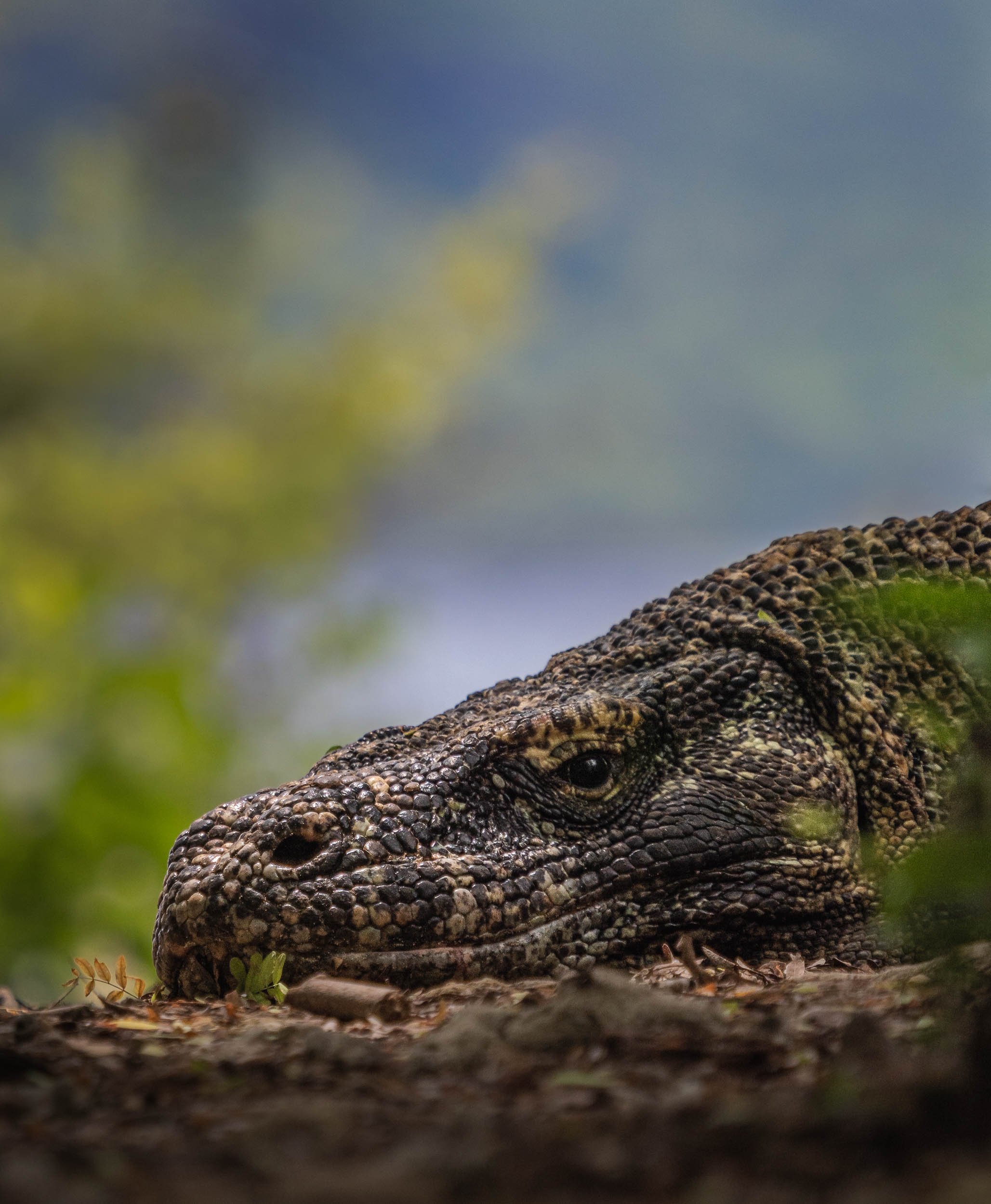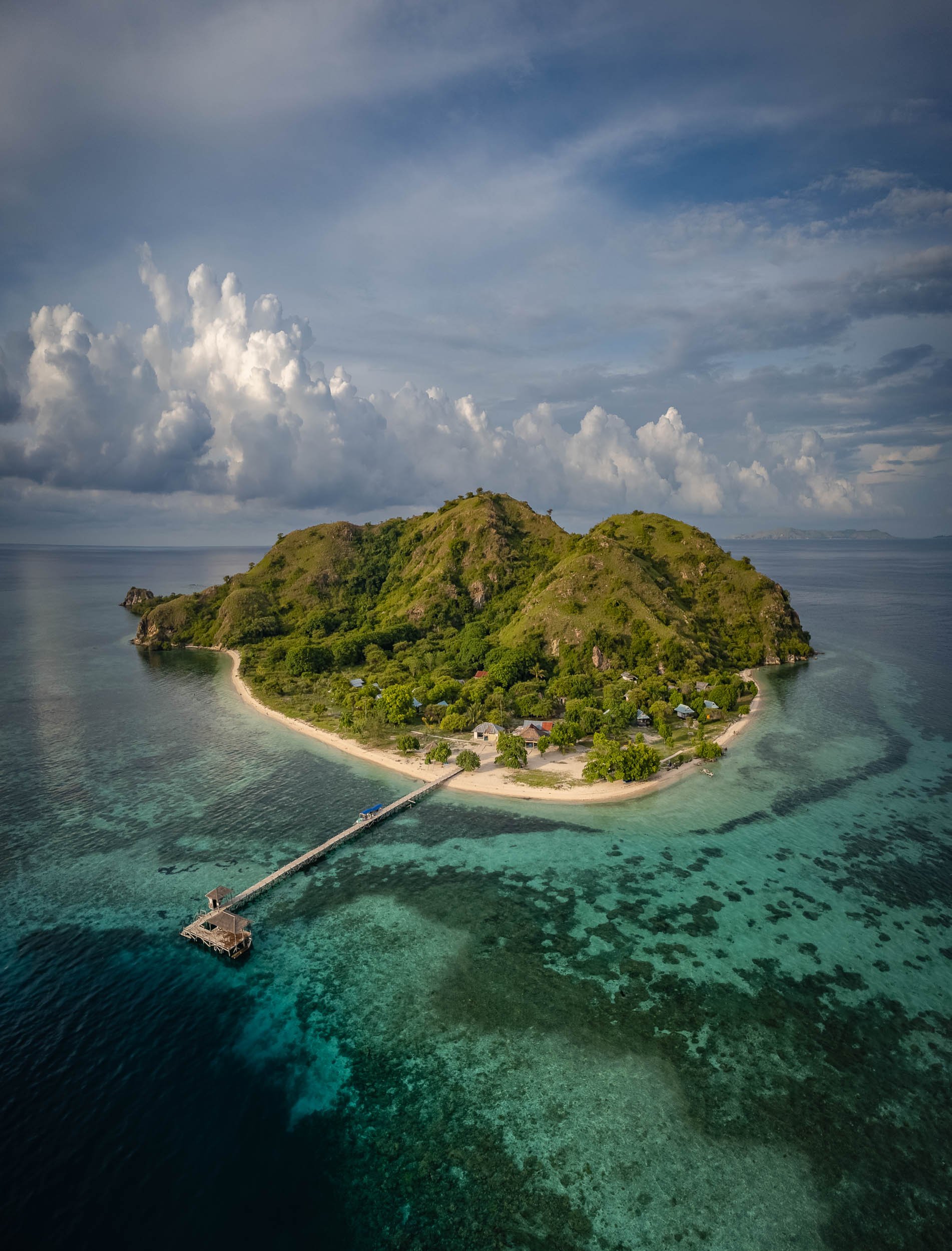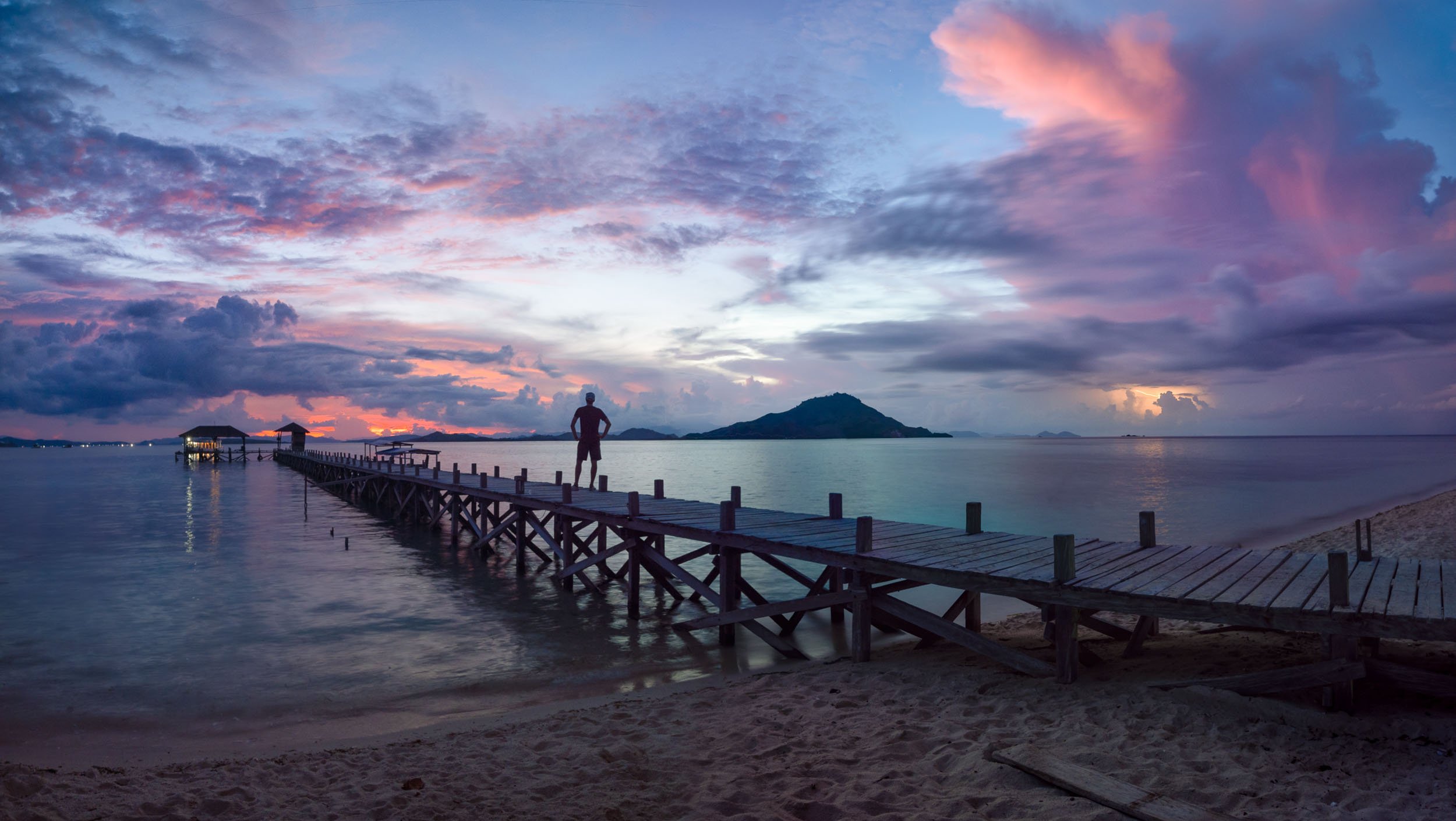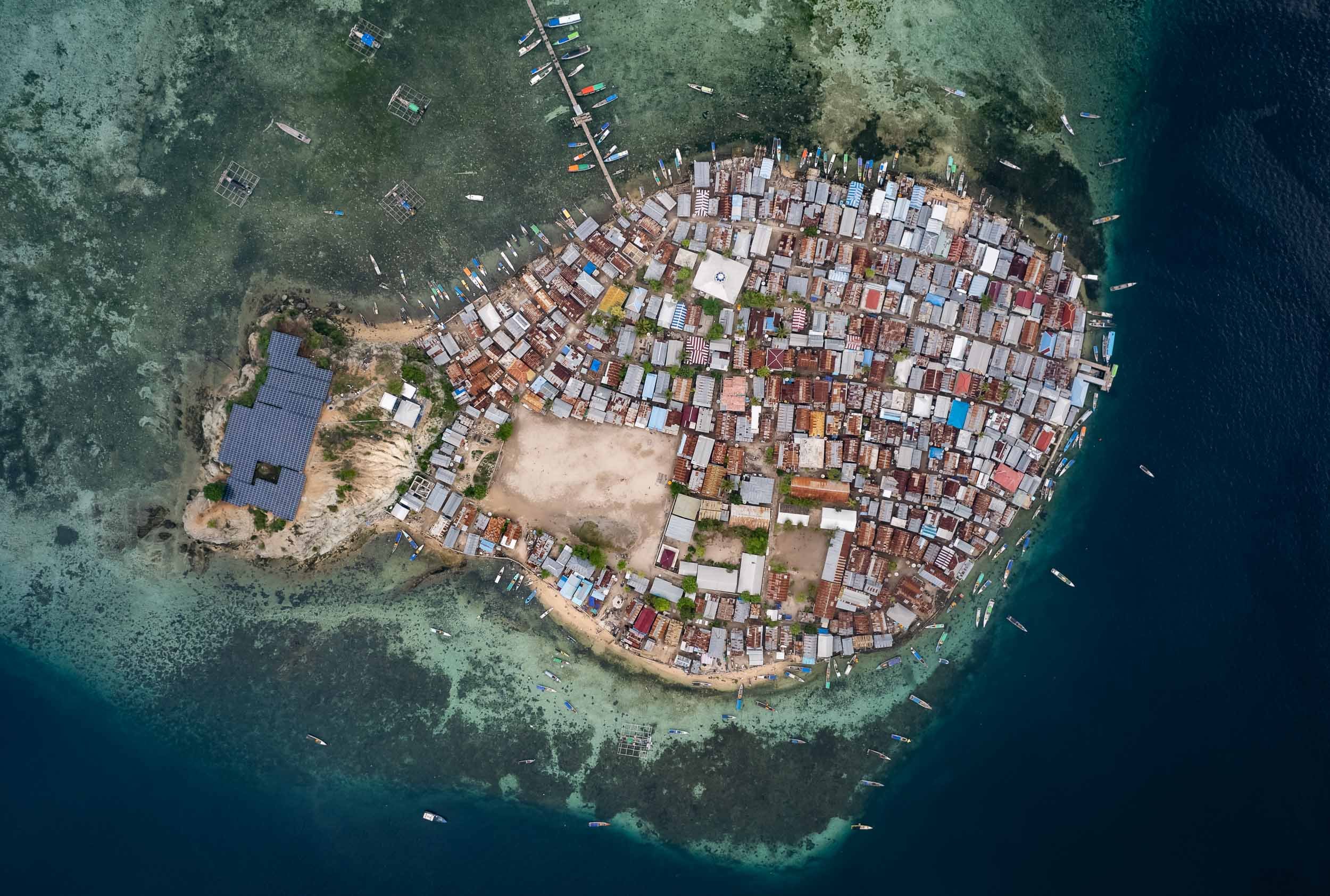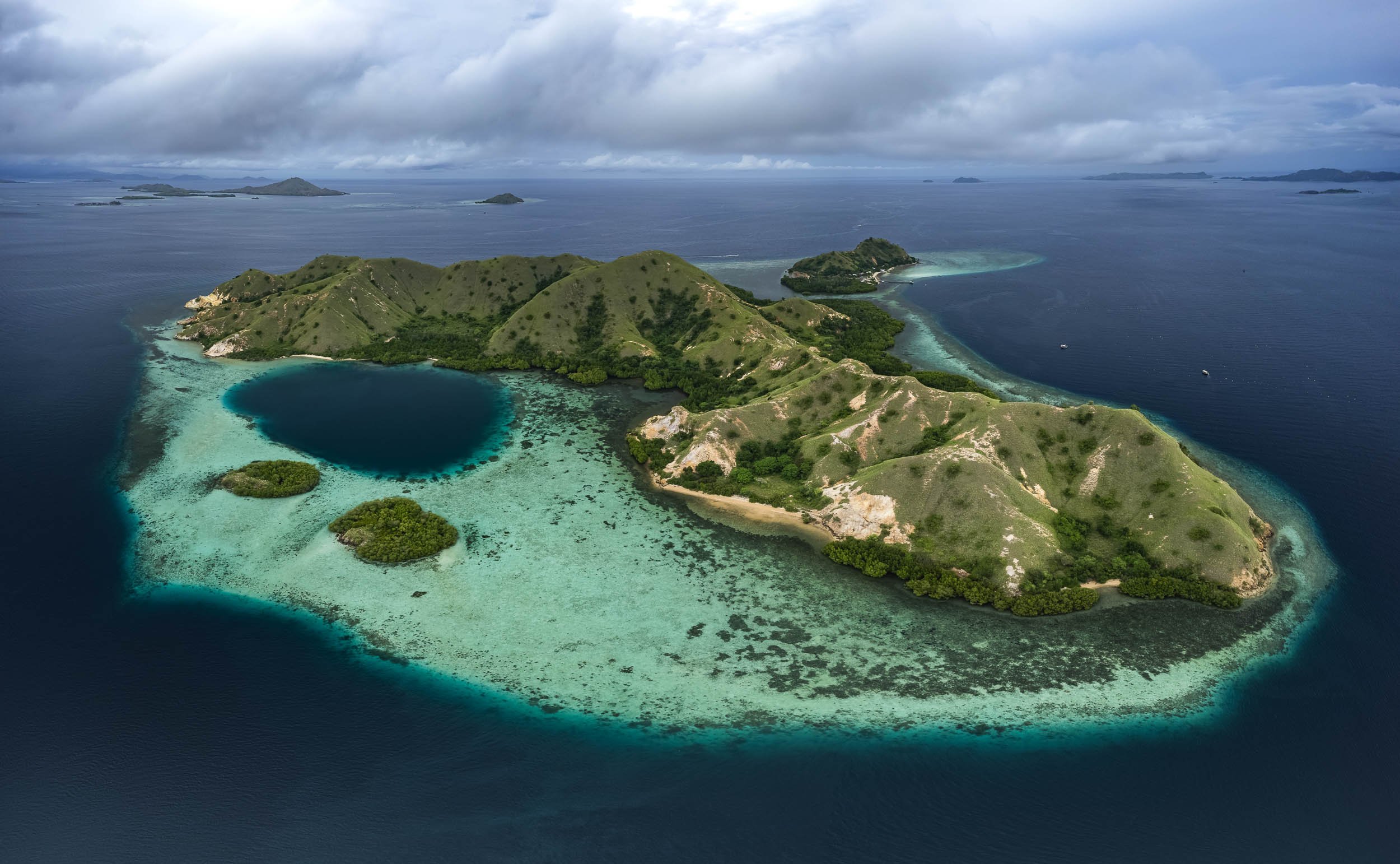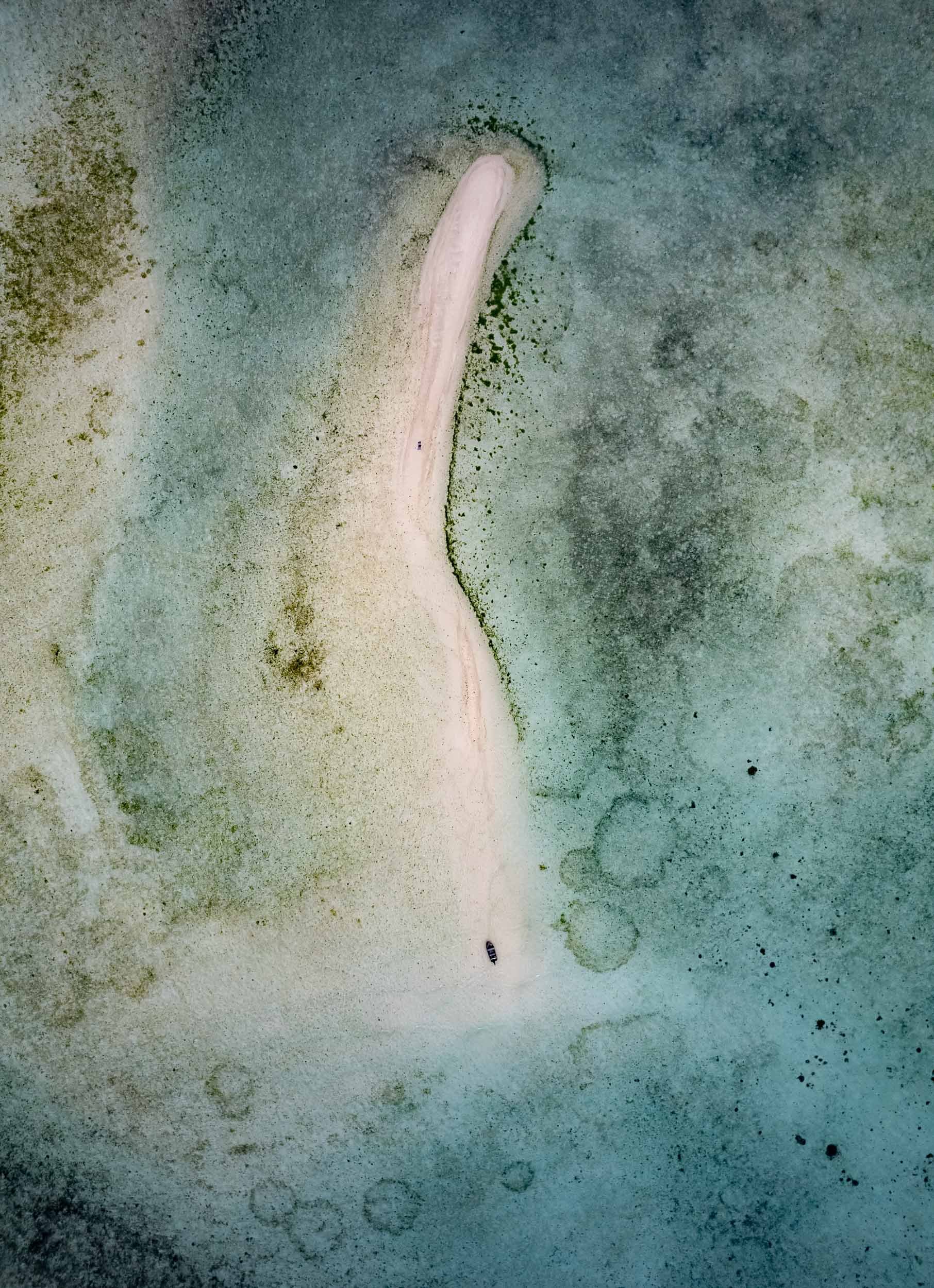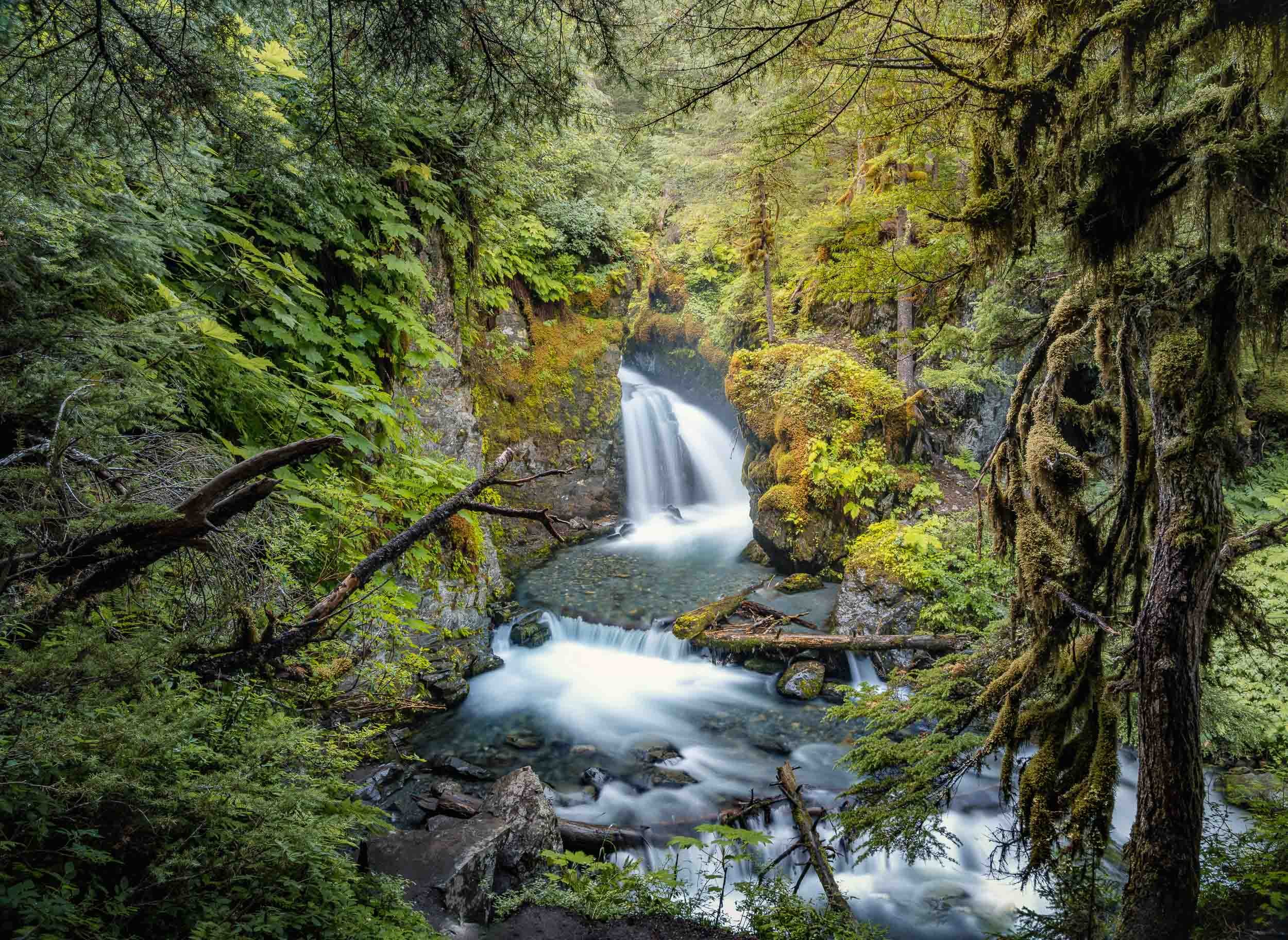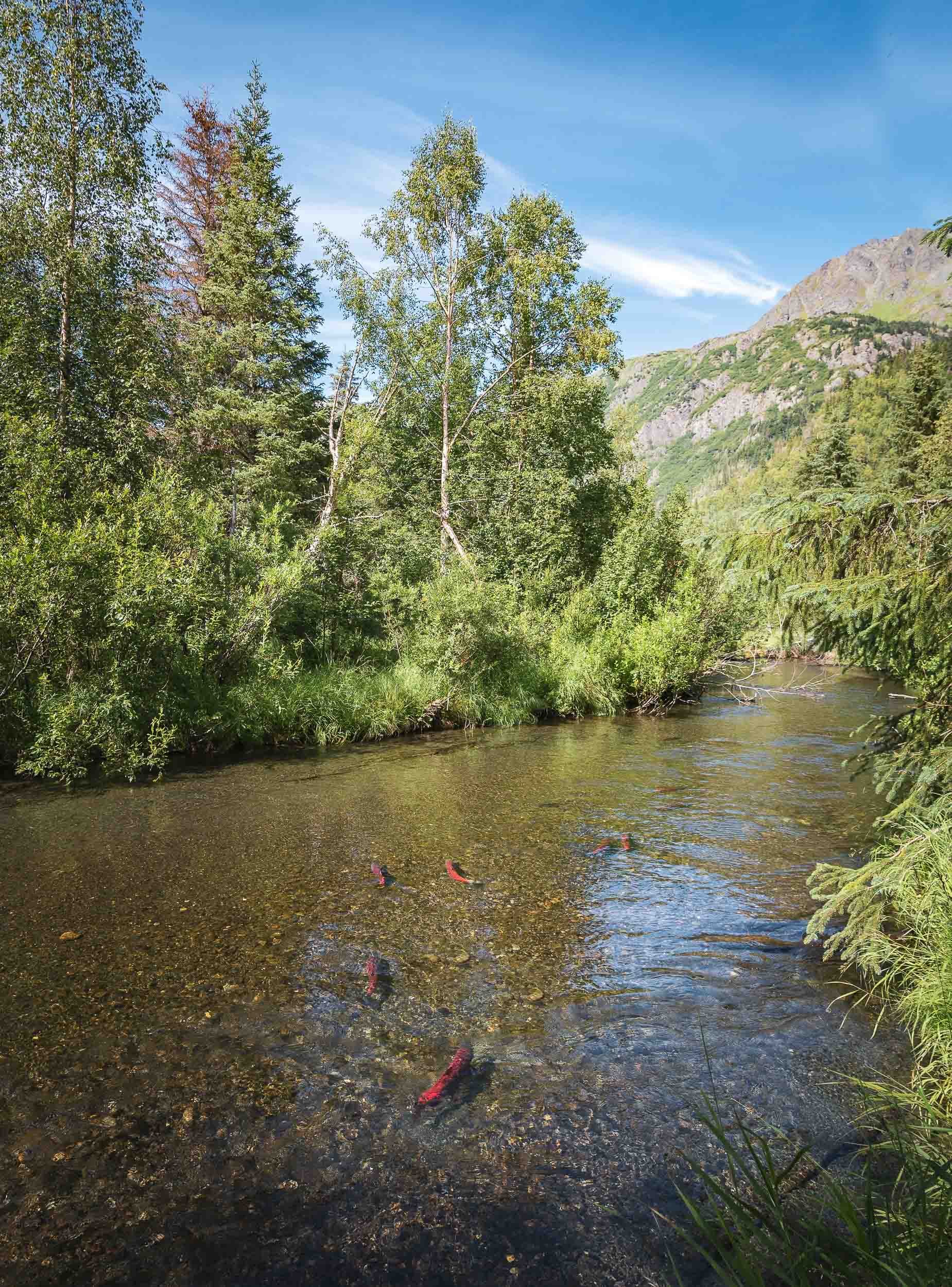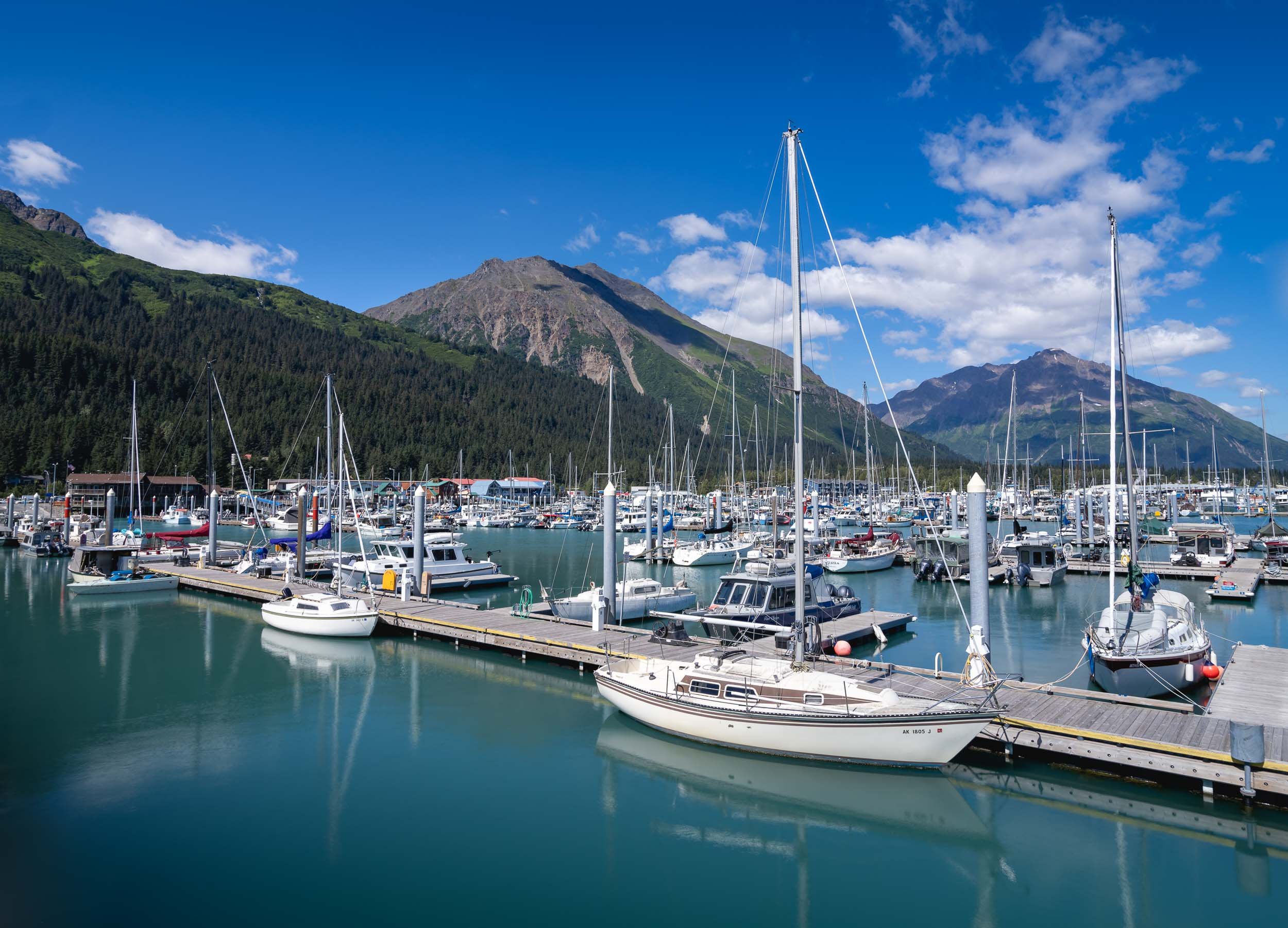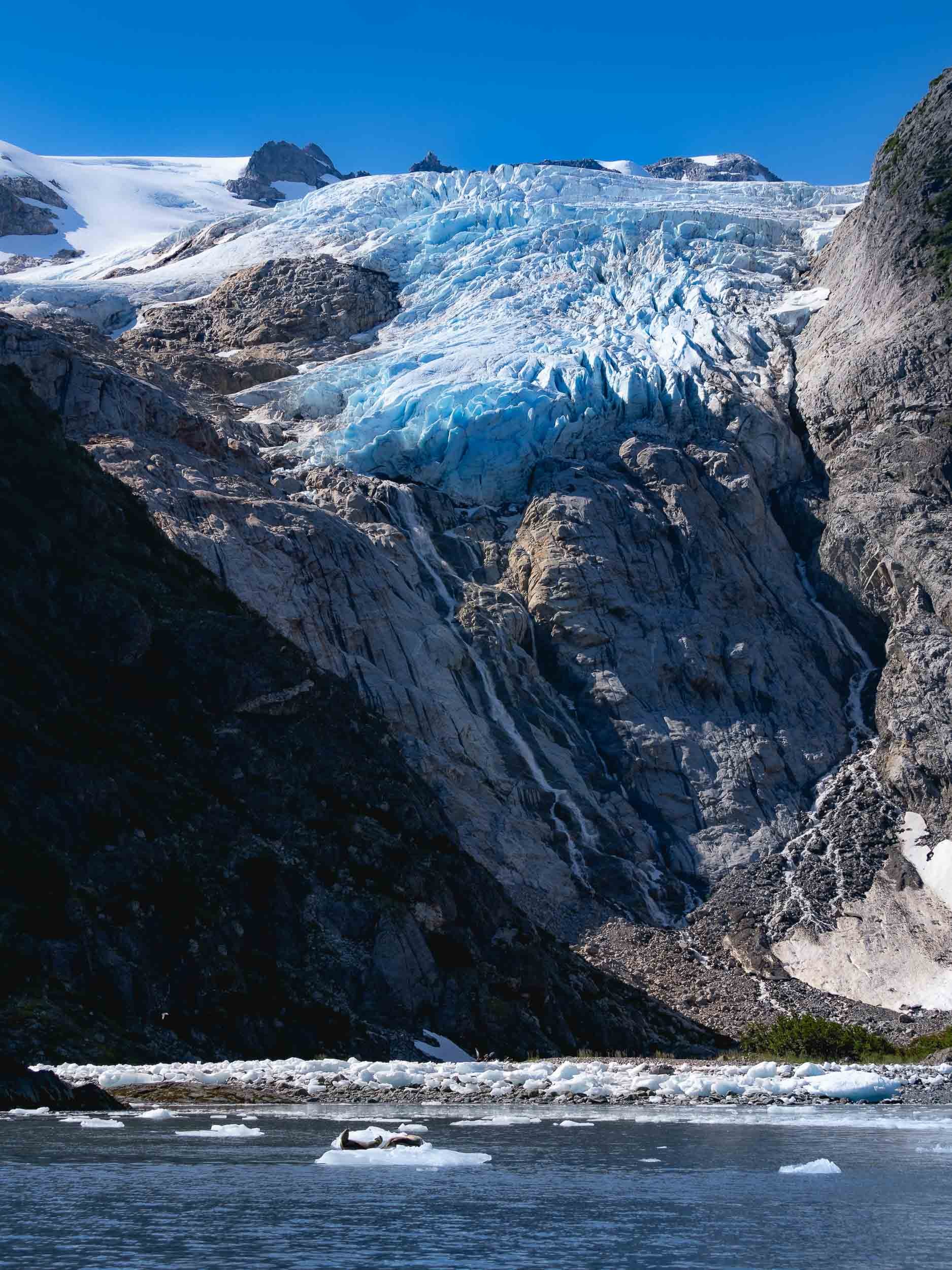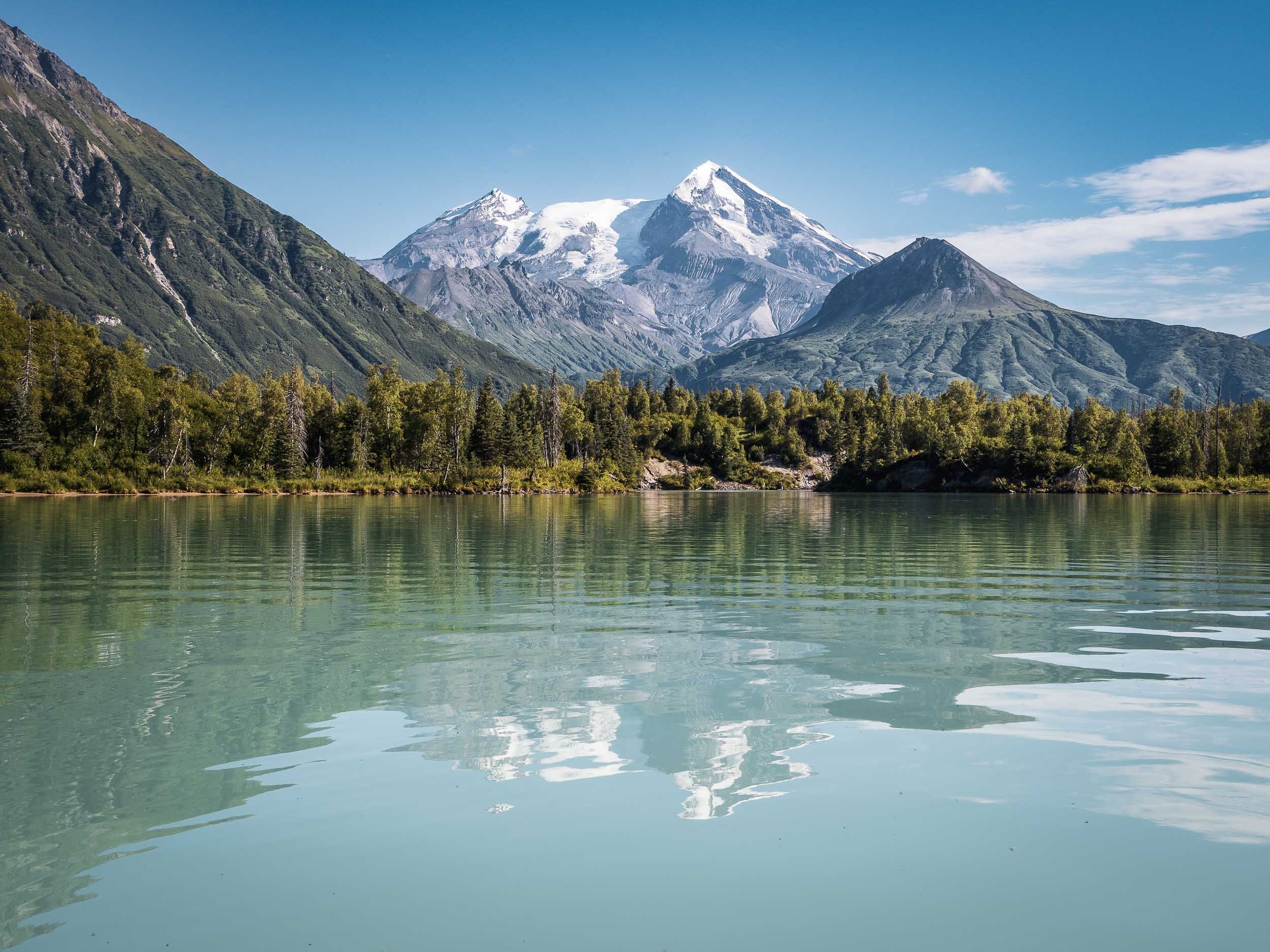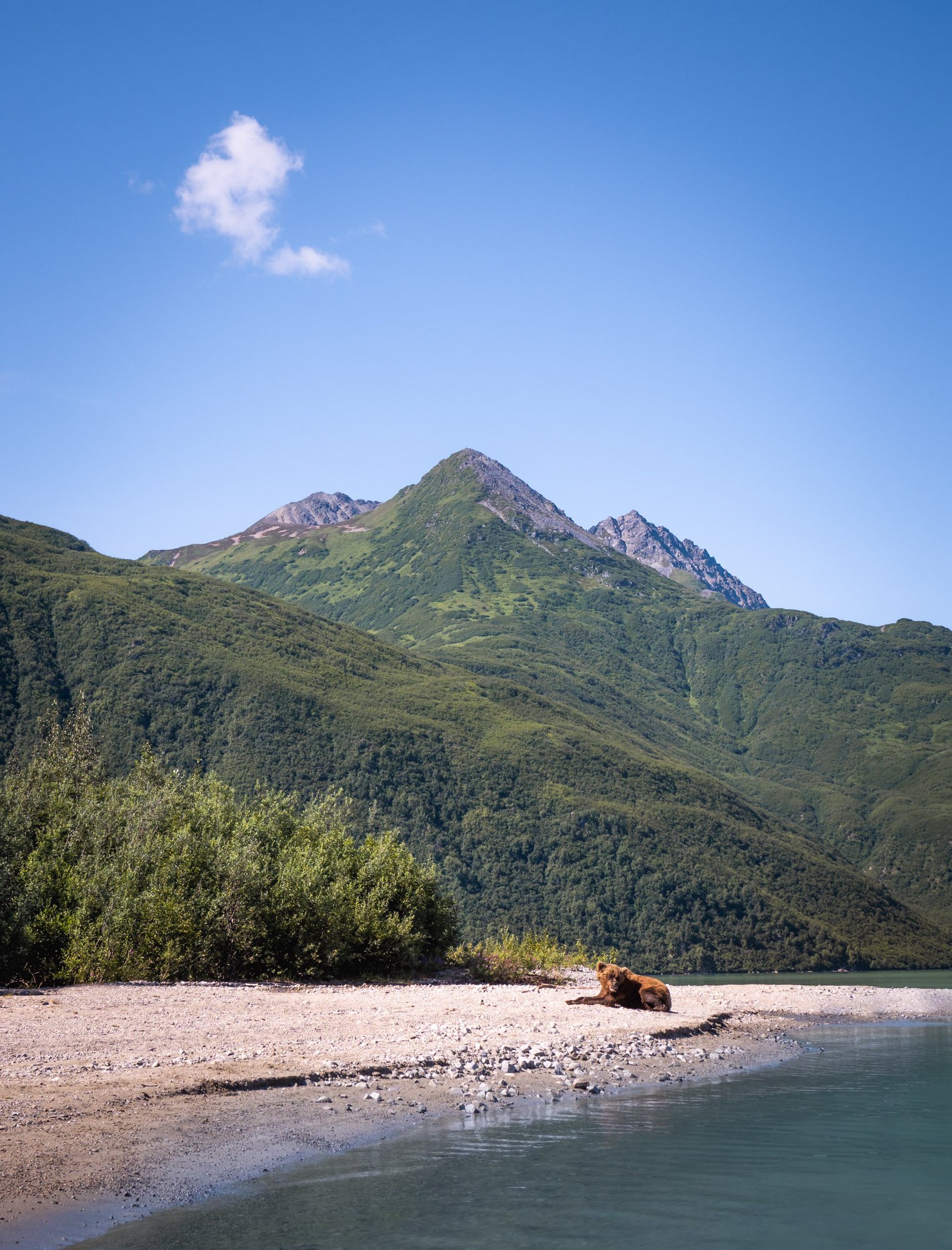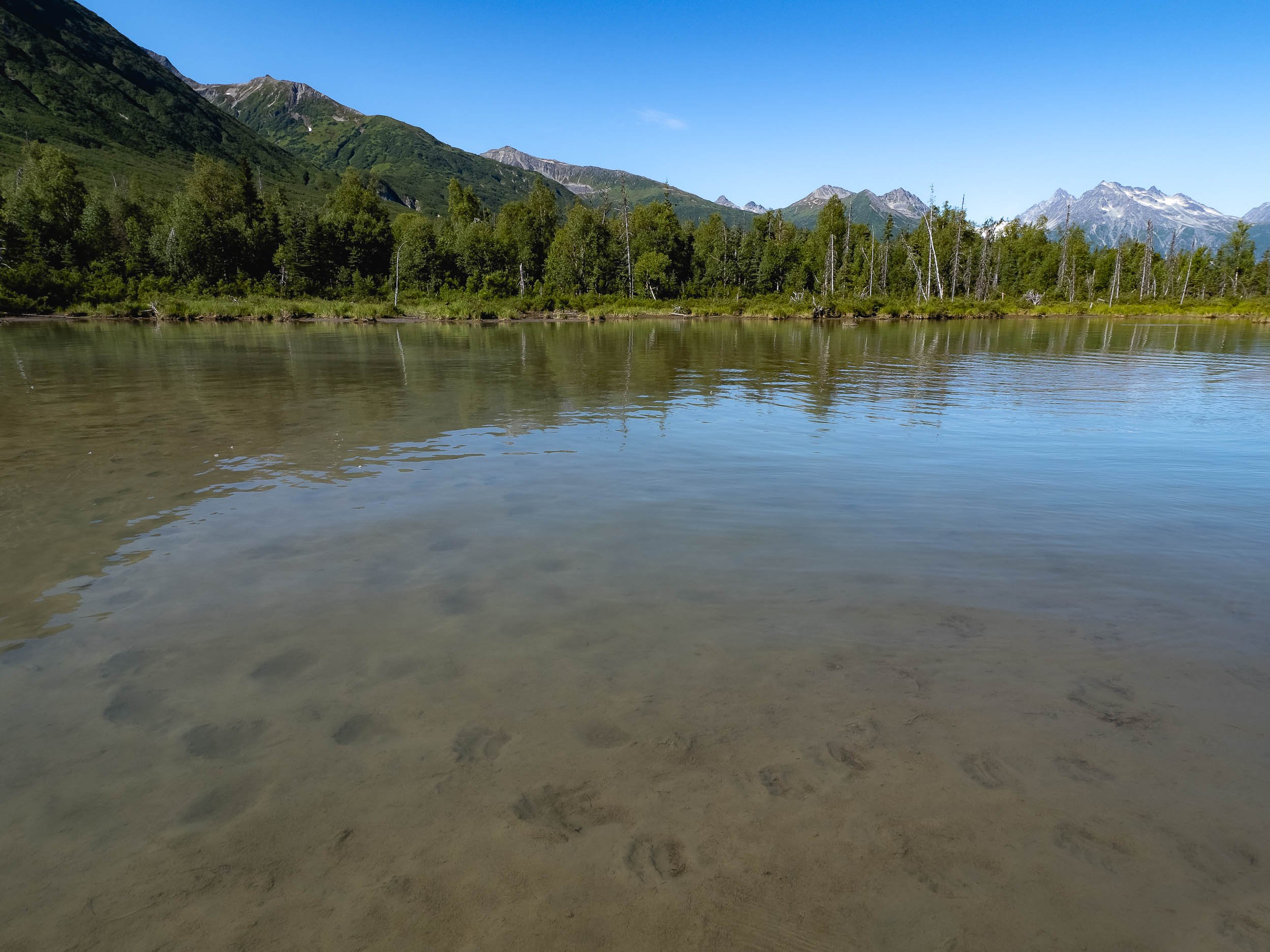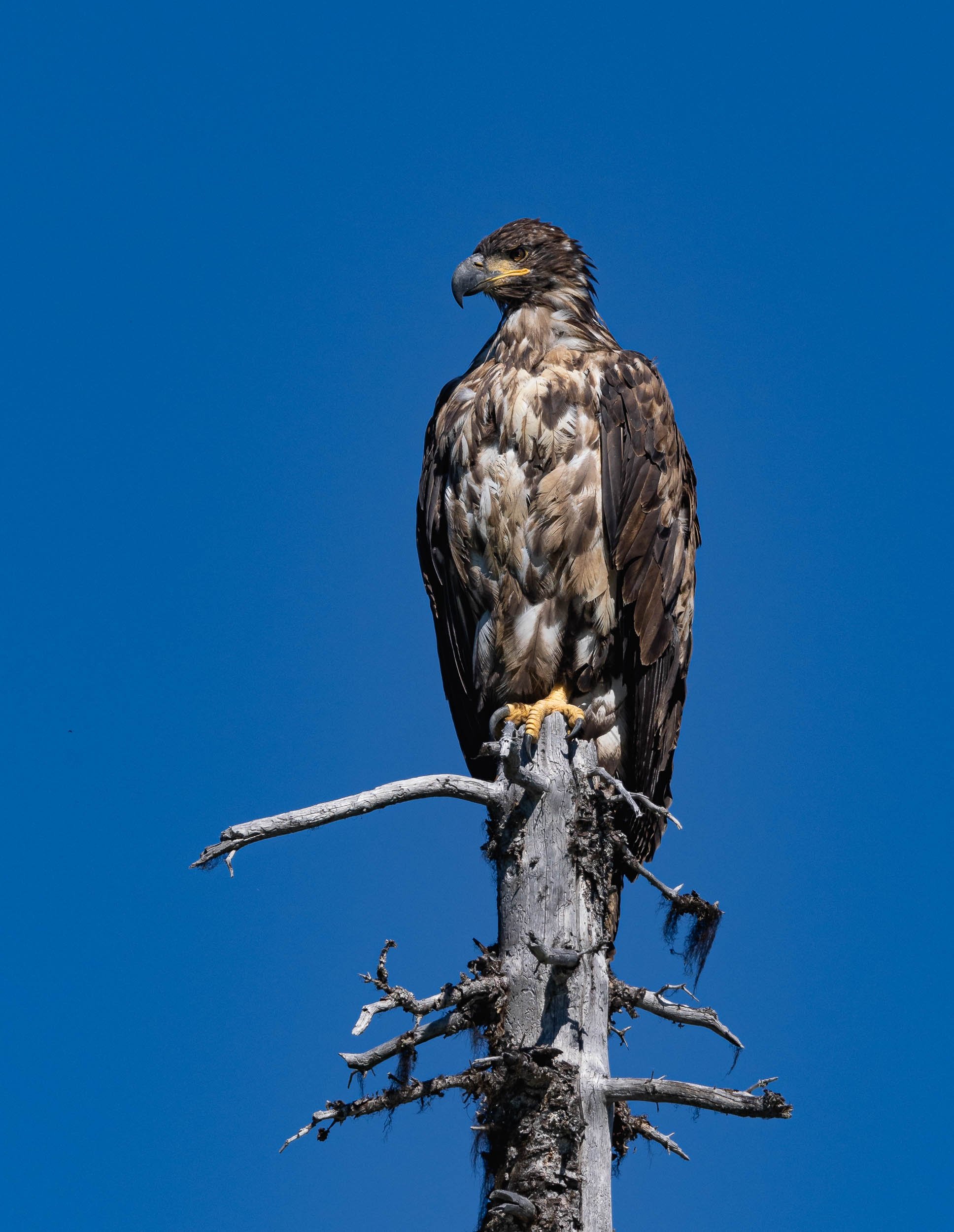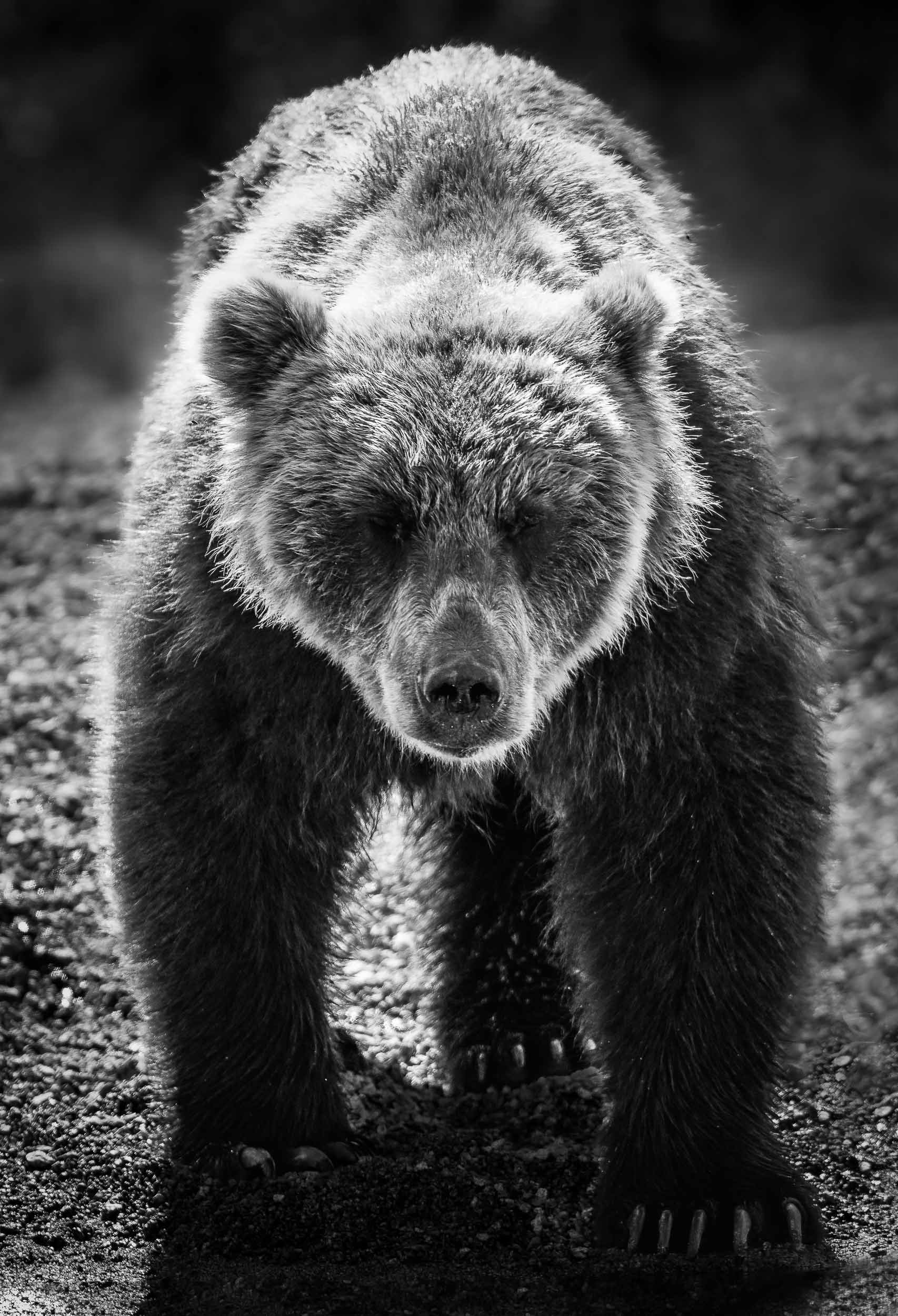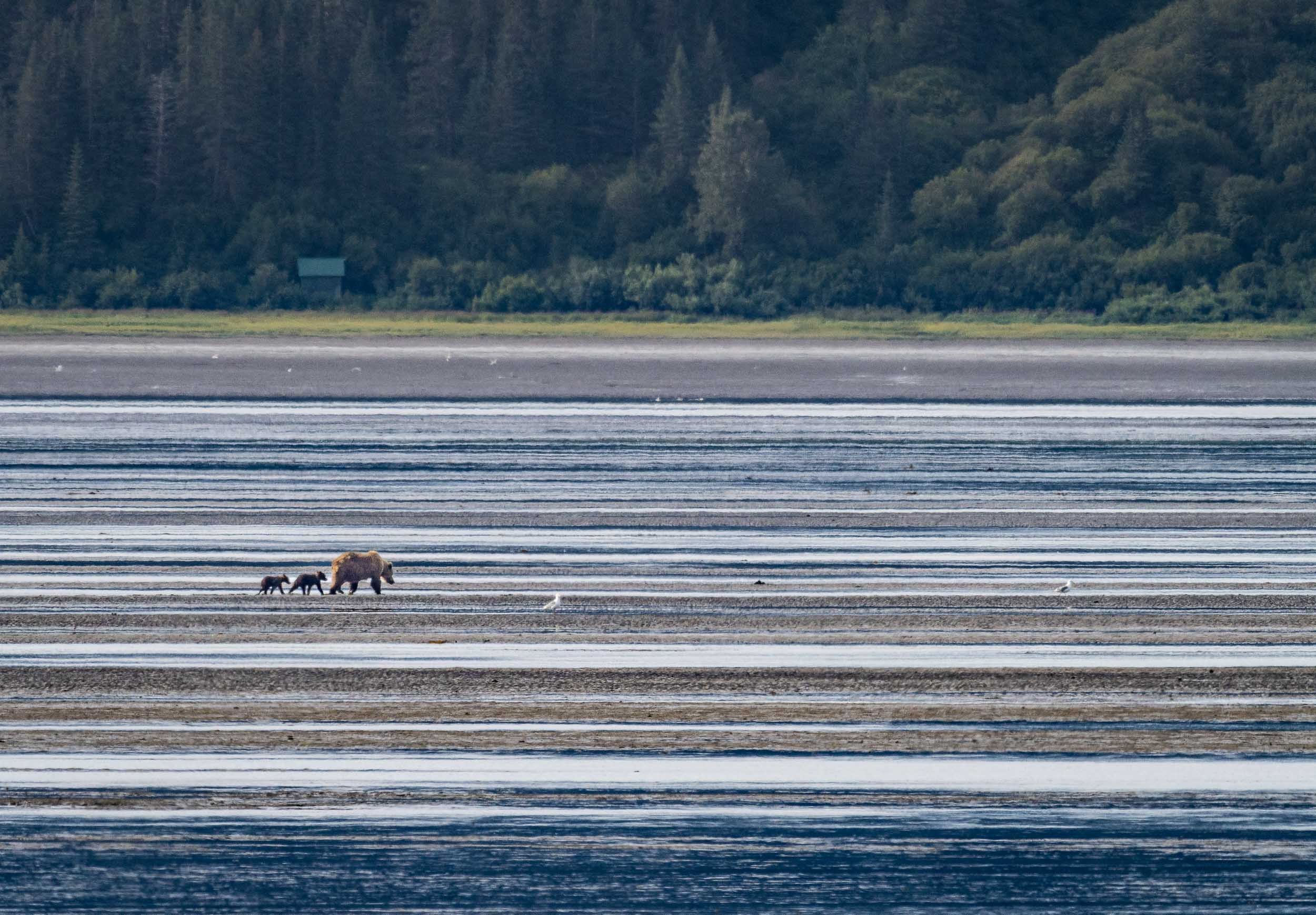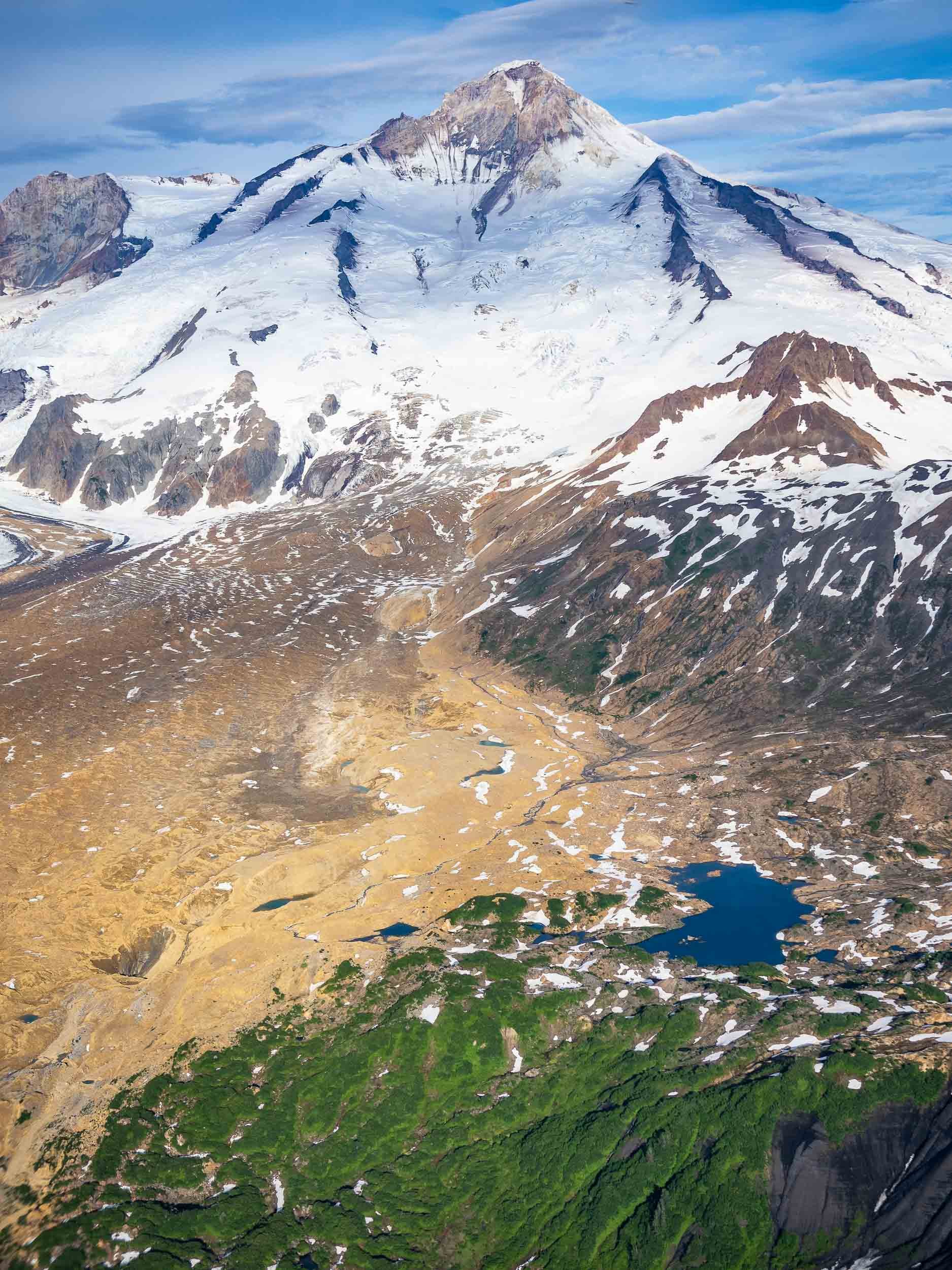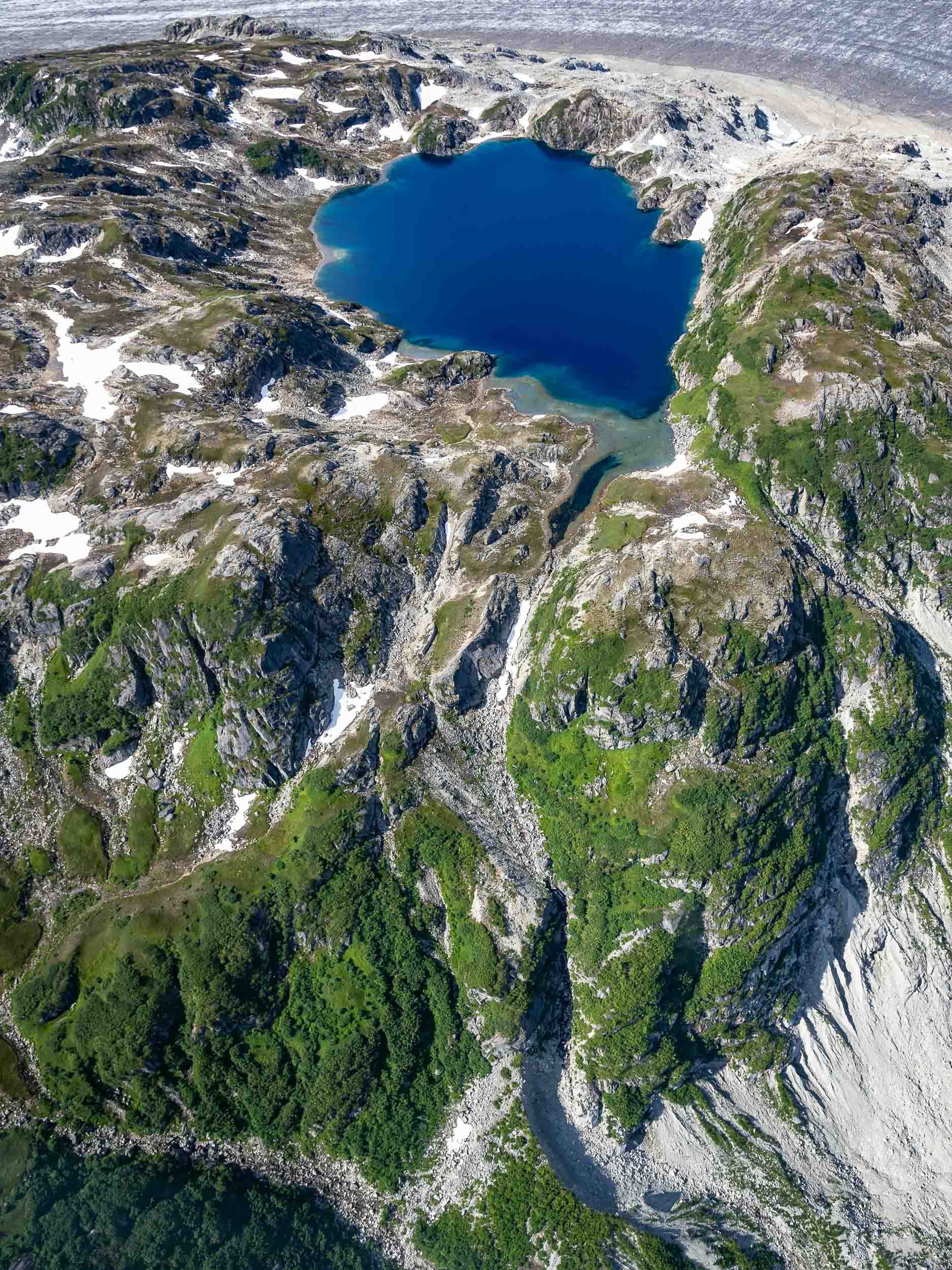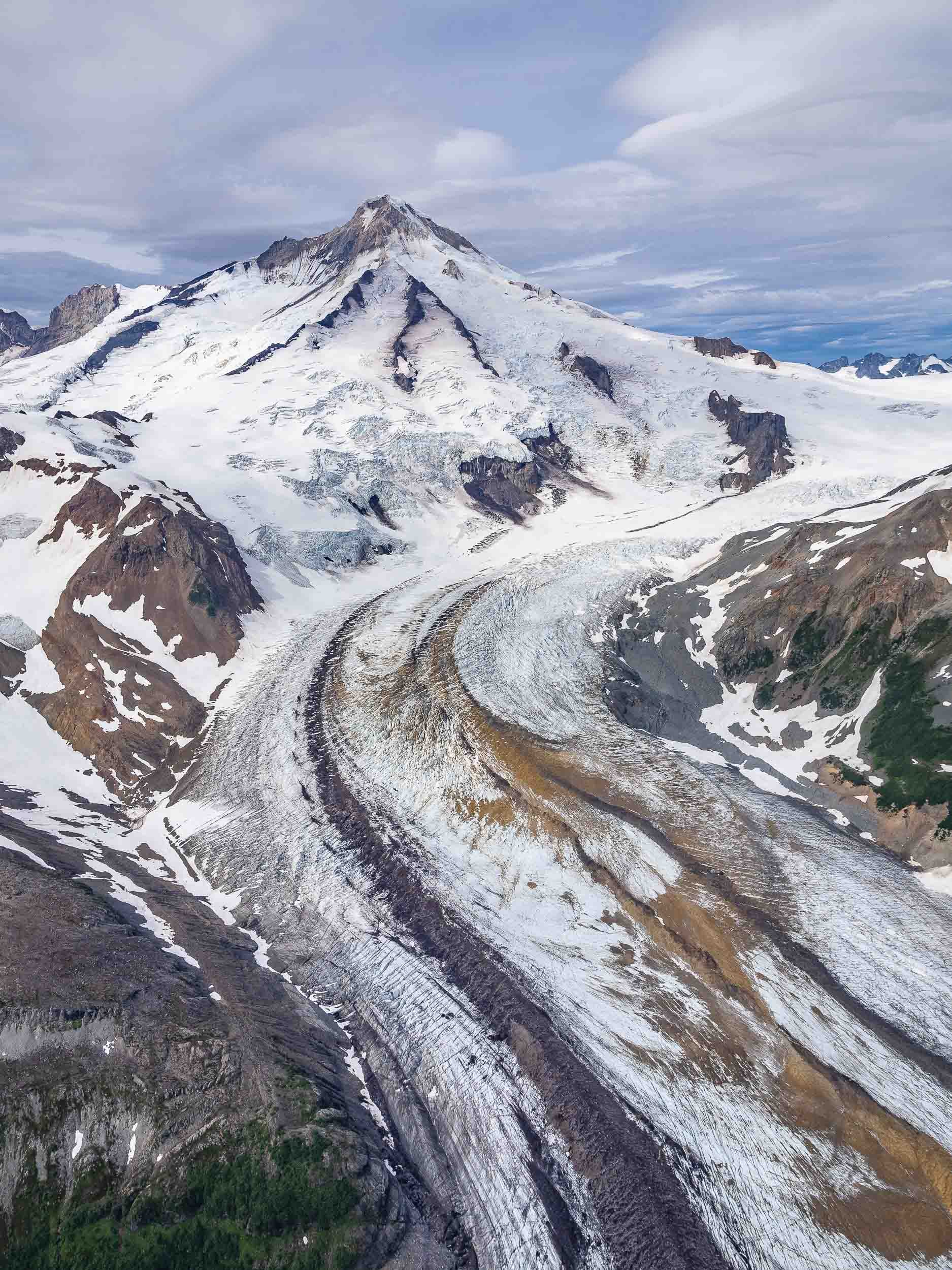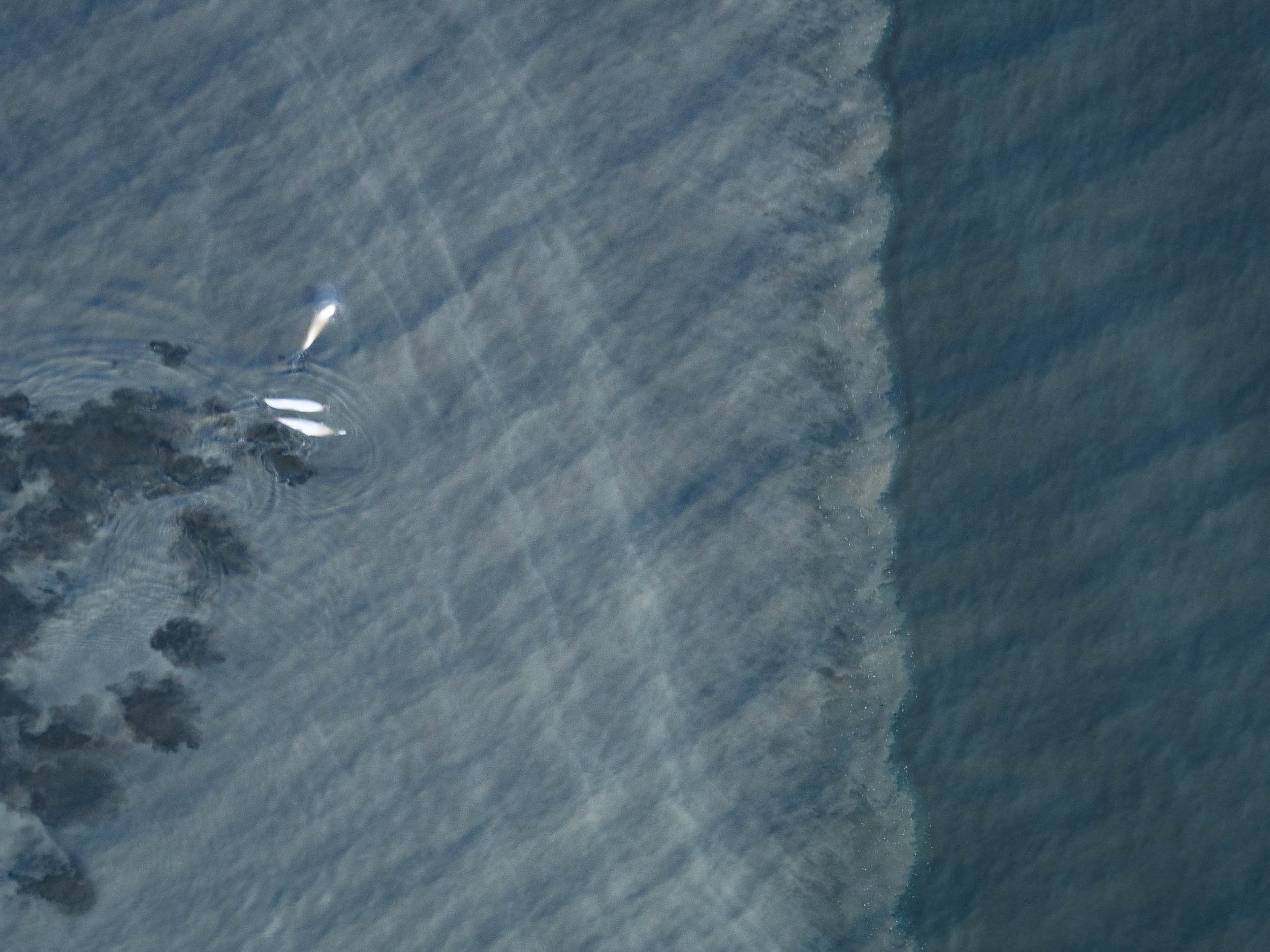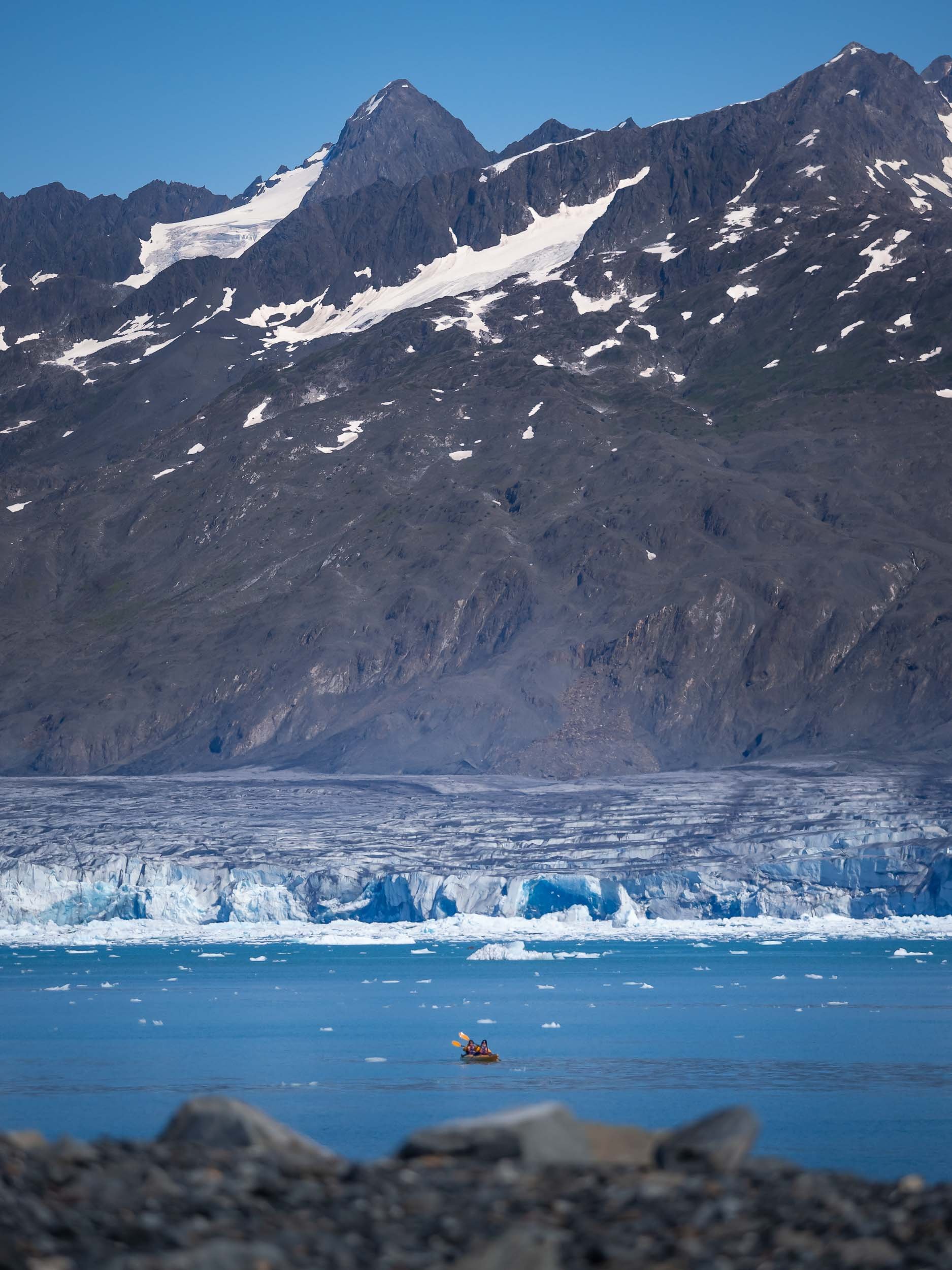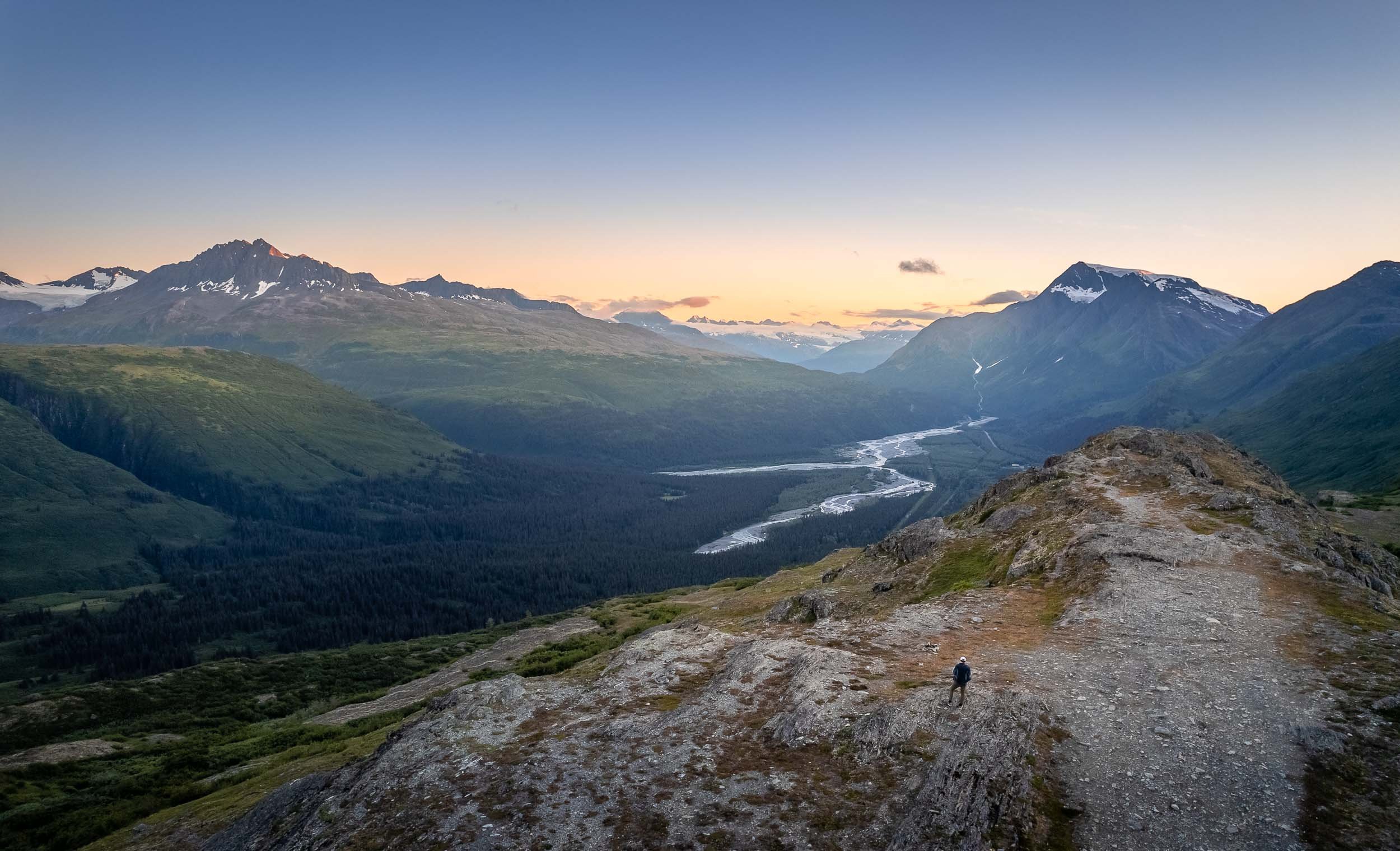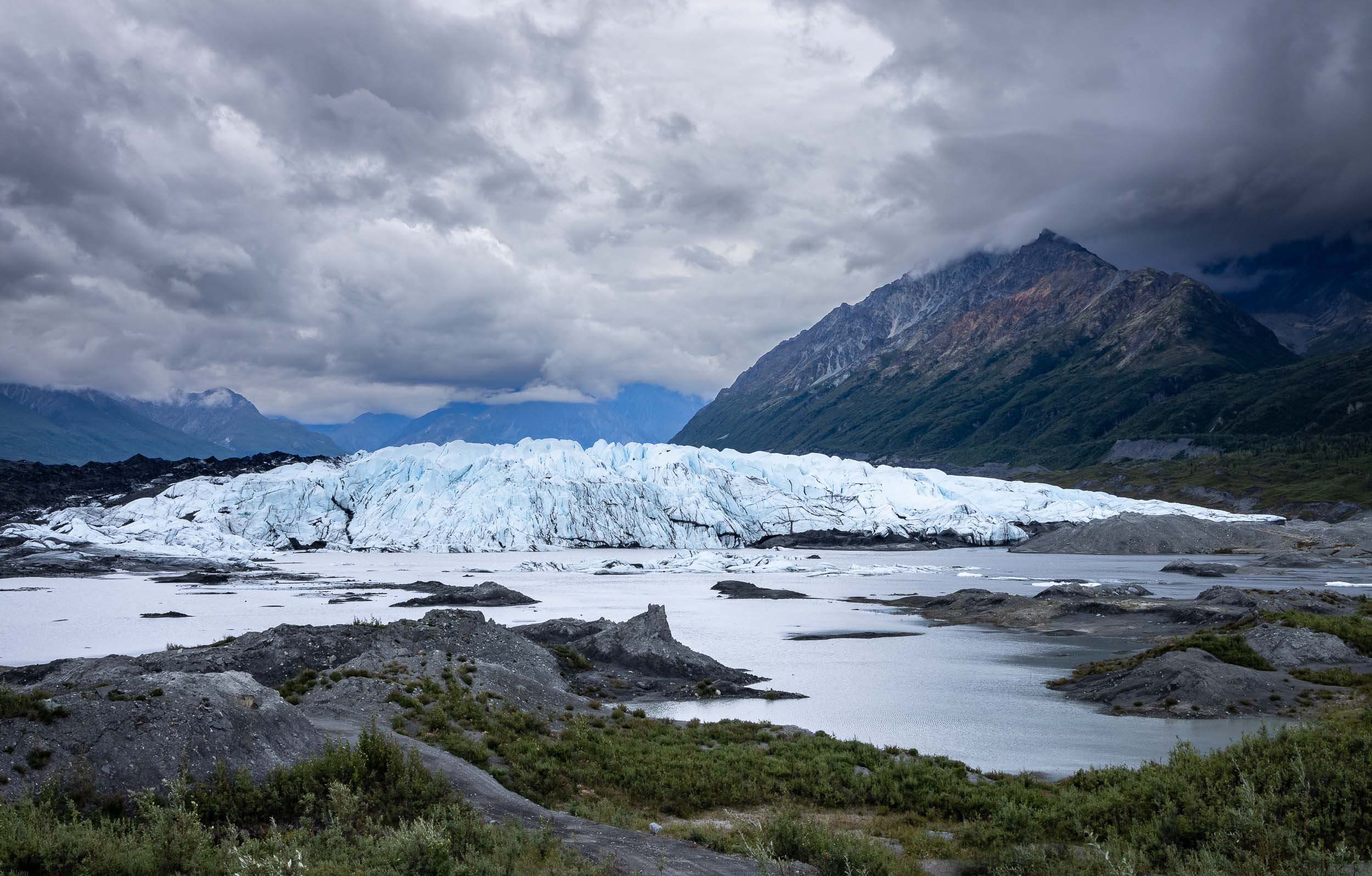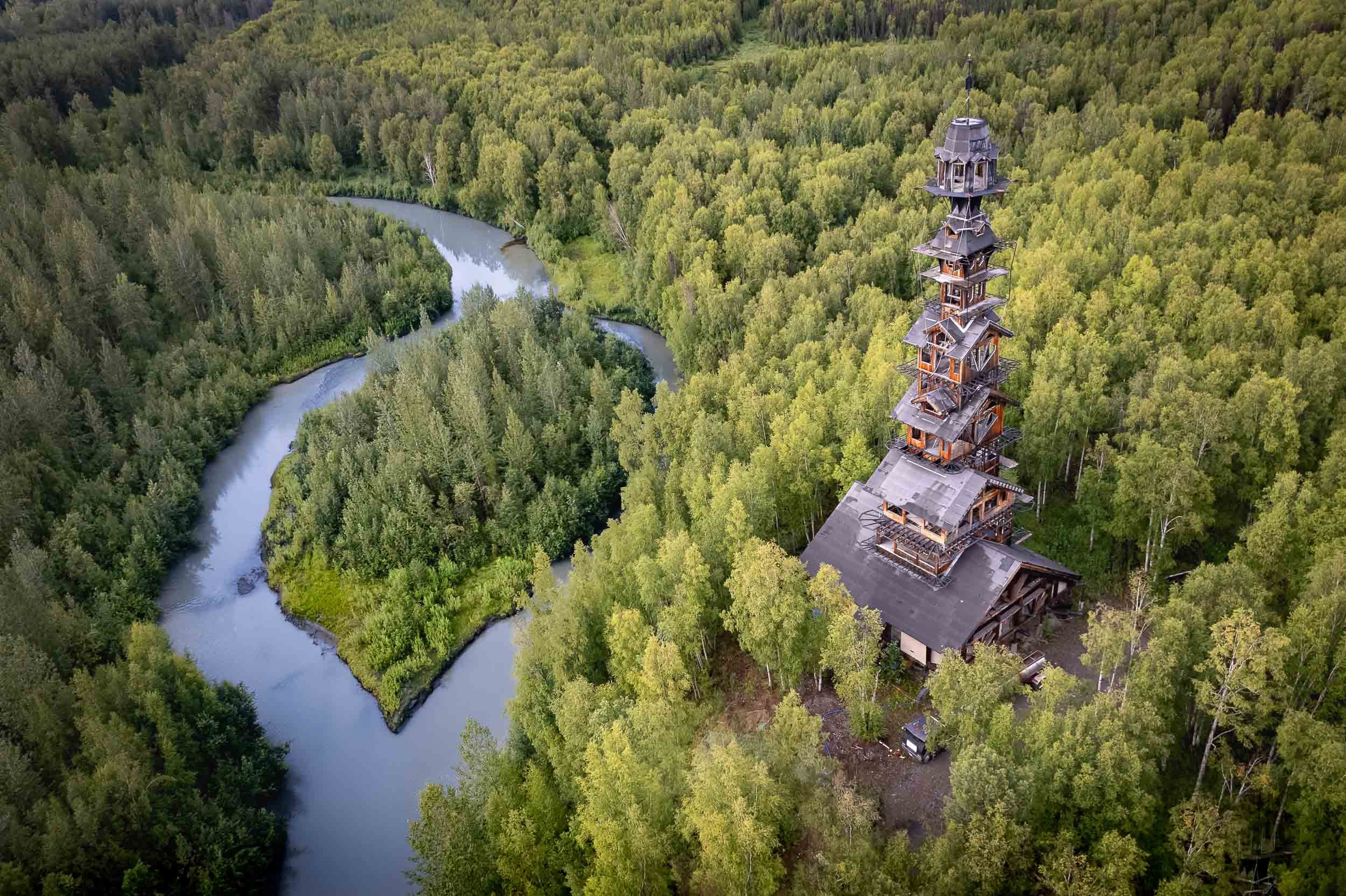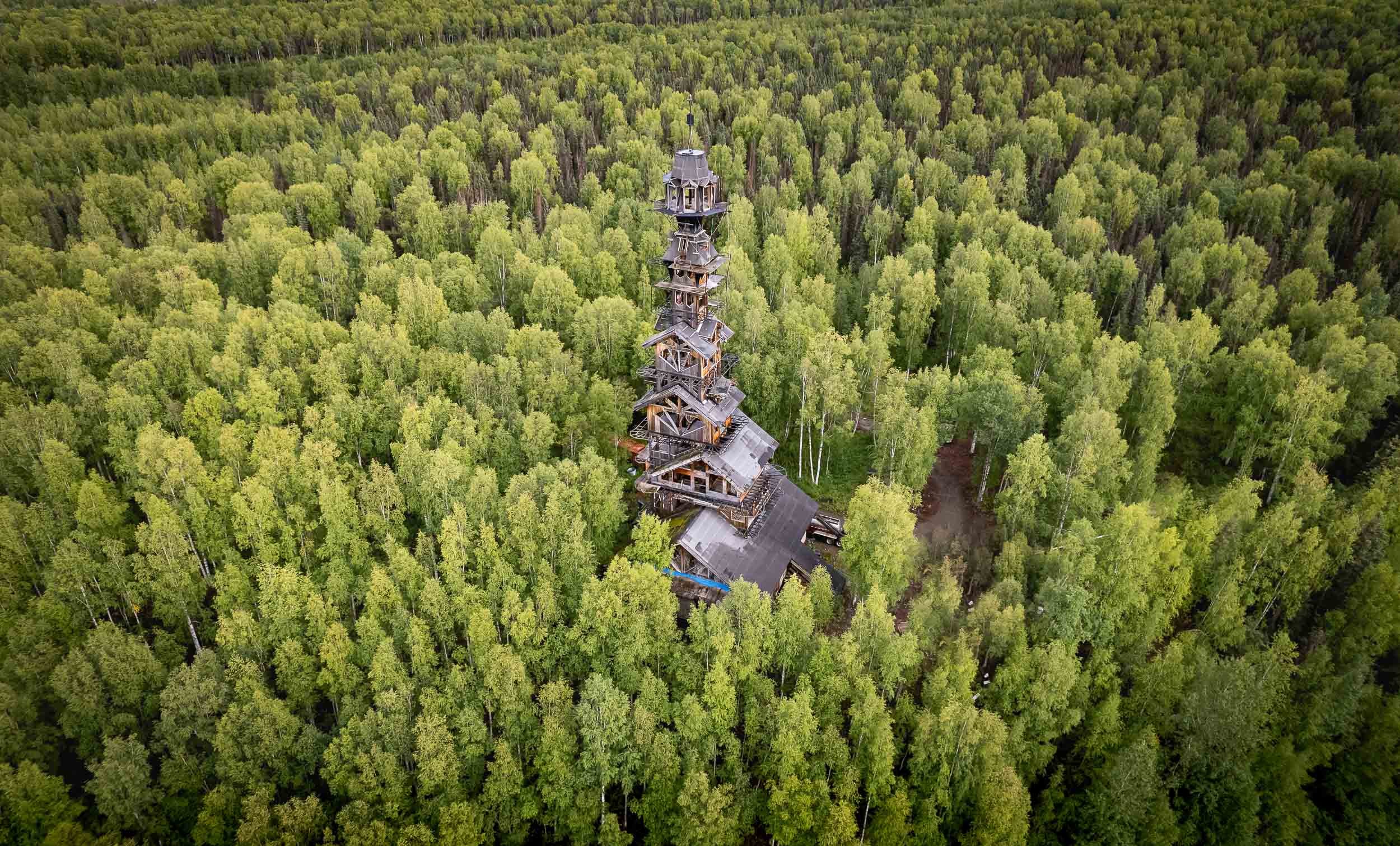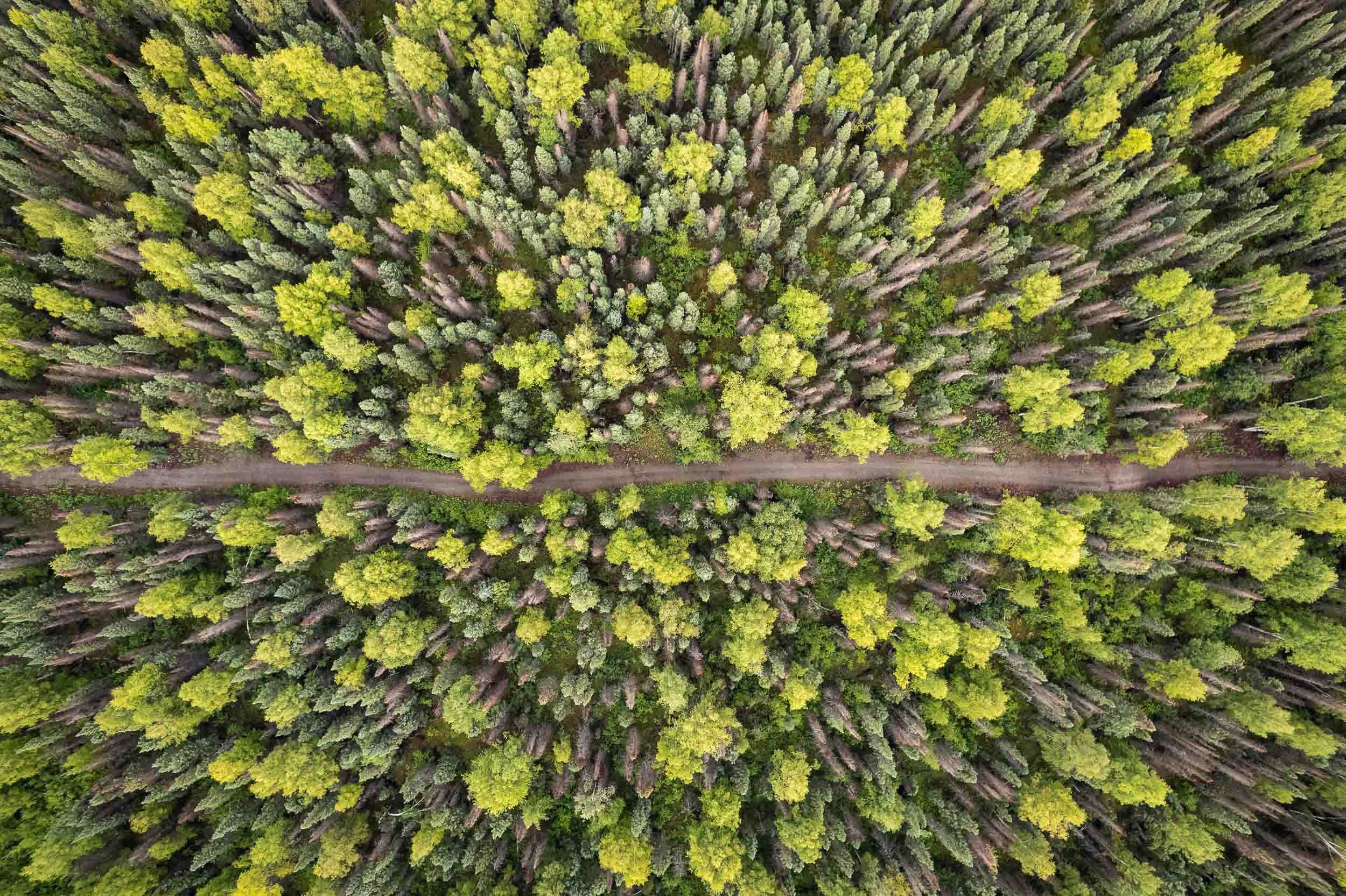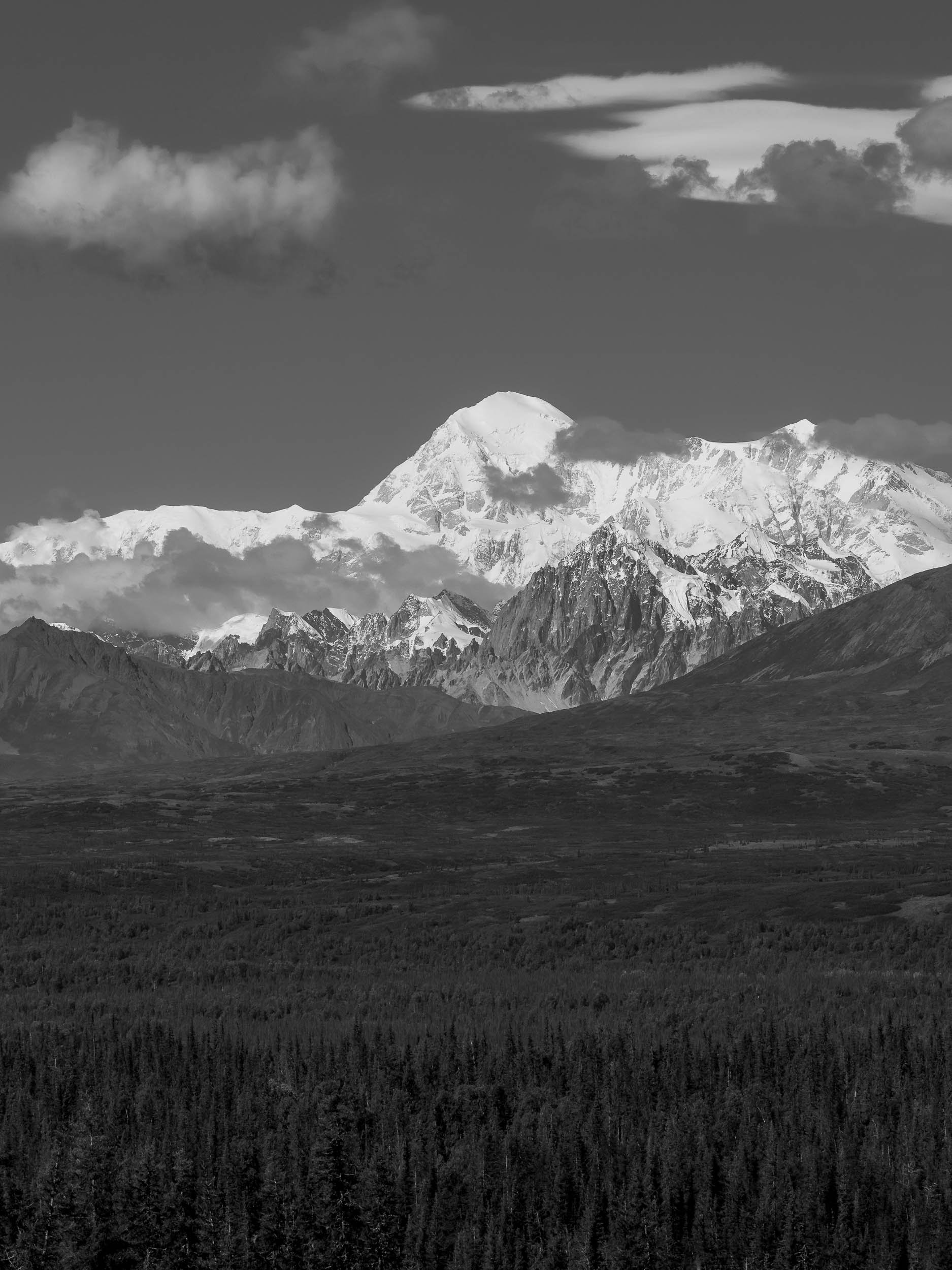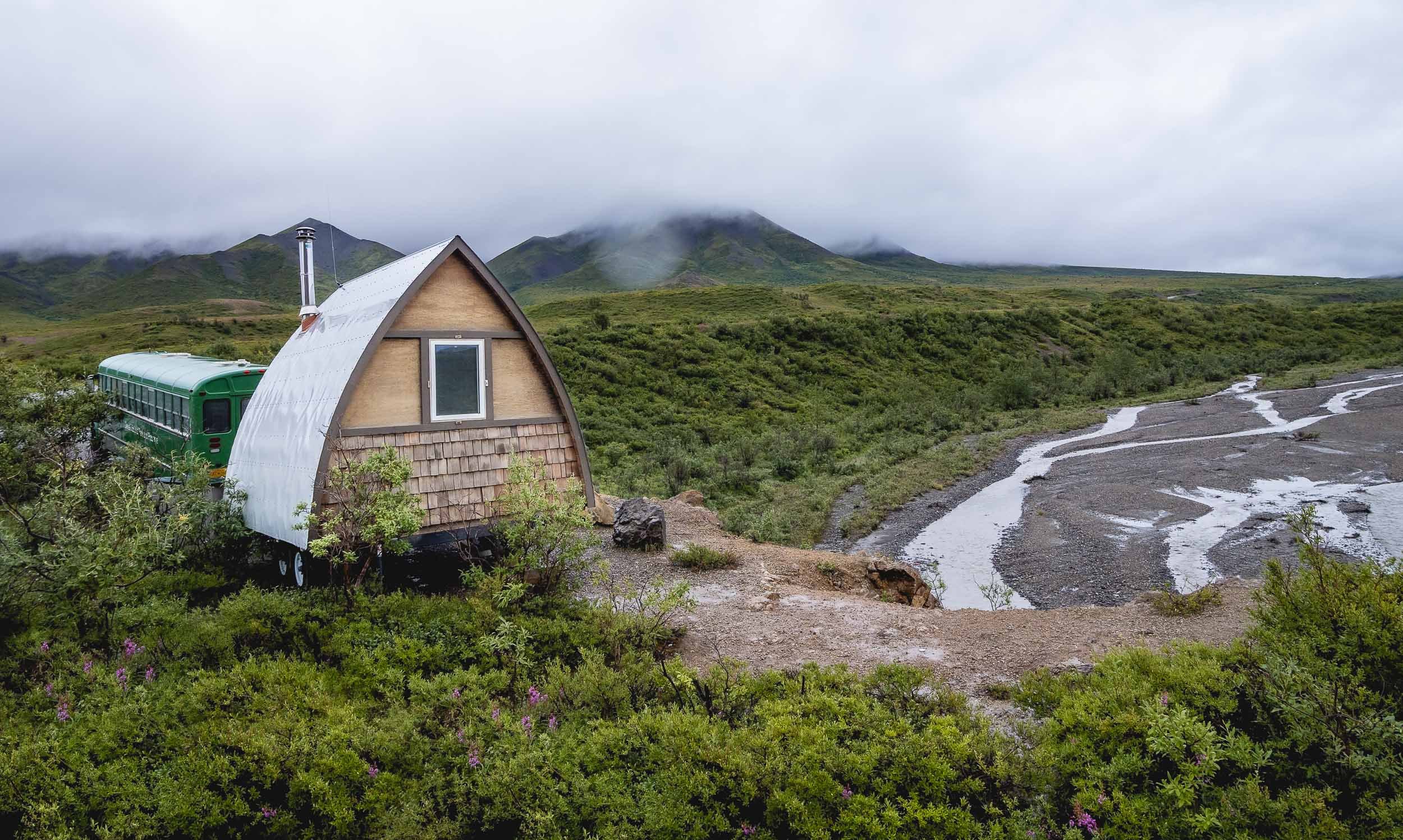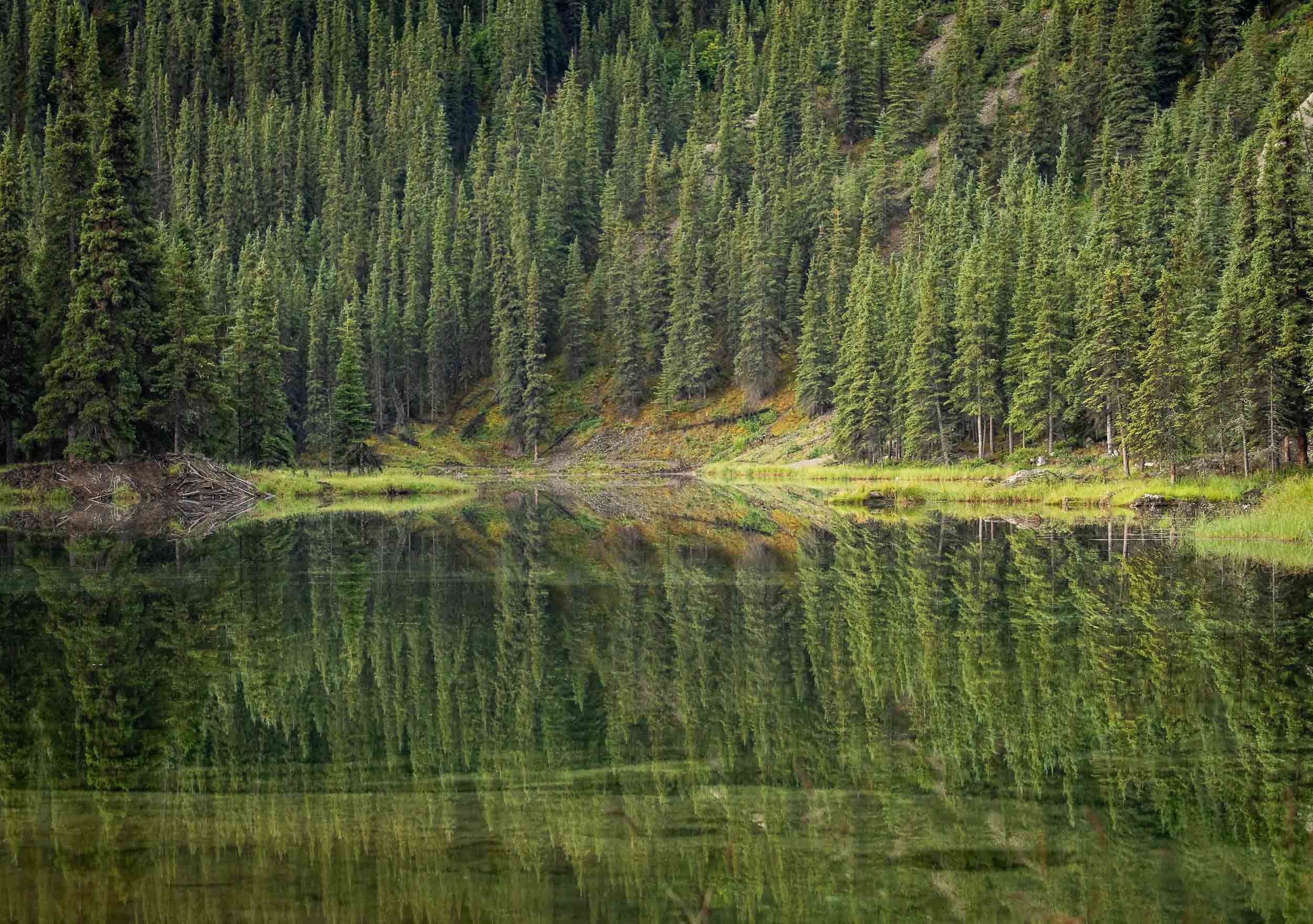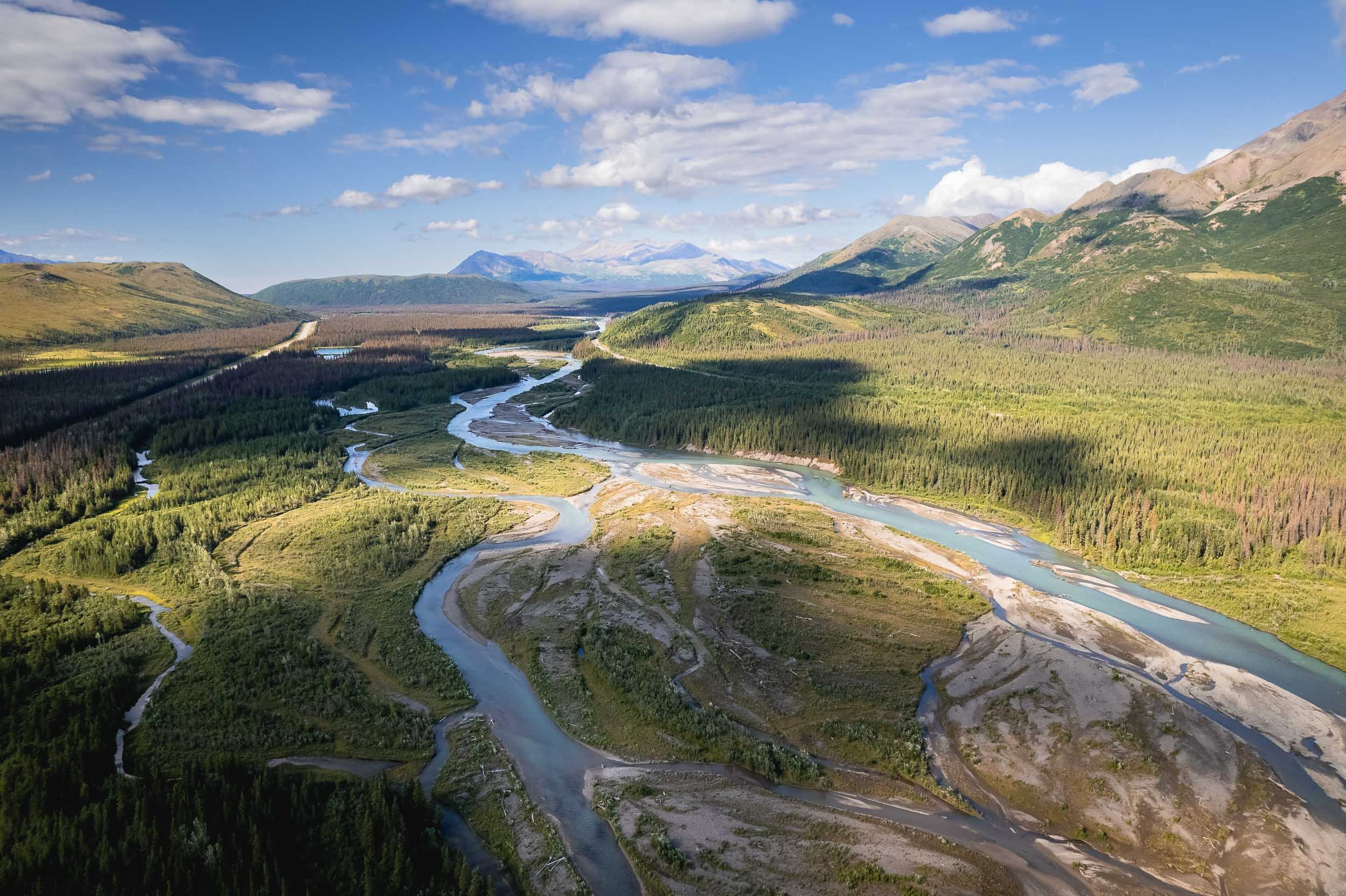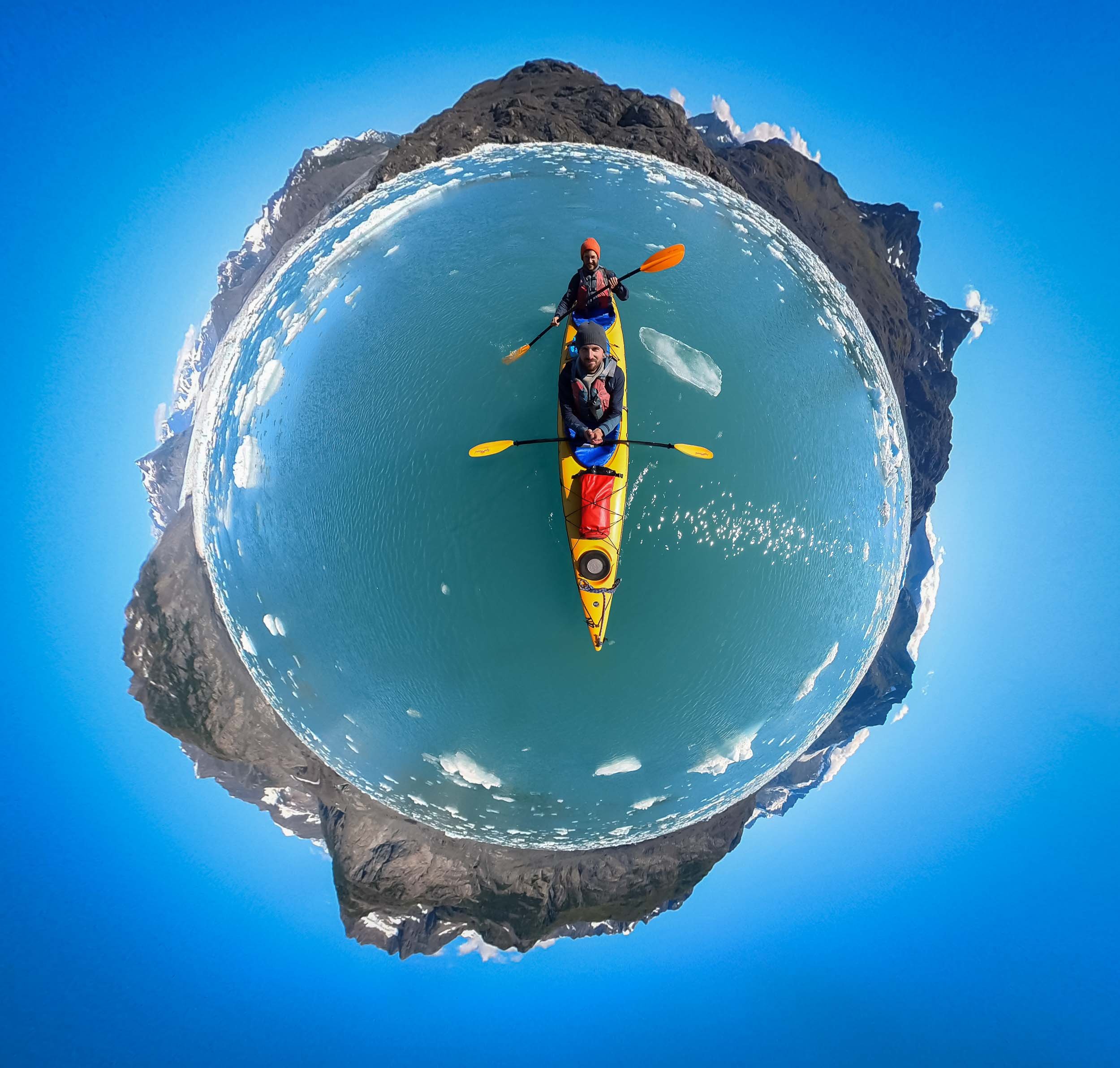Ol Pejeta - Kenya’s Rhino Capital
One of the strongholds for both black and white rhino, and home to the last two northern white rhinos in the world, Ol Pejeta’s conservation work is critical to the species.
This blog isn’t really meant to be a wildlife portfolio, but I can’t deny that the wilderness of Africa is one of my favourite travel destinations. That’s partly for the landscapes (Namibia stands out), the unexpected (check out the dinosaur footprints in Zimbabwe), or the conservation efforts (see my trip to Amboseli for IFAW), but of course also for the animals you can find here. This is another blog focused on the latter. I promise though there will be future entries again covering other parts of the world, with cityscapes, landscapes, and possibly a few humans as well…
For now, we are going back to Kenya, not far from where I had the joy to photograph Giza, the famous black leopard. Specifically, a conservancy called Ol Pejeta, at the foot of Mount Kenya. This region is rich in wildlife, but stands out for one species more than all others: Rhinoceros.
I’ve wanted to come here for a few years, having followed the faith of a specific type of rhino for a while…but one thing at a time.
I stayed at the aptly named Porini Rhino Camp, a simple tented camp in the quiet north-eastern side of the conservancy. It’s a beautiful small camp in a very calm location, with wildlife just metres away from your tent. It was also completely empty - the season had just started (this was in mid-May) and we were the first guests after they re-opened. Could not ask for more!
The Water Hole
The camp also features a small hide directly at the local waterhole - always a great option to get some eye level close ups of animals coming to drink - giraffe, impala, warthogs were among the visitors as we arrived.
This brave warthog came pretty close to the hide but was rightfully skittish - the smallest sound and movement made it scuttle away quickly.
Centre of the World
The conservancy lies in the north of Kenya at the equator, which runs through its borders, marked by a small sign post. I’ve had the chance to cross the equator on foot a few times before, but it’s still a cool little quirk to move from one half of our planet to the other.
Ol Pejeta is also home to a large variety of birds. I’m still learning to appreciate our flying companions more, but even with my limited knowledge seeing one of these colorful bee-eaters in action is always a joy…
… as was this incredible and rather unusual (so I was told) sight of probably more than a hundred pelicans gathering in a small pond just off the dirt-road leading through the part of the conservancy.
Rhino Capital
Admittedly it wasn’t the birds why I came here. It was for Rhinos. Ol Pejeta is one of their strongholds in Africa, with around 50 southern white rhinos such as these ones, more than 150 critically endangered black rhinos (the much more shy variant) and the last two northern white rhinos on the planet (yes - the last individuals of the species anywhere, whether in the wild or captivity).
We had at least a dozen rhino encounters over the 5 days here, with several groups spread around the conservancy. Its borders are designed in such a way that rhinos cannot move beyond its boundaries with specific type of fences and deterrents that only allow all other animals to pass and migrate. This is for their own protection: Ol Pejeta employs highly trained rhino protection squads, partners with international veterinary experts and gathers data on all of the individuals to support their conservation across Africa.
The Northern White Rhino
The pinnacle of the conservancy’s conservation work sits behind this fence: the enclosure of its two Northern White Rhinos, the last of their kind.
I’ve been following their faith for a few years and had been looking forward to learn and see more of them in person for a while - it was an exciting moment to stand in front of these gates.
One of their caretakers (I think his name was Noah) tells the story of Fatu and Najin (her daughter): In 2009 four of the world's last remaining seven northern white rhinos at the time arrived at Ol Pejeta.
Najin, Fatu, Sudan and Suni were a family that had been living in a zoo in the Czech Republic, where previous breeding attempts had been unsuccessful.
The hope was they would reproduce here in their native habitat, but this didn't materialize. By 2018, Sudan, the last male of the species, died, leaving only the two females we have now.
Several attempts were made to mate them with a southern white rhino, which now lives with them in the enclosure, but this also proved futile.
The Last of their Kind
As we entered the huge fenced area, the three rhino in the area weren’t all that far: Najin and Fatu to the left, with their southern white rhino companion on the right side. The northern variant is a bit smaller, less hairy, has a straighter back, flatter skull, and shorter horns. The group is protected 24/7: in total, the conservancy has almost 250 people in security, with over 40 armed rangers, and the protection of the rhinos costs $1.5m per year - mostly financed from donations.
Owing to their history in a zoo, these rhinos are quite accustomed to humans, and may even let you feed them - a moment where you can feel their strength even in the most docile of movements.
The last wild members of the species are said to have been spotted in the mid 2000s in the DRC - with no sightings in the last 15 years they are considered extinct in the wild. With no other captive population either, these two are probably the rarest mammals on Earth.
Both females are no longer be able to produce offspring on their own. The last hope of the species now lies in the development of in vitro fertilisation techniques and stem cell technology. The rangers told us excitedly that just a few days before my visit, researchers had attempted an in vitro process using a southern white rhino surrogacy female. This has unfortunately not been successful - read more here.
One last touch
We got to spend almost an hour with these (mostly) gentle giants. Even a few months later it gives me goosebumps to think back the feeling to encounter these creatures so closely and be able to touch their skin and horn - the last remnants of an entire species of animal that may not exist anymore in a few years from now. A sober reminder of the fragile environment we live in these days, given that rhinoceros have been around for 50-60 million years.
Baraka - the blind black rhino
Another close encounter you can have here is with a rhino that was saved from certain death in the wild: Baraka, meaning “blessing".
He lost sight on one eye due to a battle with another male, and a bit later his other eye was affected by an infection, rendering him completely blind.
Luckily for him, rhinos generally have poor eyesight, and instead mostly rely on touch and hearing to navigate the world around them. That made it possible for Baraka to enjoy a relatively peaceful life in a huge enclosure.
Although he got used to humans around him and is generally calm, his massive horn makes Baraka an imposing creature. It’s not surprising that when a local school class approached, not all the kids were confident in handing him a carrot. Ol Pejeta regularly hosts education trips for the local community to bring them closer to the animals and teach them about the conservation efforts.
White vs black: the names of the species have little to do with their color - they’re all grey. White rhinos are generally bigger and heavier, but also calmer, a little more social than their black counterpart. The name however comes from the shape of their mouth, an anglicized version of the Dutch “wijd”, meaning wide, representing their wide mouth. This shape is linked to their feeding habit: wide rhinos are grazers, eating grass from the ground in large bites, whereas black rhinos use their much more pointy mouth to browse on shrubs and leaves in bushes and trees.
The Pride
Ol Pejeta is also home to six lion prides with over 70 members, and we saw a lot of them during this sighting, with over 20 individuals resting together in the late afternoon; slowly becoming more active, stretching and scratching, as the sun set.
One of the youngsters also made an attempt at catching some guinea fowl - completely unsuccessful, and even the distant herd of gazelles had long seen him stalking the bird.
As the light faded the large male decided to get up, greet everyone, and ended the shenanigans - they made their way off into the forests and it was probably time to look for today’s meal.
It’s very hard to follow lions at night, but we did spot what I suspect is a Verreaux’s Eagle Owl (the largest African owl) in the grass on our way back.
The next morning…
I can’t say for sure whether the leftover Kudu skeleton this vulture is sitting on is related to the pride going for a hunt the night before, but some predators certainly had a filling meal.
The Reticulated Giraffe
The northern part of Kenya also features a special type of Giraffe - did you know there are multiple species?
With up to 6 meters in height, the Reticulated Giraffe is the largest of them and the tallest land animal on Earth.
Aside from their impressive height, it’s the fur coat pattern that gives away this type of giraffe -the bright lines between the brown patches are much thinner and clearly defined than the common Masaai Giraffe.
They are an endangered species, with about 9000 individuals left in the wild. We got lucky to see a big herd with over 20 or so individuals together.
Melman
The cartoon character from the Madagascar movie is a Reticulated Giraffe, although I didn’t see any of the same tendency to hypochondria in the wild individuals we observed here…
The Northern 5
Reticulated Giraffe are part of the so-called “Northern 5” - give species commonly found only in the northern parts of Kenya and beyond. The Grevy’s Zebra is one of them, and while not common in Ol Pejeta there are plenty in Laikipa. This specific individual is a hybrid between the plains and Grevy’s individual. The brown-ish colour, smaller size, rounder ears and fewer stripes on the belly give it away.
The third Northern 5 is the Beisa Oryx - allegedly there are only three of them in the conservancy, and we managed to get a very distant and very lucky glimpse of them.
The other two members of this elusive group are the Gerenuk (which can actually also be found in other parts of the country including as far south as Amboseli) and the Somali Ostrich, for which you need to go further north.
On the Lion’s Path
The conservancy tracks a few lion prides with collars to observe their movements and health - normally that information is not accessible to tourists, but the park management sometimes offers visitors to join the rangers for lion tracking in the mornings. Despite having seen a huge pride already, this is never something to miss!
And what a good decision it was - we learnt that the collared female was heavily pregnant and probably about to give birth, or may have already done so. That meant she was going to be very difficult to find. A lioness that’s about to have cubs will usually separate from the pride and hide deep in the thickets. Indeed, we spent a couple of hours driving to different areas and listening for the ominous beeping sound on the receiver until we managed to hear anything.
As expected, she did hide far into the thick bushes, and only after half an hour of heavy off-roading (the benefit of being with rangers!) did we manage to come close… but it was all worth it - it turns out, she was not alone anymore.
The lioness had given birth a few days ago - the youngsters had barely opened their eyes. It was the first time anyone had seen the cubs, and even the rangers were surprised. They had expected them in a week or two. We observed a total of four cubs, but they were deep inside a group of bushes and very difficult to spot - I suppose that’s the point, well done to the lioness.
We observed them for a few minutes more and got a chance to see one of the tiny cubs (look at the paw!) enjoying a meal before deciding to leave them alone. A lioness and her cubs are extremely vulnerable to hyena and rival lions during the first weeks after they’re born, and we didn’t want to draw more attention to their location or trigger the lioness to move them, which is always risky.
Another male and female were sleeping not far away in the bushes, which is quite uncommon, and the rangers decided they would not visit them again for at least a couple of weeks to avoid any disturbance. As a result, I’m not sure what happened to this litter.
In a rather sad turn of events we encountered this black-backed jackal on the road on our way back, which had seemingly been hit by a car the night before - speeding is also a problem inside a conservancy. We saw its lonely companion a few hundred meters from the site of the incident - jackals live in pairs and generally mate for life.
On the positive side we spotted this family with a few young pubs peeking out from the burrow a little later. Jackals are always extremely amusing to watch - they constantly give the impression of being up to no good.
Spotted Hyena
Speaking of pubs, we also had the chance to come close to a hyena den with very young cubs, that occasionally stuck their head out, but didn’t seem quite confident enough to come out and play in our presence.
Even the large bone with some leftover meat didn’t seem to be intriguing enough for the small ones - maybe it’s because their survival rate into adulthood is as low as 50%.
Buffalos are common in Ol Pejeta as well - it’s home to all of Africa’s Big 5. They are often the species that suffers the earliest and most during dry seasons, as they rely on constant availability of green grass.
One more species…
A bat-eared fox taking a look at us from its den in the grasslands. These animals with their amusing ears mostly live in social groups, but it seems the rest of his clan was sleeping.
On Foot
I’m never one to miss out on an opportunity to explore the bush on foot - it’s always a very different feeling than in the car. A walk through the area with the local team (including some Maasai from the southern parts of Kenya) was a welcome opportunity.
Brave Souls
While we were well-protected, the local rangers often make their way through the conservancy on foot, with nothing more than a stick to fend off the odd curious animal…
Landscapes
The green bushes and trees along the many small rivers and ponds of the post-rain season make it a beautiful landscape as well - a hint at what was to come in the amazing Laikipia area I was going to visit next.
Mount Kenya
On clear days, Africa’s second-tallest mountain makes an appearance with its various peaks. While not quite as tall, climbing it can be a little more demanding than what it took to summit Kilimanjaro.
The conservancy is a shared environment: wildlife and the local pastoralists live side by side, in what is generally a well-managed and balanced approach. This is not always easy to maintain, as I’ve learned first-hand during my time with the IFAW rangers of the Amboseli ecosystem. Ol Pejeta used to be a cattle ranch and prides itself in its integrated conservation effort, contributing to dozens of community projects from education, food and water security, to energy.
While the cattle traffic is amusing, elephant traffic is obviously a lot more intriguing, especially when a curious youngster wants to inspect your car a little closer.
Ol Pejeta is typically home to a few hundred elephants, but they are not a resident population. Instead, they use the wildlife corridors in the surrounding areas to migrate across the Laikipia / Samburu ecosystem - in fact, all animals are able to freely roam, with the exception of rhinos. Of course this also puts them at risk of human-wildlife conflicts and one of the community engagement aspects is to mitigate and manage these situations to avoid crop raids and similar issues.
As readers of this blog will know, elephants have become one of my favourite animals. I could observe them for hours, particularly the large bulls or family groups with young calves like this one, probably barely a few weeks old.
Mother & Calf
Speaking of calves: We spotted this mother and her young one relaxing in a wide open area, with the characteristic oxpeckers sitting on top of the female.
The Battle
What seemed like an innocent family gather quickly turned intense when two males started to compete for the spot by the female’s side. It’s only when they move like this you realize the force of a white rhino that weighs up to 4 tons and can run up to 60km/h - twice as fast as an average human.
After a short altercation they decided she wasn’t worth the risk of an injury with their huge horns - a white rhino’s horn can grow up to 150cm in length. Despite its impressive shape and size, it’s difficult to understand why a single horn can fetch around 50,000 USD on the black market, when the horns are made of keratin, just like human fingernails. It's this demand that continues to make them an attractive target for poaching.
Sitting not far from the rhinos were two lions, including this magnificently strong individual.
Chimpanzee Conservation
Aside from the rhino conservation work, Ol Pejeta is also home to the Sweetwater Chimpanzee Sanctuary, established with the Kenya Wildlife Service (KWS) and the Jane Goodall Institute.
Chimpanzees are not native to Kenya, but the 35 or so individuals here are mostly rescued from illegal trade, orphans, or have suffered severe injuries. They are being nursed to health and then join the two groups living in a very large enclosed area in the conservancy.
🌈 Lucky Moments
Although the rainy season had just ended, we barely felt a few drops during our time in Ol Pejeta. On the contrary, the last remnants of the clouds and their contents made for one of the most beautiful moments as a rainbow appeared behind the airfield, where many animals were grazing in the late afternoon, giving me the opportunity for some unique compositions.
One Last Rhino Encounter
As the rainbow faded and the sun slowly set in the other direction, we spotted a black rhino mum and her calf in the distance - a chance for some silhouette photos, if they were to remain calm as we approached. More alert and shy than white rhino, this was not a given. They eyed us cautiously as we positioned ourselves, but luckily felt we were not going to be bothering them, and continued grazing.
We spent almost 30 minutes with the family until the sun disappeared below the horizon, and during this time I managed to take what are probably my favorite images of the trip.
Not wanting to be left out, these two impala posted for another silhouette image just a few minutes later. A beautiful end to the day and my time in Ol Pejeta.
The End
It’s only after you spend dedicated time with these animals and observe them beyond a quick drive-by that you appreciate their behavior and beauty - let’s hope they’ll roam our planet for longer than what the recent trajectory would indicate. I’m sure Ol Pejeta will continue to play a role in this quest, and maybe give us a chance at seeing Northern White Rhinos in the wild again soon.
Subscribe to my newsletter to get notified and don’t miss out on more Wonders of the Globe.
Other Recent Posts:
In Search of a Black Leopard
For several years I’ve been following the journey of a special variant of what is probably my favourite animal - the elusive black leopard.
Ever since reading Will Burrad-Lucas’ incredible book “The Black Leopard” (go check it out, his work is truly pioneering and inspiring) I’ve been keeping my eyes open for sightings of black leopards, so that I could take my chances at seeing one myself. It’s been several years since I had my mind set on finding this melanistic version of my favourite cat in the wild, and Kenya’s Laikipia area seems to be the hotspot in Africa for this rather rare genetic mutation.
Although several black leopards have been spotted here, a specific individual has been rising to prominence in recent years: a female that has become quite habituated around humans, having grown up near a camp.
This presented what is probably the best chance since forever to see one in the wild. In mid 2025 I finally had an opportunity to visit Kenya again, owing to a planned trip to Amboseli National Park for IFAW, and so it was time to make this sighting a reality! It was also going to be a new wildlife photography experience for me, as my sister happened to join for this leg of the trip - clearly, no one can escape the allure of a black leopard.
A Black What?
At this juncture, it might be worth answering a question a few people asked me when I told them I was going to find a black leopard: “Don’t you mean a panther?” - you could be forgiven for thinking so, but actually there is no distinct species called ‘panther’. The blackness is caused by a recessive gene that causes leopards to be melanistic due to an overproduction of melanin. It needs two leopards with this recessive gene to meet and mate for a black cub to develop, making this exceedingly rare. The umbrella term panther is a colloquial description for any black big cat, and also includes black Jaguars - those can only be found in South America and look very similar to leopards, although generally a little bigger.
The journey to the lodge in Laikipia county in central Kenya was a rather short one. I had already spent a few days in the area, visiting Ol Pejeta, one of the strongholds of white and black rhinos in the world, and also home to the two last northern white rhinos on our planet - more on that in a future blog (subscribe!). The drive takes you through a number of farming areas, with an animal you’d not really expect it in Kenya: Camels. They are however kept quite frequently in the north of the country for trade and export.
The Northern 5
Another rather interesting animal we encountered on the way was one of the so-called “Northern 5”, in reference to the local version of the typical African Big 5 animals (did you know there are also the Small 5?): The Grevy’s Zebra. This species of Zebra is a little more shy and taller than the regular plains Zebra, and has thinner stripes that end at the belly. Most notably, it can be recognized by its round Mickey Mouse ears - distinctly different from the Zebras one usually sees.
A second animal that’s part of the Northern 5 is the gerenuk, a long-necked, medium-sized antelope. Frankly, I’ve also seen it in the south of Kenya, which tells you a little bit about how strict the classification of the Northern 5 might be…
Glimpses of Laikipia
As you continue deeper into the wilderness, signs of human evidence fade away, with the incredible landscapes of the area coming into focus: low-lying plains around the Ewaso Nyiro and Ewado Narok rivers, dotted with ancient dryland forest remnants and rocky ridge lines. One of the most incredible bush landscapes I’ve ever seen, more on that later…
There was however some temporary human presence in the area: during my time here, we had several encounters (sometimes visible and sometimes only audible) with the British military, which is conducting troop exercises here every year. Why they need to conduct their field work in central Kenya is anyone’s guess. Speaking to various locals, I have some rather qualified assumptions, based on the post-colonial challenges and conflicts around land leasing that have become more prominent in recent years.
After around 3h of driving we arrived at the lodge in the afternoon and had the chance to speak to the owner of the camp, Steve, who told me that the resident black leopard here has mostly been sighted in the evening. She had two cubs recently (before you ask, unfortunately they’re not melanistic, it’s a recessive trait, and either way they had barely been spotted at all so far), and has been more cautious in her outings, but also more focused on hunting to provide them with their daily meals. That means, sightings during the day would be unlikely, but on the other hand, the chances of seeing her with a kill would go up…
The good news is, we would not have to go far, the leopard’s territory is literally the hill of the camp and a small portion across the river, which she used to cross occasionally. Leopards in Laikipia have relatively small territories, owing to the amount of prey almost year-round - in fact, their ranges overlap quite closely sometimes, as we’d experience first-hand.
We stuck to a clearing near the camp and kept our eyes open, spotting a few elephants that had just come back from a dust-bath in the mineral rich brown soil of the area - some remains of their ancestors could be seen nearby.
As in many private conservancies, off-roading is possible here - and almost necessary for good sightings - and it shows on the land cruiser, which has been modified with removed doors for more freedom during photography.
Darkness arrives quickly near the equator, with a short golden and blue hour. It was my first day and I didn’t have many expectations to see a leopard, let alone a black one, but my (excellent) guides Paul & Francis were confident - our target had been seen for most days in the past week. They suggested we start to make a move through the dark paths around the camp, using the car’s lights and a dedicated lamp to see if we could spot the distinct yellow eyes of the cat - seeing her fur would be hard, given her colour (or lack thereof). We drove for around thirty minutes, more or less in circles, with a couple of other cars from the camp covering the rest of the area to increase our chances. It feels pointless to drive in circles, looking for a black cat moving quietly through the tall grass and bushes in the darkness of the endless wilderness. But this is what makes it special. And special it was.
Giza
We passed a tight curve, and she suddenly made her appearance out of nowhere, crossing the path in front of us: the elusive black leopard, Giza.
With silent but determined steps, carrying what seemed to be a hare in her mouth into the thicket, she had given me the moment I was looking for.
I was too in awe and too slow to get my camera set up for the dim light of the lamp quick enough to capture the moment, but she jumped onto a tree stump and started to devour her catch, giving me the chance to get some photos as she looked back for a moment. She was close to us, which means you could clearly make out the characteristic leopard spots on her majestic coat.
She disappeared into the tall grass once she finished her meal, and I had to catch my breath for a moment to process what happened.
Looking at my images, and learned that I had missed quite a few photos: A fast cat in the dim light of the handheld lamp, moving like a black shadow through tall grasses, really makes for some of the toughest photographic conditions you can encounter - but a few tweaks to the focus setting and exposure behavior should make things better. Now we just had to hope this would not be our only encounter…
Ghost of the Night
My concerns were unfounded. As we followed her through the thickets we could see her stalking a small antelope.
We switched off the lights and engine, and a few seconds later everything was over - a single squeak of her target, and silence again. And then she walked out of the bush, carrying her prey, most probably with the goal to feed the two cubs hidden away somewhere.
We let her wander off in peace to do just that, not wanting to attract too much attention on her, but just a few dozen meters past the car, we heard the distinct sound of two leopards in a brief altercation. We switched on the light, and just saw Giza run off into the distance, as a large male walked into the other direction, carrying her kill away.
Kijana is a strong leopard whose territory just borders Giza’s, and this was seemingly not the first time he took advantage of her predatory skills - his size and the fact Giza has cubs now makes it less likely she would risk an injury and try to fight him off. As we learned over the next days, catching another Dik-dik seems to be the far easier task for her, and it is what she did this time as well: we left her alone, but another guide told us they saw her with a fresh kill a few minutes later. What a first encounter!
One of the reasons Laikipia is such a stronghold for leopards, and why there can be multiple individuals in very close proximity with smaller territories, is the local density of these peculiar small antelopes: Dik-diks. You will see dozens every day, roaming around in the dense bush, and making alarm calls whenever they see or smell or hear something unusual - a great indicator if you’re on the lookout for predators.
Guenther's Dik-dik
The sub-species here has a rather funny looking nose, long, flexible, and bent downwards over the snout. They live monogamously, so you’ll mostly spot them in pairs - which also means that every morning you can congratulate those who didn’t turn into a widow/er the night before…
We spent the morning of day 2 exploring the area - it was unlikely that we’d see Giza again during the day, but there are plenty of leopards around. For now, rich birdlife was on the agenda, with common cuckoo, pied king fisher, bee eater, and even a nubian woodpecker among the sightings.
Laikipia is also home to the largest and probably most striking extant guinea fowl, the vulturine guinea fowl. It typically lives in flocks of about 20 birds.
Although less appreciated by birds, when it’s quiet on safari black-backed Jackals often add some entertainment - this couple was quite chilled and minding their own business though. Laikipia is home to lions, wild dogs, and also striped hyena - all animals I wouldn’t mind seeing - particularly the latter is one of the missing large mammals on my Africa list.
After lunch and an afternoon break from the heat, it was time to head out again and focus on our special black cat. The camps location on a hillside makes for a perfect viewpoint over the incredible scenery here - although it was a relatively dry year, the rainy season turned much of the landscape green. Around October, most of the region will turn brown and dusty again, with very little respite for grazing animals and a consequentially happy time for predators.
As the sun set, some of the camp team are using their binoculars from the viewpoint on the top of the hill to look for signs of Giza.
And this time it was another guide who told us she was out: just as the last light of the day faded, Giza appeared, walking casually past the front of our car - I caught a glimpse. If you look closely, this image also shows the little distinct kink at the end of her long tail, maybe a remanent of an accident, or just another idiosyncratic feature of this special animal.
“Giza Mrembo”
That’s the full name she was given after her birth a few years ago. It means “beautiful darkness” and I couldn’t think of a more suitable name.
After a few minutes of traversing the rocks and long grass, she once again started to stalk for her favourite prey, and once again, it was only a matter of minutes before a quick rustle in the bushes was followed by a high-pitched squeak. A few seconds later, the master huntress appeared with her kill.
The rhythm of the first full day became our routine: exploring the surrounding area in the morning, enjoying the scenery, see what animals we can find, before staying close to the camp and waiting for Giza’s appearance in the early evening. We got lucky and spotted her almost every day, only the rain made things difficult one night. Nightly outings in the bush are always interesting, for instance, we spotted a striped polecat, also referred to as African skunk or zorilla - hard to photograph, so you’ll have to live with this image.
Somewhat more common to see, but still an interesting nightly sighting, was this genet. Related to civets, they have a cat-like body with short legs.
Nevertheless, the daylight adventures were equally as enjoyable, for example watching these rock and bush hyraxes coming out to sunbathe in the morning. Everyone who has ever seen these has probably been told that they are the closest living relatives to elephants and assumed it’s a joke, but well, it’s not, they are.
My knowledge of birds remains very limited, but over the years I slowly began to appreciate them more and more as part of the ecosystem.
We encountered several trees with dozens of weaver nests, such as the one on the left (with soft, green grass built during the wet season) and the Village Weaver on the right, using dry branches to make its hanging nest.
A pair of speckled mousebird on the left, with their characteristic long tail, and two spurfowl to the right.
A long-tailed widowbird in breeding season with its extensive tail feathers, and what I think was a pair of spotted eagle owls, relaxing in the exposed roots of a tree on the eroding river banks.
Like many of the more rural areas that are not national parks, Laikipia is also a mix of conservancies, farmland, ranches, and community lands. That often comes with conflicts, not just among wildlife and humans, but also different interest groups. Settler descendants, investors, ranch operators, and the indigenous tribes are often at odds as to the most efficient use of the land.
Either way, it’s always useful to build a good rapport with the locals around. The herders bring their cattle and goats through parts of the conservancy, and are always on the lookout for predators - helpful for us!
We discussed a new leopard that had been spotted near the river banks in this area, and were able to observe him twice over the following days.
Spot the cat?
The first time was more of a typical encounter: from a distance across the river, in the high grass, with hours of no movement beyond a flapping ear and a quick tilt of the head. Can you see him?
But on the second encounter, this adult male put on a show for us, starting on our side of the river bank and calmly watching a heard of Impala on the other side. After a while, he decided they might be worth a closer look - but that meant crossing the river…
… and that involved a few jumps over several meters, which he made appear effortless and elegant. One reason I love cats. Unfortunately by the time he made it, the impala headed for safer grounds and he just watched them from a distance.
We followed him for a few hundred metres on the river bank, before he decided to lie down exactly in the spot where we had (barely) spotted him the day before - cat routines.
More Big Cats
After a rainy night, we spotted a few prints in the sand - clearly too big for leopards, and definitely also very big for a typical lion: these were of a massive male for sure.
The Laikipa region is in fact also home to a large number of lions, although their density in this area isn’t as high - to the benefit of the leopards. We did spot a female for a brief moment, which, as we learned, had cubs recently - but no signs of them. Admittedly, lions were not my focus.
The Young Male
Instead, the leopard encounters continued beyond Giza - their density in this area is really amazing, and in just a few days I saw more individuals than in all my previous trips throughout Africa (of which there were quite a few).
And what beautiful encounters we had, such as with this pretty young male, who posed for us for several minutes. We had hoped his mother, who is still close by, would join, and we heard a few calls but didn't manage to spot her.
He was a curious fellow, which is to be expected with young cats. On the other hand, you don’t want habituation to go too far, and it’s a fine line between animals seeing the car as being part of their environment and ignoring it, or going a step further and interacting with humans more directly, which is not desirable.
Close Encounter
Did I say he was curious?
We moved away from him at this point to not give him more opportunities to come even closer.
Laikipia Landscapes
Although nothing could top these leopard sightings, the landscapes came close. Of course, the greenery at this time of the year helped, but the combination of rocky outcrops, the river banks, gentle waterfalls, and the endless plains and bushland really made this one of my favorite African landscapes ever.
We spent one morning exploring a few of the outcrops on foot for a better view, hoping we wouldn’t get pushed off the steep ridges by a mean baboon....
Luckily that didn’t happen and we got to enjoy the sprawling plateau, encircled by some of the hills of the Great Rift Valley to the west. The scenery here could have escaped straight from Lion King - incredibly beautiful.
The seeds of some of these palm trees are carried for hundreds of kilometres through the river, before settling on the banks during periods of flood - in turn, elephants then carry their seeds further through the landscapes.
Even if you never get to see a single leopard (hopefully that won’t ever be the case) this area is worth a visit.
My guide couldn’t resist lifting the camera up to capture some of this beauty either.
The Master Huntress
At night though, only one thing was on our mind - more sightings of Giza. And we were rewarded almost every evening. Her hunting prowess and the need to bring home at least two kills to her cubs every day meant that no evening passed where we didn’t hear the characteristic squeal of a dik-dik in distress. For better or worse, it never lasted more than a few seconds, so efficient was the leopard in her attempts.
We can’t know for sure, but it may be her black coat that makes Giza a more efficient predator at night, even more difficult to spot, and reversely also the cause for her to develop a preference to hunt in complete darkness - indeed, the brown bushland is not a very suitable environment to stay undetected during the day if you look like Giza.
Patterns
In the right light and angles, her coat truly shone, literally and with its intricate black pattern.
With the Boss
On our last day we had the pleasure to be guided by Steve, the lodge owner, himself. That was a privilege, as his experience in the bush of this area is unmatched, and we also got to chat a bit about his time in Zimbabwe - for example, he happened to know the amazing Steve Edwards of Musango, and Barry of Chewore. Read about my time at their lodges, standing in dinosaur footprints (yes, for real) and taking one of my favorite images ever.
I always love being out in the bush for a walk as well, so we went for a morning trek along one of the river banks - it’s just such a different feeling compared to being in the car, and I can recommend it whenever you have the possibility.
Over the last years I’ve developed a soft spot for elephants, and Steve took us with him on foot to see this family cross the river, forcing their youngest to become a temporary submarine.
He also showed us these makeshift beehives the locals hang from trees to encourage honey production. However, this is a tricky endeavor: honey badgers often outsmart even the most stable human construction and manage to climb down the ropes and open the wooden boxes, as seems to have happened here with a few of them.
Back in the car, we decided to venture out a little further into new areas of the conservancy and beyond - only a few roads were off limits due to the military exercise: Hatari! (That’s danger in Swahili, and also the name of a classic 1962 movie with John Wayne everyone who loves Africa should watch!)
We spotted another leopard who had just hunted a hyrax - once again, observing the prey is often the best way to make out the predator. A group of rock hyrax seemed very agitated and made alarm calls, which gave away the presence of the cat. He hid in the tall grass with his meal, giving us only a brief moment to make out that he was a shy individual, less commonly seen.
Striped Hyena
We also managed to tick off another of my goals for this trip - seeing a striped hyena. They are more common in the northern half of Africa, the Middle East, and parts of India, whereas their spotted and brown cousins as well as the aardwolf (the latter two still on my list) are more frequently seen in the southern half of the continent. They are shy animals, and we had to be quite strategic to get these images before it disappeared into the bush - Steve’s knowledge of their behaviour paid off.
There are around 10,000 individuals left in the wild, primarily nocturnal and mostly observed alone or in pairs (they are monogamous), unlike the spotted variant, which is usually found in groups. They are heavily featured in folklore and mythology in the Middle East.
The Last Morning
In the early hours of my final day, we launched an attempt at finding the local pack of wild dogs - another amazing underrated African mammal species.
One of them is collared, so the radio would increase our chances of finding them. It still depends on line of sight, and with the many ravines and a dog that may be sleeping in one of them, it’s still a challenge.
Too much of a challenge for us this time, as even after several attempts we didn’t get a signal.
Instead, we were blessed with a final leopard sighting. It was a distant one, but a very interesting observation. The cat moved close to a giraffe, which watched him very carefully (although leopards don’t really pose a threat to them), and a small group of waterbuck (whose young might be a risk).
Can you spot it? It’s testament to the Steve’s observation skills that he was able to determine the presence of a leopard by the watchful alert behavior of the other animals, from several hundred meters away - while driving.
One last amazing bird sighting was this martial eagle - with a wingspan of over 2 meters and almost 1 meter in length, this is Africa’s largest eagle. An apex predator, but by now unfortunately endangered due to habitat loss.
The Queen of the Darkness
It goes cats -> leopards -> black leopards - we reached the end of the funnel of my favourite animals, it doesn’t get much better than this.
One can only hope that Giza will be with us for several years, and produce more offspring. With some luck, we might get to see a few more iterations of a beautiful darkness in the area, given the presence of the gene in the local leopard population - I’m here for it.
For now, it’s a true privilege to get to see a rare animal like this in the first place, and even more so to observe her up close. It may sound corny, but there is undeniably a certain aura around her beyond just the color of her fur, although one might be the antecedent of the other.
Subscribe to my newsletter to get notified and don’t miss out on more Wonders of the Globe.
Other Recent Posts:
On a Mission for IFAW - Elephants & Rangers
My second trip to Amboseli National Park in collaboration with IFAW and Pexels, documenting the amazing ecosystem and the people protecting it.
In 2024 I came across a competition on Pexels’ website titled “Our Wild World”, looking for impactful images of our earth’s flora and fauna. There are lots of photography competitions out there, but this one intrigued me for two reasons: first, it was fittingly organised in collaboration with IFAW, the International Fund for Animal Welfare, a large conservation non-profit with activities all around the world. Secondly, the first prize was a trip to Kenya’s Amboseli National Park – a place I had visited before and that will always be dear to me owing to its incredible elephant population. Most notably, its group of rare Super Tuskers: elephants whose tusks exceed 100 pounds each, often reaching all the way to the floor.
Within a few minutes I had selected and submitted some of my favourite images, among them also one taken in Amboseli itself a few years earlier, showing one of the most famous Super Tuskers: Craig, the elephant said to have the largest tusks in Africa.
Not expecting much, I received an email a few weeks later, telling me this specific image had won the competition! I was delighted, of course, but the irony that a photo from Amboseli was the reason I won a trip to Amboseli was not lost on me. It had escaped the Pexel’s team and judges until I pointed it out to them later, when I shared a few quotes and we had a short video interview about the photo and its behind the scenes - watch the result here.
On my call with them to discuss the award a few days later, it came to me that a simple tourist trip to Amboseli would be enjoyable, but not provide much meaning for IFAW, Pexels, the elephants, and myself as well. Why not try to do something that serves a bigger purpose and aligns with the vision of the competition and its organisers? Luckily both Pexels and the IFAW team thought that was great idea, and were fully on board to help fund and organise a longer trip that would not only give me the chance to visit the Amboseli National Park and see its wildlife again, but go a little deeper into the local conservation effort and its challenges. To achieve this, I’d be visiting the IFAW offices in Nairobi, and then spend time to shadow and document two of IFAW’s most important ranger bases in Amboseli. Of course we’d also launch an attempt to find Craig and the other Super Tuskers, and cover the wider ecosystem with the camera.
In Nairobi
Following a few months of planning and organising, the time had finally come. On May 26th I arrived in Nairobi, having already spent two weeks in Kenya’s Laikipia and Ol Pejeta areas in the north (blogs coming soon - amazing sightings). I started the day with a short visit to Nairobi National Park with its iconic juxtaposition of wild animals framed by the city’s skyline
The Ivory Burning Site
Created in 1989, this site near the entrance of the park stands as a symbol against the ivory trade. Kenya’s presidents have overseen four burnings of seized tusks, the last one included 105 tonnes of ivory in 2016. It’s now a conservation memorial and a picnic spot. It gave me some goosebumps to think how many elephants died for what is now a pile of ash, and it’s a stark reminder that being able to see them in the wild is not to be taken for granted - it needs work.
A quick stop at the Sheldrick Trust, which saves, raises, and re-homes orphaned elephant and rhino calves, as we exited the park. Nothing better than watching some baby elephants fight for milk to contrast the somewhat haunting images of the burned ivory site.
I made my way to the IFAW office in the afternoon, where I met Guyo, Communications Officer for East Africa, for a discussion on logistics and footage we were hoping to get - as much as that’s possible given the wildlife involved and the unpredictability of the African bush!
To get you into the mood for this rather long blog, here’s a 2 minute video of some of the highlights that are about to follow…
After a 5am start the next morning, I was on the way to Wilson Airstrip for a short flight eastward, heading to the airstrip of Amboseli National Park at the foot of Tanzania’s Kilimanjaro mountain – the iconic backdrop of the park, and also my next destination, as I planned to climb it in early June.
Old Friends
After landing, my first happy “sighting” was Dickson, one of the best wildlife guides I’ve ever worked with, and who had gladly agreed to help me again during this visit – his network of contacts across rangers, local Maasai, and other guides was invaluable for what we wanted to do. In addition, he had also been working for months to secure us an off-road permit in the park, greatly increasing the chances for unique sightings and photographic angles.
To complete the paperwork for that, we stopped at the Kenya Wildlife Service headquarters and then straight away made our way out into the plains, bushes, marshes, and lakes of Amboseli and its surrounding areas. While we were able to plan when to visit the ranger bases, it’s more difficult to make plans with the wildlife (insert corny joke about sending a meeting invite to Craig). Nevertheless, I had high hopes that during the 5 days I would be able to spend here, at least a glimpse of Craig would be achievable. During my previous visit, it took 3 days of searching and coordinating until we finally got a message that he had been seen in a conservancy outside the park. While elephant herds often follow a routine, lone large older bulls are not as predictable: they can roam over thousands of square kilometres, not stopped by park boundaries or even national borders.
A Reunion with Craig
Let me cut this short – my worry about whether I’d be able to find Craig again this time was luckily unfounded. In fact, I could not believe what occurred – just a few hours after landing on the airstrip, I stood in front of him again, gently walking towards the marsh, watching him enter the water for a drink and some fresh grass.
While his figure is in fact not among the largest elephants in the park, it’s his tusks and the gentle, yet imposing presence that truly makes you feel in awe when watching this magnificent animal. At 53, Craig is no longer a youngster, has seen and done it all, and is not fazed by human presence. His age also means that there is not much time left for him: aside from poaching, disease, or other unnatural deaths, elephant lifespan is primarily dictated by their molars. With six sets lasting 10 years each, it’s usually in their 60s when they’re unable to chew anymore and face starvation. As we left him alone for the morning and made our way to the lodge, I felt a sense of relief and gratitude that I already had been able to document him again so early in my trip. Even before my first trip to Amboseli, I enjoyed seeing elephants in the wild, but observing them up close here has given me a new level of appreciation for their complex social structures, intelligent behaviour, and sheer size, but also the threats and difficulties they face.
Day 1 was not over yet. In the afternoon, Amboseli had another beautiful sighting in store for us: a cheetah. But she was not alone. This cheetah gave birth to a total of five cubs several months earlier, all of which she has kept alive until today, despite the threat of lions and hyena. Can you spot them all?
Although they are slowly approaching full adult size, they still rely on the mother for food and hunting guidance.
We watched them cross the plains and take a short break on a fallen tree, scanning the environment for what might be their next meal, before they disappeared into the thickets. The ecosystem here supports a healthy and stable cheetah population, although the species as a whole has been under pressure from human impact on its range, and is considered the most vulnerable of the big cats. There are less than 7000 cheetah left in the world, spread over only 10% of their former range.
We happen to come across them another time on our second day, giving me a few more opportunities to capture their elegant lean shapes in the tall grass as they stalked a herd of gazelle.
This year luckily brought the significant water needed to sustain the ecosystem. In the past, droughts have been quite severe, resulting in the deaths of many elephants and other species from competition for water. Even today, water access is a challenge as human needs conflict with the requirements of the wildlife – an elephant needs to drink up to 200 litres per day, for instance!
Clouds and a bit of drizzle also accompanied this afternoon, but it made my second encounter with Craig even more special. We spotted him in the distance not far from where he had been roaming around in the morning, when I saw a faint rainbow in the eastern clouds. Dickson and I rushed to him with the hope we’d be able to get a special photo. We only had a few minutes, and at first Craig didn’t cooperate, showing us his backside… but our patience was rewarded when he turned to the side, and I could snap a few images with him and the last glow of the rainbow. You never know what nature has in store!
The last light faded, rains appeared on the horizon, and we made our way back to the lodge.
Team Lioness
For Day 2, we planned an early morning start, heading to the north of the National Park into the surrounding community lands. The goal was one of IFAW’s most well-known ranger bases: the home of Team Lioness, an all-female ranger team, which began its duty in 2019 and now consists of 17 members in total. Its story is a special one for several reasons: the members are often the first women in their families to secure employment, and at the same time break the mould of a traditionally male-dominated domain, taking on the role of protector against poaching and mitigator of human-wildlife conflict.
On Patrol
One of their ranges gave me a short briefing on the day’s activities: typically, they wake up at 6:30, followed by exercise and morning tea, and then a patrol, during which the team reports back findings to the headquarters. They normally walk for 20 km per day, but were happy to cut their route a bit shorter that day – lucky me, it was hot.
The first interesting observation? Two male rangers stayed behind, taking care of one of the Team Lioness member’s young child – unexpected gender role reversal indeed. Evelyn tells me it’s great for her to be able to go to work while knowing that her young one is safe at the base.
As we explore the area, Leah shares that they look for tracks to identify animal activity, with the goal of determine the number of animals moving in the conservancy, and any sick animals or other unusual signs. I watched them map wildlife sightings, and communicating findings using GPS coordinates over the radio to the central base of the area. We spotted zebra, gerenuk, giraffe, and other wildlife from a distance – it’s not common to run into the more dangerous animals such as buffalo or lion during the day, but Team Lioness is not allowed to carry weapons with them (only the Kenya Wildlife Service has the permission to do so), so you always need to be on high alert. Nevertheless, walking through the bush on foot is a very different and much more intimate experience than in a Safari vehicle, and brings you much closer to nature.
I had the chance to spend a little bit of time with them after the patrol, and they revealed some of their motivations for becoming a ranger, hurdles they faced in their communities, and goals for the future. Leah says she wants to pass the knowledge she gained working for IFAW to her kids so that they would also be interested in preserving wildlife for future generations. Human-wildlife conflict is one of the biggest challenges she sees in this goal, as it is a constant struggle to prevent and mitigate the consequences of lions seeing herds of goat or cows as prey for instance, while keeping the communities positive about wildlife, which is critical to its protection. I didn’t know it yet, but we would see an example of this issue first-hand a few days later. I asked her what her favorite animal is - which was probably not a very creative question –and unsurprisingly, the answer was Lioness, because “she’s a hardworking woman”.
One of their newest members, Doreen, is just 24 and joined the team in January. Over a cup of tea, she tells me the reason she joined was to protect the wildlife and culture of her homeland, and it was something that she already cared about back in school. After some jobs in retail and hotels, she found out about the chance to join Team Lioness. She didn’t face a lot of reluctance from the men around her, but they told her the work would be hard. She laughed as she tells me that actually, she finds it “quite easy and enjoyable”.
Although it’s difficult to connect with people in just a few hours, and admittedly many members of Team Lioness are quite reserved (who can blame them, they became rangers to protect wildlife, not to be interviewed by me), I was still happy and grateful they let me into their routine. We shared a few moments of laughter, and I gained some insights into their motivations and goals, and a better understanding what it means to be a female IFAW ranger on a day to day basis.
Here is a short video IFAW and I created with a few more clips of my visit to Team Lioness - inspiring!
The Allure of the Tuskers
Aside from my time with Team Lioness, the day brought with it two more big “Tusker” sightings: elephants of the name of Per, and Wickstrom (they are named by the Amboseli Elephant Trust, but don’t ask me how they come up with these names…).
For Per, it was a beautiful morning sighting on our way to Team Lioness, watching him slowly wake up and start his day. Once you spend more time with these elephants, it’s also easy to see how different they look: Per has a more sturdy, wider figure and head than Craig for example, and his eyes are set deep with large black borders, giving him a mix of scary and sad appearance at the same time.
In the afternoon, the clouds lifted for the first time, revealing Amboseli’s famous backdrop – Kilimanjaro, Africa’s tallest mountain. While it’s situated within Tanzania’s borders, it’s undeniably (for me anyway, having stood on both sides and a few days later, also on the summit) Kenya that got the better view of the iconic flat top with its (ever shrinking) glaciers. As the mountain appeared in the background, our goal became to combine Amboseli’s incredible elephants with what is probably Africa’s most typical fauna, the Tortilis Acacia, and the iconic landscape – a postcard photo.
Just as the day ended after a couple of hours looking for this exact scenery, things came together when I spotted a big elephant in the distance, slowly approaching a beautiful acacia tree to scratch his skin. We rushed through the bumpy thickets, positioned ourselves, and managed to take some images. Wickstrom has beautiful symmetric tusks, and at age 42, he’s in his prime. A true privilege to see him under these conditions.
Day 3 - Above the Clouds
The next day started very, very, early, but for good reason – it was time to see this ecosystem from a different perspective. The plan to do that? A balloon flight. Leaving the lodge around 4am, I headed to the boundary of the park, with the hope to explore the landscape from above. The evening before was cloudy and windy, so this hope was slightly diminished given that the weather conditions around Kilimanjaro are often unpredictable.
And indeed, as we left, not a single star was visible, making it clear to me that a thick cloud layer put the chances for a beautiful sunrise and a great view of the mountain into question. However, my experience with cloud conditions and flights (balloon, helicopter, drone, or otherwise) told me that sometimes a less promising outlook holds opportunities for something special. It would turn out that I wasn’t wrong, but as we watched the balloon inflate and then climbed into the basket around 6am, the thick cloud cover I had suspected was confirmed as daylight crept in.
We gently rose into the air and came closer and closer to the white ceiling above us – until we were fully engulfed by what seemed like white, cool, humid smoke. Seeing absolutely nothing when looking around was of course not why you’d fly in a balloon, but the temporary blindness only lasted a few seconds.
At this point, we breached the cloud layer at an altitude of around 6000 feet, and it was like entering another world: the magical sunrise on one side, and a clear view of Kilimanjaro above the clouds on the other, with the snow-capped peak illuminated by early rays emanating from our home star. I have been lucky to experience many beautiful things in life, but can’t deny that this brought a smile on my face.
It was another sign that sometimes it’s ok to let nature do its thing and embrace what you get, rather than trying to force it, a lesson I also try to apply to wildlife encounters (but sometimes struggle with in other parts of life 😃).
Our pilot (and my hunch about the local weather conditions) told me that it’s not uncommon to be able to have this experience, but it’s by no means a given: there are plenty of clear days (which are beautiful of course, but a little less interesting) and also days with heavier cloud cover or stronger winds that don’t allow the balloon to simply pop up above the cloud layer. As we dropped below the white blanket again the sun also made an appearance over the landscape for a few moments, and we descended over the Maasai bomas (villages), their cattle, kids going to school, and a few animals as well: hyena, giraffe, wildebeest, zebra, gazelle, and ostrich could be spotted from the air.
After another half an hour of quietly (this is one of the things that makes balloon flights special) hovering over Amboseli, it was time to land before we got close to the nearby mountain ridges. A small bump into the tree canopy and a few bumps over some bushes, and we were back on the ground.
After a short drive back and the obligatory balloon champagne celebration (non-alcoholic for me), we encountered a beautiful large herd of elephant crossing the road towards the marsh from the forest area, and I spotted a female with very large tusks, as well as some juveniles engaging in playful behaviour. Making a mental note to ask Dickson about the female later, it was time to head back to camp.
For the afternoon, we had a decision to make: Craig was spotted on the other side of the park in the morning, but so were some lions. It’s hard for me to say no cats of any kind, but as there were glimpses of Kilimanjaro between the clouds and one of the photos I was still looking for was the iconic view of Craig and the mountain, there was only one right choice to make: you can never go wrong with spending time with this creature, it’s almost therapeutic to watch him go about his business. Although that business didn’t quite include plans to face the right way for the Kilimanjaro photo, we got quite close to what I was looking for, with two egrets adding to the show. These birds follow elephants in the hope that their movement stirs up insects on the ground, which they can then feast on (one reason elephants are sometimes called the ecosystem engineers).
Real Human-Wildlife Conflict
We planned our second ranger base visit for the morning of Day 4, heading to the north of the park into the Illaingarunyoni Conservancy, where IFAW opened a new base in 2023.
This base is named after and was established in partnership with David Rio, a chai tea company from the US – a rather unusual collaboration, but their foundation has been active in the area for many years. These partnerships are invaluable for IFAW’s work here, which is not only limited to set up a ranger base and help manage human-wildlife conflict. Leasing land and working with government, researchers, and local communities as well as the landowners (in this case through a formal agreement with the Olgulului-Ololorashi Group Ranch) to establish animal corridors and ensure there is sufficient space for wildlife to move around is another key activity.
One such project is IFAW’s “Room to Roam”, a visionary approach to conservation established across different parts of Africa with the goal of secure elephant migration paths and habitats, while considering the needs of the local community, sharing land and resources. This is not an easy task, and we got to experience why first hand during my visit.
But one thing at a time. We arrived at the base in the early morning, and had the chance to see the team of rangers get ready – only men this time. Moses, the head of the group here, gave me a quick introduction, and then checked in with the rangers in the area if there was any news – funnily enough, we heard the voices of Team Lioness on the radio!
Indeed, for today there was a rather unusual incident that required their attention: a male elephant had been raiding the crops of a nearby Maasai village over the last days, culminating in a major incident the evening before our visit: the elephant turned over a car. The ranger team was planning to visit the incident to understand what happened, and how to deal with the problem, but they did not have a car available to themselves – a major constraint in their day to day job.
Dickson and I had a solution: we offered to take them in our Land Cruiser, and they happily agreed, so after some morning tea and a briefing, we all headed out together. While on the one hand this was possibly a serious incident, it would maybe give me the chance to observe a real life example of human-wildlife conflict.
On the way I had a chance to ask Moses a few questions about his life as a ranger and why he chose to get into this profession. He started 10 years ago, primarily with the goal of support his family and four kids. But he quickly learned that there is more to the job than just subsistence, and it became a mission for him to protect the wildlife. In his words:
“when the animals disappear, our children will not see how we see”.
But it’s been challenging, as they often lack the resources to intervene effectively. Our case was a prime example, as he tells me they would have been able to move to the incident much earlier if they had a dedicated car. According to him, this kind of human-wildlife conflict is one of the primary challenges they face: for a lion, killing a cow is survival for a few days, but that cow is also the source of income guaranteeing food on the table for a local family, or education for their kids – it was a familiar topic to me by now.
As we arrived at the Maasai boma, the rangers first checked in with the village head if I was allowed to enter and take photos – not a given in the protective Maasai community. Luckily, they had no objections, and we joined the discussion of the group and learned a few more details: the head of the conservancy had sent his three sons in an (IFAW-sponsored) vehicle to the affected boma.
They attempted to scare off the elephant with the car, and chase him out of the area. The bull however had none of it, attacked the car a few hundred metres from the field, and turned it over, injuring the occupants, who fled the scene. Luckily the injuries were relatively minor - especially given the state of the car on the photo I was able to see, this could have been much worse.
They showed the rangers and myself the crops that the elephant had raided. It was a very large area, around 1 acre, almost completely trampled and emptied of whatever vegetables and fruits were growing there, mostly tomato. That’s a major problem for the local community, and they were visibly upset.
We then wanted to head out to the scene of the car being turned over, but around half way were stopped as the Kenya Wildlife Service approached. IFAW’s rangers facilitate, monitor, and support, but the KWS is the only organisation allowed to carry guns, and make decisions about wildlife. As their vehicle arrived, more people showed up, and a larger discussion ensued. My understanding was that the Maasai were advocating for the elephant to be killed, while others proposed he'd be chased away and moved from the area.
What happened?
These decisions are not clear cut. An elephant who encroaches on settlements regularly and acts aggressively is a real threat, not just directly to the affected local community, but by extension also through the risk that his behaviour might spread to other elephant herds, creating a larger issue. From what we understood, this bull was migrating from the Tsavo ecosystem, where many elephants are less calm and not as relaxed around humans as here in Amboseli, where conflict is less common. In addition, inaction on the KWS’ part might trigger self-justice by the Maasai, who are fierce warriors: killing an elephant with spears is not beyond their realm of ability, at great risk to themselves and with a painful death for the animal.
Even more so, it would foster a general animosity to wildlife and a distrust towards the organisations protecting it, as they might be seen to disregard community needs, making future collaboration much more difficult. Within these discussions, it became clear to me that my presence, especially with a camera, was not completely without controversy – the typical fate of a documentary photographer and (so I’d imagine) even more so of a journalist. Simply being there as an outsider could alter the behaviour of the people.
This might not be for nefarious reasons - one can imagine a wide range of motivations: the Maasai may not want to be negatively portrayed as advocating to kill animals in western press, or the KWS may think that without outsiders, stakeholders would act more rationally and not try to prove anything. I can only speculate what ultimately triggered the decision to ask us to leave.
Either way, not wanting to aggravate the situation, Dickson and I sadly made our way back before seeing the vehicle or understand the next steps. But not before sharing our thanks to the David Rio Ranger team, and of course exchanging the obligatory selfie and contact details. At this point, we didn’t know what the outcome of the situation would be, but had hopes we might find out later.
As we left, I realised once more the complexities of the overall system that organisations like IFAW need to work in, and the many decisions and opinions that cannot be simply reduced to black and white, even though that is sometimes the way it is superficially portrayed in news on social media, for instance.
A Final Moment with Craig
Back in Amboseli, the afternoon gave me a fourth and final encounter with Craig as he made his way to the northern end of the park, most likely crossing into a conservancy where he’d be much more difficult to find over the next days. Once again, we had plenty of time alone with him while he was feeding and slowly moving from bush to bush, giving me the chance to observe him from the ground, kneeling in front of the car as he calmly walked by. Having experienced what it’s like to be completely exposed as a three-and-a-half metre, five-tonne elephant with two-metre long tusks passes you so close that you could touch him, I’ll always see these creatures in a different light.
There is no way to develop the same respect for their presence from the elevated safety of a vehicle, or in front of a fenced zoo enclosure. There are very few places in the world where it is imaginable to be so close to a wild elephant without danger, or without triggering their curiosity and thus altering their behaviour – something an ethical observer should avoid whenever possible. Craig’s calm demeanor around vehicles and people is what makes this experience feasible, but a wild animal will always remain a wild animal, and should be respected accordingly – there is no guaranteed safety, as we had seen first-hand at the ranger base in the morning. In the same vein, I have unfortunately also experienced how some guides would push their cars into Craig’s path at the last second to get the best close up view, and it makes me increasingly angry to witness this – it’s almost a personal affront, a cringeworthy feeling that makes you want to apologise to this majestic animal for being part of the human species. How much of this must he have endured over his 53 year lifespan, and yet he’s still accepting our presence?
It was these mixed emotions, and the lasting impression of the morning, that we let Craig disappear into the distance, hoping he’d stay out of trouble. In fact, one worry that is always present here is that males like him would cross into Tanzania, where they are less protected, and human wildlife conflict and especially trophy hunting in the Enduimet Area of Tanzania has cost many elephant lives, including several large tuskers in 2023 and 2024.
The Amboseli Elephant Trust has been advocating to end this with some success for more than 30 years, but it seems policies have changed over the last years and the moratorium on hunting in the area was lifted. This is a major issue for the elephant population, as bulls enter their most active reproductive years in their 40s – an age many of them don’t reach.
Let’s hope Craig won't be next.
We spent the last hour of the day reflecting on this, soaking up Kilimanjaro views with wildebeest and waterbucks as the sun set behind us.
Day 5
Although I said goodbye to Craig for this trip, that didn’t mean that my time looking for elephants was over. Remember the female with the large tusks? I wanted to try and see her again, so we headed out early in the morning towards the east, where she’d typically cross from the forest into the marshes, often accompanied by a few large family groups. Just after the sun rose, we did indeed spot her where expected – elephant families have very specific routines they generally follow. It was a clear day, and that meant it was time for more images with the beautiful Kilimanjaro backdrop.
Hollie
Hollie is actually rather small in terms of body size, even for a female, but her tusks are seriously impressive and beautifully symmetric. More often than not, one tusk is used significantly more than the other (depending on whether the elephant is right- or left-tusked, if you will) and that also means they don’t always face exactly the same way.
She also has very large ears, shaped like the map of Africa, and with a distinct cut on the left one. Aside from the wide ears, her body also seemed wider than normal, which could indicate a pregnancy – wouldn’t it be amazing if her and Craig could produce a few more Super Tuskers… let’s hope for the best.
We had a few more beautiful observations of her family group passing through the savannah on their way to the marshes, and also ran into one of the most famous elephant researchers in the world, Cynthia Moss, who was observing them and making notes of their movements. She has been studying the elephants of Amboseli for five decades, and is the founder of the Amboseli Elephant Research Project and its associated Trust. Her books “Portraits in the Wild” and “Elephant Memories: Thirteen Years in the Life of an Elephant Family” are certainly going to be one of my next reads.
The afternoon was spent slowly, exploring more of the fauna and flora of the region. Amboseli is home to 400 species of birds, 80 types of mammals, and 300 plant species, aside from its gorgeous landscape.
The morning of Day 6 marked my last few hours in the park, with an early drive towards the border crossing with Tanzania. I was going to climb Kilimanjaro, after looking at it many times over the last days, mostly with mixed feelings of awe, respect, and excitement.
The Tarakea border is just over an hour from the gates of Amboseli National Park towards the Tsavo region, Kenya’s largest protected area. Of course, nature had one more beautiful morning elephant sighting for us in store before we made our way to the KWS Headquarters again to finish the paperwork required to leave.
I received this photo of the car the elephant had turned over. They’re strong animals…
This is also where I learned of the fate of the elephant that had been raiding the crops in the conservancy where the David Rio ranger base is located: the KWS ranger transparently told us that the decision was made to eliminate him. While this is a sad outcome of the story in one way, for the reasons I mentioned earlier, it may ultimately be the most beneficial long-term option for the ecosystem as a whole, and the growing number of elephants and continued thriving biodiversity in the area with limited conflict serves as evidence to confirm this hunch.
Yet, it’s a stark reminder of the difficulty conservation organisations face, and at the same time clearly shows their importance. Ultimately, it made me appreciate the time I spent in Amboseli and the opportunity to document it with such deep access to its inner workings even more. But now it was time for the next adventure, I had a mountain to climb – and can imagine that this is also a good metaphor for how the task to protect our wild world must feel for organisations like IFAW.
Subscribe to my newsletter to get notified and don’t miss out on more Wonders of the Globe.
Other Recent Posts:
Patagonia - Pumas & Peaks
The Chilean side of Patagonia is home to incredible landscapes and wildlife, and I spent a week here to document some of it during the winter months.
In August of 2024 I finally embarked on a trip to one of the last regions on earth I had not explored at all: South America. The first blog posts are in: Tales of the Atacama Desert and the Wildlife of the Pantanal. There is more to come, and this is the third post covering my trip to Brasil and Chile: The beautiful mountain landscapes of Patagonia, and one of the incredible animals that inhabits them…
From Puerto Natales to the Peaks
I arrived in the small city of Puerto Natales from Santiago (with a short stopover, there are barely direct flights in the winter time), but didn’t spend much time in town, other than a short photography walk to the shoreline with my great expedition guide Rodrigo and his wife, who were to become friends with a lot of laughs on the following days.
Puerto Natales was formally founded in 1911, but its history goes back further than that, with Spanish explorers making visits to the area in the early 16th century in search of the Strait of Magellan and indigenous people having occupied this remote part of the world. First human evidence dates back more than 10,000 years.
Two black-necked swans with the Hotel Costaustralis of Puerto Natales in the distance. My actual destination here was the Torres Del Paine National Park, around 100km to the north, a UNESCO World Heritage Site (one day I should make a list of which ones I’ve seen…).
Torres del Paine
As we drove towards the park, the namesake mountain range came into view, with a beautiful sunrise awaiting at the Amarga lagoon.
Calm Waters
While the weather is a little colder in the winter, it’s much less windy (reflections galore!) and the late sunrise and early sunset makes the life of a photographer a little more enjoyable…Here is the same spot a few days later in different conditions.
The Paine massive with its three individual peaks reaching almost 2500 meters above sea level are definitely its most iconic sight, and the many lakes and lagoons provide a beautiful foreground. The peaks make for endless compositions, and we spent quite a bit of time around the area.
The park is quite popular - but that still only means around 250,000 tourists a year. Most of those come during the summer months, making the trails, camping spots and roads a little more busy - in August when I visited other people and cars were a rare sight.
The same can’t be said for the guanacos, which were definitely quite a common encounter. Closely related to the llama (and their cousin the vicuñas, which you will see in my Atacama blog), they generally live in herds and don’t mind the high altitude - their blood has 4 times the number of red blood cells as humans.
To the north of the park entrance is this viewpoint of the Cascada Rio Paine, a small waterfall on the Rio Paine, the water of which finally makes it into the Lago del Toro.
We made our way through the park for the rest of the day, stopping at a few more spots, including the Salto Grande waterfall that comes from Lake Nordenskjöld away from the mountains. Can you spot my guide in the left photo?
The waterfall flows through a narrow canyon into Lago Pehoé. A bridge once crossed the lake here, but it collapsed during flooding from what I recall.
Konkashken Lodge
My sleeping place for the next few days was this little hut on the banks of the Serrano river, just outside the park boundaries - amazing place to stay with a very hospitable owner and his family.
The river landscape in this area is incredible, with a number of small lodges and hotels scattered around on the right, and the nearby confluence of the blue Serrano river and the discharged water of the grey glacier - the latter was still on the agenda for my last days here, keep reading!
Contrasts
A few dozen semi-wild horses live around the park, one of which was grazing in the muddy waters and spotted by my drone.
A sunrise like no other…
The next morning had what was probably the most beautiful sunrise I’ve ever seen in store - and I almost missed it. In fact, I did miss the early blue hour, because for what was maybe the first time in my traveling life I actually properly overslept, falling back asleep after waking up and getting ready a little too early…Luckily Rodrigo banged on my door and we were off to capture the colors lighting up the mountain peaks from a small lagoon.
Cerro Paine Grande mountain is the tallest mountain in the park at 2884m, and reflected back on us in a different colour every 5 minutes. It’s peak has only been climbed four times.
The Cuernos (Horns) getting kissed by the first light. No editing needed - sometimes nature increases its saturation without human help…take a look at this clip of a few more beautiful landscape moments taken with my drone (flying outside the perimeters of the park is permitted).
Not every morning was equally as colorful of course, so sometimes you need to add your own bit of human made colour. This little red bridge leads to a small island which houses the Hosteria Pehoe, a restaurant and refugio - it was still closed, just preparing for its summer season.
Icey Start
While overall bearable, Patagonian winter temperatures at night fall way below freezing.
A morning photo as the moon set, and an evening impression from one of the many little lagoons around the park, with a small lenticular cloud wrapping itself around a peak. Winter is the time for reflections here, with very little wind, which is rare in the summer, when there are warning signs on many of the roads and wind speeds commonly exceed 100 km/h.
Burnt Victims
A few parts of the park show the devastating effects of fires caused by tourists. Over the last decades, three incidents that destroyed over 150 sqkm each occurred, the last one in 2012.
While the dead trees that remain make for beautiful haunting photos, they are a reminder of how fragile the ecosystem is. Having said that, research has shown that naturally occurring fires have not been uncommon in the area for thousands of years.
Puma Quest
Although the landscapes were beautiful and not to be missed, my primary priority was to find and photograph another big cat for the collection (see here for some jaguar, snow leopard, and leopard photos, for example). This area is probably the world’s most famous to see the puma, often referred to as cougar and - aptly, given their appearance - mountain lion. Many documentaries by the BBC and National Geographic have been shot in and around the park, which would probably mean it’s good enough for me as well, just about…
On the lookout
Rodrigo scanning the mountain ranges for signs of the elusive cats.
We dedicated most of the mornings and late afternoons of the six days I spent in Patagonia to areas where pumas are frequently sighted, keeping an eye out for alert guanacos (or their complete absence, which is also a good indicator), prints, or other cars tracking them. Although there are estimated to be around 200 individuals in the territory, the first three days were not successful, and as the days dwindled, so did my hope for a good sighting.
While there was no pumas to be found for the moment, the guanacos served as decent alternative wildlife subjects.
Another common sight is the crested caraca, one of the large birds in the area, and they have gotten used to humans. In fact, the ones living near the Pehoe camping site, where we stopped a few times, are almost pets.
One more interesting species to observe when looking for pumas is the Andean condor, as they often follow the cats in the hope to scavenge on the remains of a kill, or even harass them to get their share. With a wingspan of over 3m and weighing 15kg, they are considered the largest bird of pray in the world and have an impressive lifespan of 70 years. The species is considered vulnerable today.
On the fourth afternoon, we once more made our way through one of the roads less travelled in and around the park, sleepily looking for puma clues after a nice lunch. But the sleepy vibe changed within a second, when suddenly, not one, or two, but three puma appeared just a hundred meters away from us as we crossed a small hill. Before we even realised what was happening, two of them dashed off over the hills into the distance. We suspected they were two younger brothers but could barely catch a glimpse of them. That left a large female gently walking on the slope besides the car, just 20 meters away.
The Sighting
At first she stalked and smelled the tracks of the two young puma that had just ran away, but didn’t seem particularly eager to chase after them.
A few moments of focused observation in the taller grass and bushes seemed enough to be sure the youngsters would not bother her again.
Crossing
Once she had made sure the intruders were nowhere to be seen, she changed direction, came down the slope and crossed the road, at which point we slowly scrambled backwards to give her space. Pumas in this area have gotten used to humans around, and don’t see them as a threat (or source of food) - that’s unlike anywhere else in the world, where this would be a very dangerous situation.
That’s not to say you should try and pet these large cats - keeping a distance, never cornering them, avoiding sudden movements and sounds, and observing their behaviour closely, are the key.
Notice the huge paws, the cut in her ear and slightly grumpy face, which gives her a very characteristic look - if anyone knows the name of this individual, please leave a comment!
She took a moment to chill in the short grass on the other side of the road, with the dramatic Patagonian mountain ranges in the distance, before making her way across the ridge, where it became impossible to follow her.
Queen
What an encounter! We probably spent almost 1h with her, observing different behaviors with no other soul in sight, in beautiful conditions.
Tip: One thing that I always find really useful when photographing unpredictable scenes like wildlife is to carry two camera bodies with different lenses with me - it’s hard to switch lenses in the field, and you risk missing the action. I used a previous Olympus flagship model for the wider angle photos here, and it is quite affordable nowadays, perfect for these situations.
Take a look at this video for a few clips of this amazing moment.
A few days later we did in fact have another Puma sighting in the very last light of the evening - this is the best photo I could get before it disappeared, putting the quality of the first sighting into perspective…
Puma Presence
We came back to the same area the next day, but she and her two companions were nowhere to be found. Instead, we opted for a small hike along the hills - probably crossing her territory. Guides are mandatory due to the presence of the cats, but the goal this time was to see evidence of humans, rather than cats.
There are a few places in and around the park with pre-historc rock art - this one is fairly easily to reach after about an hour of moderate hiking. These petroglyphs are from the ancient Aonikenk / Tehuelches culture, the nomadic tribes that once inhabited this area. The paintings on the cave ceiling in the left image are about 6500 years old.
Lago Grey & its Glacier
The quest for these big cats was also the reason landscapes and the longer hiking routes to or around the peaks (which can take 5-10 days) had to take a backseat - plus, the rising moon (and frequent clouds) didn’t make Milky Way photography an option during my visit, but I may be back for that…
Having said that, I moved to a different hotel for the last two nights, this time on the west side inside the park to explore its most famous glacier, feeling a little bit more relaxed after the successful Puma quest.
The calm shoreline of Lago Grey at sunrise, with the glacier just about visible as tiny bright blue spec in the distance on the left. In fact though it’s almost 6 kilometers wide, and the front face over 30 meters tall.
Iceberg Alert
It regularly calves, leaving large floating icebergs in the water, which gently make their way to the shores of the lake, where they slowly melt away.
The goal was to get much closer though, taking a boat across the glacier lake for a better look at the details. I had the chance to explore glaciers in Alaska before, and while there are always similarities, every one is its own incredible feat of nature, with the heavily compressed blue ice slowly pushing its way down the slopes.
As the boat approaches, temperature drop noticeably and more and more ice appears on the lake, with the beautiful backdrop and earthy colors of the mountain ranges.
The glacier belongs to the Southern Patagonian Icefield - at almost 17,000 sqkm, it the world's second largest contiguous extrapolar ice field (the biggest being in Alaska).
Patagonia Aesthetics
Thev view towards the glacier from Hotel Lago Grey. Look closely to spot the boat that takes you close to the glacier.
One last morning view over the Cerro Paine Grande and its icey snowcapped mountaintop from a small waterfall near the (very expensive) Explora hotel. We saw a number of Puma prints here, and the accompanying smell also indicated they may have been here the night before, leaving their marks, but remaining unseen - to us anyway. But we had our moment.
And that was it from my trip to Patagonia, but I would say chances are high I might be back...
Disclaimer: This post contains a sponsored link from which I earn a small amount, but all the content absolutely represents my true opinion and is factual to the best of my knowledge.
Subscribe to my newsletter to get notified and don’t miss out on more Wonders of the Globe.
Other Recent Posts:
Wildlife of the Pantanal
The world's largest tropical wetland: Jaguar paradise of the world, and quite a bit more.
It finally happened: After visiting more than 80 countries, I finally made it to South America. Specifically, starting in Chile, but my next destination was Brasil, including the northern Pantanal, and for no particular reason at all this area will be the subject of my first blog post from the continent.
The Pantanal is the world's largest tropical wetland, covering almost 200,000 sqkm over parts of Brasil, Paraguay, and Bolivia. It’s also a UNESCO World Heritage site and a Ramsar wetland.
I limited myself to the northern part in the Brasilian state of Mato Grosso, but there is a chance I’ll be back for more…
There are a few reasons to visit this rather remote part of Brasil, but one stands out above all: It’s the best place in the world to see Jaguars, and that was also my primary goal. So after a long trip from Santiago and landing in Cuiaba in the morning, no time was wasted and I was off to meet my amazing guide Guilherme from Pantanal Photo Tours for the 5h drive south towards Porto Jofre. The so-called Transpantaneira road is somewhat dusty and bumpy, but provides a first glimpse of wildlife, especially in the dry season, and we indeed spotted our first bird species and a good amount of caimans in the various water ponds. There was once a plan to extend the road through the entire Pantanal for several thousand kilometers, but that never happened - probably for the better.
It was an unusually cloudy and cool day - something extremely rare during this time of the year, and I would soon realize I should have enjoyed it a little more, as the next 5 days would become very hot and dry.
Arrival Greetings
We arrived at the small harbor of Porto Jofre (barely a village) and climbed into our little boat on the way to the Panoramico, the houseboat that would become home for the next few days.
I knew that this area was famous for Jaguar sightings, but I was barely prepared for what was going to happen - within 15 minutes on the river we saw not one, but three Jaguars on the river bank: a mother and her two teenage cubs.
Luckily my camera was in my hands - I’ve learnt a few lessons over the years to always be ready. Hoping this was an indicator of the days to come, we arrived at the houseboat at sunset.
Giant River Otters are a Thing!
Sunrise from the houseboat as we got into our little boat to start exploring the Cuiaba river on the first day.
After this very early morning start, one of our first sightings was a Tapir from afar, but these shy animals disappear into the bush quickly after drinking - we were going to get another chance later though. Instead, an animal I didn’t have on the radar made an appearance: the Giant River Otter. These endangered mammals can grow almost 2 meters in length, and live in small family groups.
Their size starts to truly stand out when they are out of the water (a rare sight), such as this one close to their den. We saw three different family groups in total.
Poaching for pelts was a huge issue for the species in the past. There are only 5000 or so individuals left in the wild, but the Pantanal supports a healthy population. They are apex predators, eating anything from fish to even small caimans, and are incredibly noisy, as I witnessed first hand - when agitated or trying to communicate, they vocalize very loudly and the video I recorded is rather hilarious.
A more common sight is the Yacare caiman - it’s also the reason Jaguars are abundant here and often easy to spot while they explore the river banks in search for an unsuspecting individual that could make a good dinner. It is estimated that there are around 10 million individuals in the Pantanal alone. One less if we deduct the one on the right…
Another caiman seen from the roof of the houseboat - let’s say you shouldn’t put your hand out too far while walking along the sides.
Beautiful varied vegetation and riverbanks make up the landscape here - the diversity of flora is incredible and its growth is primarily limited by the water-stressed dry season.
The Hunt
My second day had the most incredible sight of the trip in store. We had been following this female Jaguar slowly exploring the banks of a small channel for more than one hour, with just one other boat joining us. She was on the hunt and looking out for caimans resting in the hot midday sun, and we anticipated she might go for a large one we spotted exposed on a little sandbank. However, a few dozen meters before reaching it, she disappeared in the thick bush, and we almost thought she missed it - only for her to come around from the other side, carefully approaching.
She took cover in the bushes, and waited for a few seconds. From this moment on, things happened quickly. One leap towards the caiman, which sensed the approaching danger and tried to make its move into the river - but the second leap was enough for her to land on top of the reptile, now both in the shallow water. A bite through the skull delivers a fatal brain injury - Jaguar’s have the strongest bite of any cat - and the caiman does not stand a chance anymore.
Although the caiman was larger and heavier than her, she dragged it up the river bank without much struggle. Not surprising, looking at those muscles… She disappeared into the vegetation and the entire spectacle was over. There are just 4 seconds between the first leap and the photo to the left.
After having seen a snow leopard hunt this was another piece of evidence of why cats - big or small - truly rule the planet.
The Quiet Parts
With some Jaguar sightings under my belt, including a hunt, I was happy to spend some serene early mornings in the smaller side channels of the rivers, enjoying the soft light and birdlife waking up - worthwhile when the main rivers get a little more crowded with dozens of boats cruising up and down in search for Jaguars.
The Pantanal is a bird paradise, and my guide helped me identify quite a few, from left to right:
Black-capped donacobius, Black-backed water-tyrant, Great kiskadee, and the Wattled jacana.
A capybara going for a swim in the channel. These large rodents (the largest in the world in fact) make up another major part of the local Jaguar diet.
Two more beautiful birds: the Orange-backed troupial and an Anhinga.
Jaguar Things
But you can’t spend time here without feeling the urge to go back and look for the big cats and see more of their behavior…
In the Water
Jaguars are extremely good swimmers and don’t mind the water - in fact, they enjoy a splash every now and then to cool themselves. Of course, it’s also part of their primary hunting ground, with caimans and capybara often trying to escape into the river.
Typical hunting means scouting on the riverbank as it gets hotter during the day, hoping to spot a caiman sunbathing, and timing the jump right. With some patience it’s not uncommon to observe these hunts, but more often than not, the action is hidden by the thick vegetation, such as on the right side - this Jaguar actually caught a smaller caiman and pulled it back into the thickets, but none of the struggle was really visible to the many boats surrounding it.
Another interesting observation was this juvenile male, which we followed for a couple of hours. He disappeared frequently, only to show up again few hundred meters on another river bank, sometimes even crossing the channels - we named him “flash”. His youth also showed in his inexperience, two or three caimans he had his eyes on were easily warned as he noisily went through the bushes and wasn’t as clever in his approach as the adult female earlier.
After a swim, a little shake is needed to dry yourself… Jaguars also need their scratch posts - this female found the biggest one available to sharpen her claws.
The Piquiri River
Although most of the action takes place on the larger Cuiabá River, one of its tributaries became a little hidden gem for us during these days, with fewer boats, beautiful riverbanks, and one or the other animal we had not seen before.
The prime example was this Brazilian Tapir having fun playing in the water, and even swimming towards us, showcasing its rather peculiar facial features, with the long distorted nose and wide ears. They are quite large and weigh over 200kg, but are still the smallest and also least vulnerable of the tapir species - vulnerable nonetheless.
A few more sights: A king vulture with its colorful head, a tayra, a rather unknown animal not often seen out in the open by the river, two Jabiru storks, and what I suspect is a green Iguana, who felt a little blue that day…
We also spotted this female here, drinking from the water during the last light of the day.
Two of the Pantanal’s famous bird: a Sunbittern, rather dull until it opens its wings showing the beautiful pattern (my guide told me he had a client spending two days just trying to get this photo, but I was lucky to just randomly take it) and the iconic Toco Toucan.
Wildfires are common issue in the Pantanal - while in many cases a good thing to revitalize the vegetation, they sometimes get out of hand. In 2020, over 20% of the wetland was destroyed by fires. During my time here, wildfires were also heavily reported in the news, but in fact were not an issue at all in terms of visiting the northern part. A hazy sunset on one of the days and the occasional evidence of past fires is all that you notice. Other threats to this paradise are more evident all around, such as the increased use for farming, as 99% of the land here is privately owned.
As with literally any place in the world, plastic reaches to this end of the planet as well. A Jaguar playing with a plastic bottle was one of the more sad sights I got to witness, seen here observed by one of the many touristic boats moving up and down the river, which is admittedly another problem for the ecosystem. Having said that, tourism can generally play a positive role here, with farm owners shifting from cattle and agriculture to instead protecting their land and turning it into lodges as a source of income.
As we left the houseboat back to the car in the early morning, the time on the river ended like it started: With another Jaguar sighting, most likely of the same female mother called Madaleina. She was named by my guide, who won this right by being the first one to spot and identify her a few years ago! The first sighting clearly was indeed an indictor of what was to come, with a total 22 sightings of (I believe) 15 different Jaguars in 5 days, with 2 successful hunts and a few attempts. It was almost too easy, but this is the ultimate big cat paradise - not to mention the birdlife and everything else. The Pantanal adventure wasn’t quite over yet, as I still had two days on land, for a slightly different environment.
Back o
n Land
Although its rivers are the area’s main attraction, there are a few animals you can more easily spot here…
Especially during this time of the year, fewer water sources make the Pantanal less of a wetland, and more of a barren dry area. I had two days to spend at a local lodge halfway between Porto Jofre and Cuiaba, with two goals in mind…But first, the drive had a few encounters with the Pantaneiros - the local population generally associated with cow herding - in store, such as this one crossing one of the many wooden bridges that are necessary in the wet season.
The amazing mix of Cambará and Tabebuias trees blooming in their rich colors. The flowering season just ended, but I still found a few beautiful examples.
Two female howler monkeys and a baby in the morning light. Notice the left one using its strong tail to grab the tree while scratching itself with the leg. Howler monkeys derive their names from its strong vocalizations which can be heard up to 2 km away - usually in the early morning at dawn. They are near threatened.
Another threatened species of monkey that can be found here is the capuchin - a little more engaging and active than howlers, they often come to the ground in search for food and water, while howlers remain arboreal most of the time and rest for the majority of the day.
Hyacinth Macaw
One of the main attractions and a goal to see for me was this pair of threatened macaw, currently nesting. The tree was literally opposite the door of my room, giving me a good opportunity to observe them flying in and out. It’s the largest flying parrot species, reaching around 1 meter in length.
Their nesting behavior is highly interesting, and very vulnerable: they rely on the manduvi tree, which when older than 60 years starts to feature sufficiently sized holes that the macaw can enlarge and fill with wood chips on the bottom. They then lay only one or two eggs, which are incubated for a month, and it takes another 110 days for the young to leave the nest. The chicks then depend on the parents for 6 more months and only reach sexual maturity after seven years. There’s a lot that can go wrong in this cycle, which is why they are endangered.
Only a few thousand remain in the wild, spread over three separate distant populations mostly in Brasil. However, they are still commonly found as pets all around the world, and are held in many zoos as well.
The area is full of different bird species, and although I’m not a “birder” (but you bet there were a few groups staying here who took their sightings very seriously and had daily reviews), I can appreciate interesting species such as the hummingbird (so small and quick it’s almost impossible to catch one on camera) and the woodpecker to the right.
But of course there are also a few more mammals to be found here, such as this Coati. Related to raccoons, their different species are widespread in South America, and sometimes even kept as pets.
The Ocelot
The second main reason to visit this place though is to find this territorial solitary spotted cat.
Ocelots are definitely one of the most beautiful felidae, which in the 60s and 70s meant their fur became a preferred choice for coats and other clothing until the trade was banned in most markets, although it is still not eradicated.
This little meeting was rather interesting to observe. In the end both parties decided that a peaceful separation was in everyone's interest.
It is more than rare to see an ocelot this close and calm and be able to take such photos in the wild, but on occasion things are sometimes also a little too good to be true. I will leave the rest unsaid because I’m not a huge fan of the practice. Seasoned wildlife photographers will know what that means, others can happily message me. Regardless, it was a special feeling and still a privilege, and for a cat lover, I’m happy to have seen one more species.
To finish off this blog, below is a short video of some of the animals encountered on this trip. Special thanks to Dan for helping me organise this South America journey - contact him if you plan a trip like this.
Subscribe to my newsletter to get notified and don’t miss out on more Wonders of the Globe.
Other Recent Posts:
Bohol - Happy Hills & Tiny Tarsiers
This less well known island of the Philippines is home to some of its more interesting unusual sights.
As part of my trip through the Philippines (see also my blog about Palawan), I didn’t really have Bohol and its surrounding areas on the list of regions to visit. It was only through a rather spontaneous decision to fly to Cebu and continue from there that this island appeared on my radar. And what a lucky decision it was, given that its landscapes turned out to be one of my favorite photographic sceneries. Although I stayed in Cebu city on the namesake island, I didn’t venture out beyond having some traditional Lechon - I was more interested in exploring the nearby fishing islands I had spotted during the descent from the plane, and visit its neighboring Bohol. Indeed, after an initial day trip, I returned to Bohol a second time for three days to explore more of what it has to offer.
The Chocolate Hills
The primary reason I did so were these hills - and their name only played a small part, I promise. This landscape is geological formation consisting of over 1200 hills spread over an area of more than 50 square kilometers made of limestone covered in grass, which turns brown in the dry season, giving them their cocoa-related appearance (and name).
Cloudy Days
My visit in January didn’t quite coincide with the height of the brown dry season, and the first day was a wet affair, as the rainless period was just about to start around this time of the year. As a result, low clouds hovered around the hills, which were characterized by a mixed brown and green tone.
The hills vary in height, with the tallest reaching about 120 meters - most of them are literally impossible to climb due to the very thick vegetation and wet steep surface (trust me, I tried), but a couple have been set up with stairs for visitors to enjoy the views.
The reason I came back for the second time was to explore more of the rather large island, and the huge area covered with the whimsical hills during better weather conditions. My drone had to fly overtime during these few days.
Aside from flying, walking through the area on foot was also very enjoyable, with local farms dotted in between the mounds.
The hills have been subject of a few local legends, with popular stories suggesting that the hills are the result of a battle between two giants who hurled boulders at each other over the flat landscape, or the solidified tears of a heartbroken giant who wept over the loss of his beloved.
Science tells the story a little differently. The hills were formed through the weathering of marine limestone, originated from coral reefs when the area was submerged under the sea over 2 million years ago.
Tales of the Tarsier
Bohol is also one of the few islands home to the Philippine Tarsier, endemic to the southeastern part of the archipelago. It is a threatened species, and several organizations operate sanctuaries on the island. I visited two of them - the Philippines Tarsier Sanctuary, and the Bohol Tarsier Conservation Area. In the end, they are both tourist destinations and it shows to some extent, but the former is run by the Philippine Tarsier Foundation and felt like a much more pleasant and natural experience, I’d recommend it.
Either is better than seeing and supporting places that cage them or make them cling on a stick in a market.
Tarsiers suffer from loss of habitat and pet trade, as they don’t do well in captivity - their lifespan shortens drastically.
Their eyes are disproportionately sized with the largest eye-to-body weight ratio of all mammals. They are fixed in its skull and cannot move in their sockets, instead the tarsier rotates its head up to 180° to look around.
Tarsiers are shy and nocturnal and spend their days hiding in darker areas under leaves or hollows of tree trunks. Indigenous tribes leave the Philippine tarsiers in the wild because they fear that these animals could bring bad luck - maybe humans should consider this as well and let them chill, like the one on the left here.
There are a few more interesting sights to be found around Bohol, such as its themed public transport buses, and the ship-shaped restaurant. It is also home to a number of beautiful caves - I visited the small Hinagdanan Cave on neighboring Panglao island, where you are even allowed to go for a swim. River cruises and the Bamboo forests are other popular sights.
The Cebu Strait
The Cebu Strait with its channels is home to a number of islands and their fishing villages, which I had initially discovered during the approach to Mactan-Cebu airport. Can’t resist a nice aerial photo of interesting human settlements, so I rented a small boat one early morning with an itinerary based on promising Apple Maps screenshots...
Cuaming Island
This interestingly shaped island includes a small cemetery on the very tip to the right of the image.
Pandanon Island
Pandaon island is home to a small sandbank used for drying the daily catch. Its market house on the small harbour was heavily damaged during Super Typhoon Odette in December 2021.
Nasingin Island
My favorite of the villages here was Nasingin island in the municipality of Getafe, owing to its unique shape and position south of a mangrove forest, planted as part of the National Greening Program since 2013.
Because it essentially doesn’t have any actual land as part of its boundaries - just 0.04 km2 - it is one of the most densely populated towns in the world, given that it is home to over 2000 people.
Need Wi-Fi? Buy a voucher at this vending machines - but the kids were happy nonetheless!
And that’s it for this blog, but more of the Philippines to come from Manila and Siargao…
Subscribe to my newsletter to get notified and don’t miss out on more Wonders of the Globe.
Other Recent Posts:
The Ghost of the Mountain
In search for one of the most elusive cats on the planet in the mountain ranges of northern India - with some incredible sights.
In March 2023 I finally took a trip I had already planned previously, but our old spiked friend Covid-19 had a different idea at the time. The good thing is that on my next attempt I was able to combine my time in the mountain ranges of Ladakh with a few extra days in other parts of India - more on that in a future blog.
For today’s episode, the focus is on an area of the world’s most populous nation that in some ways is very different than the (already diverse) rest of the country: The union territory of Ladakh in the very north, bordering China and Pakistan, and sitting entirely above 2500m in the Himalayan and Kunlun mountain ranges. Why did I come here? To find the ghost of the mountain…
After a short flight from Delhi, my trip started in Leh, the historic capital of the ancient Kingdom of Ladakh at an elevation of 3500m. I spent two days here to acclimate, highly recommended to avoid altitude sickness before making your way further up into the mountain ranges up to 5000m.
The view over the river valley from our hotel, and the historical sites of Namgyal Tsemo Monastery and Tsemo Castle on the right side.
Influences
Tibetan influences are evident all around in the area, starting with its people (40% buddhist) and the temples. The region has a very distinct culture, which also includes a Ladakhi language spoken by almost half the population of around 300,000.
Leh was once an important trade route along the Indus Valley. Today it has become a tourist destination during the summer months, but the winter time (I visited in March) are generally very quiet.
First Sights
Our time to acclimate was cut short - on the day after arrival, we got a call in the morning that told us some spotters had seen a snow leopard about 1h drive away. When you hear this, you jump and get moving. While Ladakh is one of the best places in the world to see these elusive cats, it is believed they number around 300 at best, in an area of almost 60,000 sqkm - good luck! There’s a snow leopard in the photo on the left, and I guarantee you you’d never see it with your bare eyes alone.
Can you spot it?
Here’s a zoomed version of the panorama above, a small portion almost exactly in the middle. Look closely… hint, it’s lying flat in the lower centre of the photo.
And here’s the answer below. At a focal length of 1200mm, you can finally see this amazing creature sunbathing and yawning after its mid-morning nap. Scroll up again to see if you can make out where it is in the panoramic view from our viewpoint.
Snow leopards are mostly active around dawn and dusk, and exhibit many characteristic behaviors that we observe with the feline friends that live in our houses, such as the typical cleaning poses, scent rubbing, and yawning. They also cannot roar, but have been observed purring at times.
After about 3 hours of napping and cleaning, the snow leopard slowly made its way to the left, transversing the richly coloured mountain ranges, which were already free of snow in early March - that was gonna change a few days later at higher altitudes. If you scroll back up to the first panoramic image of this landscape, you’ll be able to make out where the cat was heading…
In the photos above, you can see the large tail, very thick due to its purpose as fat storage, and covered in a layer of fur, allowing snow leopards to use it as a blanket when asleep. Sleeping wasn’t on this individual’s mind anymore though. It was headed for three urial that has been peacefully eating on the slopes on the left, and was carefully approaching them, taking cover behind rocks and ridges from time to time. This is when we got excited - there was a definitive chance to see a hunt now, something that is almost never observed in the wild.
The Hunt
Things were in place. This photo features both the snow leopard approaching in hunting mode, and two urial, native wild sheep, not yet realizing the danger they are in.
Need some help finding either of the two parties? Take a look at these two images, zoomed in to the bottom left, and right, respectively.
The urial have been making their way down the cliff to feed on grass and bushes that grew between the cracks, while the snow leopard had managed to approach them from above without being seen - the whole process took almost an hour. After another few minutes of deliberation, the cat decided the moment had come and made its way down the slope.
One jump, and the three urial realized what was about to happen and scattered down the slope. For a split second the snow leopard wasn’t sure which one to follow, but once it had made its decision, there was no going back.
At this point, the speed at which everything happened and the athleticism of both animals as they raced down the cliff was completely overwhelming - I thought I was prepared to get the shots I was hoping for, but things happened way faster, in a much wider field of view, and a darker environment than I had anticipated, making my photos mediocre at best. This might be the topic of another blog post or a talk some day, as I learnt quite a few lessons for situations like this, even though I had been photographing a lot of action-packed wildlife before. For those interested in the photographic details, in short, shifting away from continuous autofocus, sticking to a very long focal length at the expense of light, and getting greedy with shutter speed, are all mistakes to avoid.
Dramatic
Here’s an iPhone video of the hunt taken by one of the spotters (and copyright and credit to him) next to me almost from start to finish. It doesn’t do justice to the steepness of this cliff, which was the reason the urial ended up stumbling and falling to its death into the canyon road that passes below (where we drove a few hours earlier).
The hunt ended with the snow leopard killing the urial with a bite at its neck, and the cat dragged the large sheep a few meters back up the cliff.
Pose of Success
This was also the closest we had come to the animal, still at least 500m away I’d say but enough to see the beautiful details of this incredible cat.
Post-Hunt Rest
With the kill a few dozen meters below, the snow leopard retreated under a huge outcrop to rest a bit, observing its surroundings and probably waiting for darkness to creep in before it would go back to eat - we left it alone at this point.
Despite the excitement of having witnessed this incredible sight, for the next days (and even while writing this 9 months later) I couldn’t quite shake the little disappointing voice in the back of my head telling me I had missed some once in a lifetime photos. Once in a lifetime sounds a bit dramatic, you say?
Our main spotter, who worked for the BBC and other wildlife documentaries being filmed in the region, told us he had not once seen a hunt from start to finish in his 15 year career. With this perspective in mind, the fact I got lucky enough to experience it at all started to overshadow the lack of a perfect photo.
Ulley
It’s difficult to deny that we had already witnesses the highlight of the week here as we made our way from Leh further into the mountains on Day 3. The destination was the small village of Ulley, a group of around 10 houses in a valley at over 4000 meters, which offers a cozy small lodge as a home base for people looking to get a glimpse at the ghost of the mountain. On the way, we passed the confluence of the Indus and Zanskar rivers, seen above.
Likir Monastery
Another highlight as we moved along the dirt roads was this monastery built in the 14th century and, according to Buddhist mythology, the first construction by the Tibetan monks.
Historical Evidence
Petroglyps that have been found around the region, such as here in a small collection along the Indus River, are over 5000 years old. Ladakh has been populated since the Neolithic times.
Once we arrived in Ulley, these were the views into the valley we got to enjoy from the observation area at the lodge. The spotters set up their scopes and binoculars here each morning to look for animals roaming on the slopes.
Ghost Spotting
The spotting crew is what makes it possible to see snow leopards - or really any animals at all - in this area. Their experience and skill at observing the surrounding mountain ridges is incredible to observe. Most of the spotters here have been working in this field for over 10 years and often support film crews for wildlife documentaries or researchers. Some of them have installed their own camera traps to help document the animals in the region.
(I believe) a Himalayan vulture and a bearded vulture - one of the various birds we found in this area, alongside snowcocks and partridges.
The Return of Winter
Winter had arrived after a few days, and the valley was suddenly covered in snow and fog. While March signals the end of the very cold season, occasional snowfall happens until April.
Those conditions weren’t the best for spotting animals, but they were even worse for some local workers and their families, who were hired by the government to improve road access to the village. Their tents suffered from the weight of the snow, and heating (using dried cow dung) became essential.
Day to day life was impacted as well - it becomes difficult to dry your laundry when it freezes in the snow instead. During the winter months, there is no running water in the village, and availability of electricity is temporary at best.
A small collection of buddhist chorten, a type of stupa, at the top of the mountain road, serving as depositories for Buddha relics.
400 Years
Is the age of this local house, which we saw while exploring the valley above the lodge on foot. The couple who lives here are the parents of one of the girls working in the lodge, and they kindly invited us for tea. A beautiful way to warm up - it was -15C outside. The cat had to do the same, can you spot it in the photos below?
Seeing the interior of the structure and the many artifacts that have been in use here for centuries was really interesting: Pots that have been passed down generations, skillfully brewed local Kahwa tea, and the traditional wedding belt worn by the couple’s daughter.
Couple in the Snow
I don’t often take portraits, but sometimes moments present themselves where you can capture an unfiltered natural scene. One of my favorite photos from the trip.
Nightfall
The stars rising over the mountain ranges and the weather cleared up.
Exploring
Prayer flags are commonly seen in this area when driving from village to village, as we did the next day. They’re, meant to bless the surrounding countryside and usually come in five colors: blue for the sky, white for air, red for fire, green for water and yellow for earth.
Yak Cow Mix
It’s rare to see wild yaks in the area, but the domestic cow type mix is commonly seen.
On the Lookout
Regular stopping and scanning while traversing the mountain roads along the many cliffs and valleys is the way to see animals here.
Aside from the elusive snow leopards, the mountain ranges of Ladakh are home to other fascinating animals that adapted to the harsh and cold environment, such as the vulnerable Urial, with only 1500 of the Ladakhi subspecies left.
As well as Ibex, such as this female looking for food under a large boulder and the group of males on the right.
Another highlight of Ladakh that is rare to see can be found in the photo above. In fact, there are at least seven of them. Take a close look…🐺 Himalayan wolf are an endangered species generally found above 4000m, with just a few hundred individuals usually moving in packs of a dozen or more individuals. We had the chance to see a distant pack quickly moving along through the rocky landscapes for a few minutes.
A Day of Sightings
As the weather cleared up and the half moon rose over the Himalayan mountain ranges, our second snow leopard sighting for the week happened to occur in the valley of the village, just a very short drive away.
That drive however was followed by a hike through a nearby canyon - which at 4000m elevation with a dropping blood oxygen and a lot of equipment becomes a bit tougher than normally. In the end, this sighting showed us some remains of a previous meal the cat enjoyed, and a very brief distant glimpse of a snow leopard’s head at the ridge after waiting for several hours. That’s a much more common snow leopard expedition sight - can’t always expect a hunt!
Sighting 3
On a late afternoon on the same day we got another call - a snow leopard was sighted not too far from one of the roads through the local villages. Our guides made the call to give up on the lazy cat on the ridge, and go for this one instead. A good decision.
While still relatively far if you are used to African safaris (which are nothing like this), it was probably the closest sighting we had. And what a beautiful individual, with a big furry head, showing us its teeth as well.
Snow leopards are generally solitary, with each individual occupying a home range of over 100 square km with little overlap. There are less than 10,000 estimated to remain in the wild, with almost half of them in China alone. The rest is spread over the mountain regions of Central Asia, from northern Mongolia down to the Himalayas and westwards to Afghanistan. In Ladakh, they are the state animal.
Tired Eyes
After that day, our spotters deserved some rest time, that’s for sure.
In Movement
A few clips of the sightings we had during the week - overall, with a total of 3 snow leopard encounters plus ibex, urial, and a pack of wolf, it was definitely an above average week (let alone seeing a hunt!).
On the last day we visited another local village residence a little bit higher up on the cliff. The main house was built using traditional methods, where the animals are kept on the lowest floor to provide natural heating for the first floor above, where the family lived.
The animal enclosure has been expanded to a separate house with a netted roof to avoid predators.
The interior features a similar style as the previous house we visited, with the typical oven and pots, a traditional oven for heating, and centuries-old wooden beams supporting the upper floor.
Women of the Family
A feature of Ladakhi society that distinguishes it is the high status and relative emancipation enjoyed by women, compared to other rural parts of India.
Former Days
Another interesting house in the village was this former local school, which was closed down recently. The few children that live here now head to a nearby village instead. Many of the family members work or study in Leh or elsewhere during the winter, but come back to their villages in the summer.
Monastery of Alchi
As our time in Ulley came to an end, we stopped at this 1000-year-old monastery on our way back to Leh, featuring 1000s of prayer wheels (which you should always turn clockwise for good luck!)
Kind people all around, incredible mountain ranges, and the most amazing cats in the world. Ladakh was a special and unexpected side of India. And that was it before heading back to Delhi - more on that soon!
Snow Leopard Land
Subscribe to my newsletter to get notified and don’t miss out on more Wonders of the Globe.
Other Recent Posts:
Flores Island & Komodo - Indonesia Part 1
Exploring Flores island and the bordering Komodo National Park, part of the Lesser Sunda Islands in eastern Indonesia.
The amount of photos and videos I took over my 6 weeks in Indonesia has been slightly overwhelming, which is one of the reasons this blog didn’t see any of them yet. There are just too many incredible places to experience and document in this amazing country! We’ll start with the western part of Flores island (my kind of name) and the bordering Komodo National Park, part of the Lesser Sunda Islands in eastern Indonesia. I spent 6 pretty packed days here, 3 of them on a boat around the islands - take a look!
The video below will give you a pretty good overview of some of the most interesting places you get to explore in this part of Indonesia.
Ende & Kelimutu
My flight took me to the town of Ende, pretty much in the southern center of Flores (and I didn’t go much further east). The goal was to start with hiking up the Kelimutu Volcano in the first night. On the way, we stopped at some of the beautiful typical rice terraces, and the local Saga and Wologai villages to see some of the traditional houses common to the island.
The thatched roofs of Wologai village, one of the many traditional places where you can still observe the daily life of the locals. The houses follow the Lionese architectural style and the village is said to be 800 years old.
Kelimutu - Volcano of the Dead
An early start around 3am ensured that we’d reach the Kelimutu Volcano with its three lakes for sunrise. After an hour hike, the stairs along the last few hundred meters to the crater’s edge lead us into colorful clouds, which slowly faded away as the sun rose.
Close ups of the crater lakes, showing the smoke over the water and their different hues. Between January and November 2016, the colors of the crater lakes are said to have changed six times.
The way down leads through the Kelimutu National Park and its beautiful flora and fauna.
The Blue Stone Beach
We continued our journey in the morning after returning from the volcano. On the coastline in the south of the island lies another colorful phenomenon….
Volcano Village
Near the town of Bajawa lies the the small traditional village of Bena, one of the primary remnants of the preserved Ngada culture in the region.
The Ngada traditions date back 1200 years and can still be observed in the village, even though some of the locals now focus on selling souvenirs to tourists.
Some of the local villagers in the town - arrive early morning to observe some of the daily rituals.
From Bajawa to Ruteng
The road westwards led us past a small local distillery making Arag and fresh palm juice. The owner insisted on showing me how they are harvesting the fruit from the palm trees, climbing up to the top with a cigarette permanently attached to his lips. Understandable I suppose, he needed his hands free.
Some of you might know that I don’t drink (or like) alcohol, but of course I couldn’t refuse a sip after I saw the effort that went into making it. Let’s say it won’t change my stance, but on the other hand it wasn’t the worst alcohol I tried in Indonesia. More on that in another blog (watch out for my time in Borneo).
The clay oven powering the distillery. The entire process is based on locally made tools and tricks passed down through generations, such as these bamboo pipes.
The rain forest lake of Ranamese was our next stop, and rainy it was indeed. A small dry window in the clouds allowed me to get some aerial photos of this beautiful calm spot along the hilly road.
The Spider Web Rice Fields - Lingko
Heading west towards Labuan Bajo takes you past one of Flores’ most amazing attractions, the incredible rice fields shaped like spider webs. A visit during the right time of the year will allow you to see a green paradise full of rice plants, but the views during harvest as seen here are equally interesting.
Island Life and Dragon Hunt
From Labuan Bajo the trip continued straight onwards, boarding the houseboat that would be my home for the next 3 days, sailing around the islands of the Komodo National Park.
Padar Island
One of the larger islands in the archipelago is also one of the most beautiful. The views are worth the sunrise hike to the top - the earlier, the fewer people (as always).
Flore and Fauna are abundant, from deer to wild boar, as well as dolphins, and a large coral variety. Seeing deer on the beach felt slightly odd to me at first, having always associated them with forests.
The Last Remaining Dinosaur
Of course, the primary wildlife people want to see in Komodo National Park are the namesake dragons. It’s an apt description for these animals. This is the only region where the largest lizard in the world can still be found on a handful of islands, with around 3000 endangered individuals still surviving in the wild, most of them on Komodo Island.
Once I made it to Komodo Island, your time is limited as you walk through the forest with a guide in search of some of these magnificent animals, but luckily I did get to spot a few…Nevertheless, I’d recommend two tours and possibly visiting another island such as Rinca to increase your chances for nice observations (and photos).
We found two very large individuals close to the beach, observing them at rest for a while, before one of them got up and moved into the forest. This was my chance to capture some photos of them in action, with their large tongue leading the way, and them to their prey - in fact, they can sense almost 10km away in good conditions.
Through the Island Maze
Onwards through the island maze of Komodo, landing on Kanawa island, which was once home to a beautiful small resort.
The resort is no longer operating and what must have been cute little villas are now decaying, but resourceful locals have turned the beach into a makeshift bar and lounge place.
A Floating Fishing Village
Pulau Mesa is one of the few inhabited islands in the park. In fact, it is almost completely built up and home to a population of around 1500, the Bajau people - all of them extremely friendly and curious. I spent half a day exploring here and would definitely recommend visiting.
The island life is simple but happy, and people were always curious and friendly. It was one of my favorite towns in Indonesia.
Subscribe to my newsletter to get notified and don’t miss out on more Wonders of the Globe.
Alaska - The Last (and Vast) Frontier
Alaska - endless wilderness, bear country, the largest state, home to the tallest mountain in North America.
Alaska - endless wilderness, bear country, the largest state, home to the tallest mountain in North America, and a few random surprises. There’s a lot of beauty to be discovered here, as I learnt during my trip with Capture The Atlas.
From Anchorage to Kenai Fjords
Day 1 took us along a few interesting sights on the road from the state’s largest city (which is not its capital) to Seward, gateway to Kenai fjords, a National Park.
Byron Glacier
The second stop was Byron Glacier, an easily accessible glacier with a small ice cave, visible at the bottom of the aerial photo.
Exit Glacier
We had one more stop on the way to Seward, which was the aptly named “Exit Glacier” - it’s literally receding so quickly, it may be gone within our lifetime. Signs along the trail show how its terminus moved over the last 200 years, and the speed by which it does can hardly be described as glacial - up to 100m a year.
The Kenai Fjords
A boat cruise into the smallest national park of Alaska was next on the agenda. While the size of the park may not compare to others in the state, it does contain the largest ice field in the US at almost 2000 sqkm, with almost 40 glaciers feeding from it.
Wildlife Sightings
The area is home to varied wildlife, and we spotted puffins, sea otters, harbor seals, and a humpback whale.
Our destination was Aialik Glacier in the namesake bay.
Bears of Crescent Lake
From Kenai we took a flight over the beautiful landscapes (more on that later) towards a turquoise lake across the Cook Inlet, with the goal to find and photograph brown bears. In fact, three of them acted as our greeting committee, sitting by the shorelines while the floatplane approached the lake, but quickly hiding in the bushes as we landed on the water.
Back in Anchorage, a scenic Flight, and another (attempted) Bear Tour
From Anchorage we took a flight to Chinitna Bay for another bear tour in a different environment.
Shapes & Colours
The flight to and from the location partly made up for this disappointment though, as the views of the Alaskan landscapes, volcanoes, mountains, and ground patters were incredible.
Valdez - Waterfalls and Kayaks
The next drive took us the small town of Valdez, at the head of a deep fjord in Prince William Sound. The journey is a beautiful one, past several glaciers and into canyons where one waterfalls follows the next.
Next was a full day boat trip towards the end of the Valdez arm into the Columbia bay, home to one of the fastest moving glaciers in the world.
What was very special here is the fact we switched to a smaller and more manual method of transport once we reached the glacier - a Kayak. Moving through the ice like this was a very unique way to experience and explore the tidal glacier and the many icebergs originating from the calving of its terminus.
From Above
We had the chance to fly our drone from a small beach, providing some spectacular views of the landscape - and its inhabitants.
Sea Life
Aside from some chilled otters, we also spotted Steller sea lions, a near threatened species that had significantly declined since the 1970s but is slowly making a comeback, as well as porpoises, although getting a photo of them proved to be tricky.
The Matanuska Glacier
On our way back from Valdez we crossed the Thompson pass, and on the next morning Alaska had one more glacier experience to offer: This time, we got even closer than in the kayak, since it is possible to hike on this icey giant.
Alaska’s Most Unique House
The next destination was Denali National Park, and the road northwards also leads to a rather peculiar building better seen from the air: Goose Creek Tower, or colloquially “Dr Seuss House”.
Denali - a National Park and North America’s tallest Mountain
However, the next morning we had the chance to take a (dry) walk around Horseshoe lake, which features beautiful scenery reflected in the still lake waters, and a few beaver architectural masterpieces.
Denali also had a bit more wildlife in store for us, including Moose and Caribou, commonly known as their domesticated version - Reindeers.
Watch more of Alaska’s landscapes from the air.
Thanks for making it until the end!

